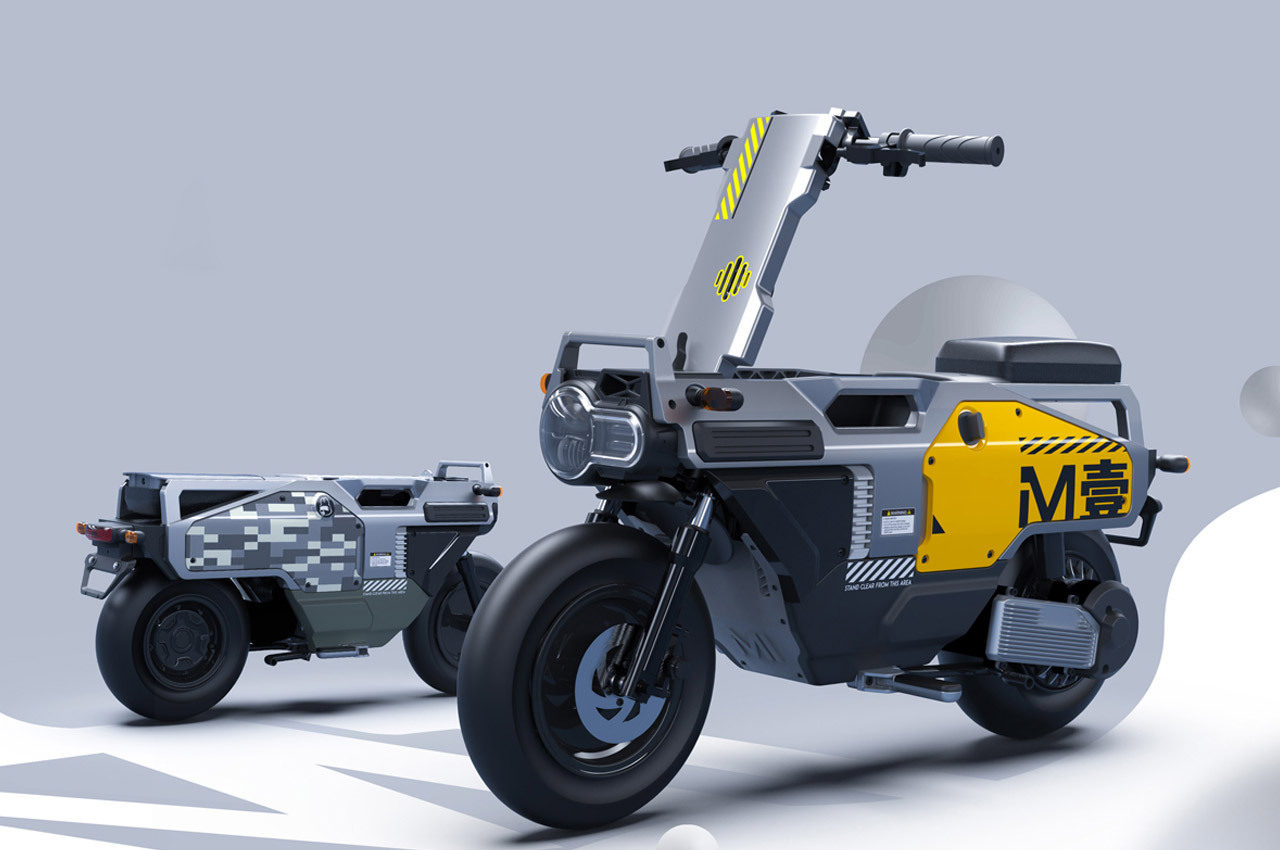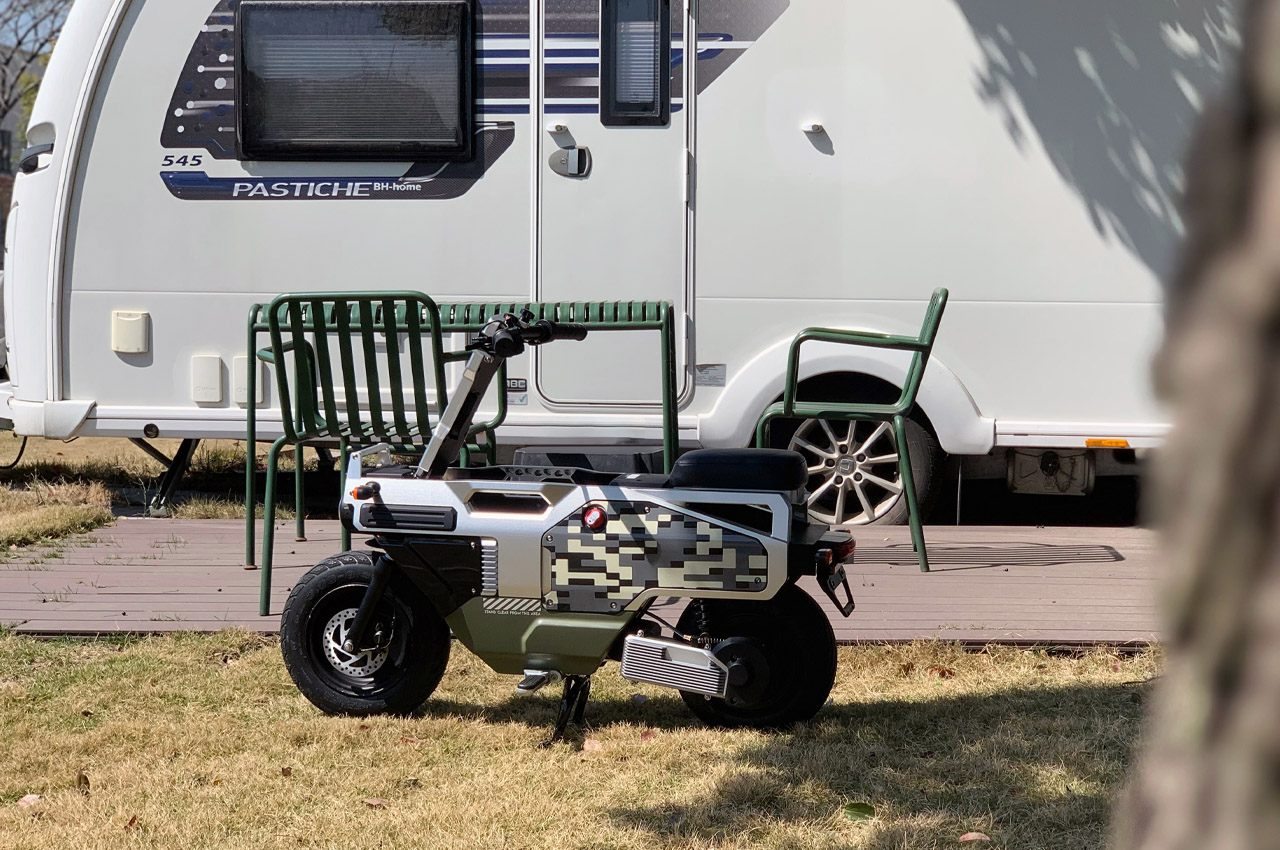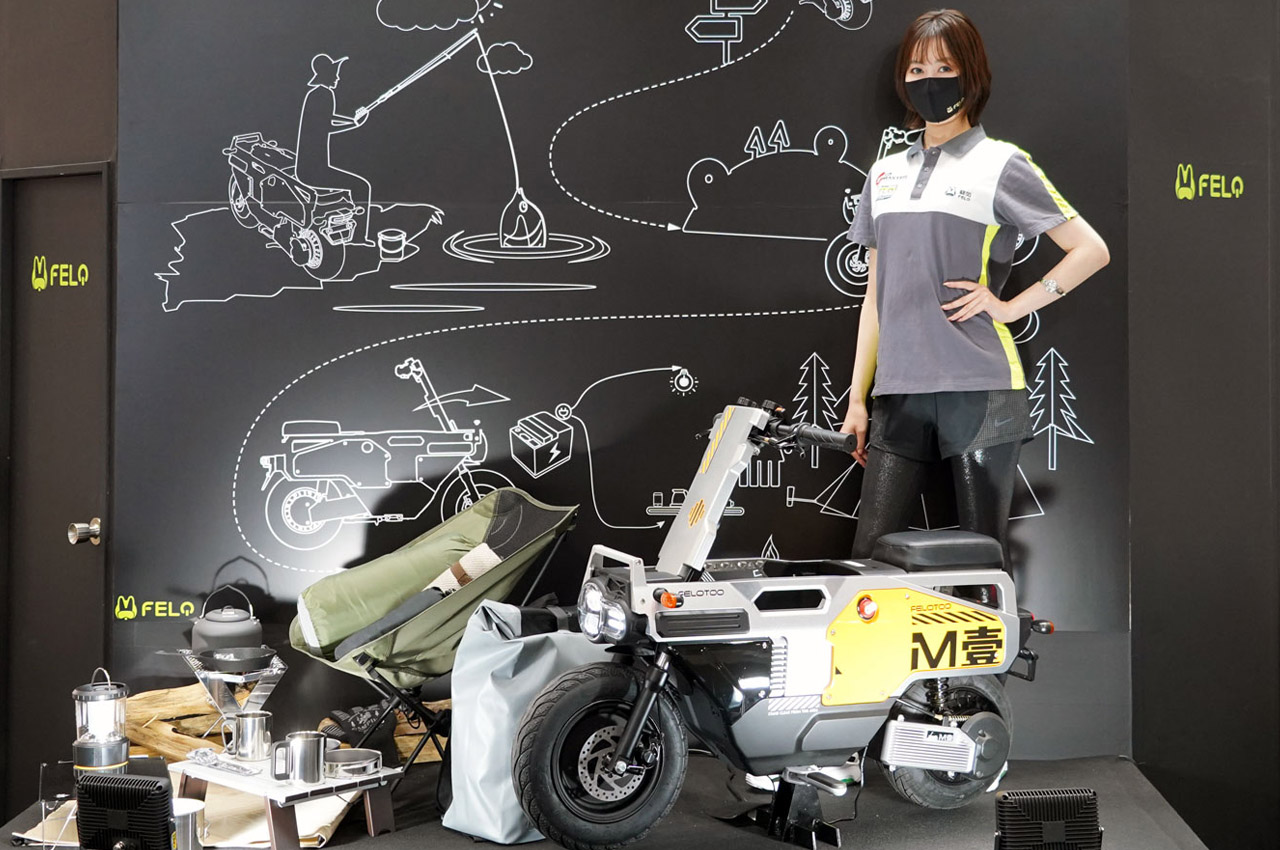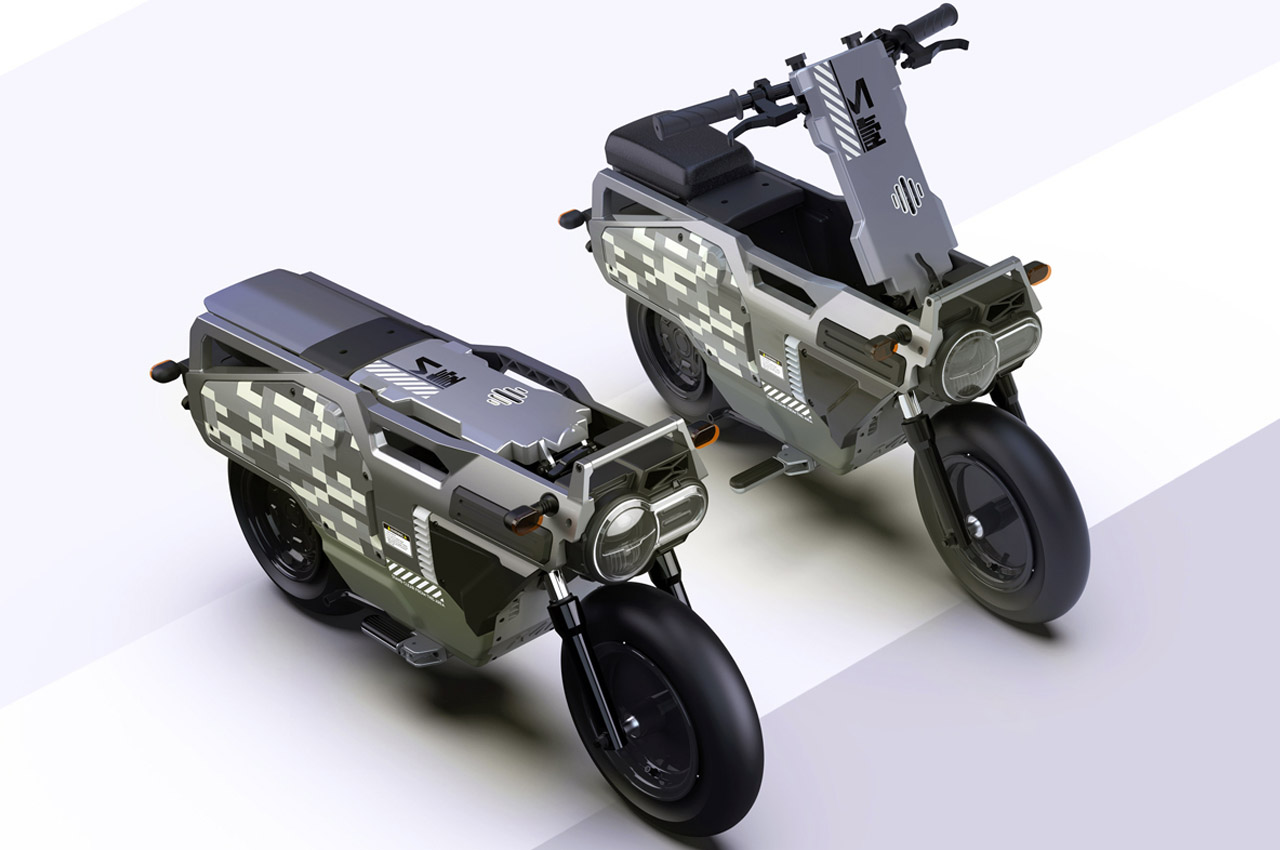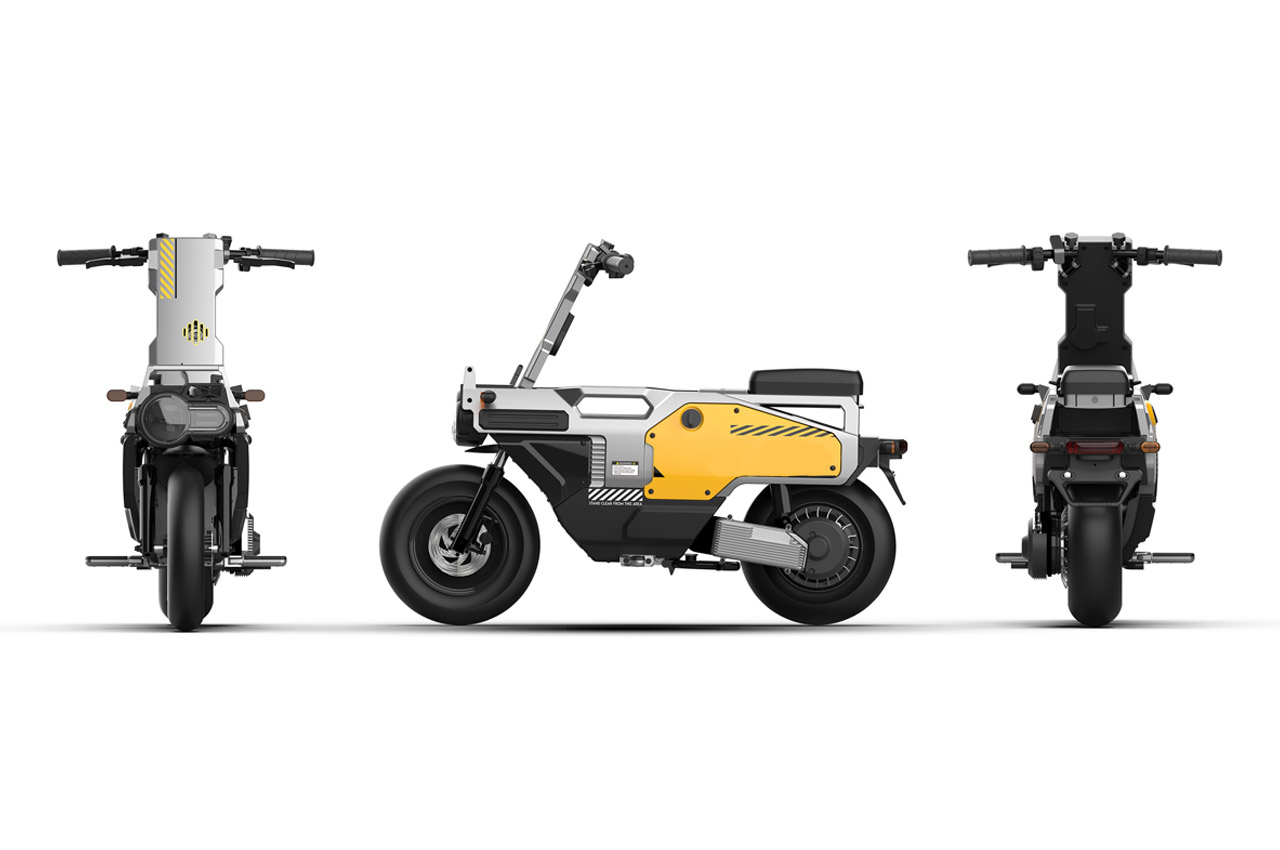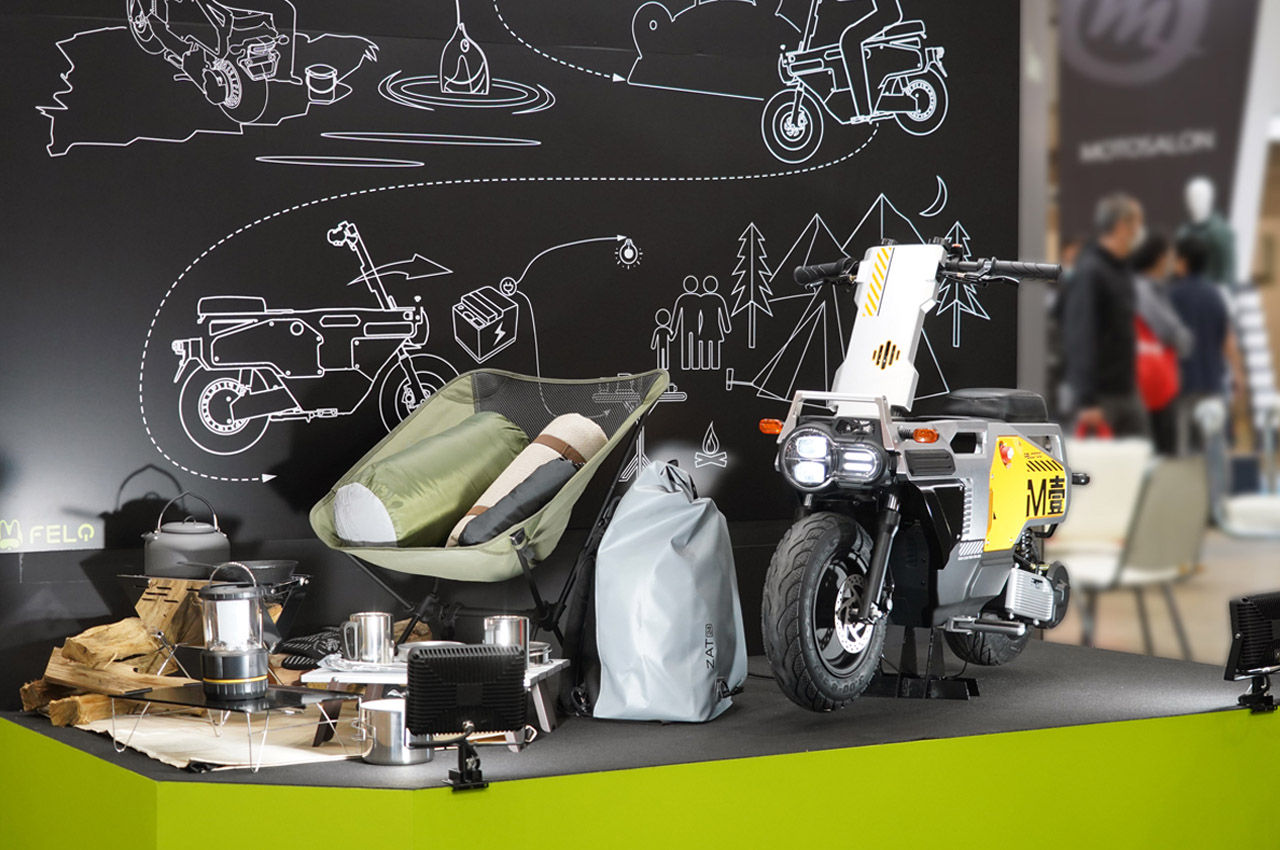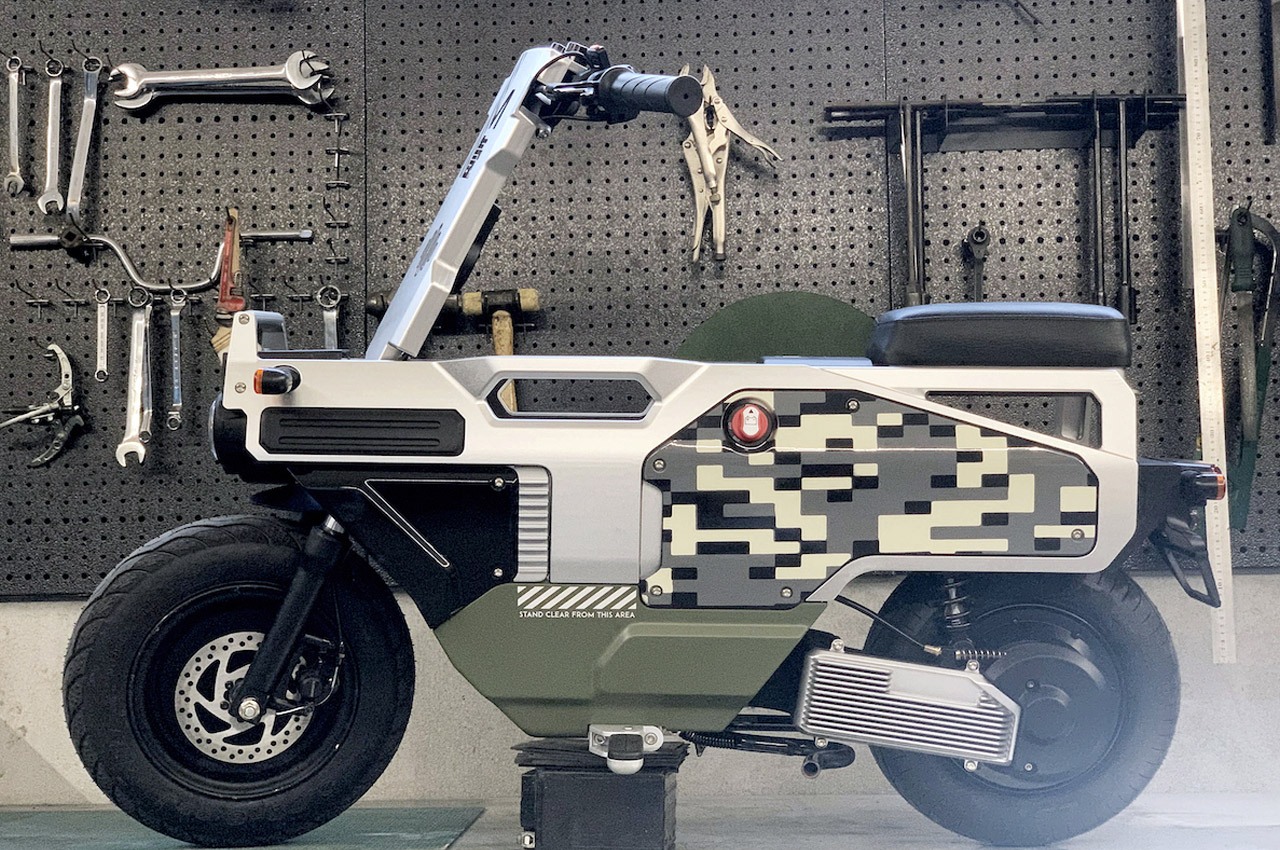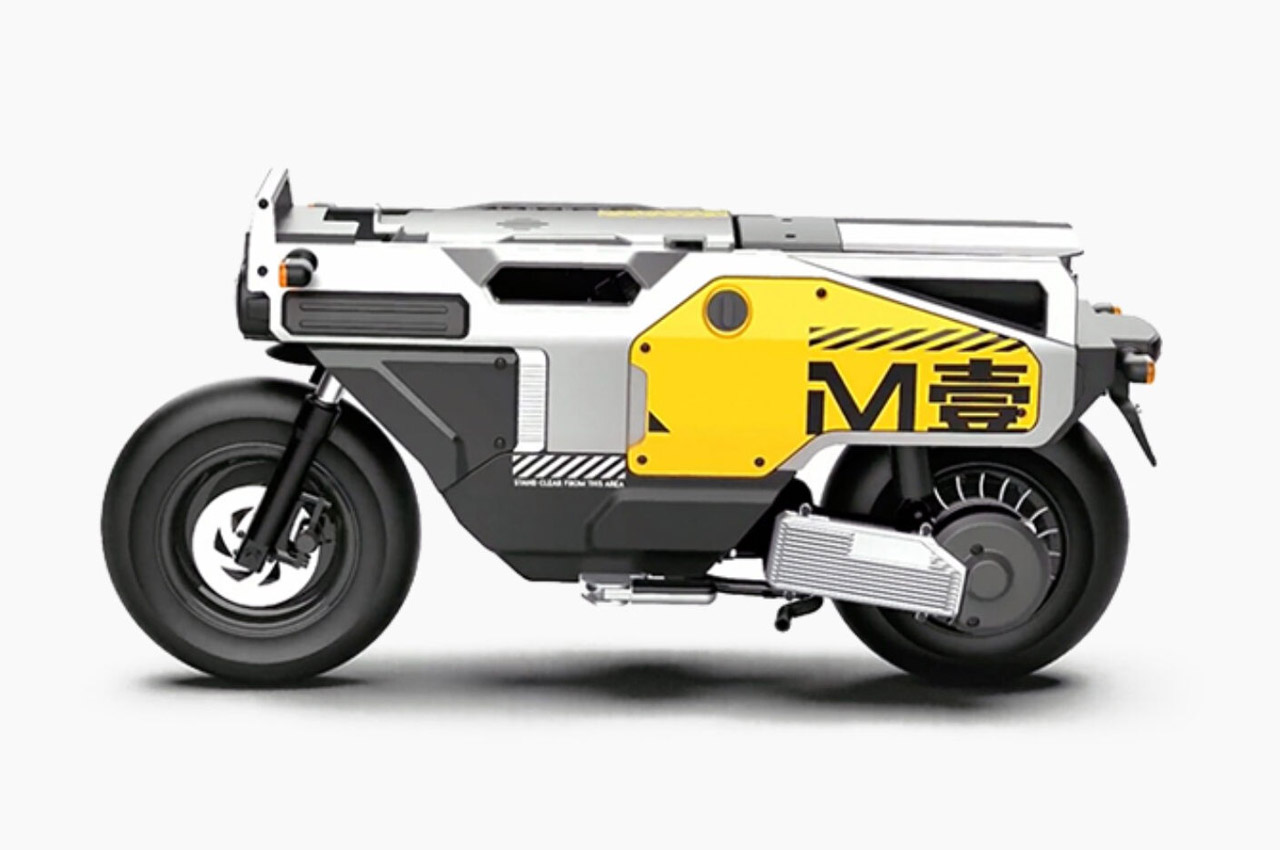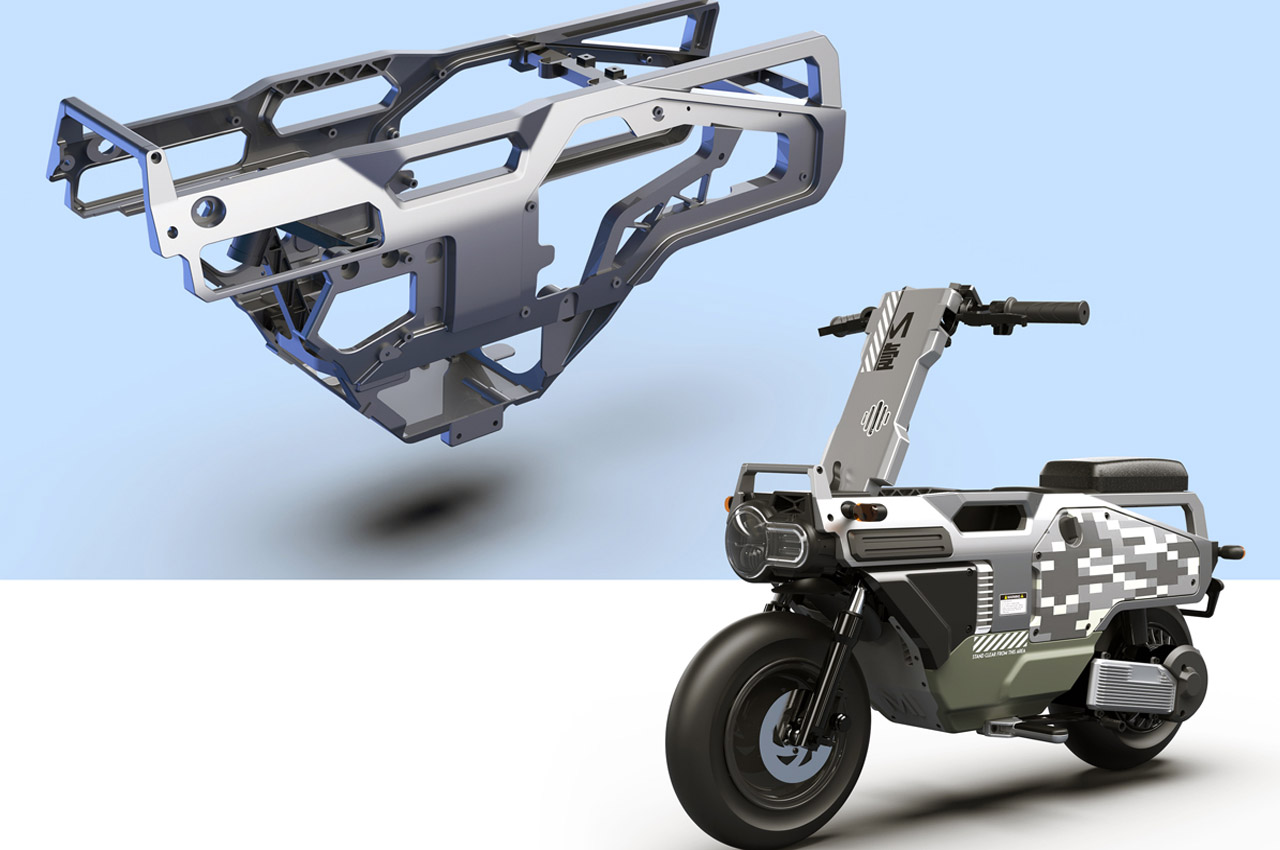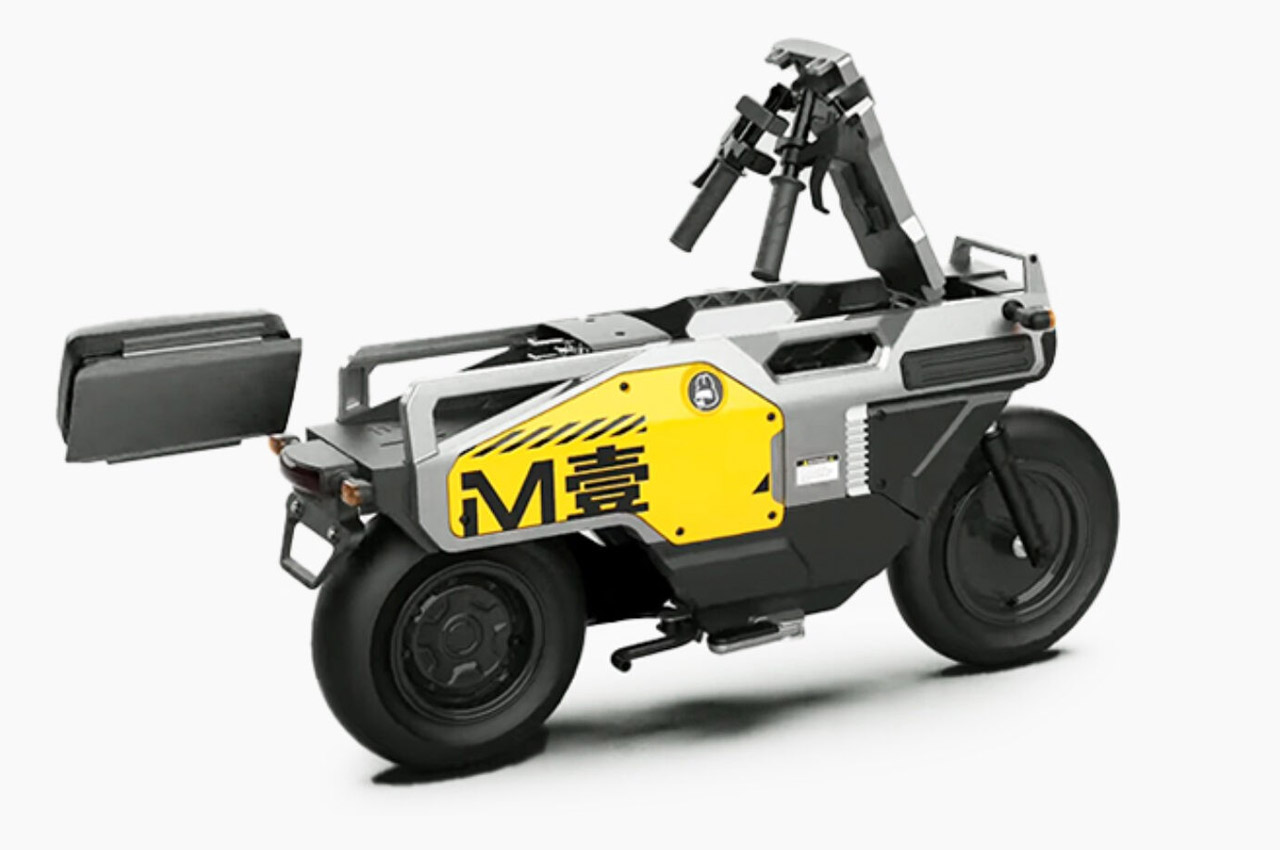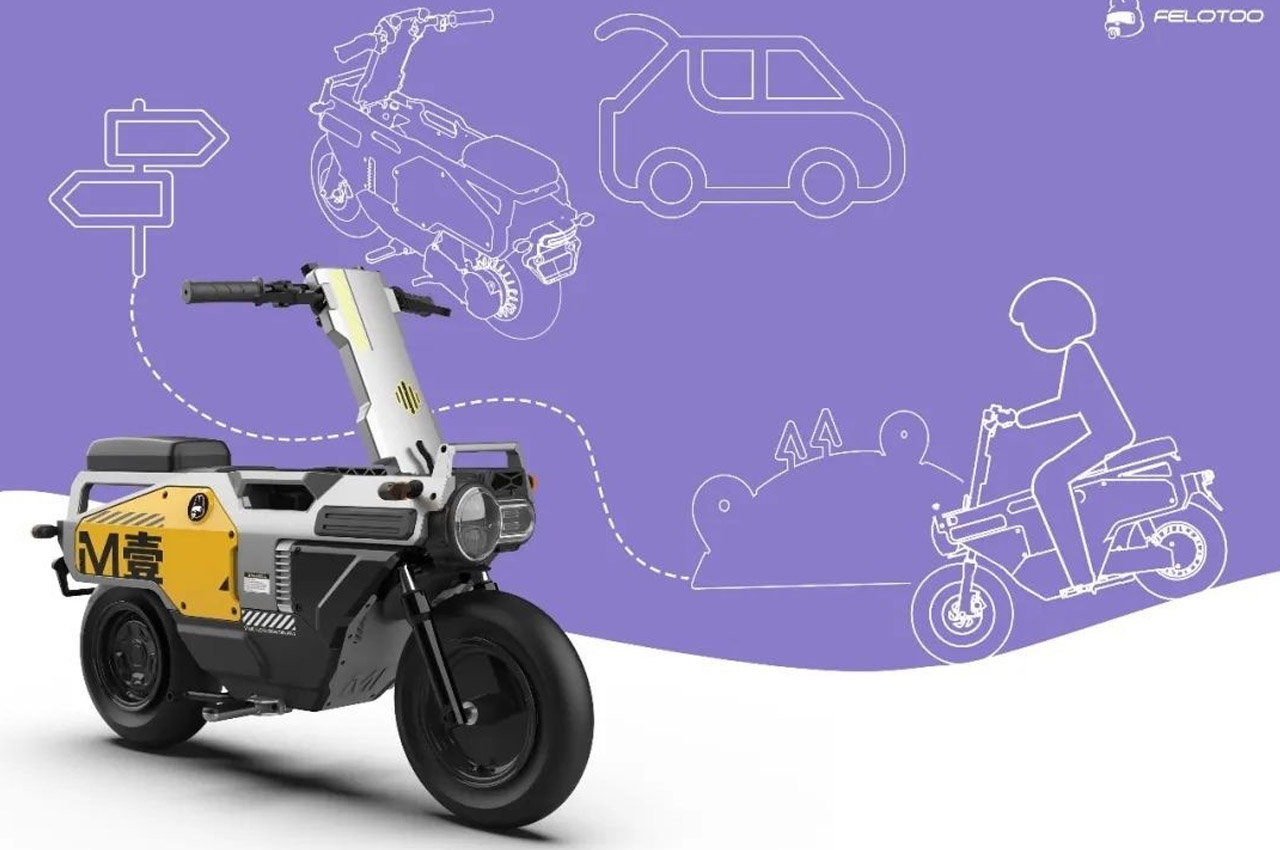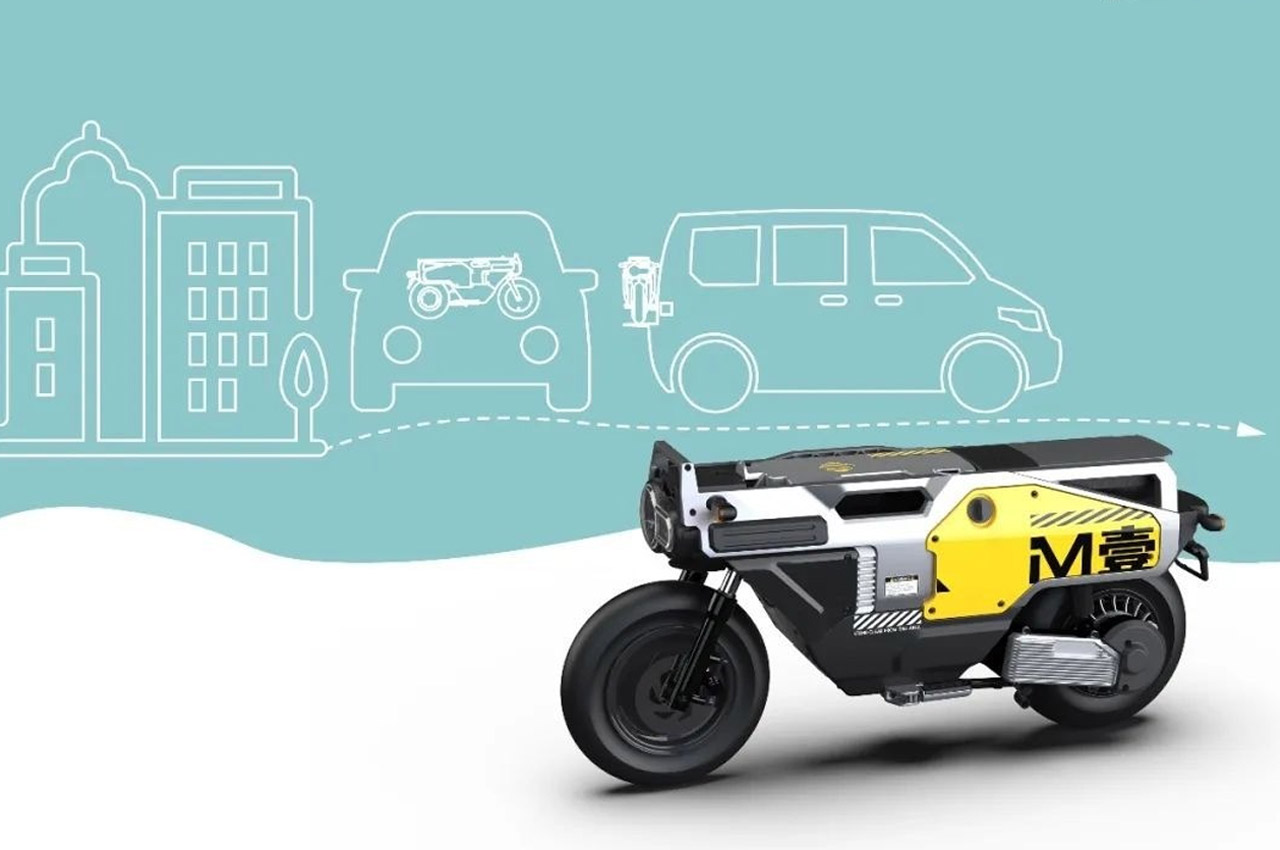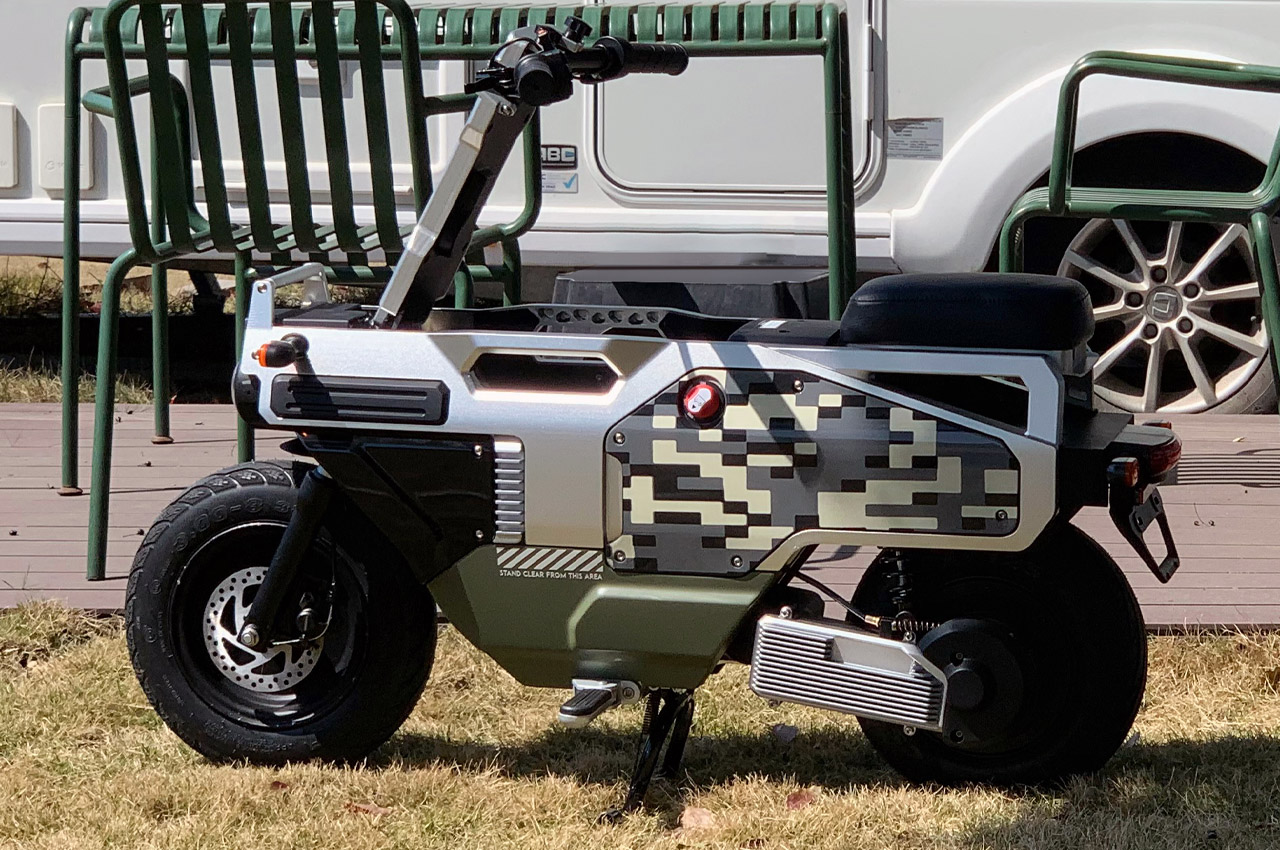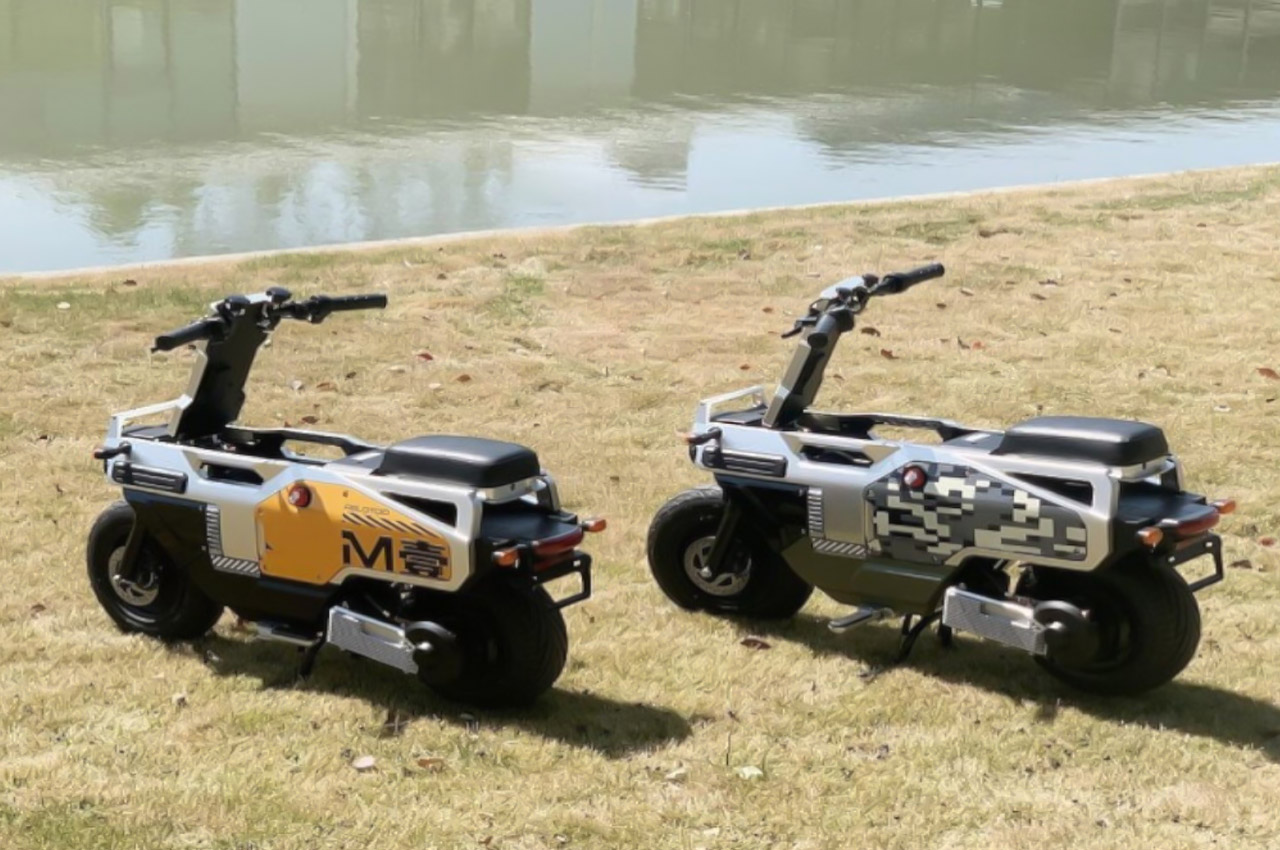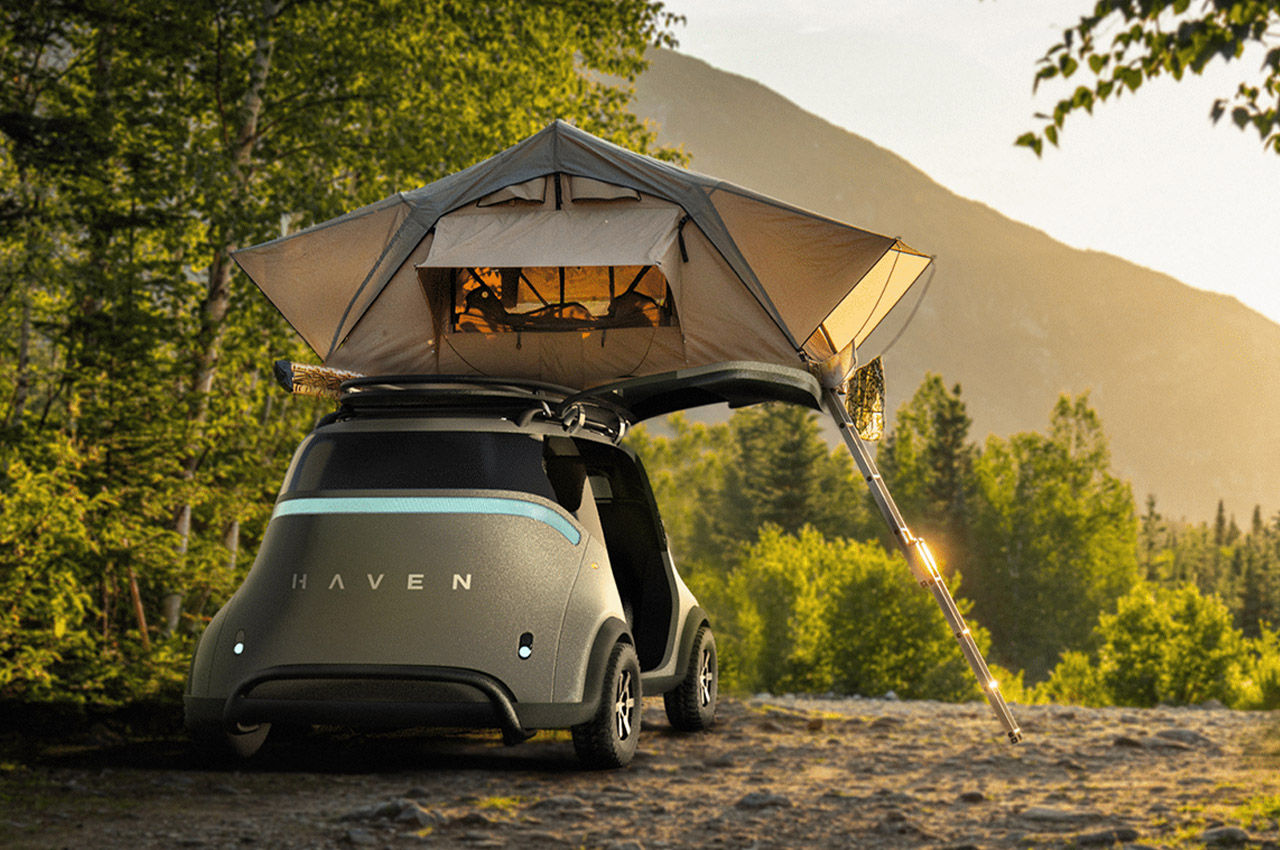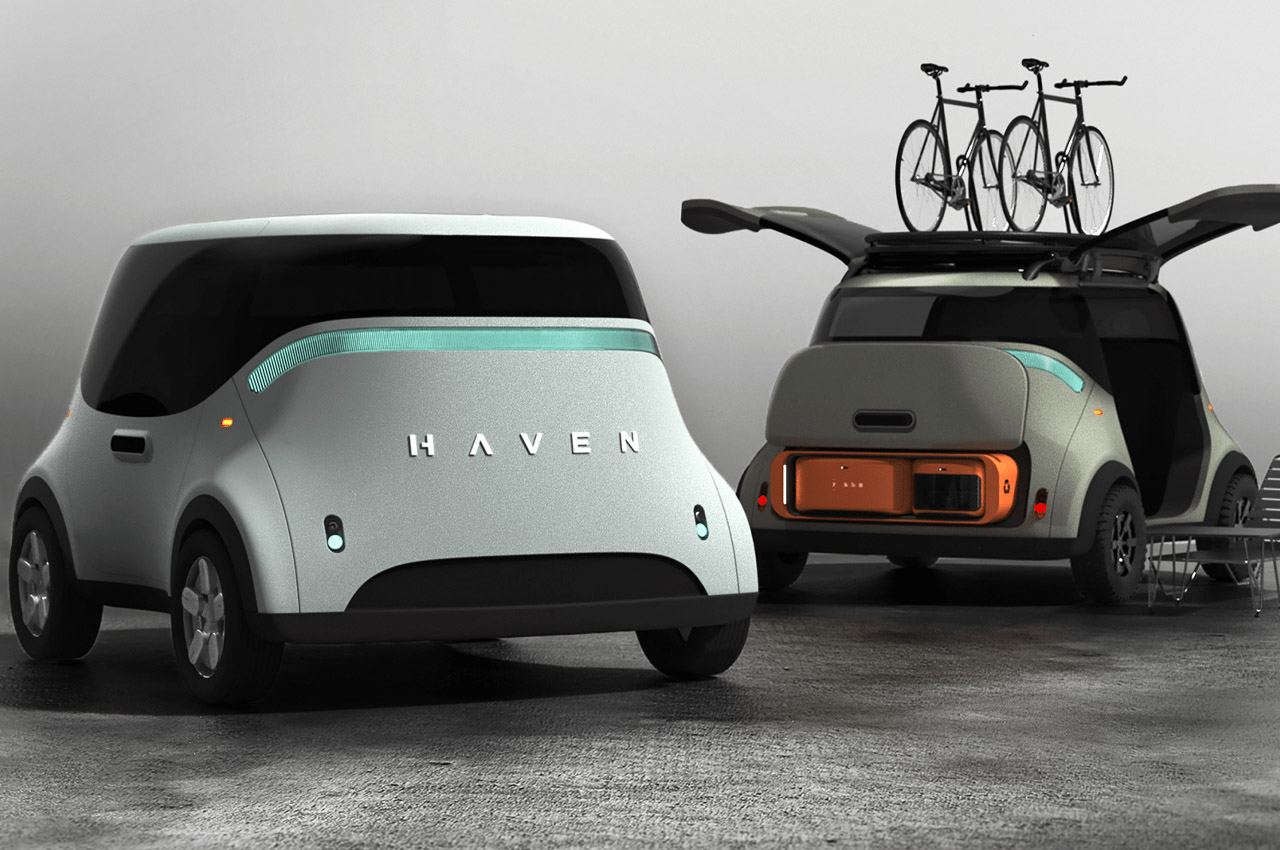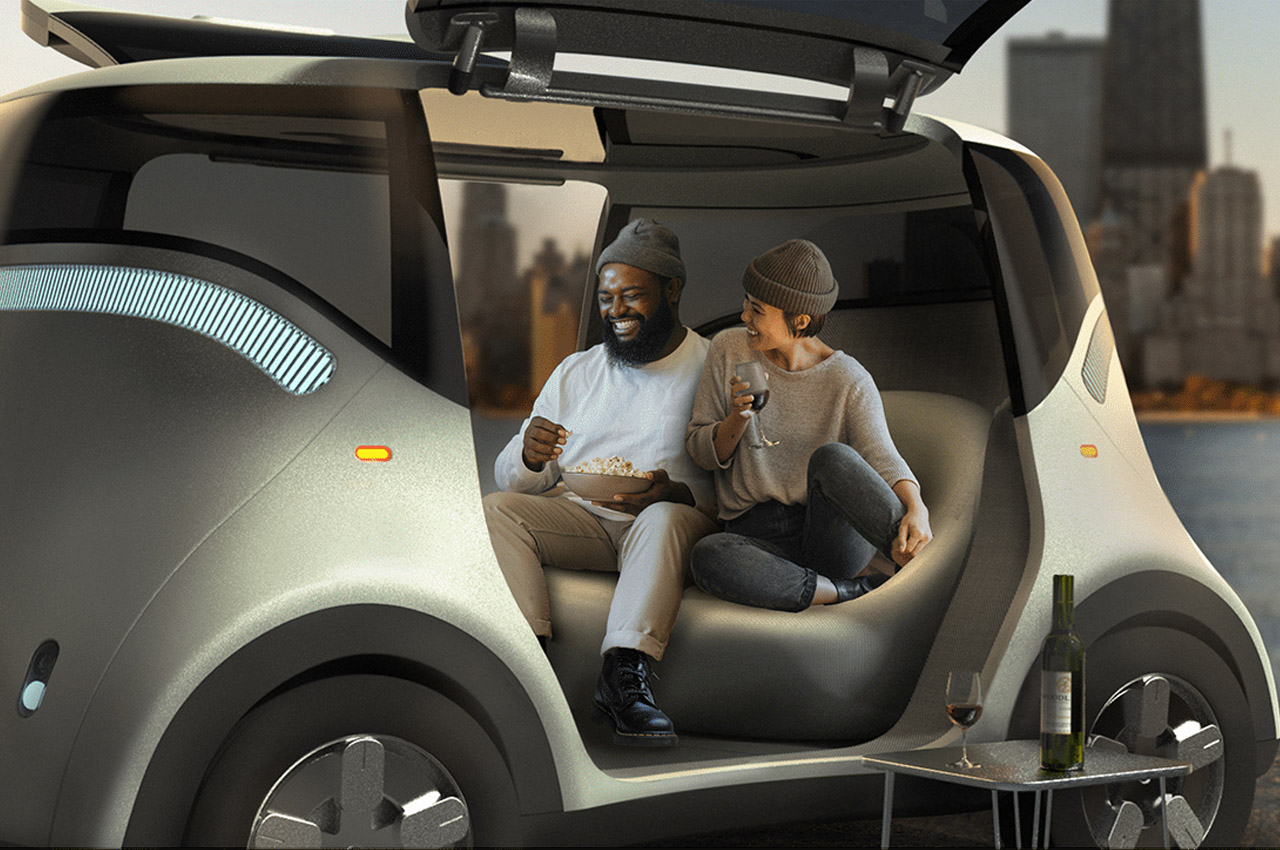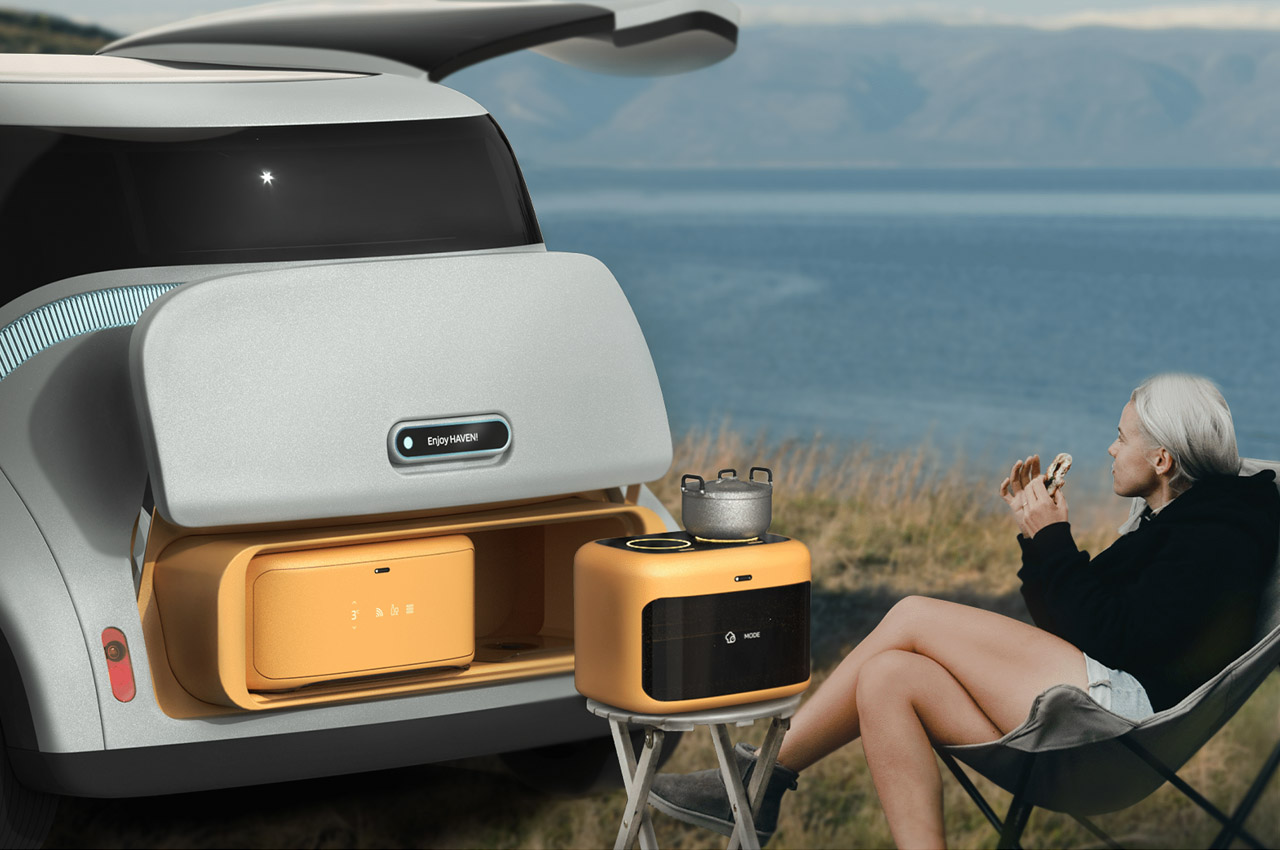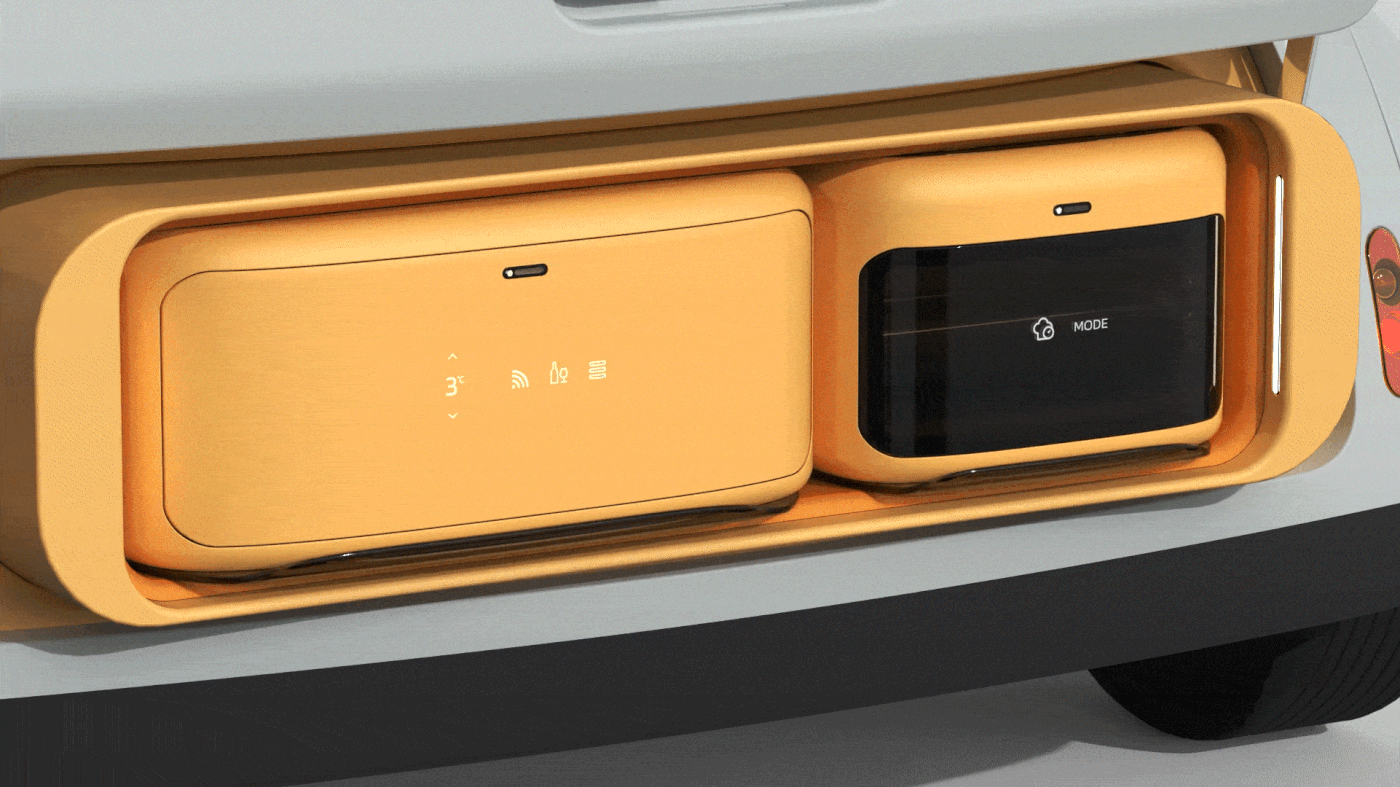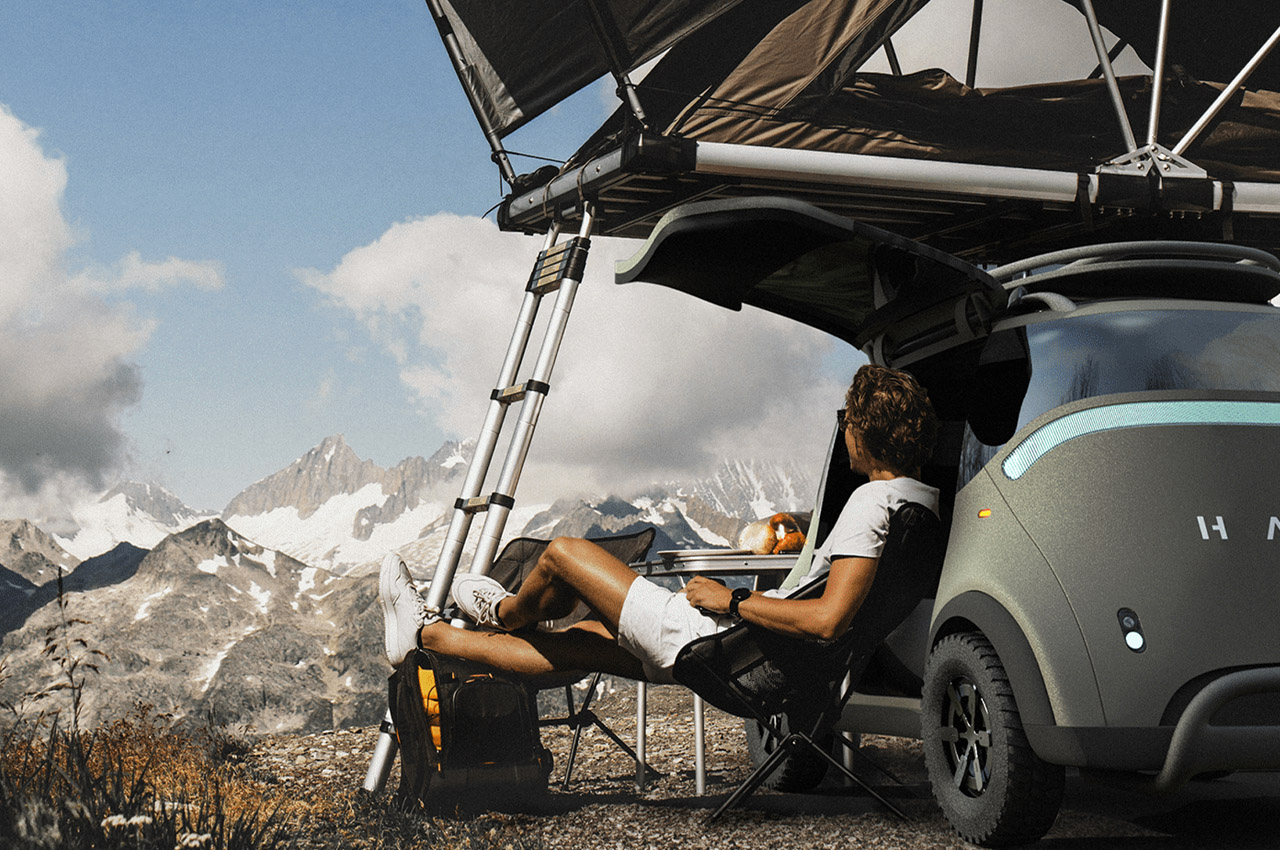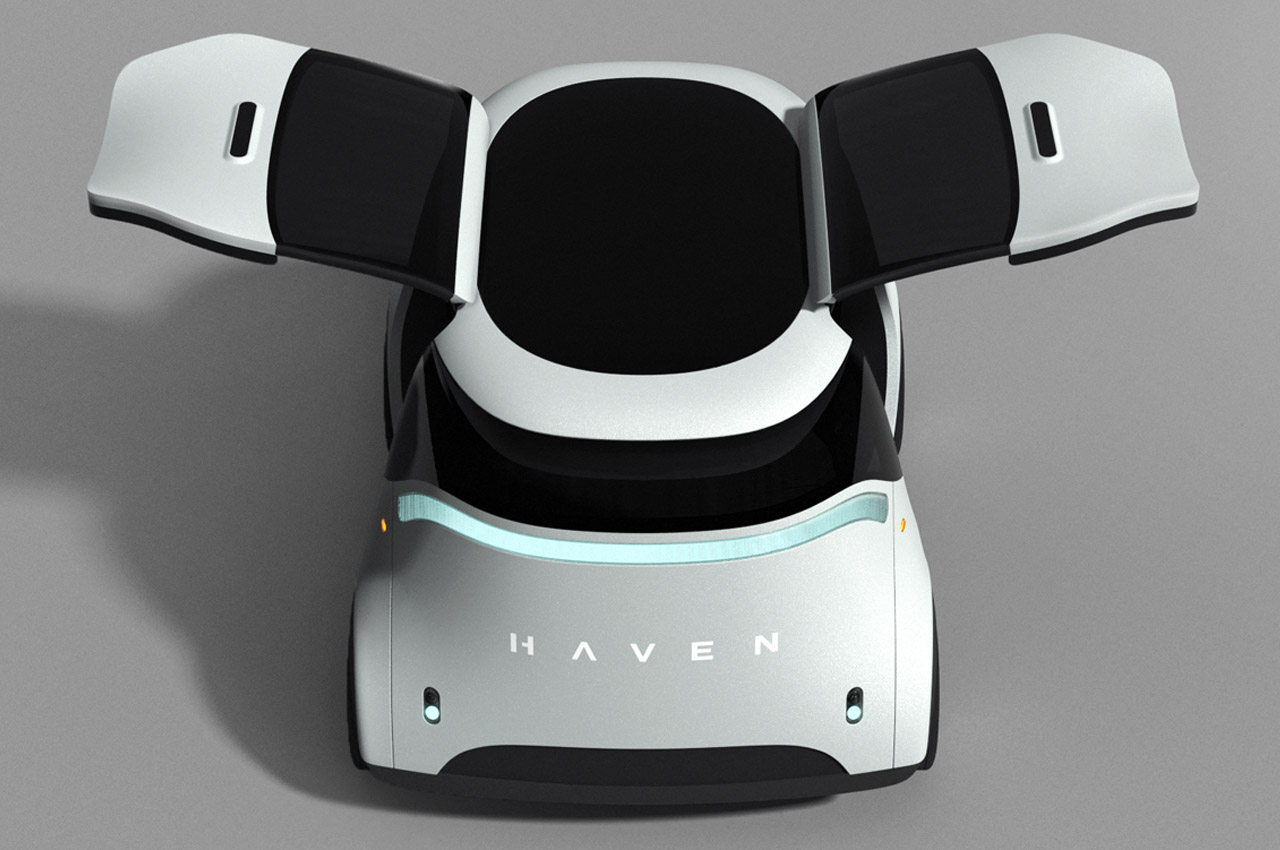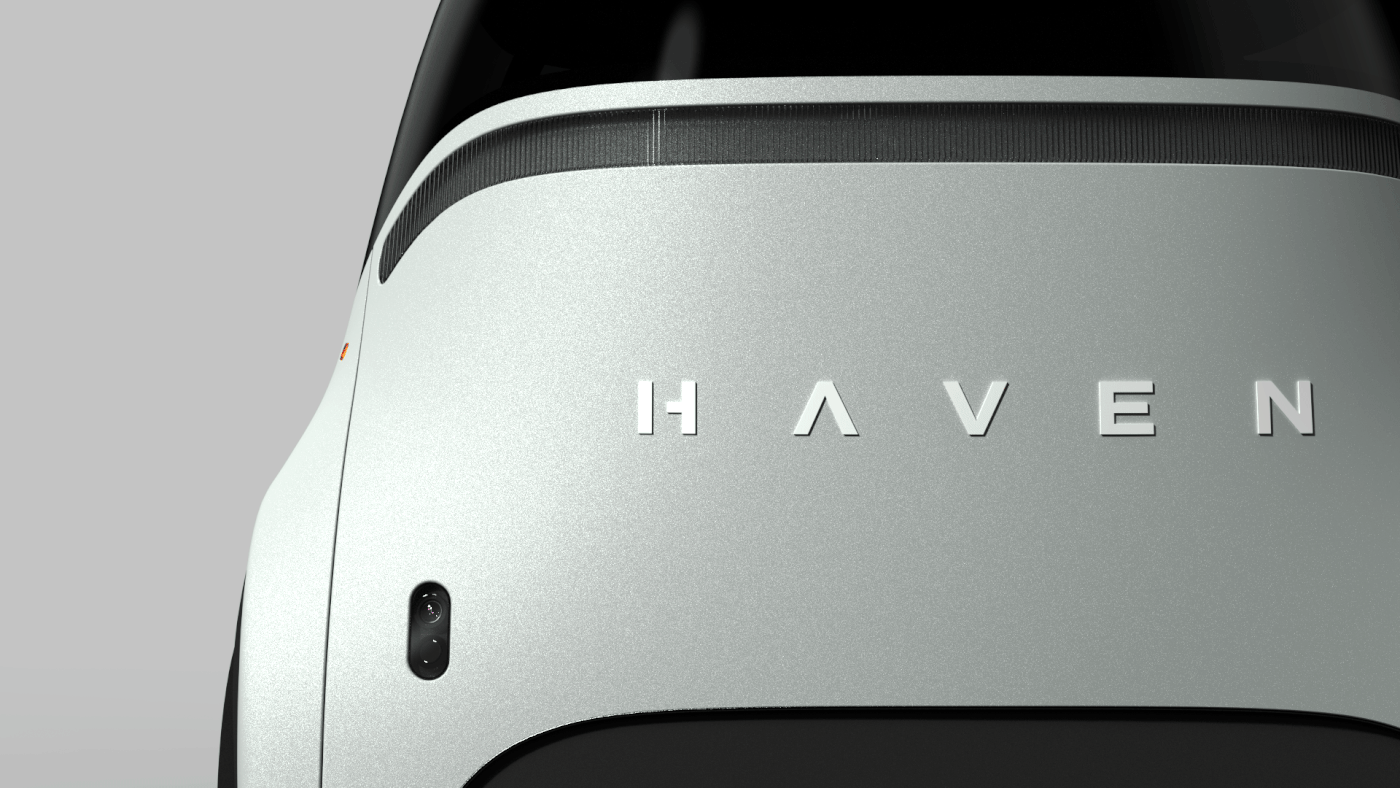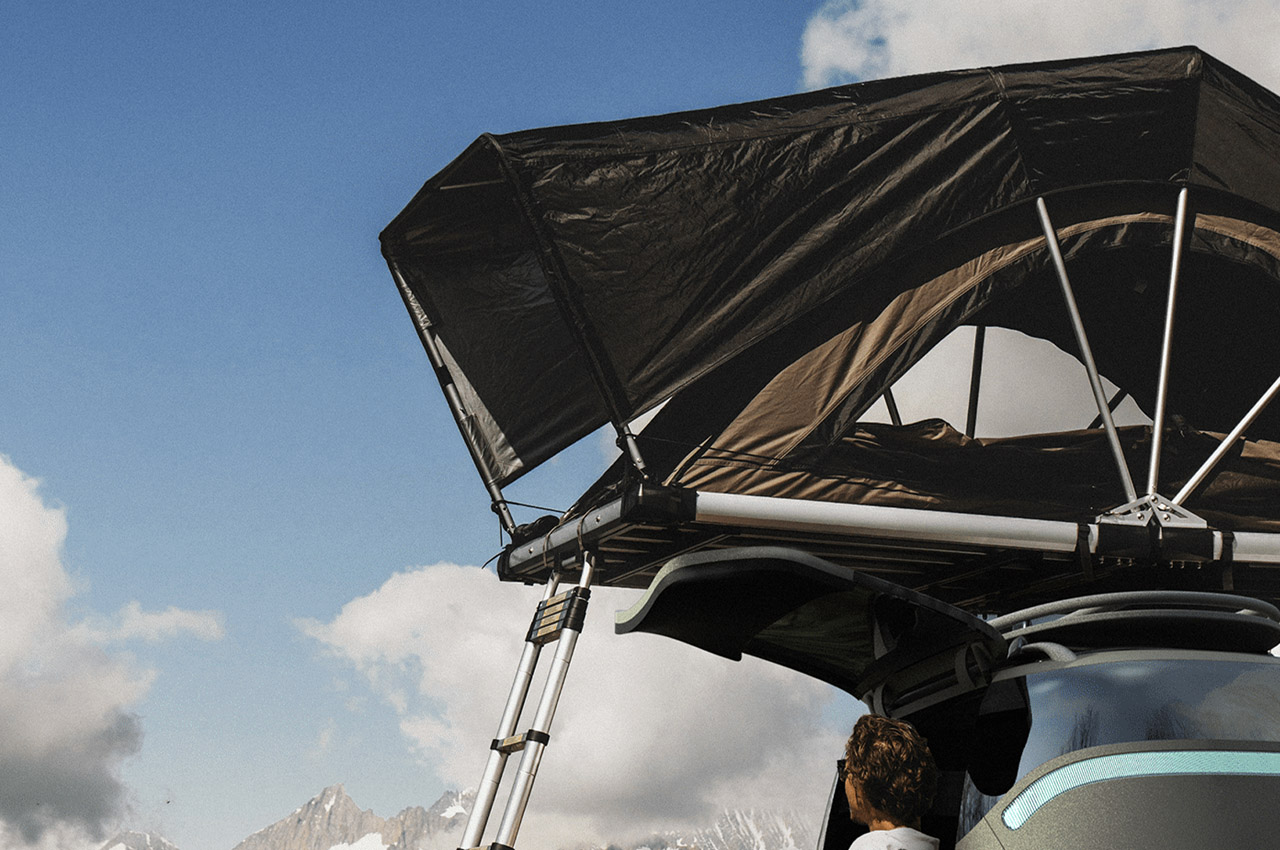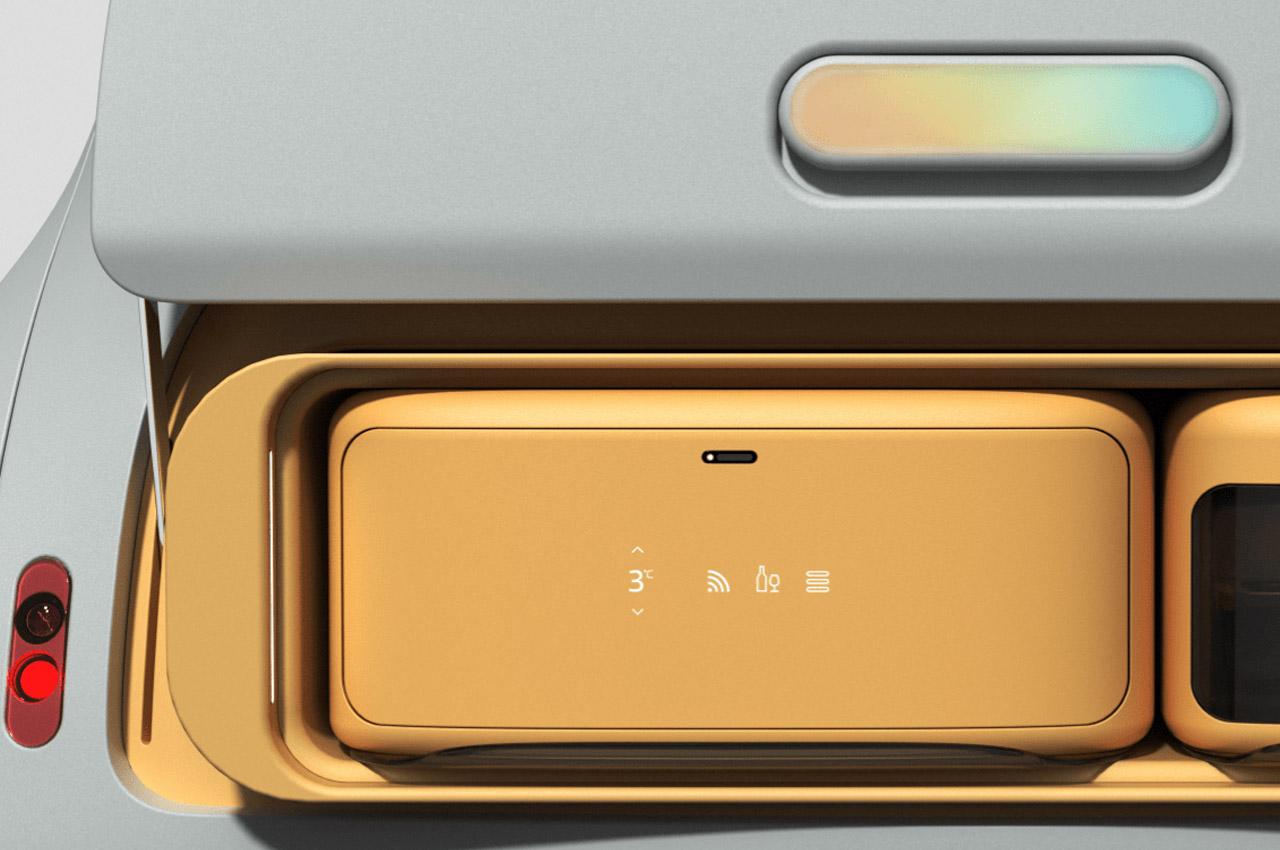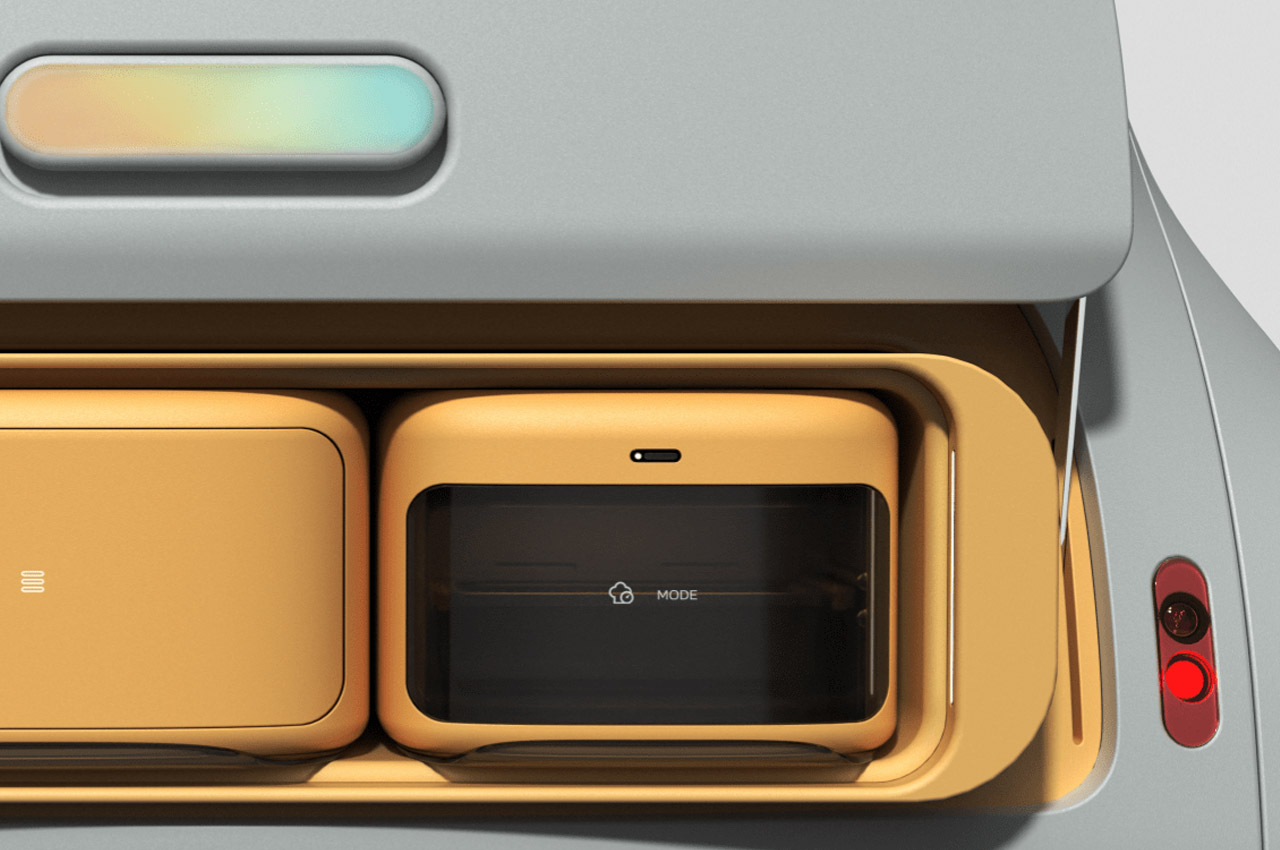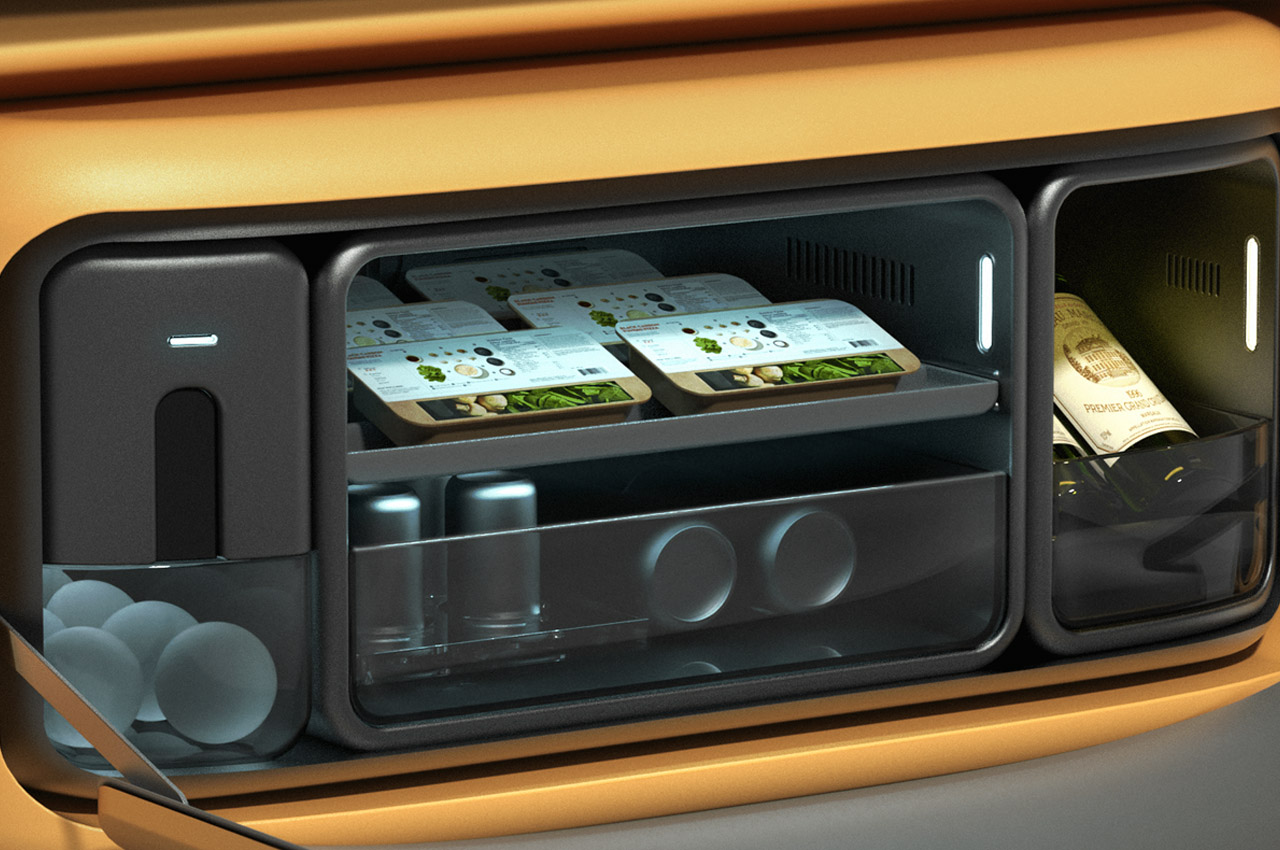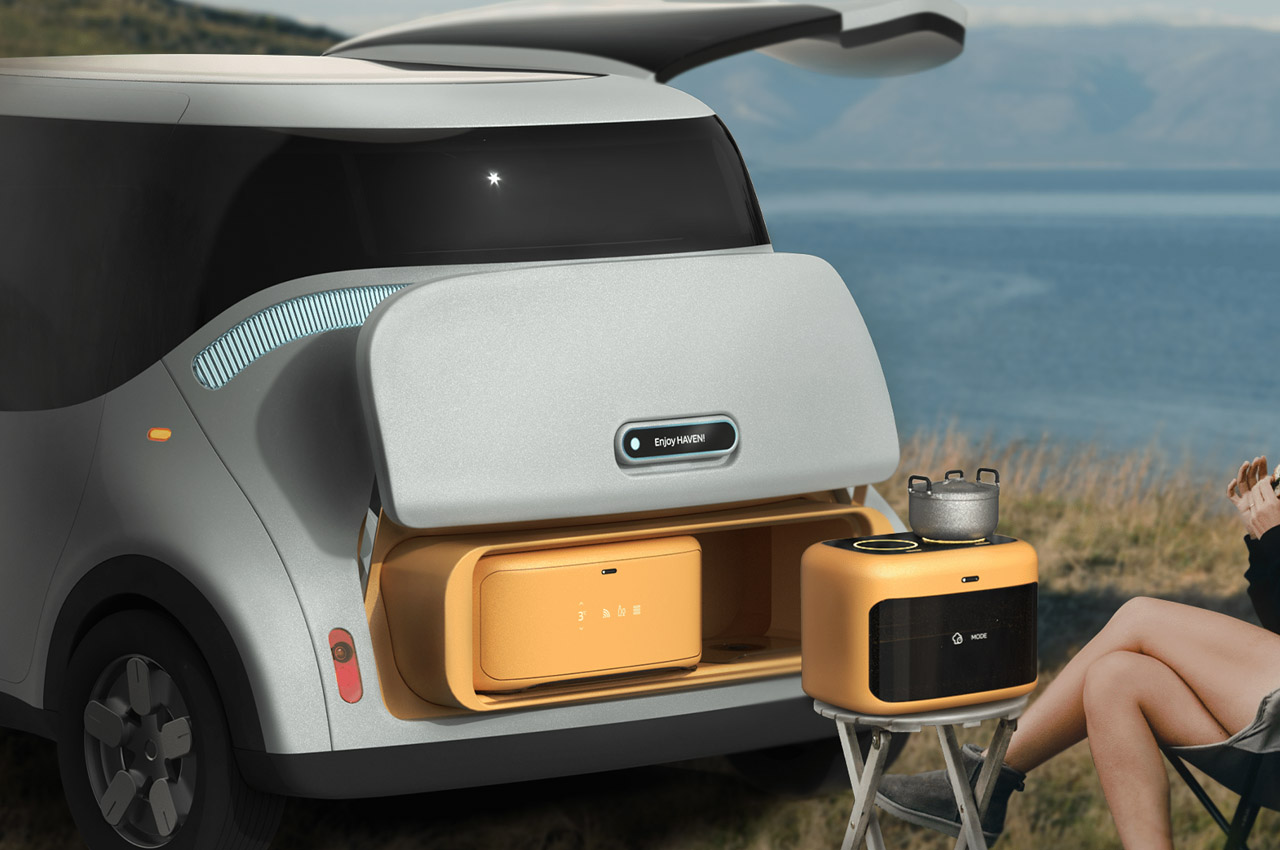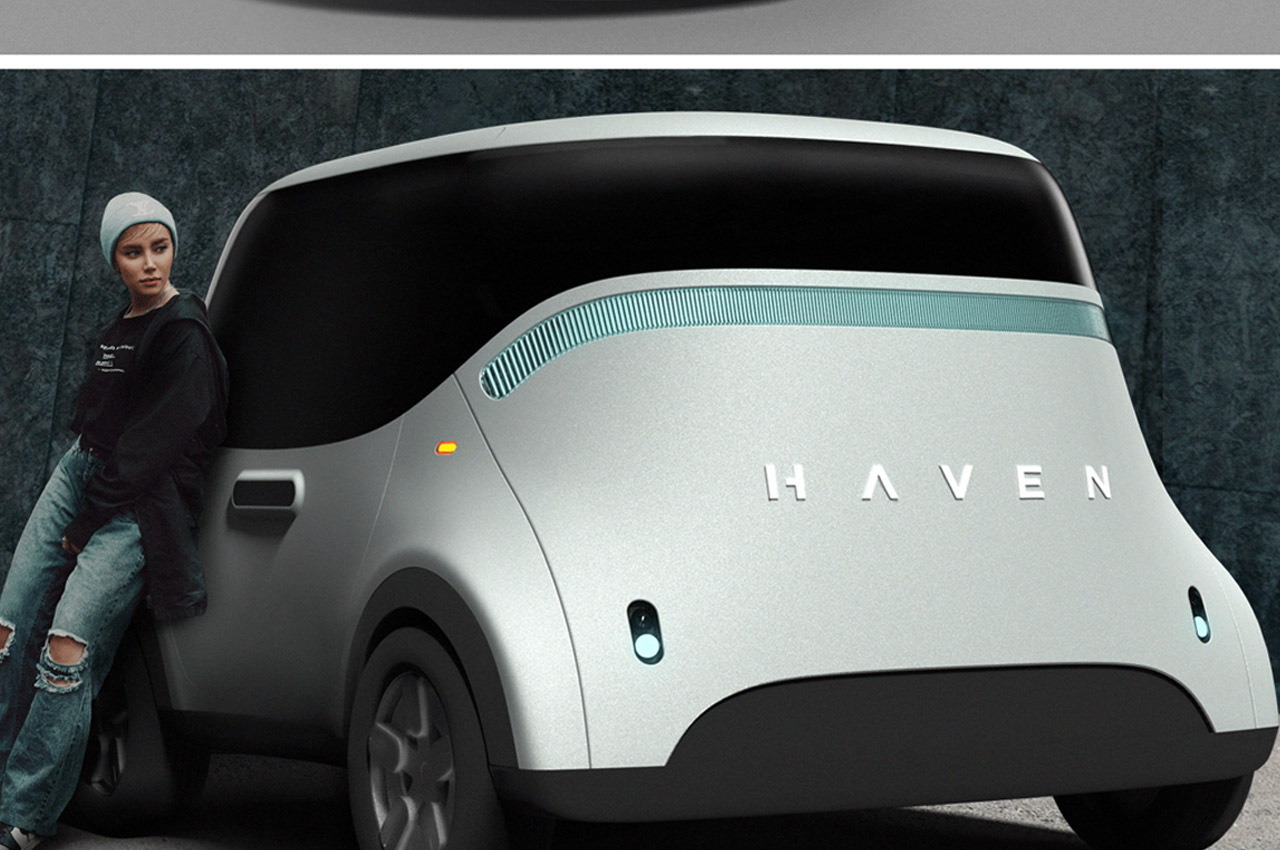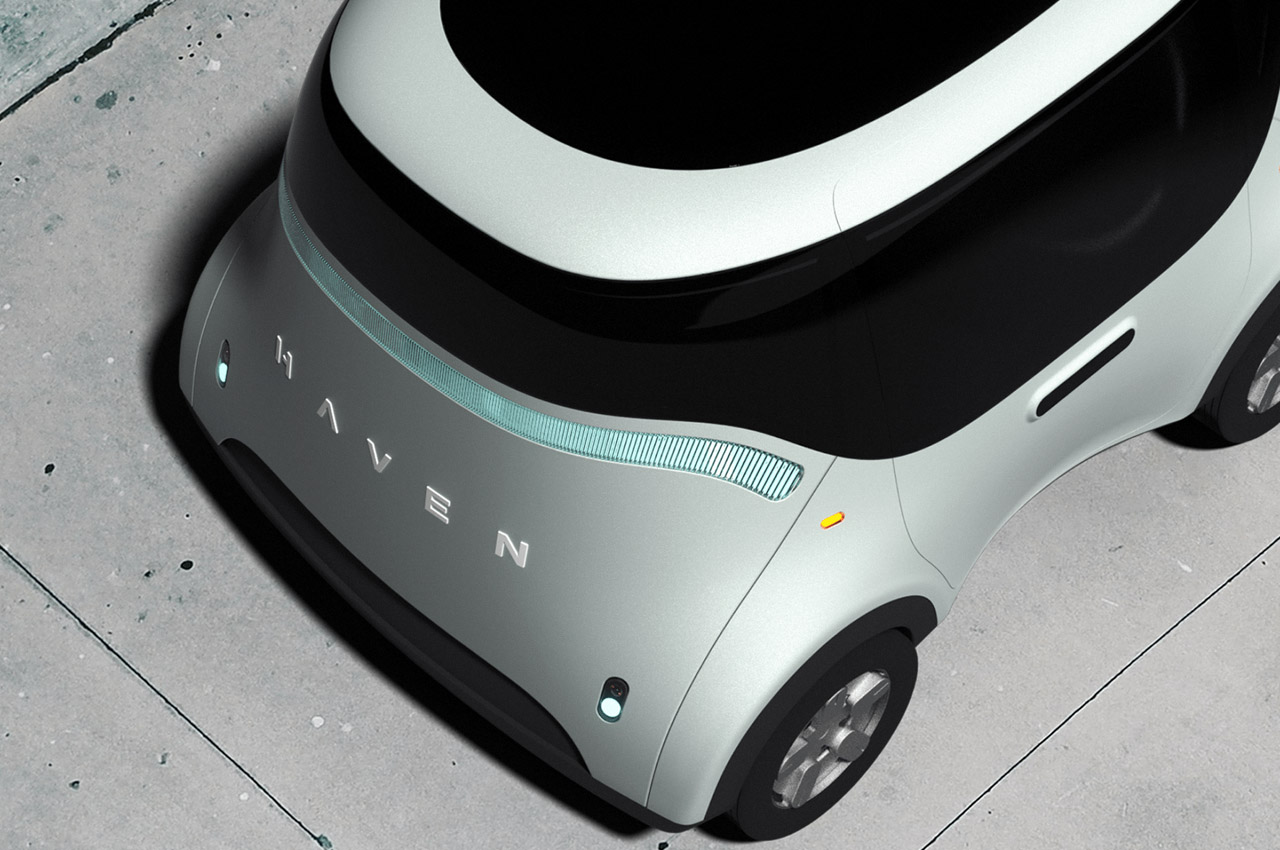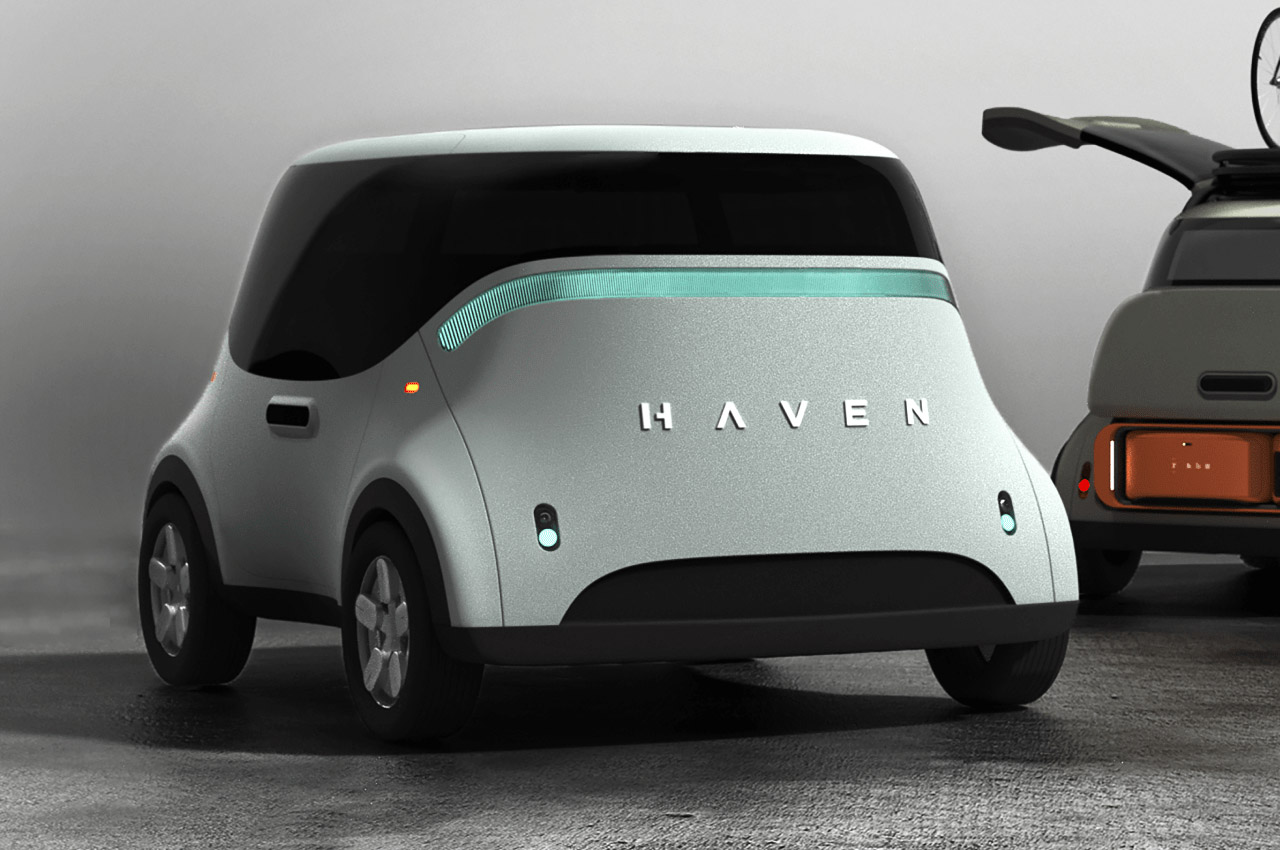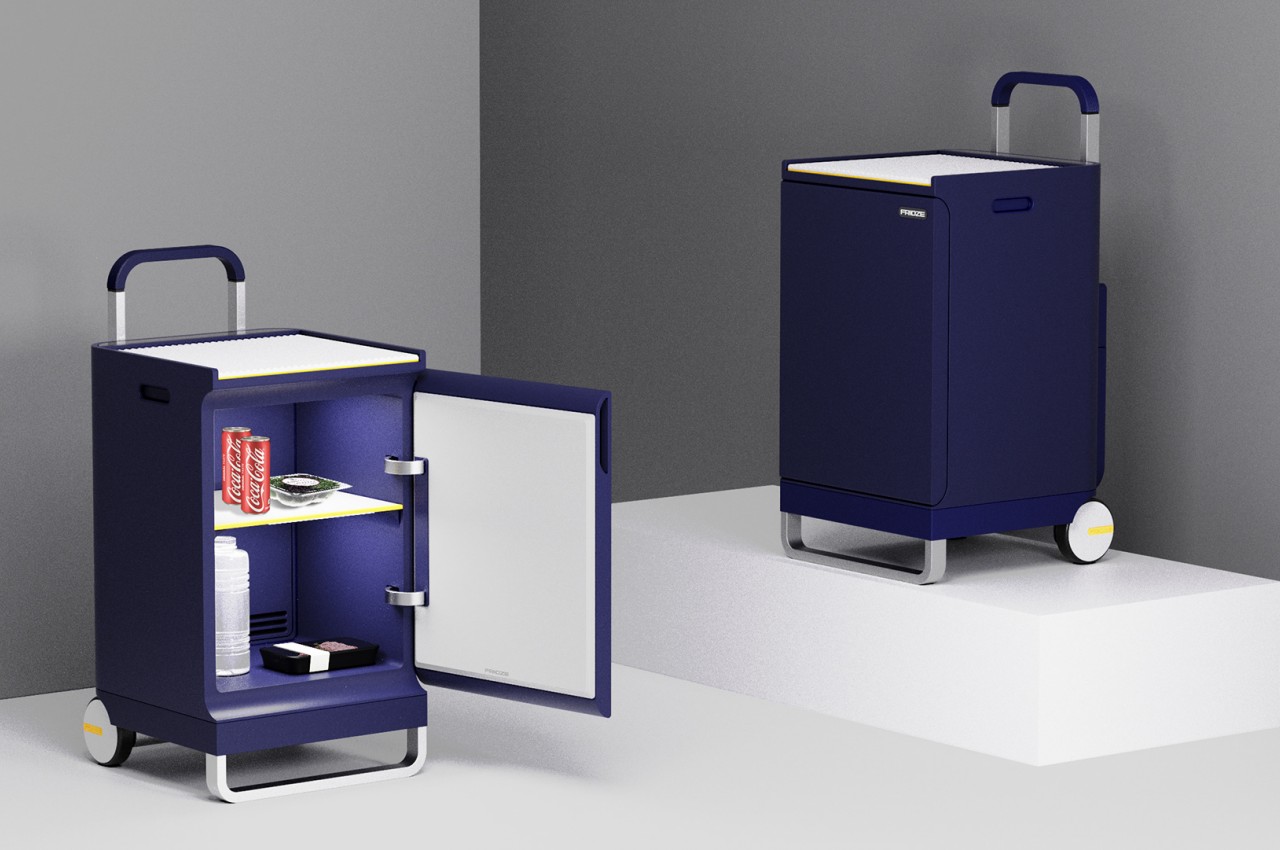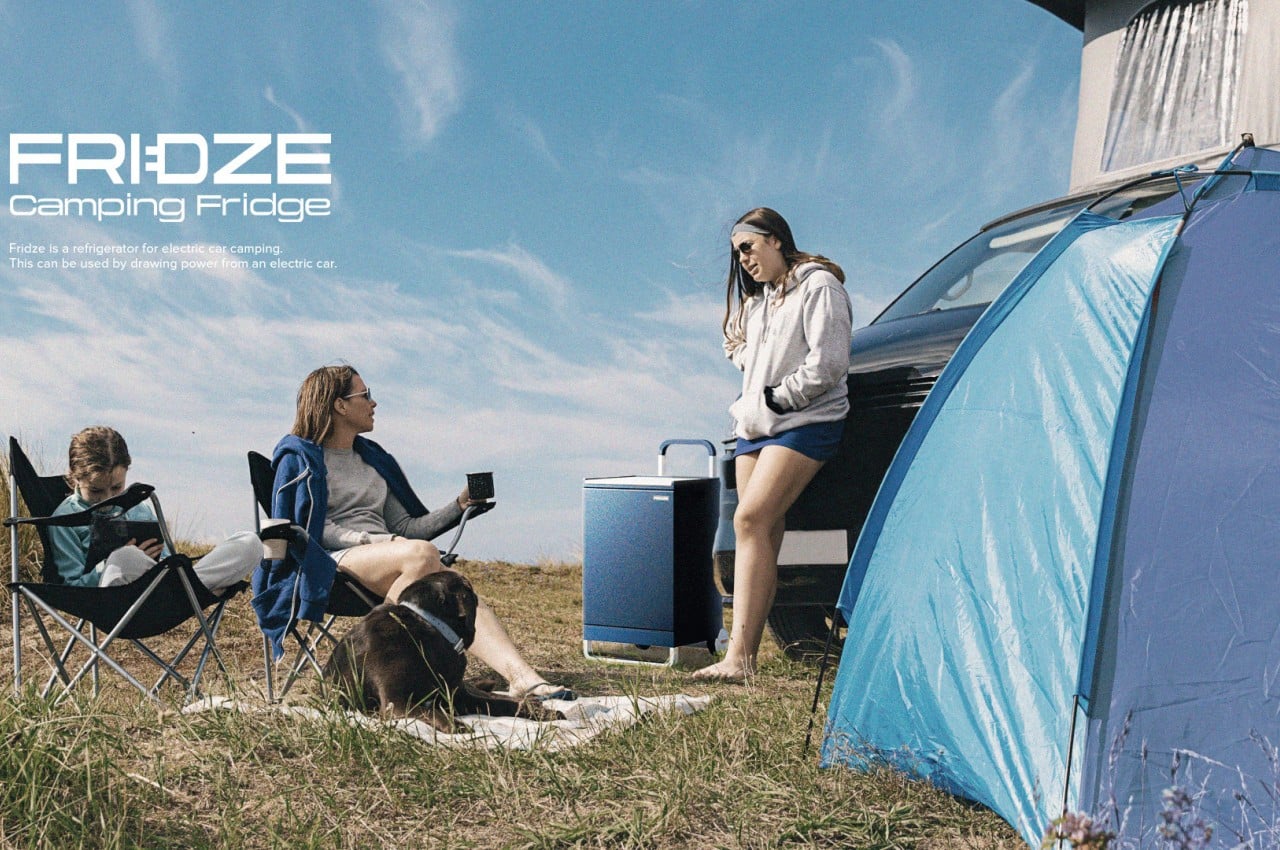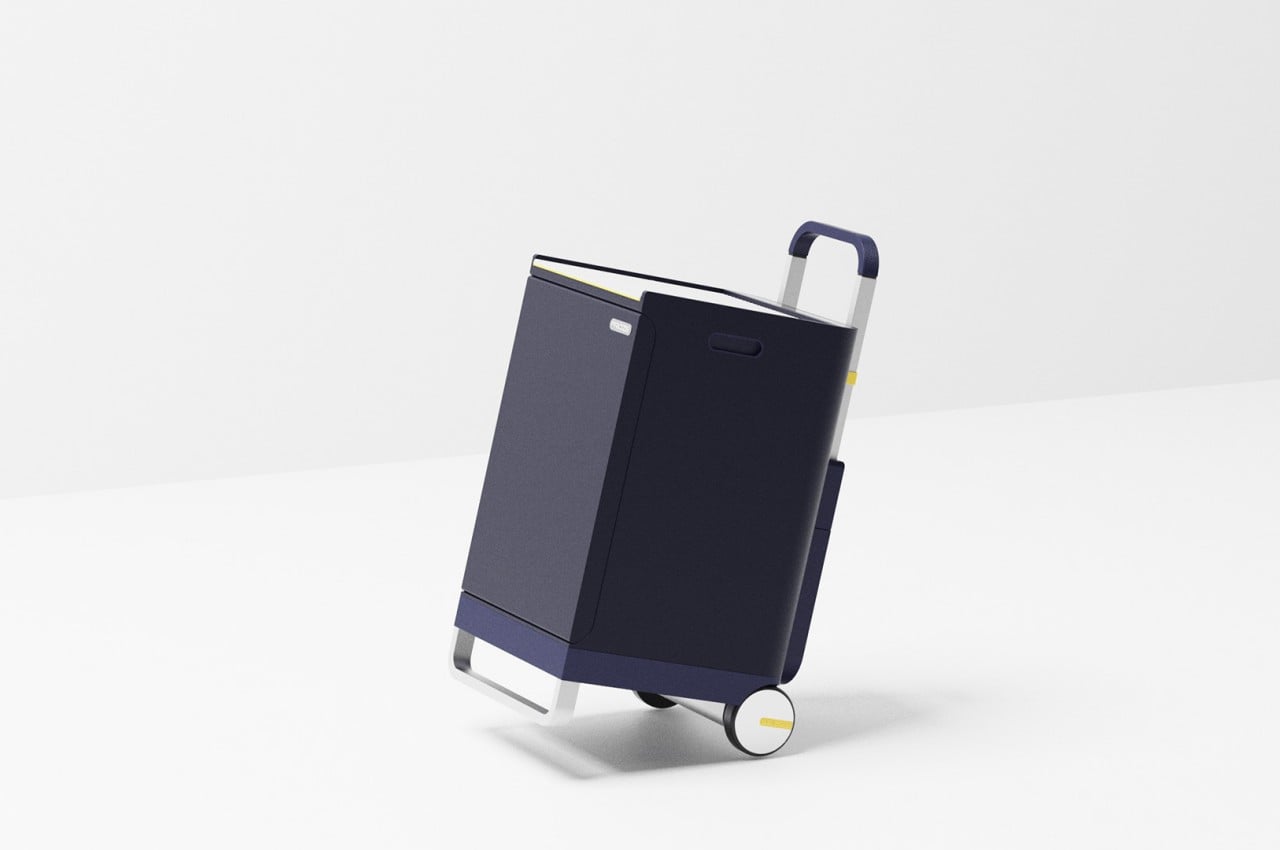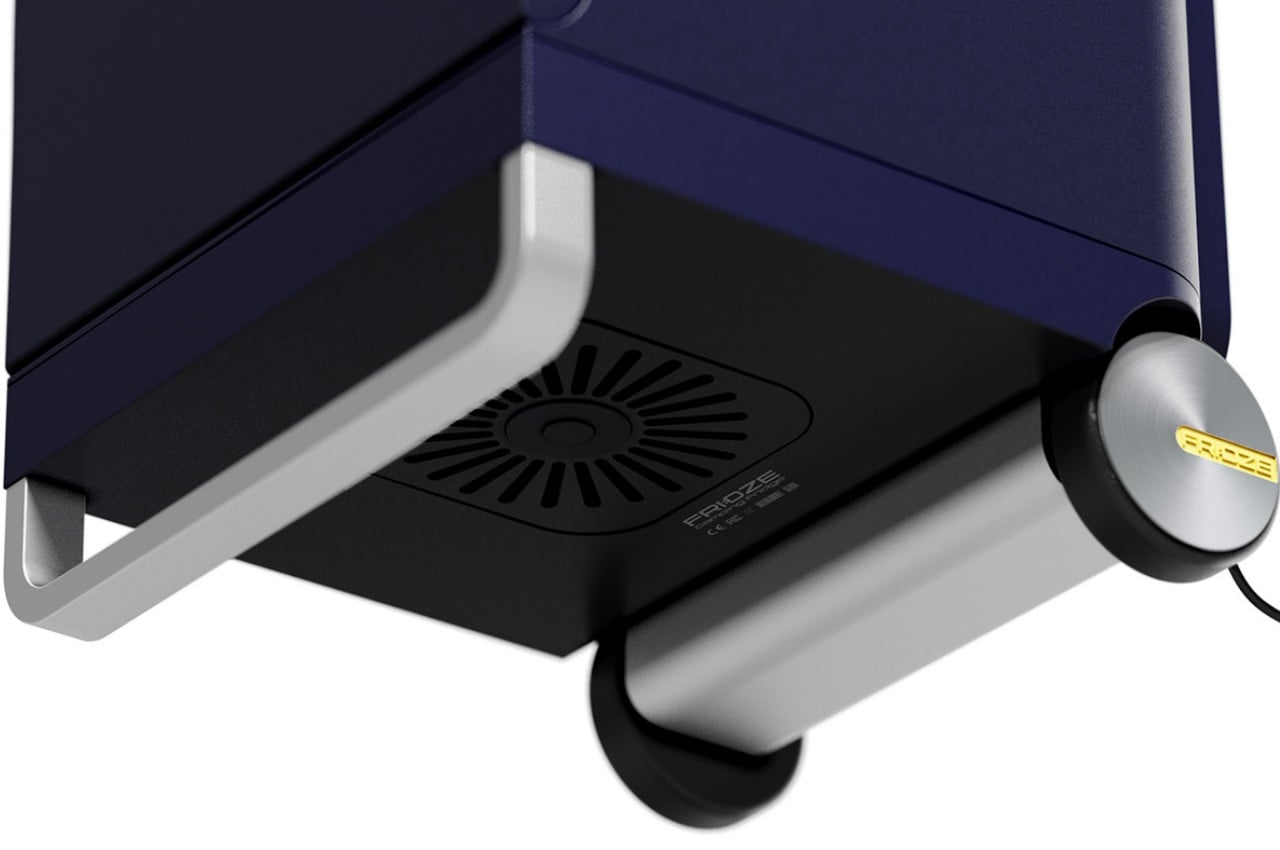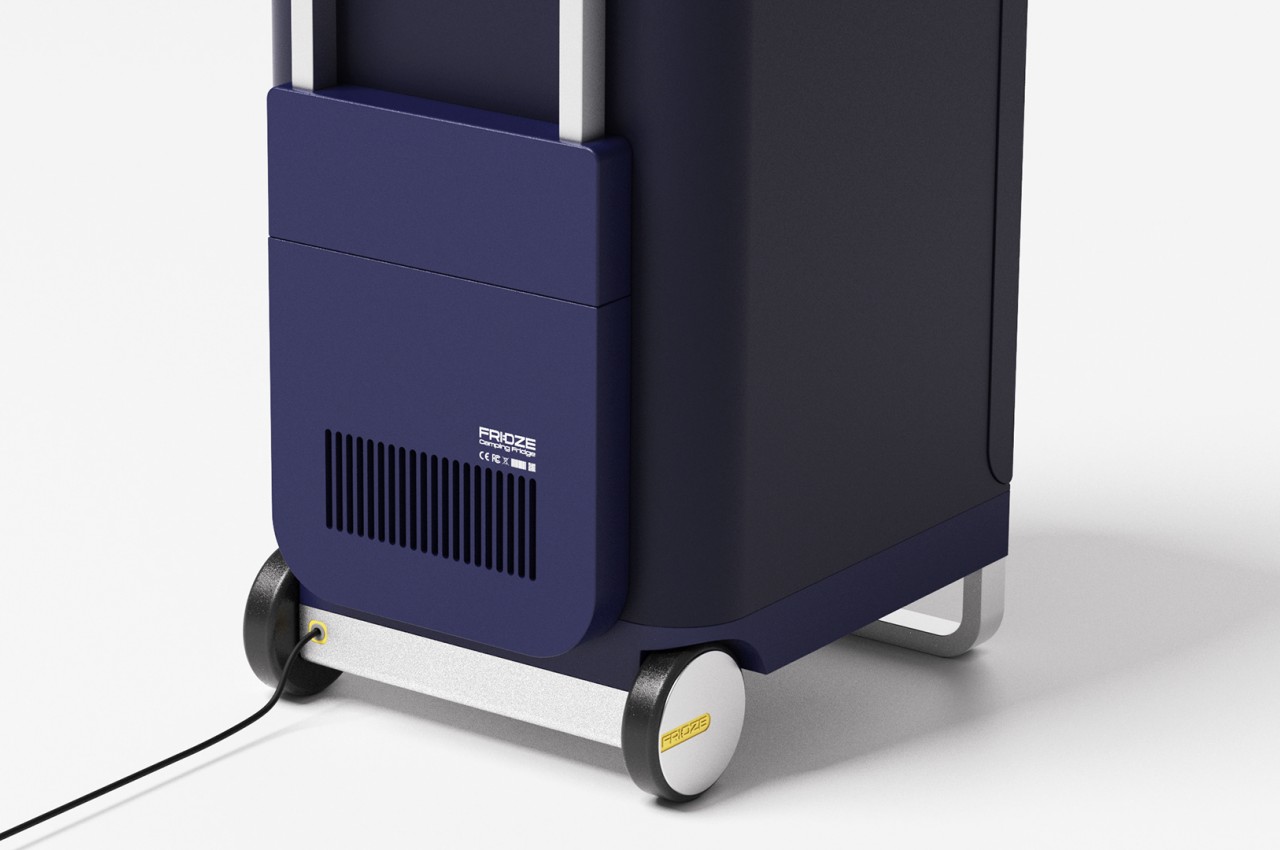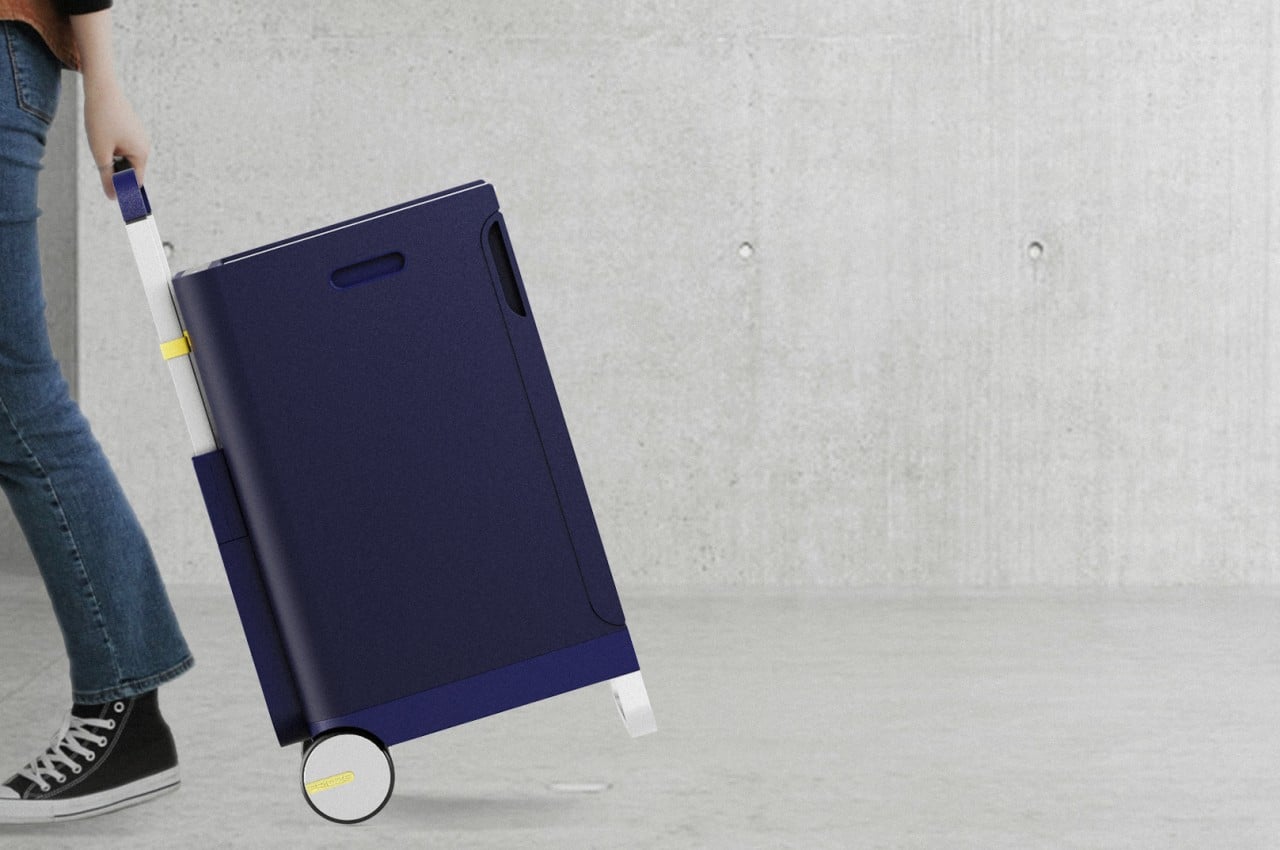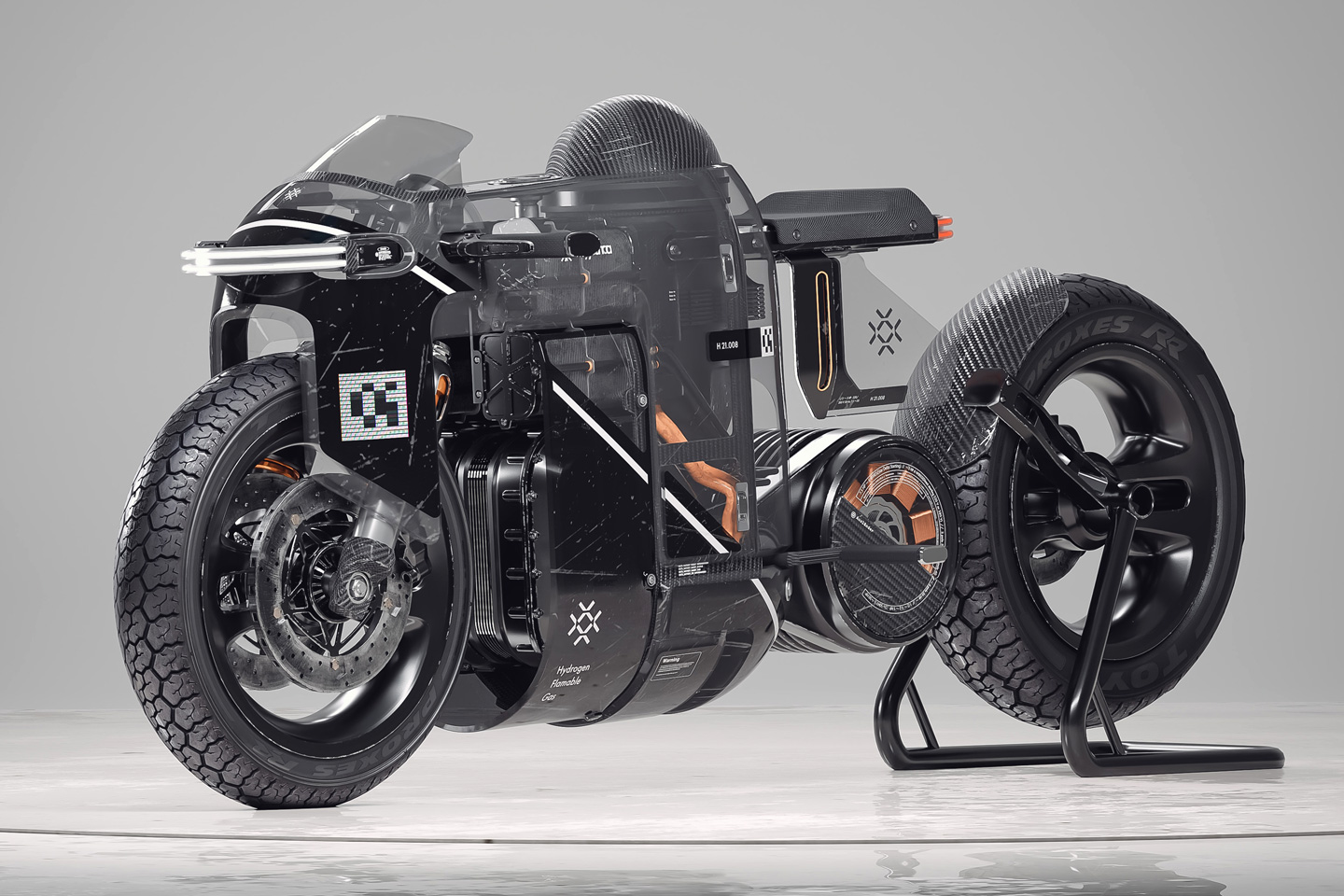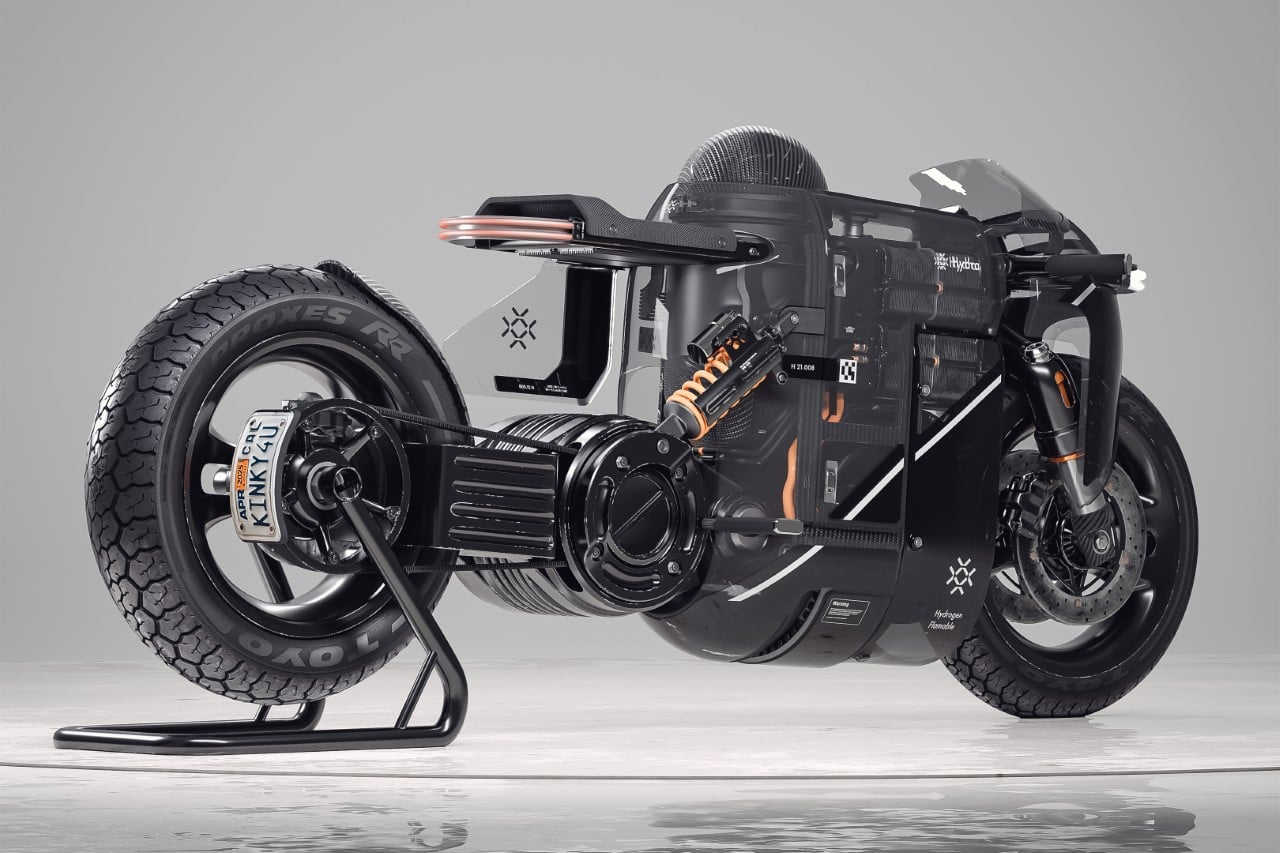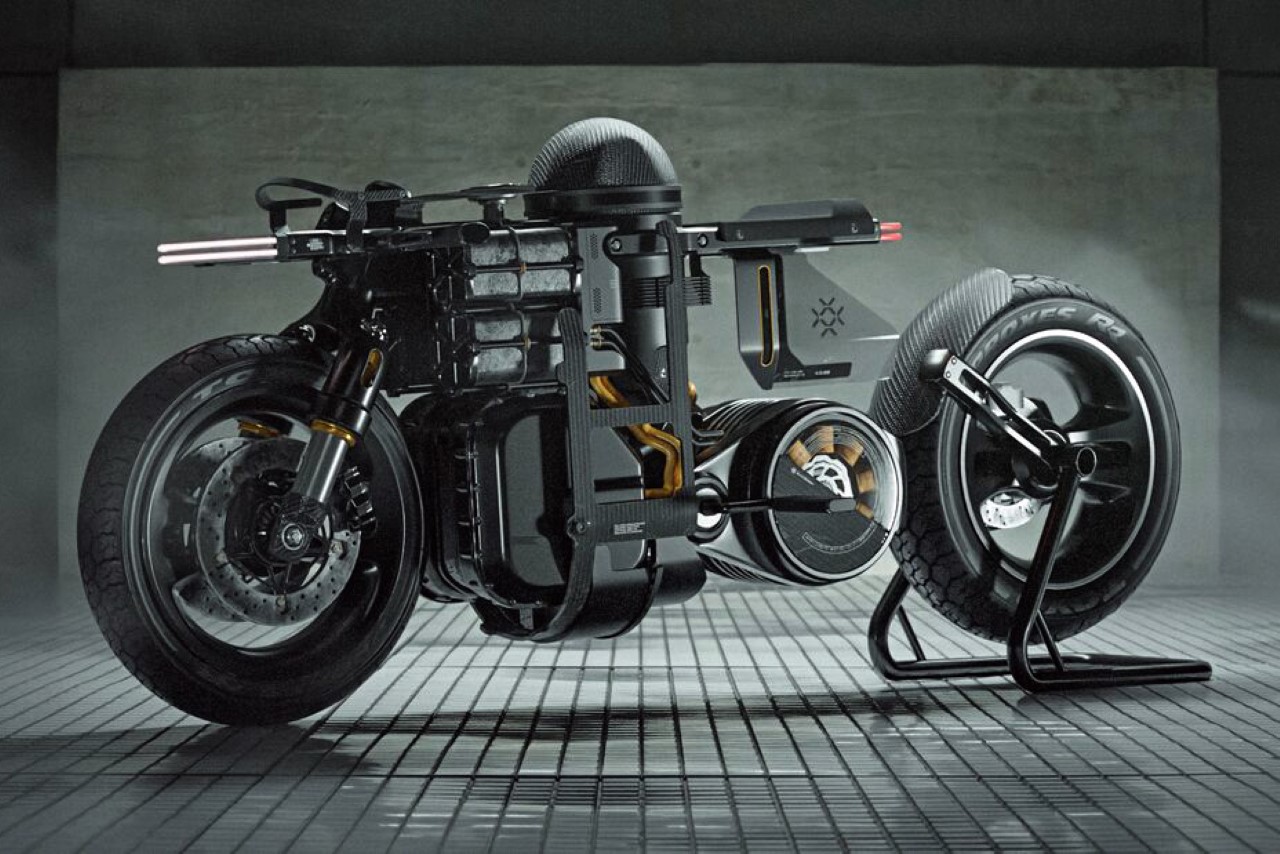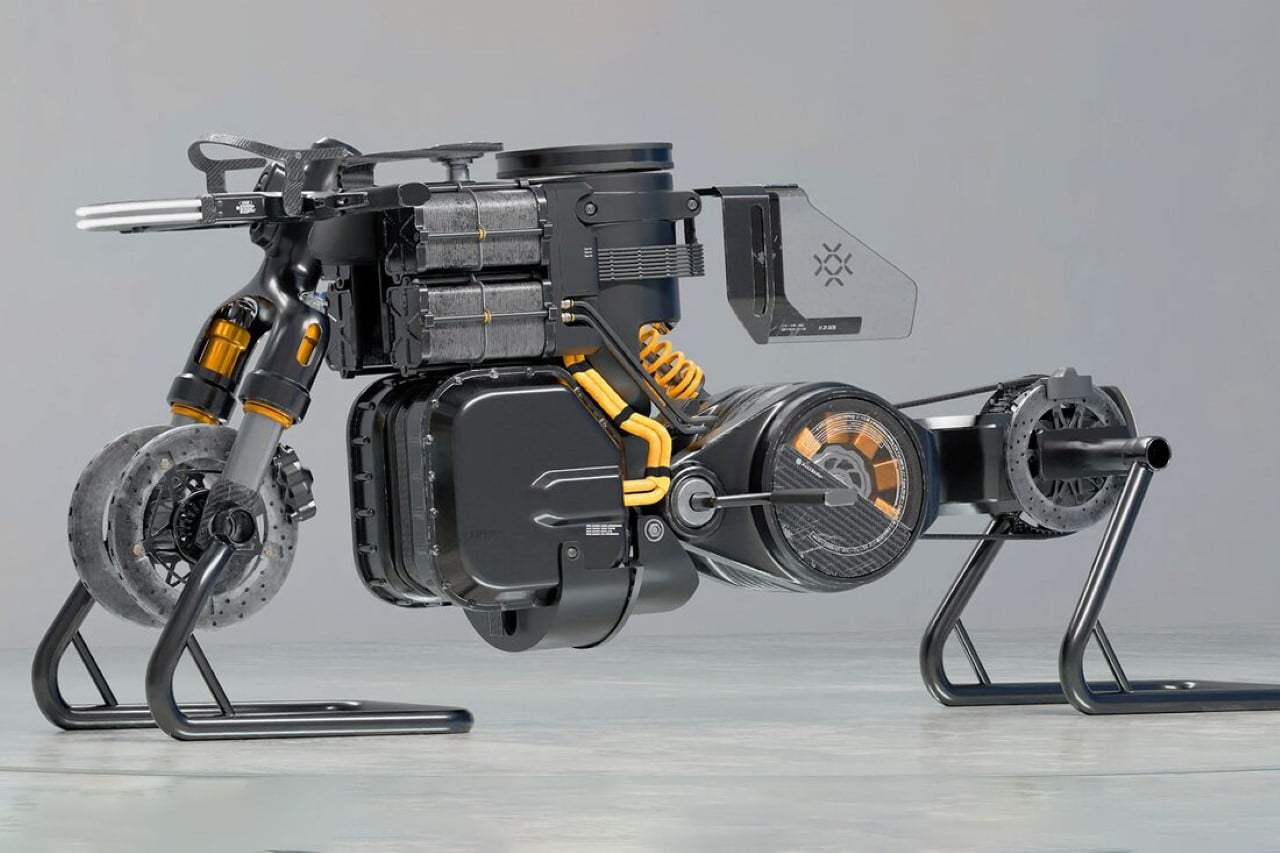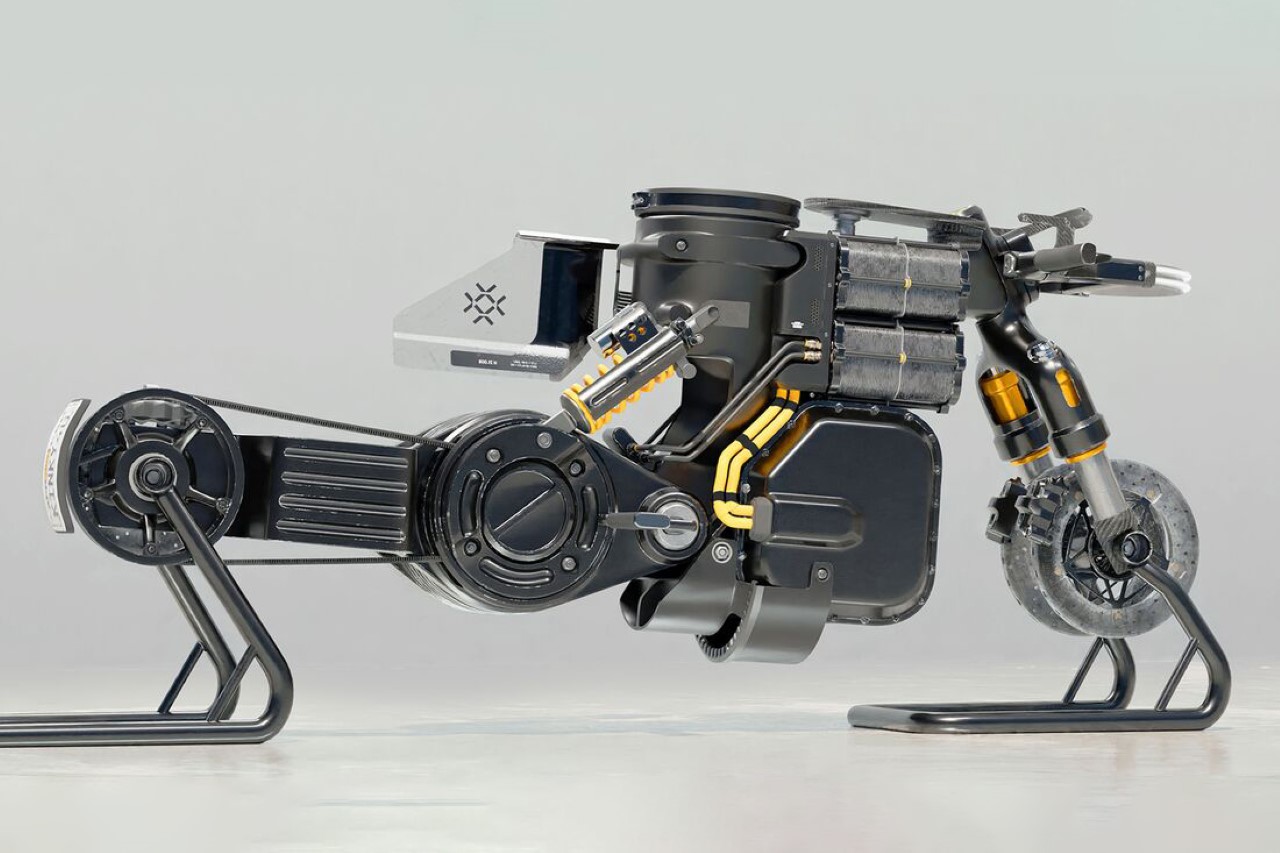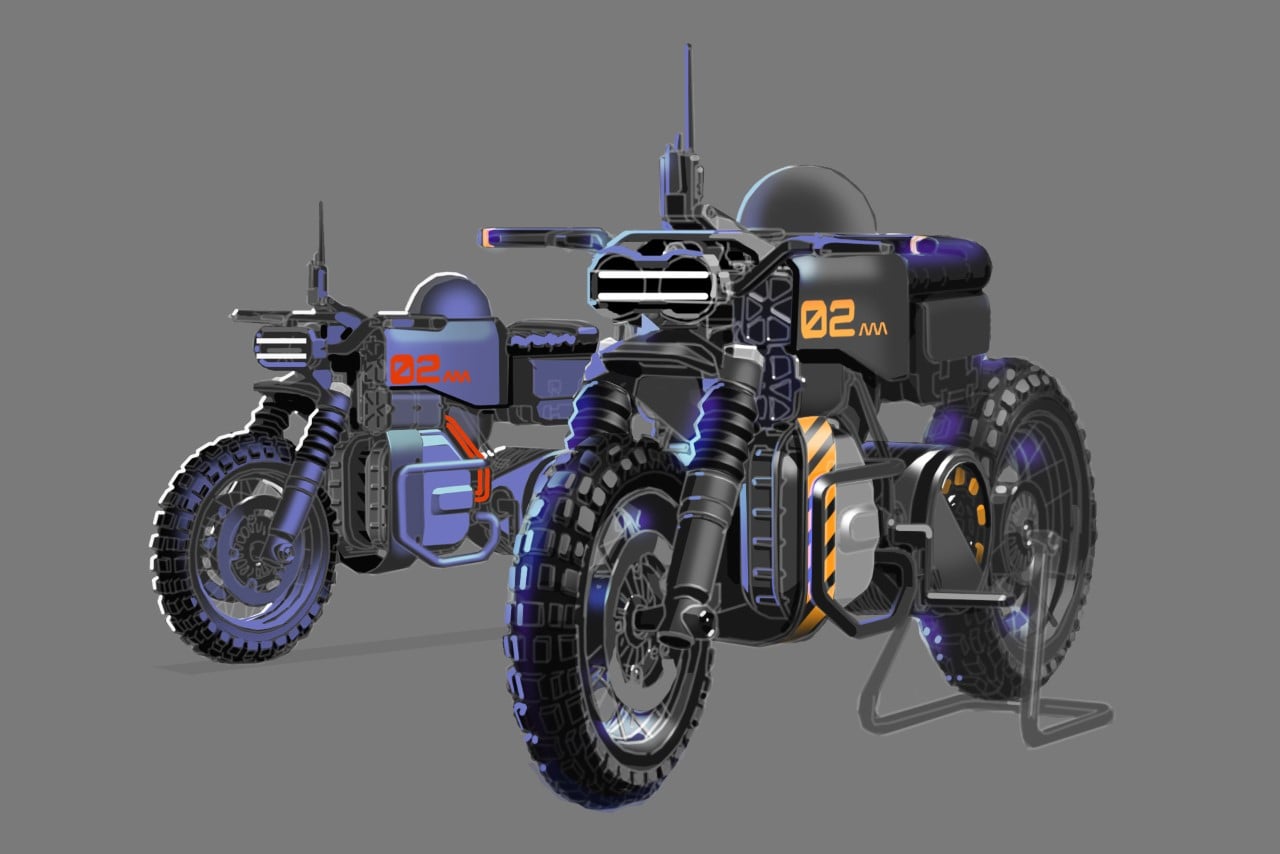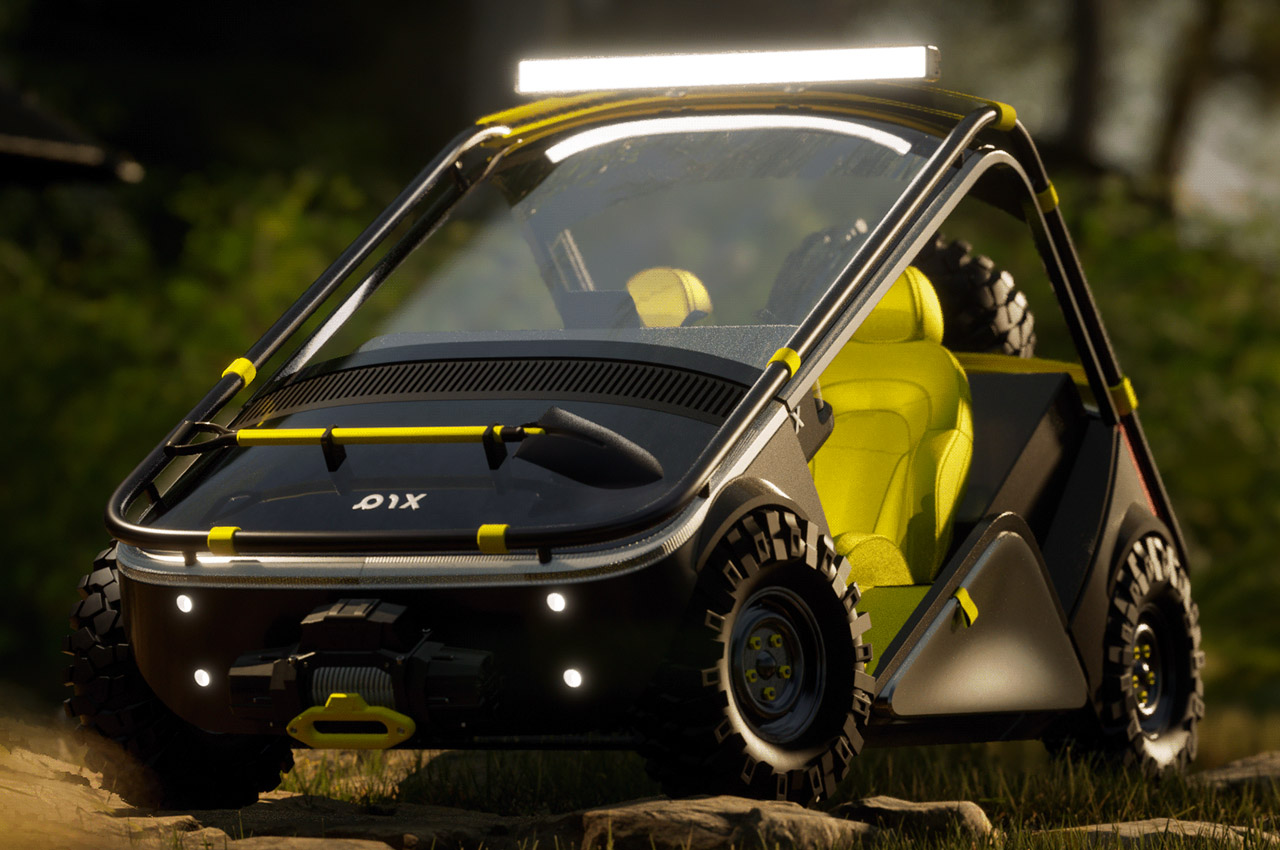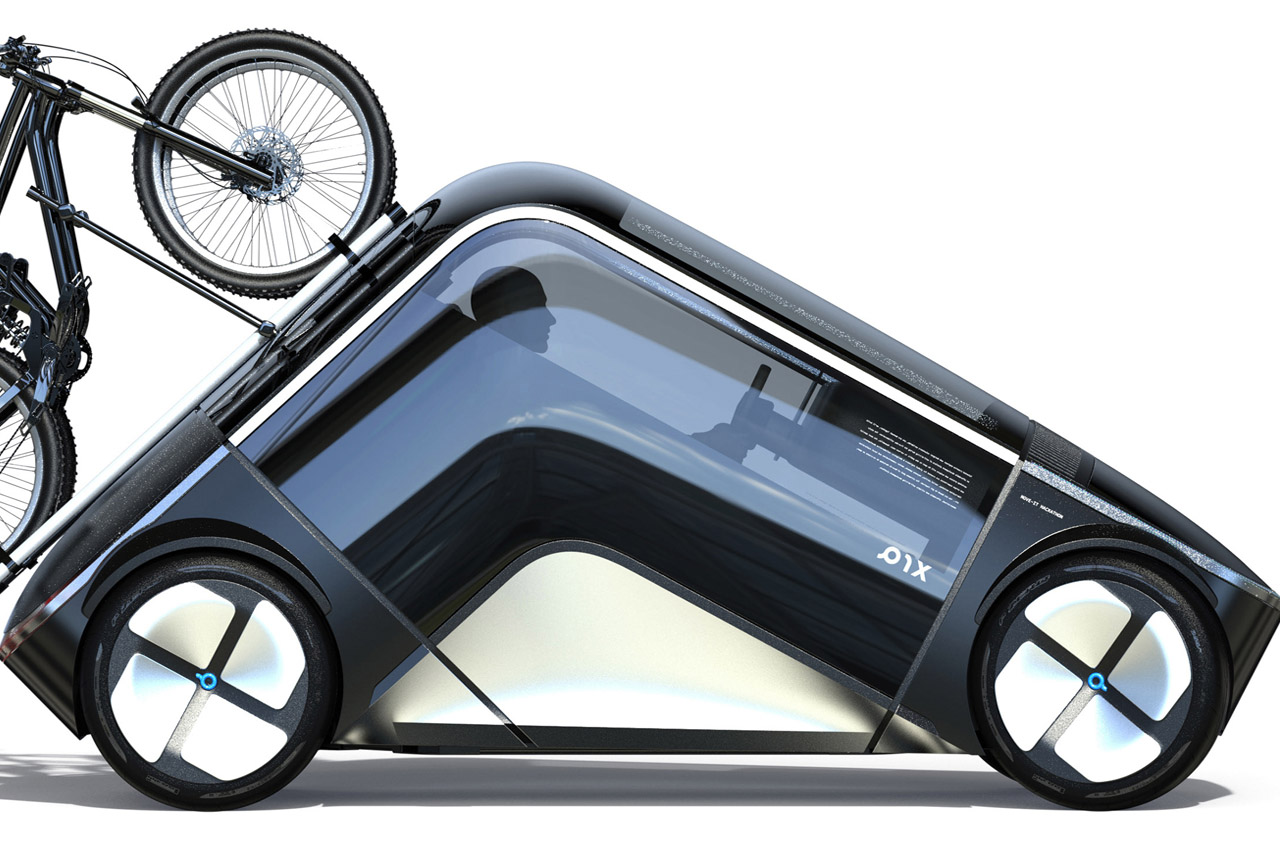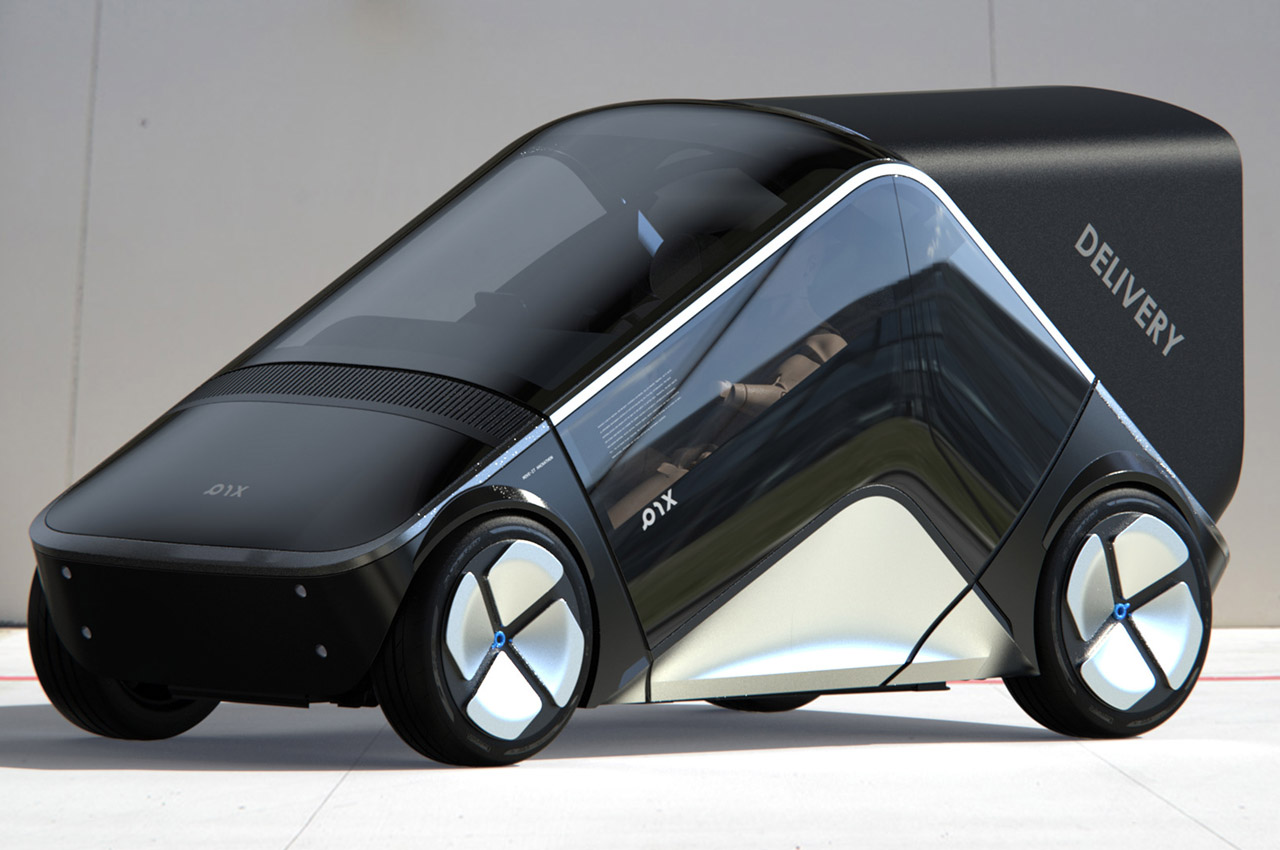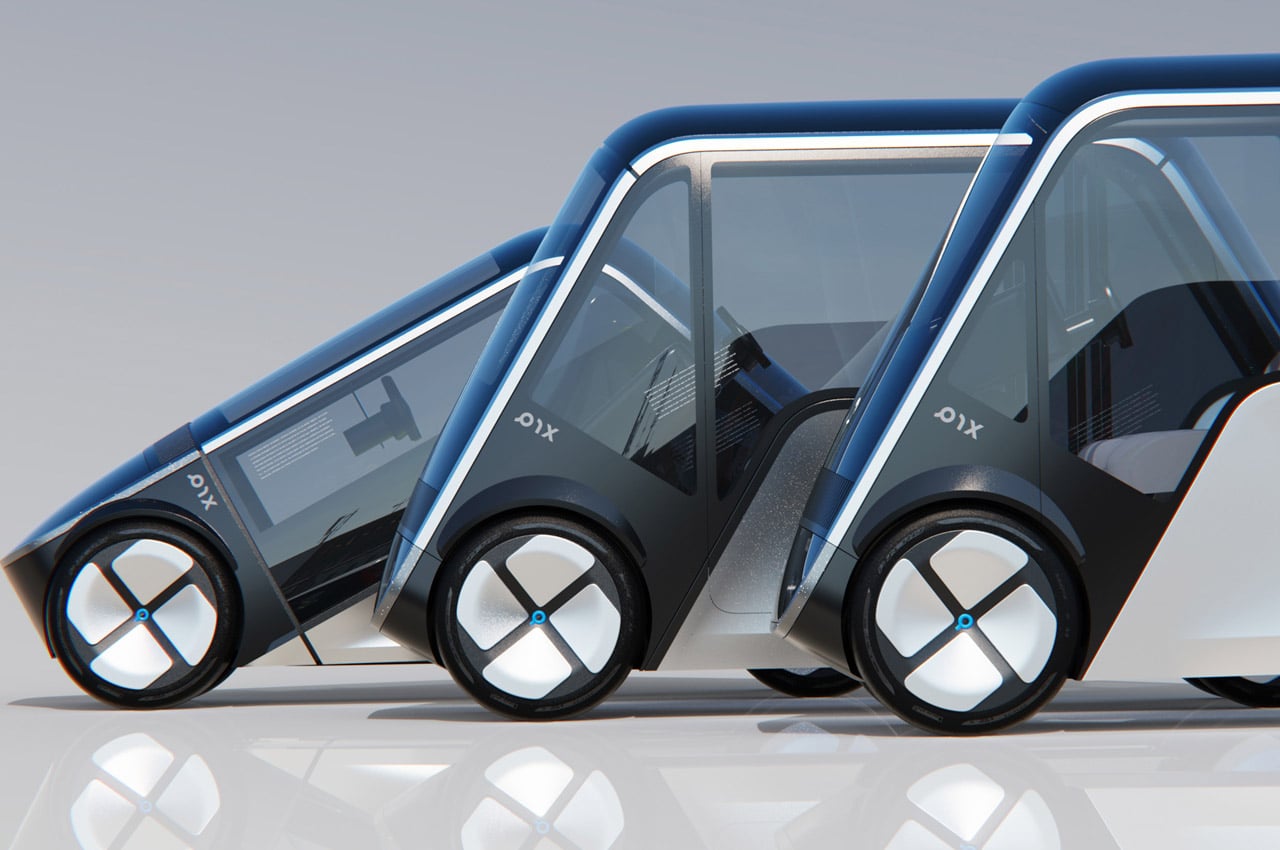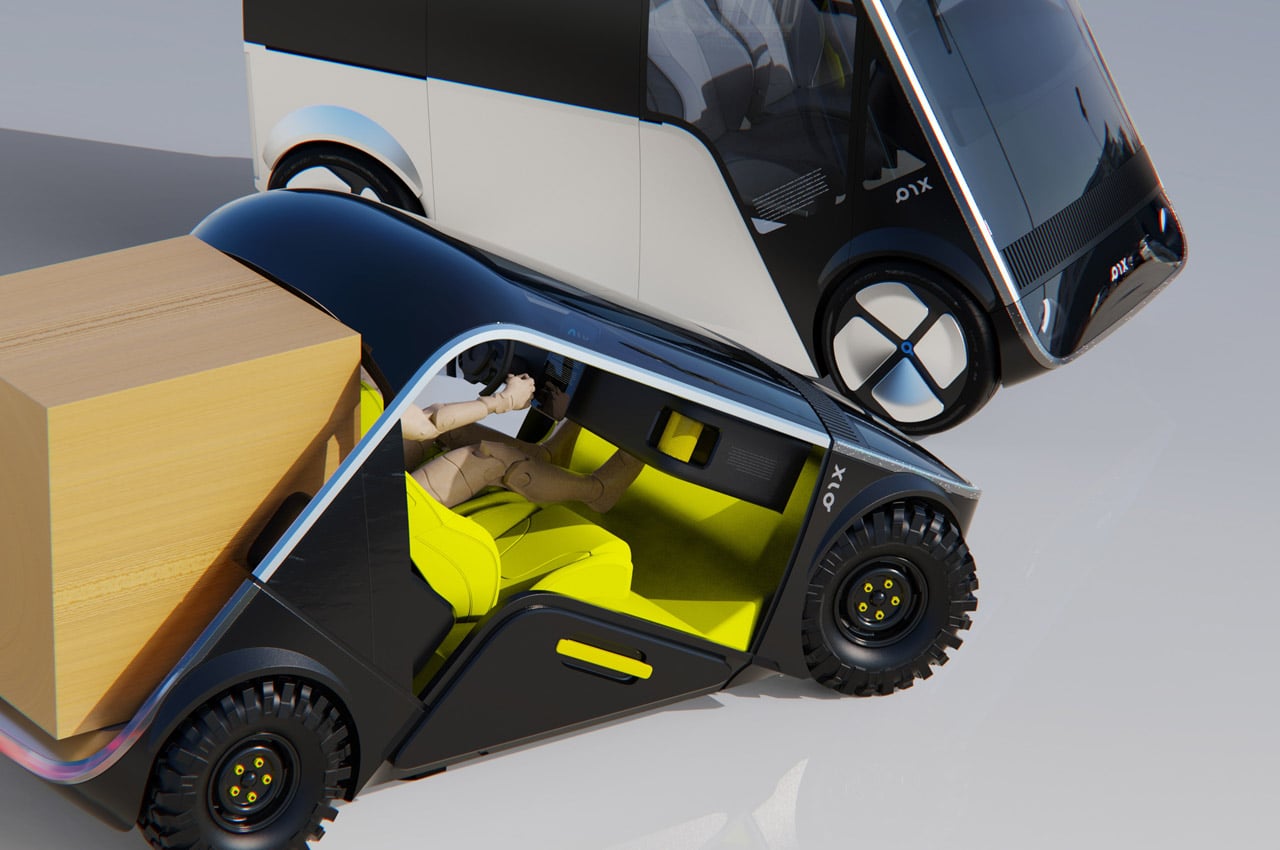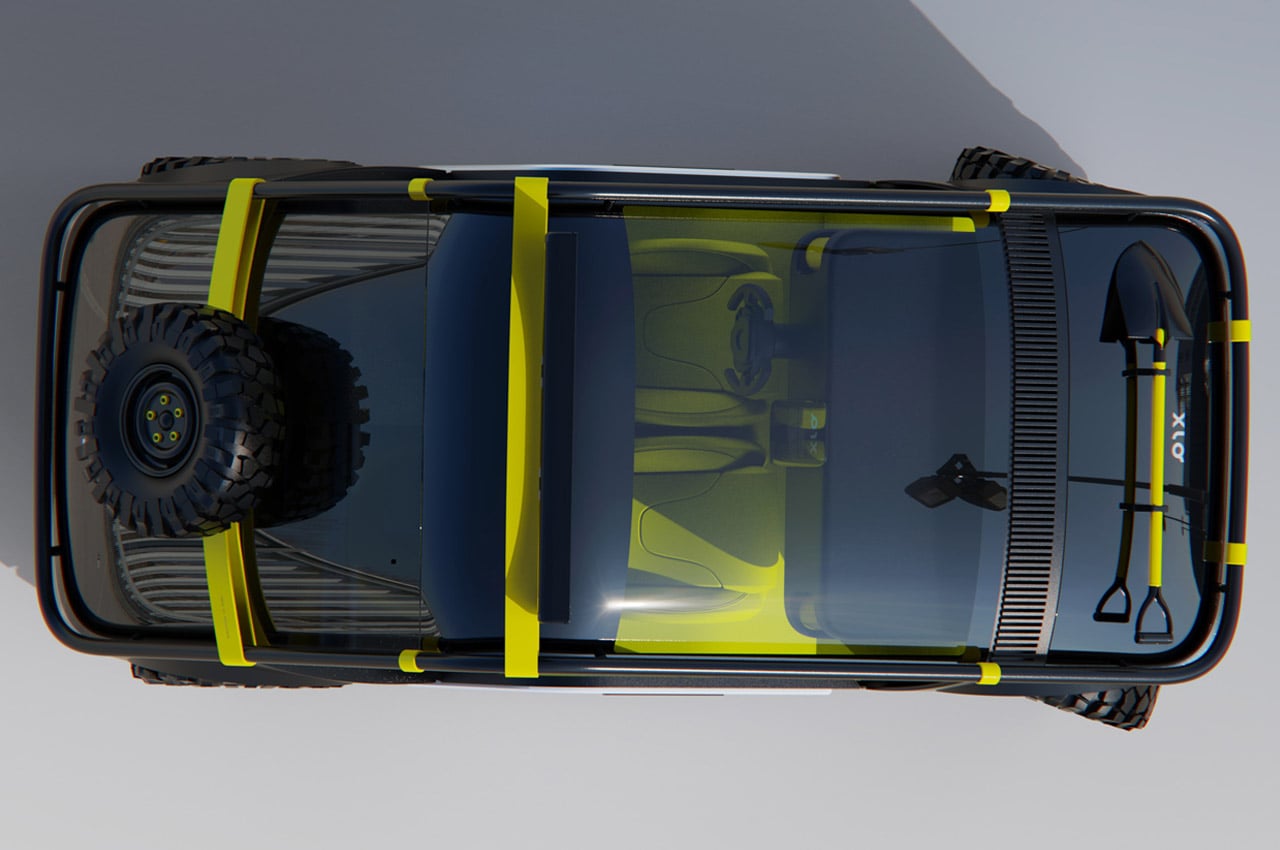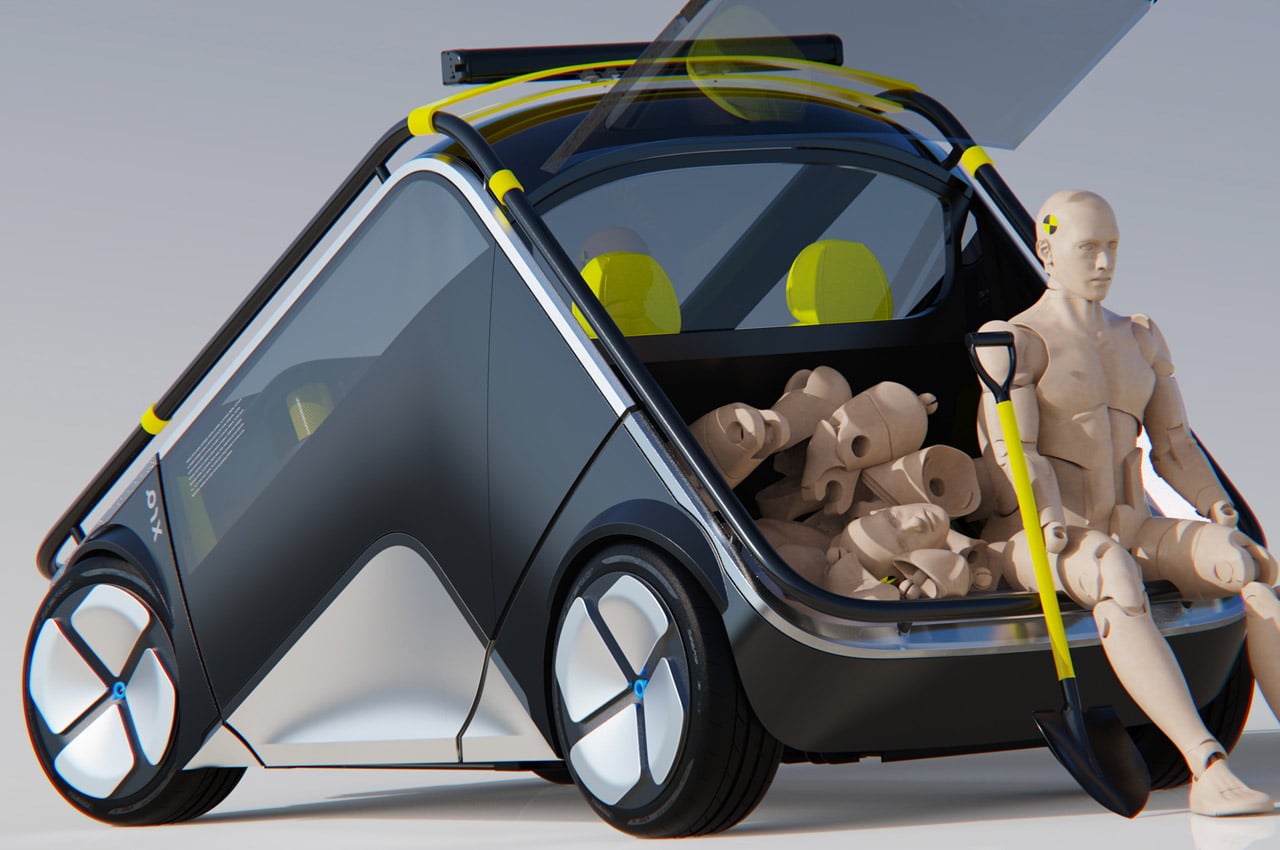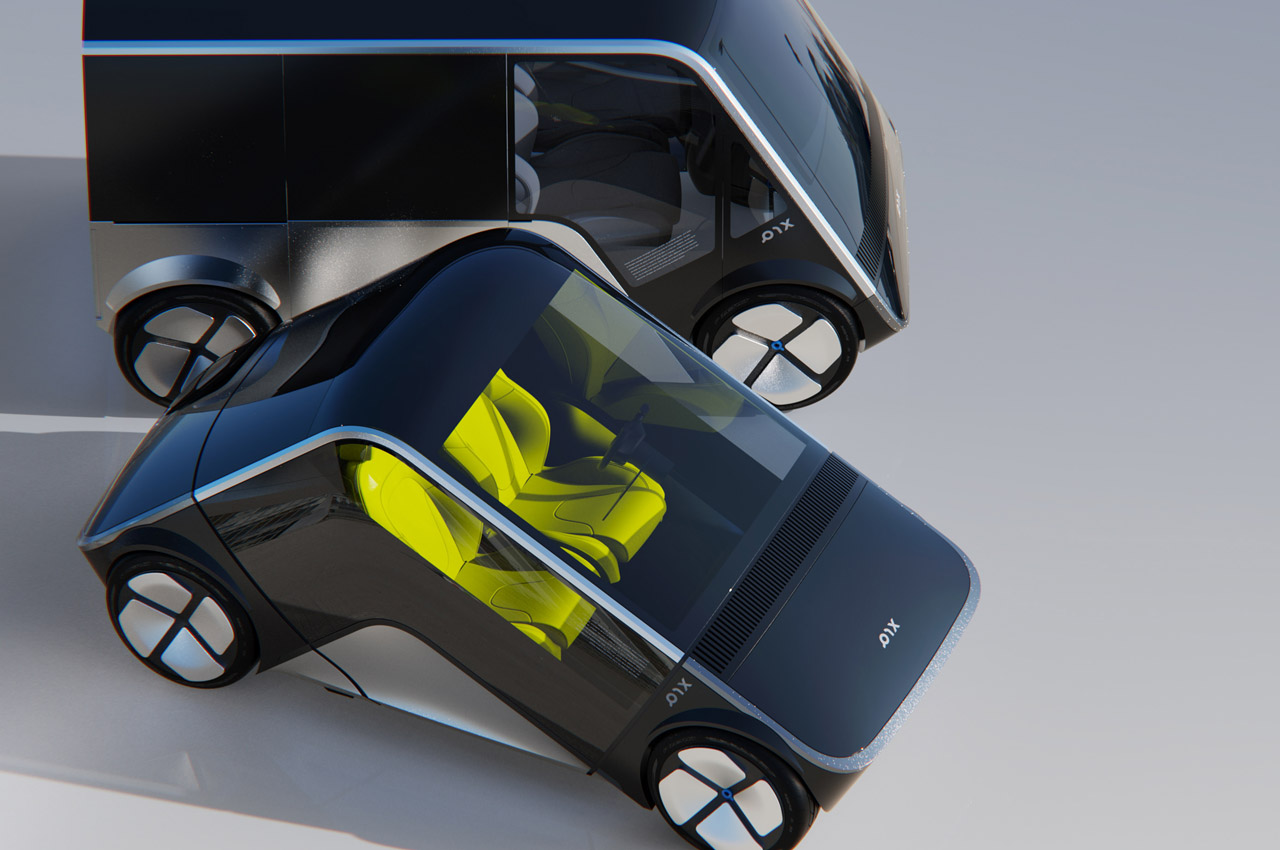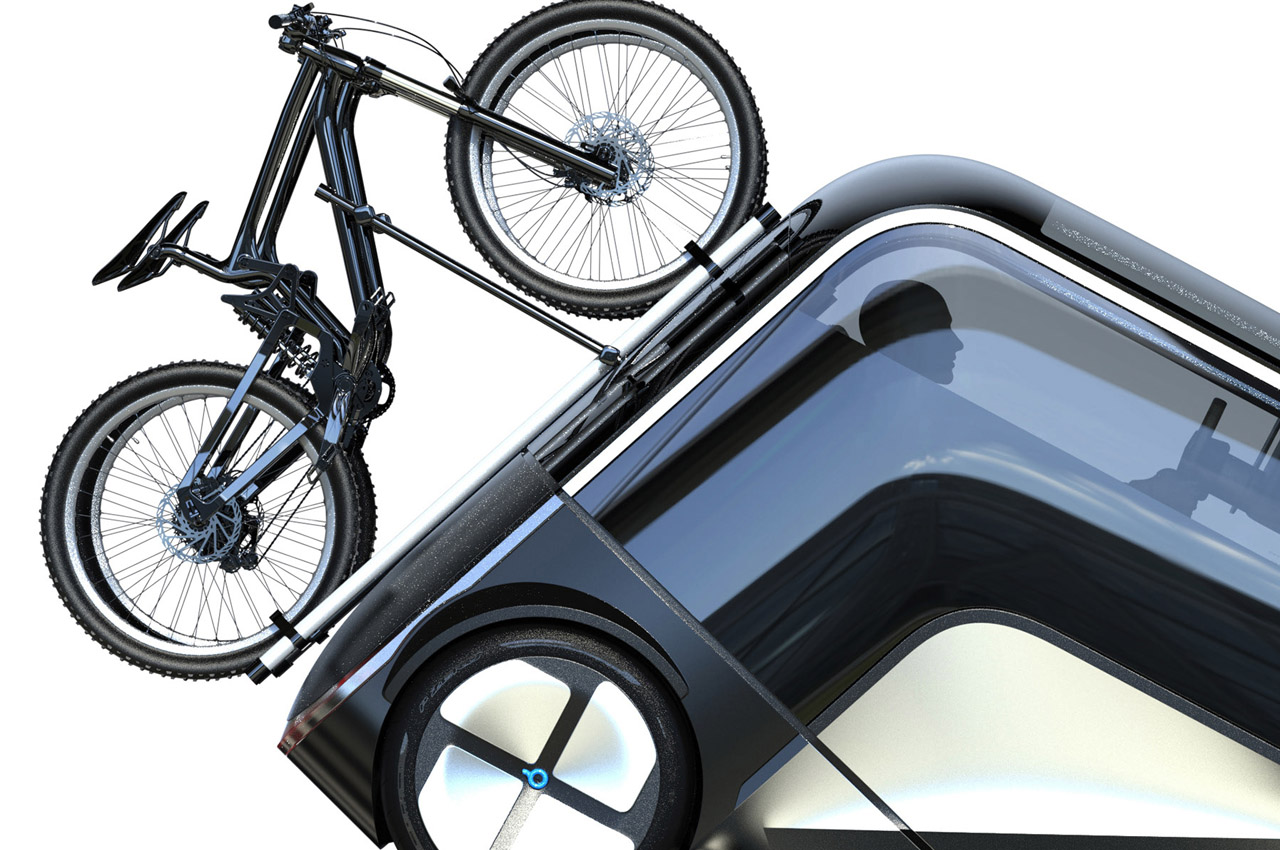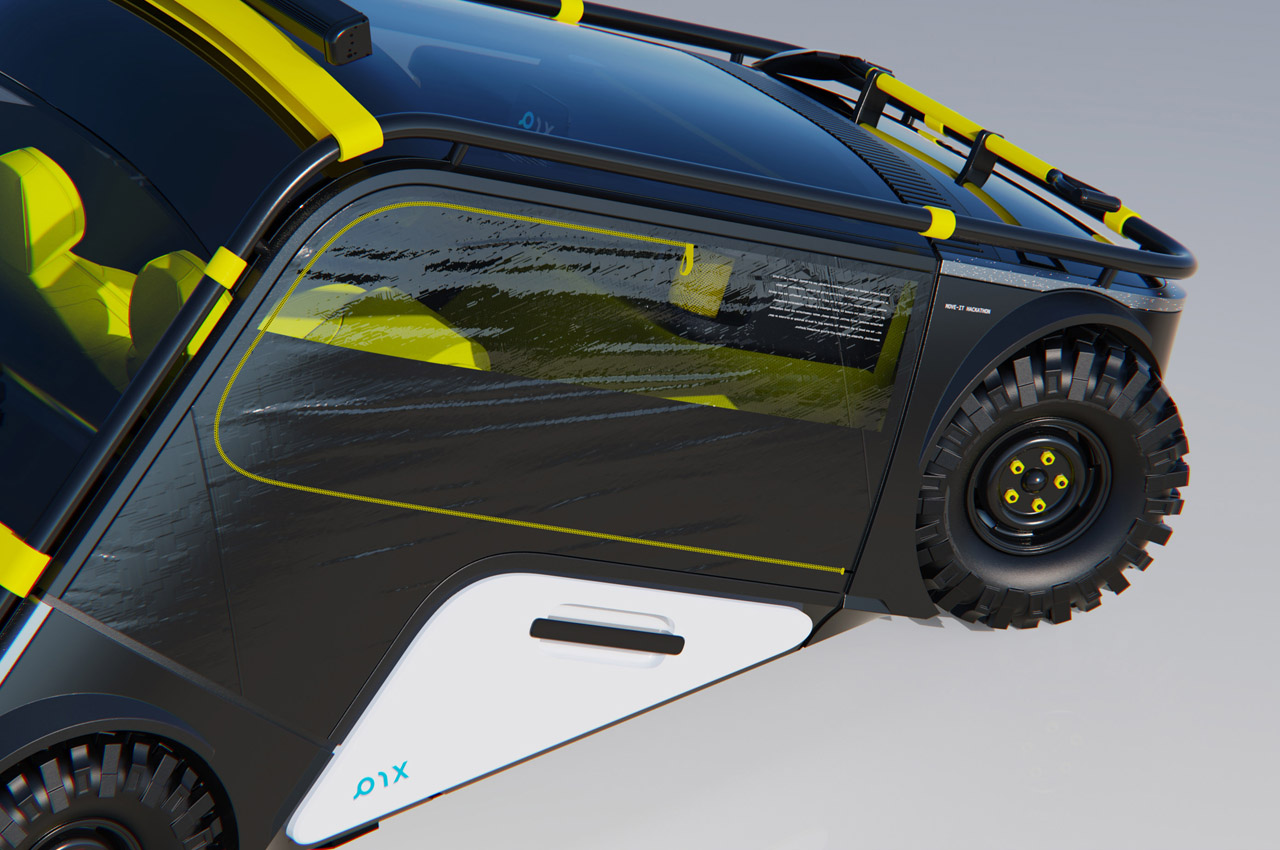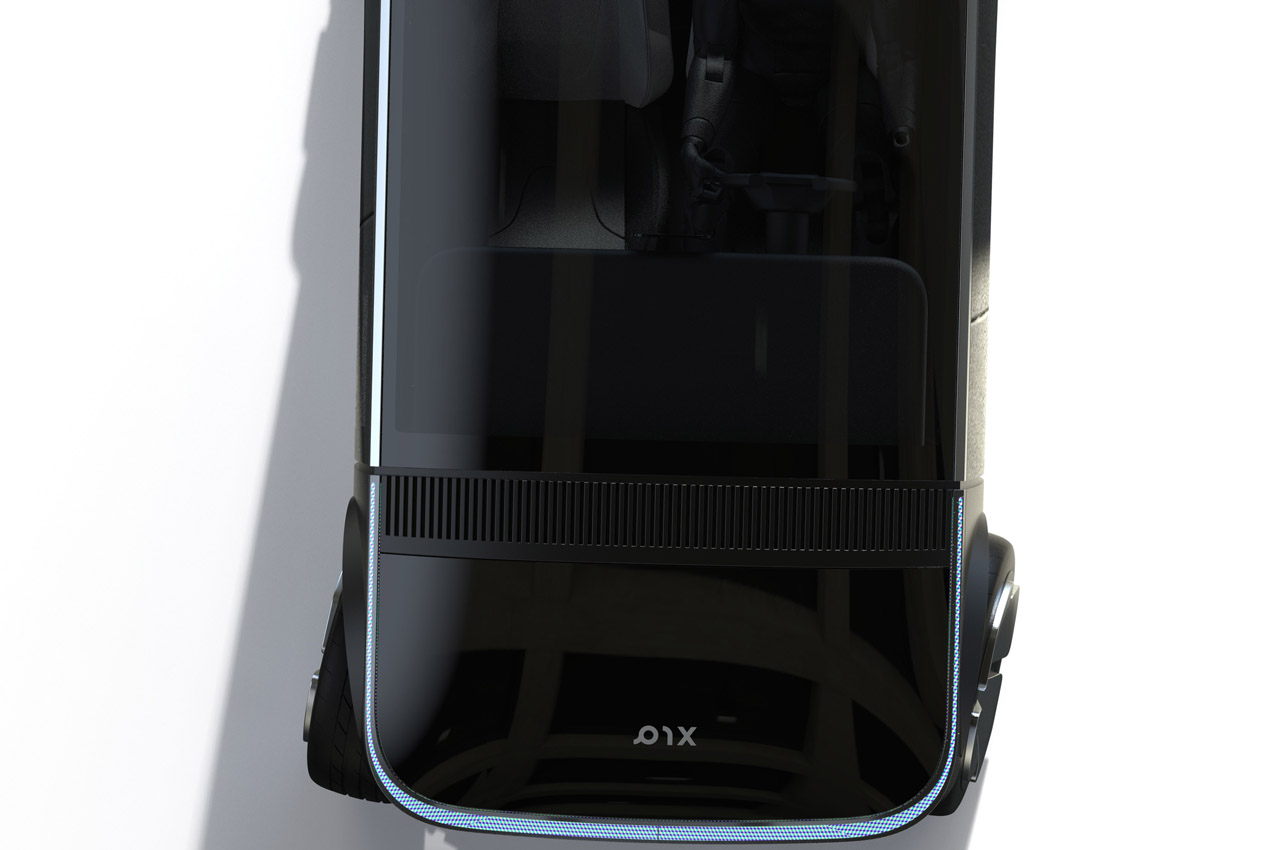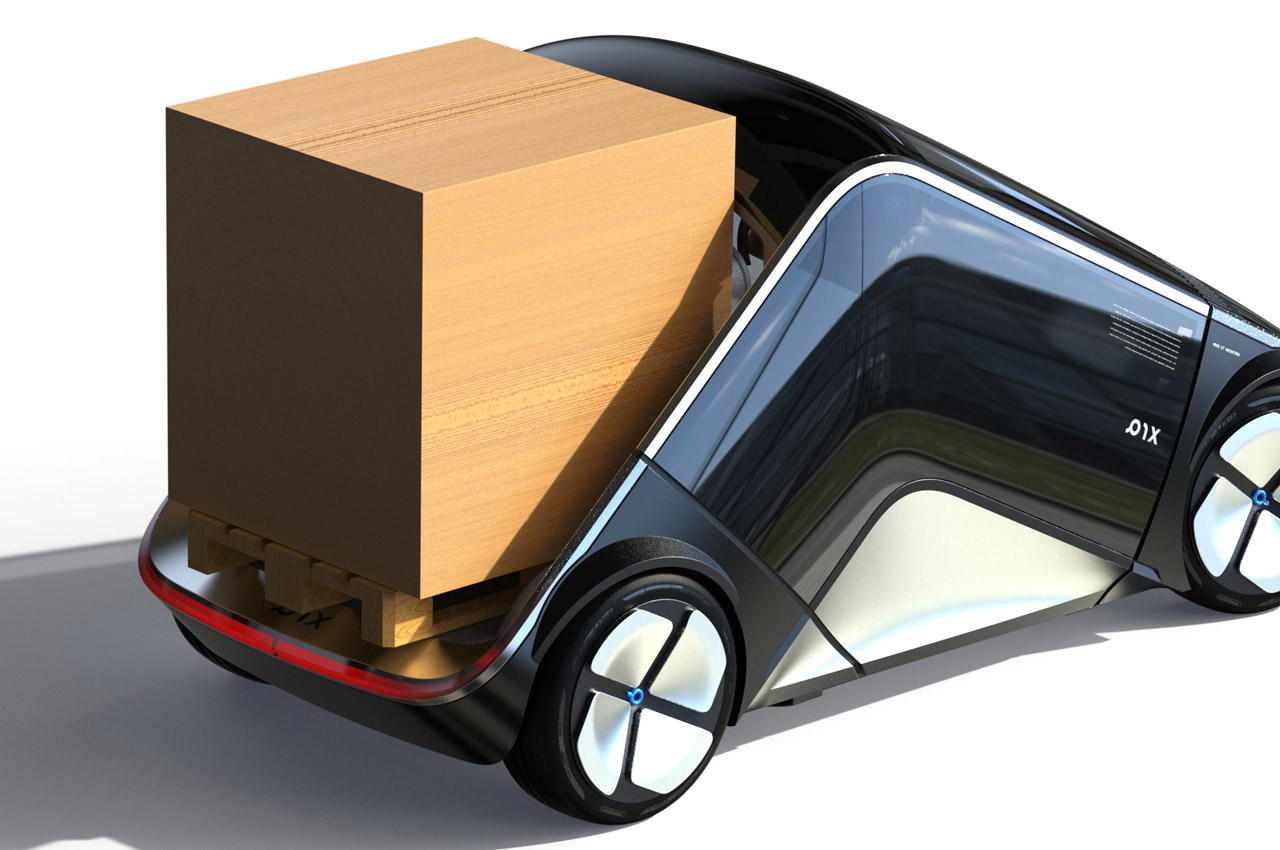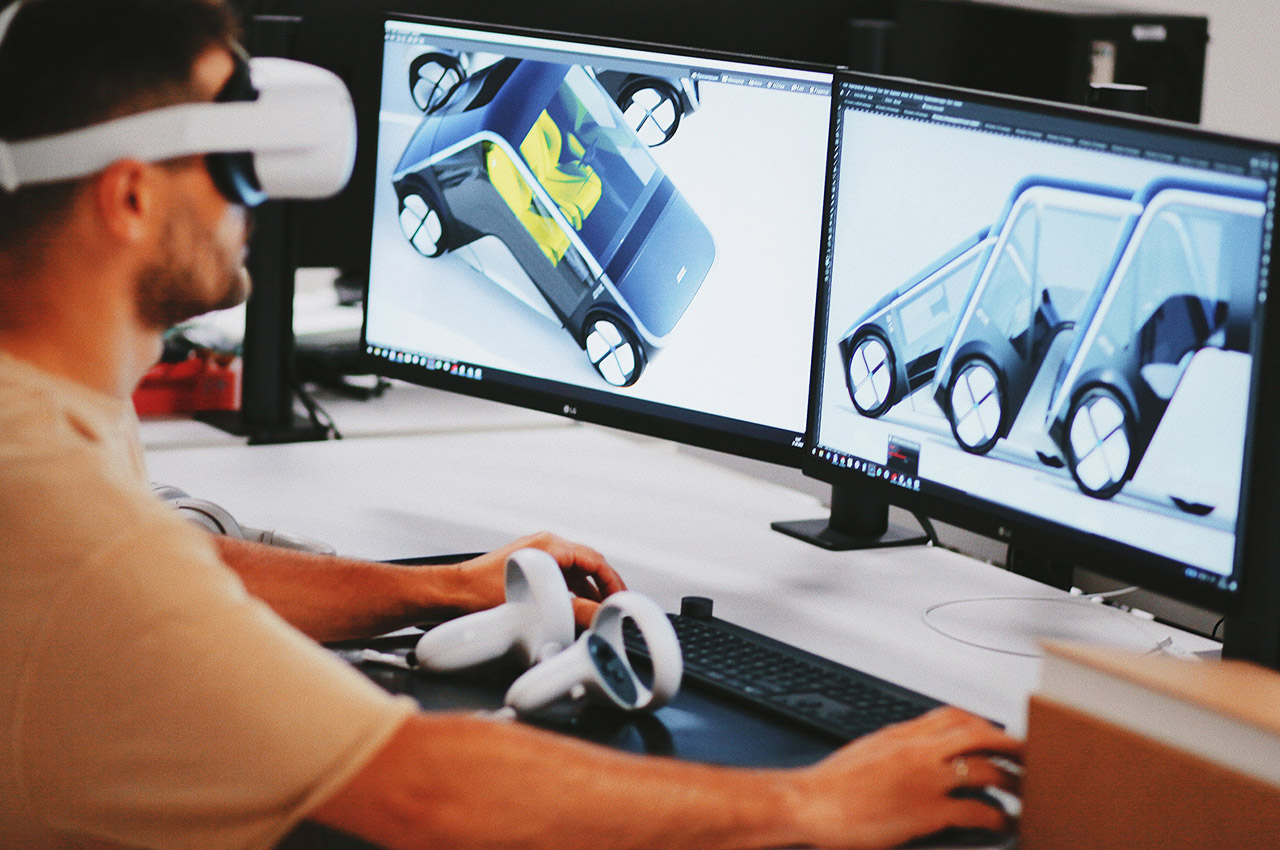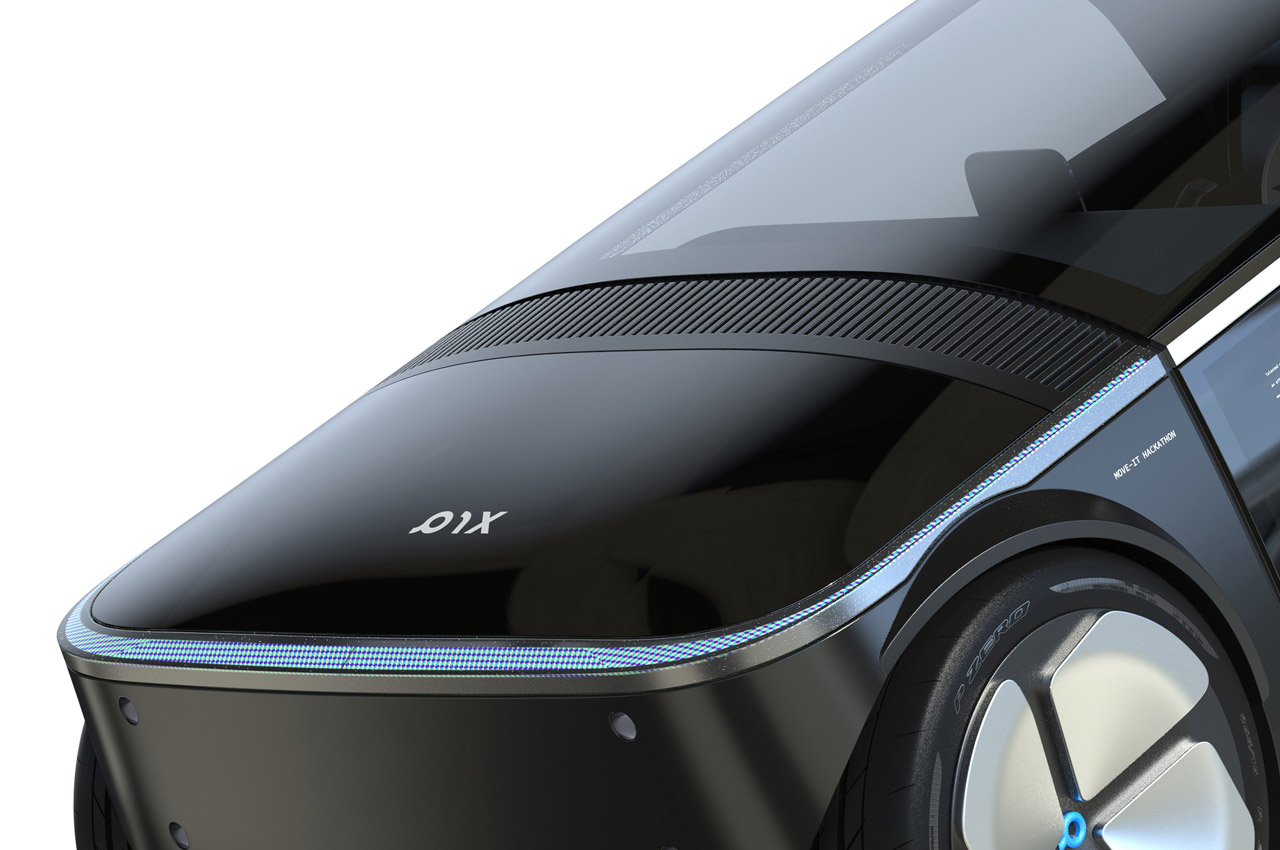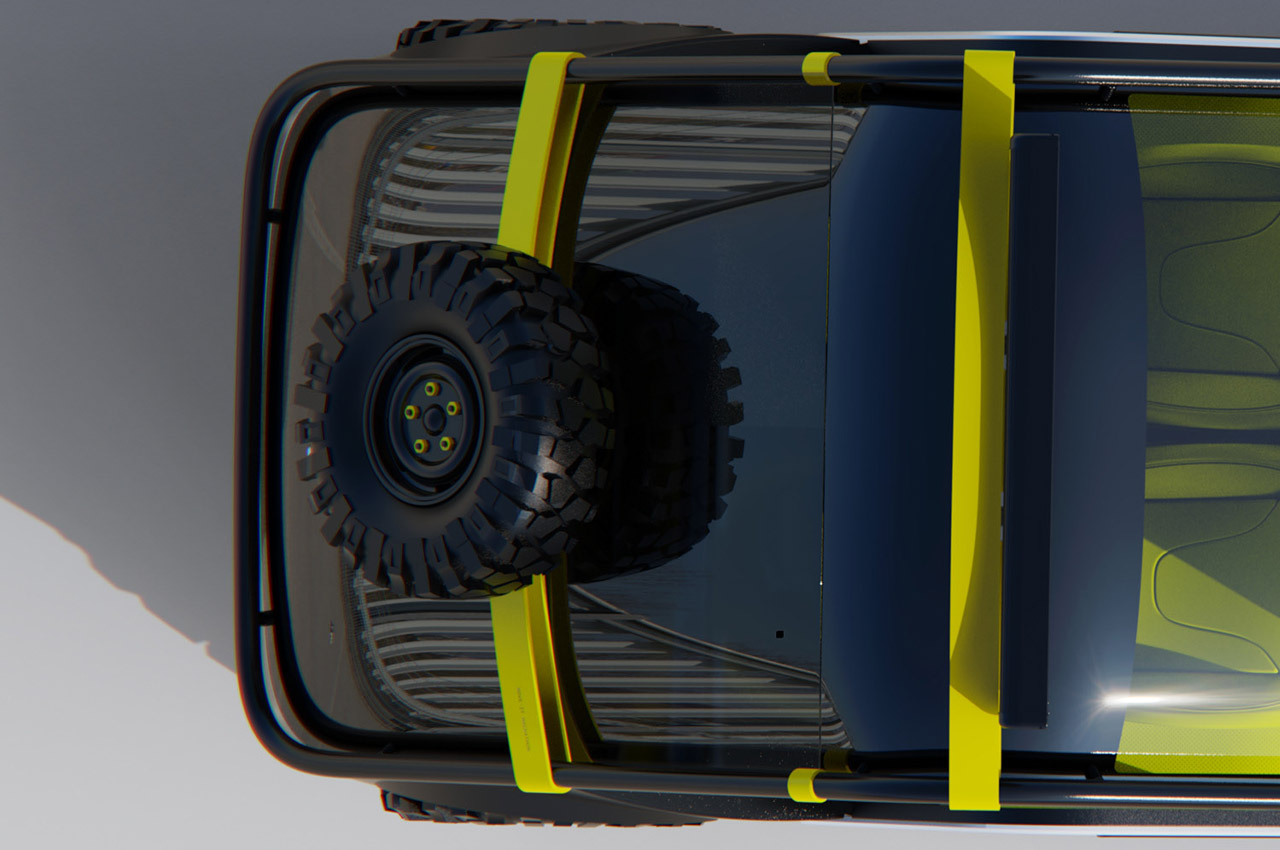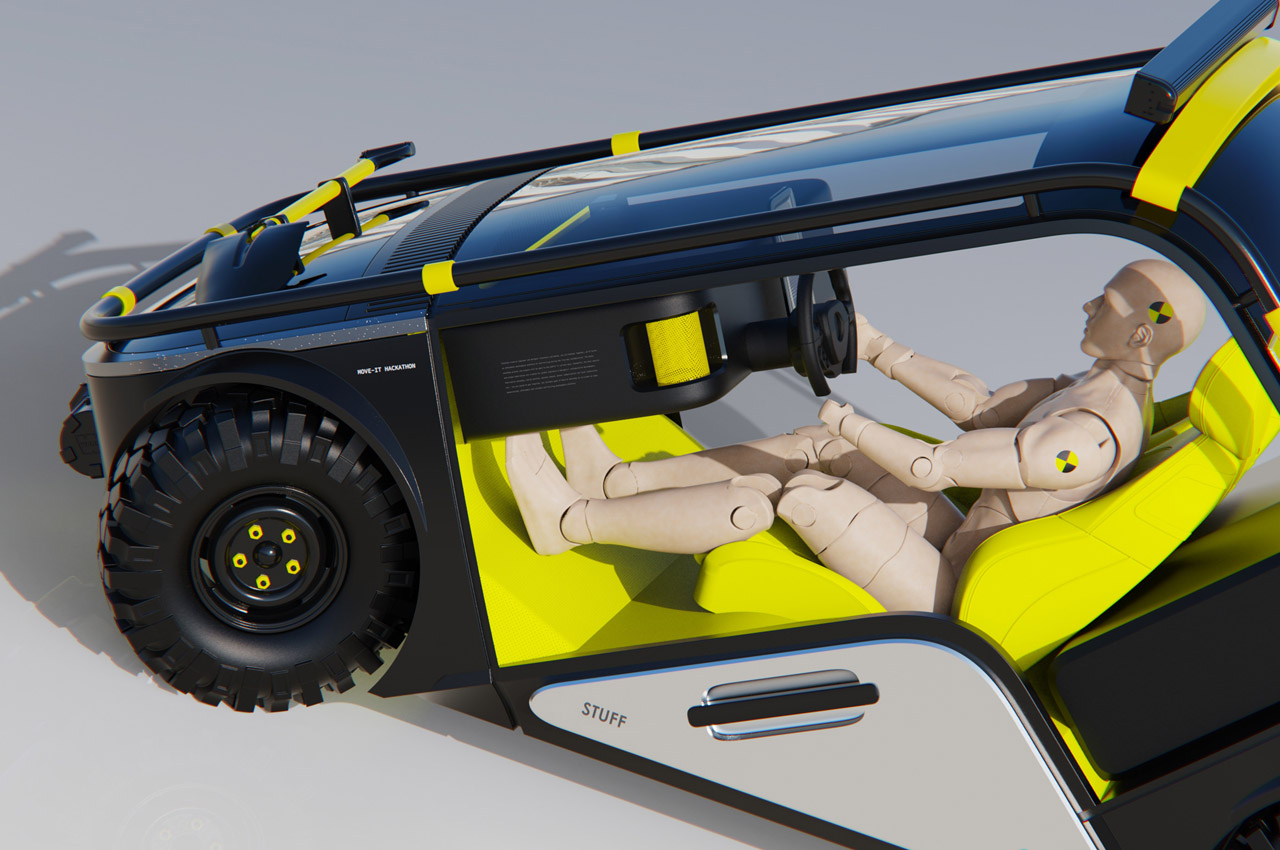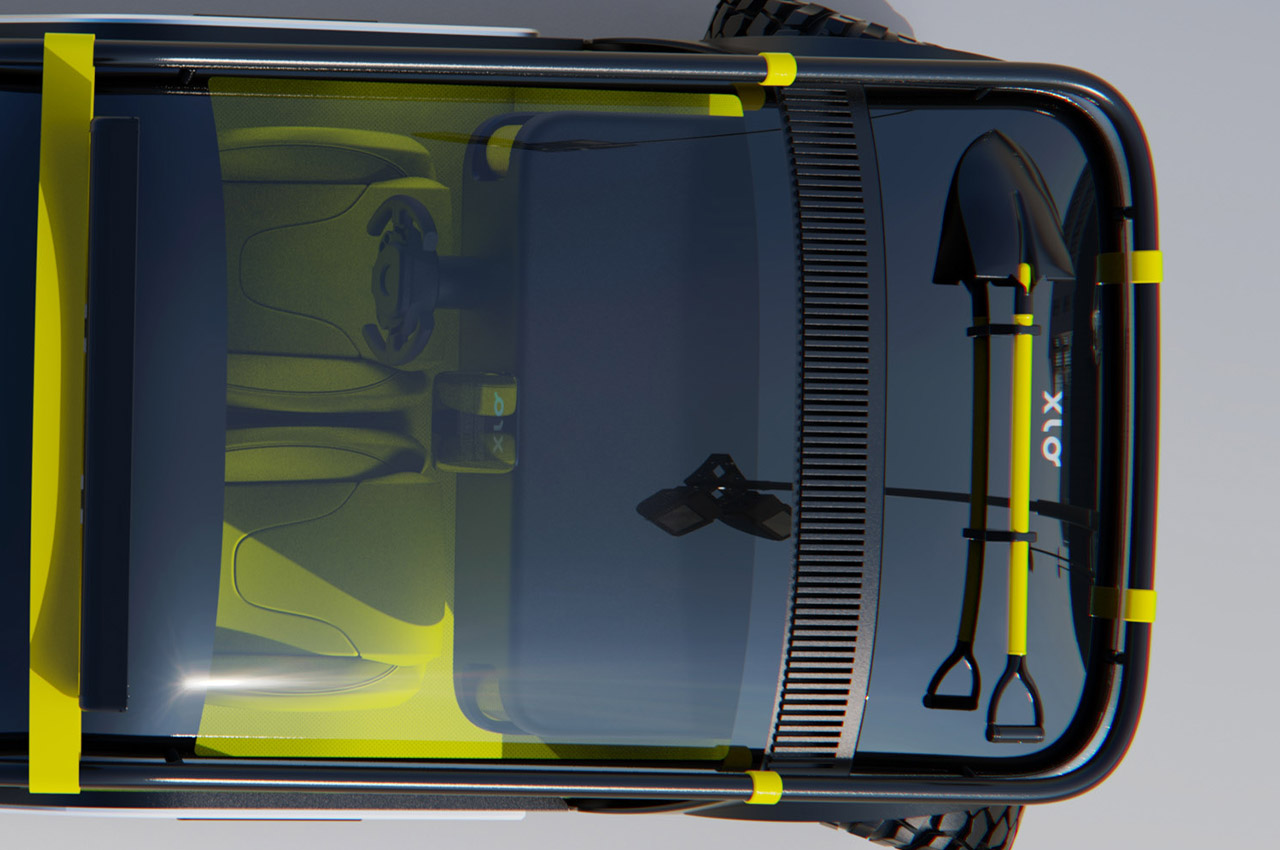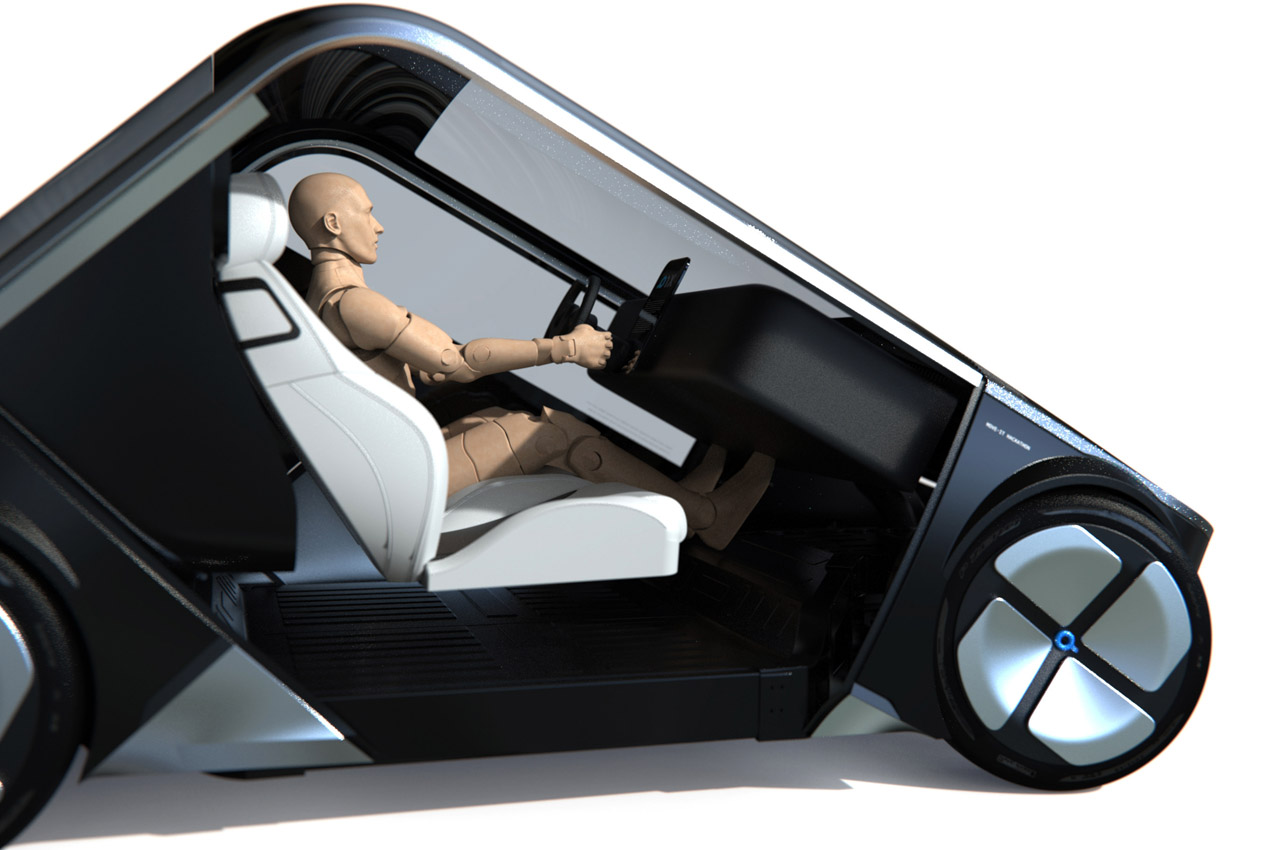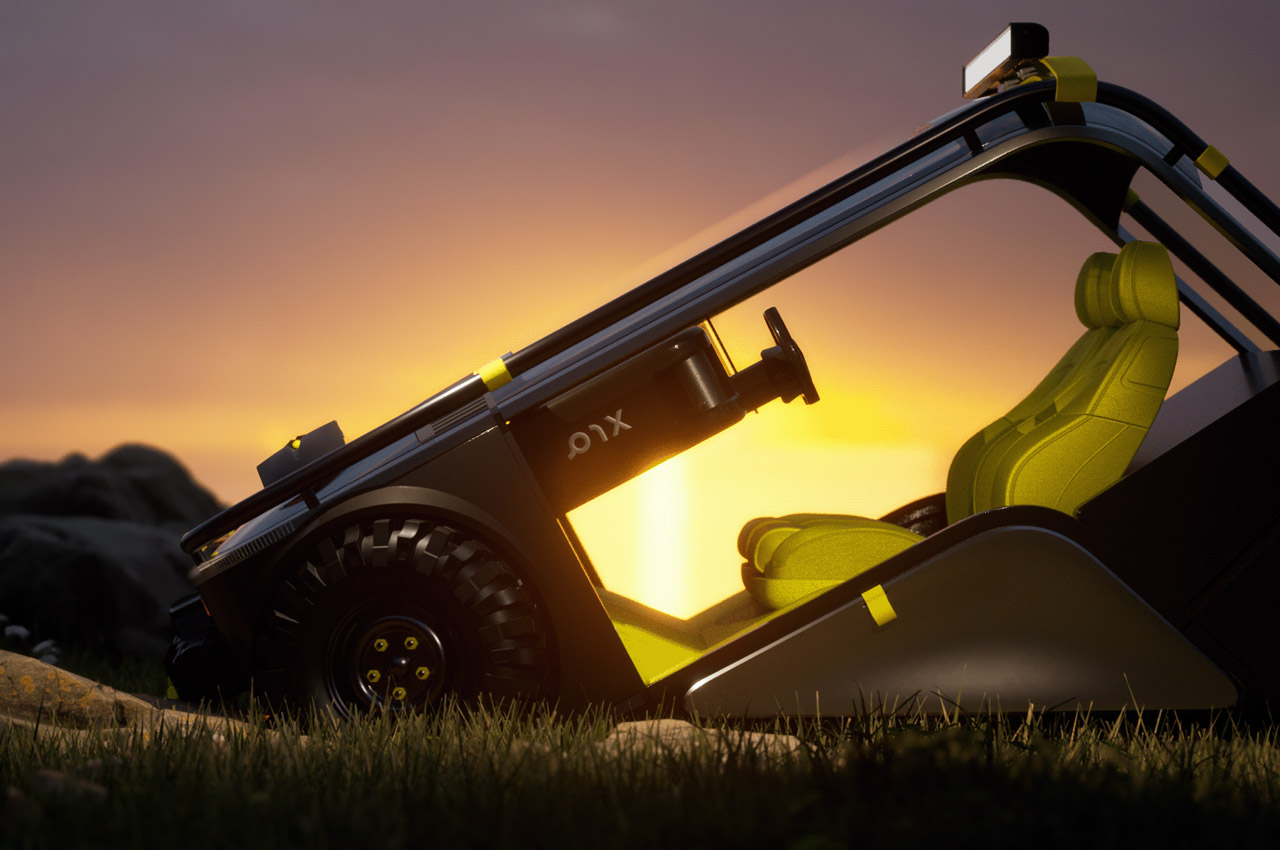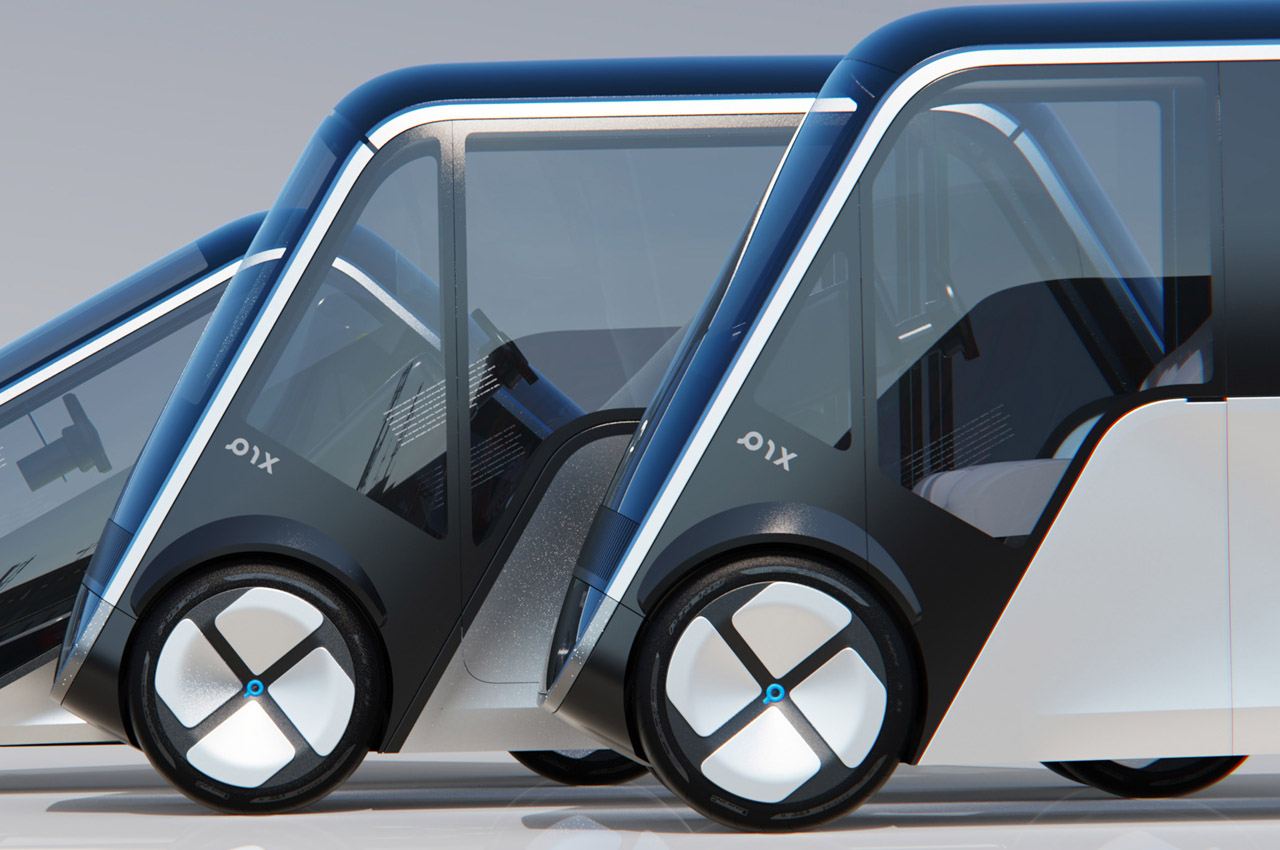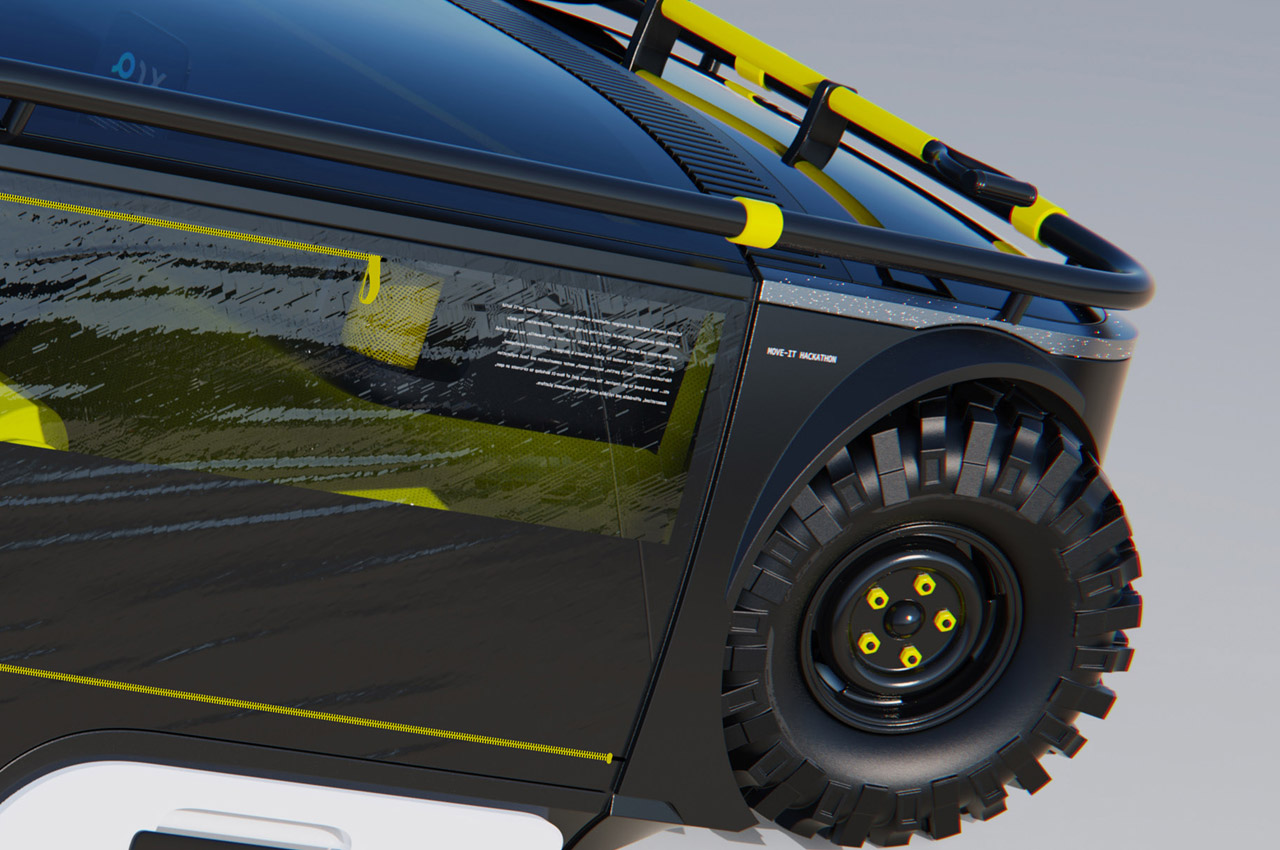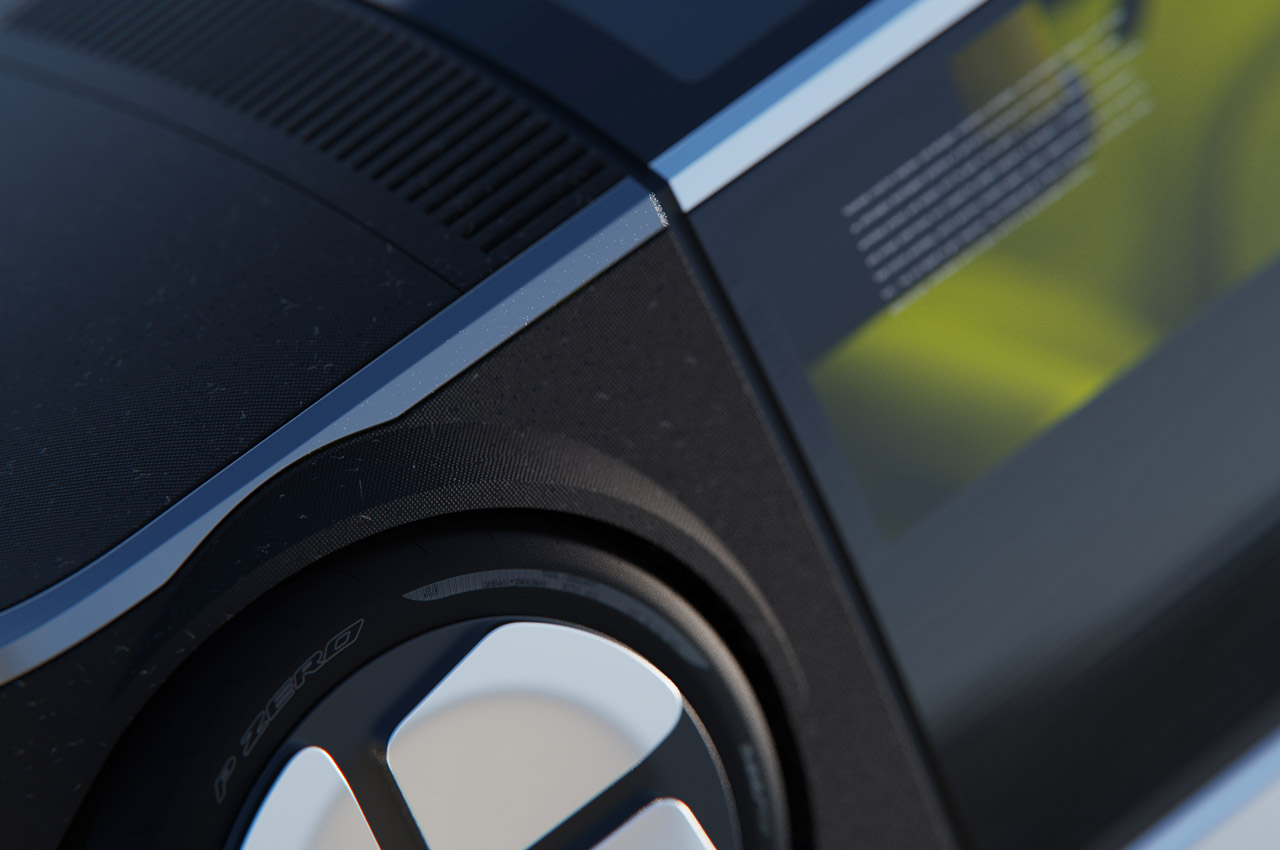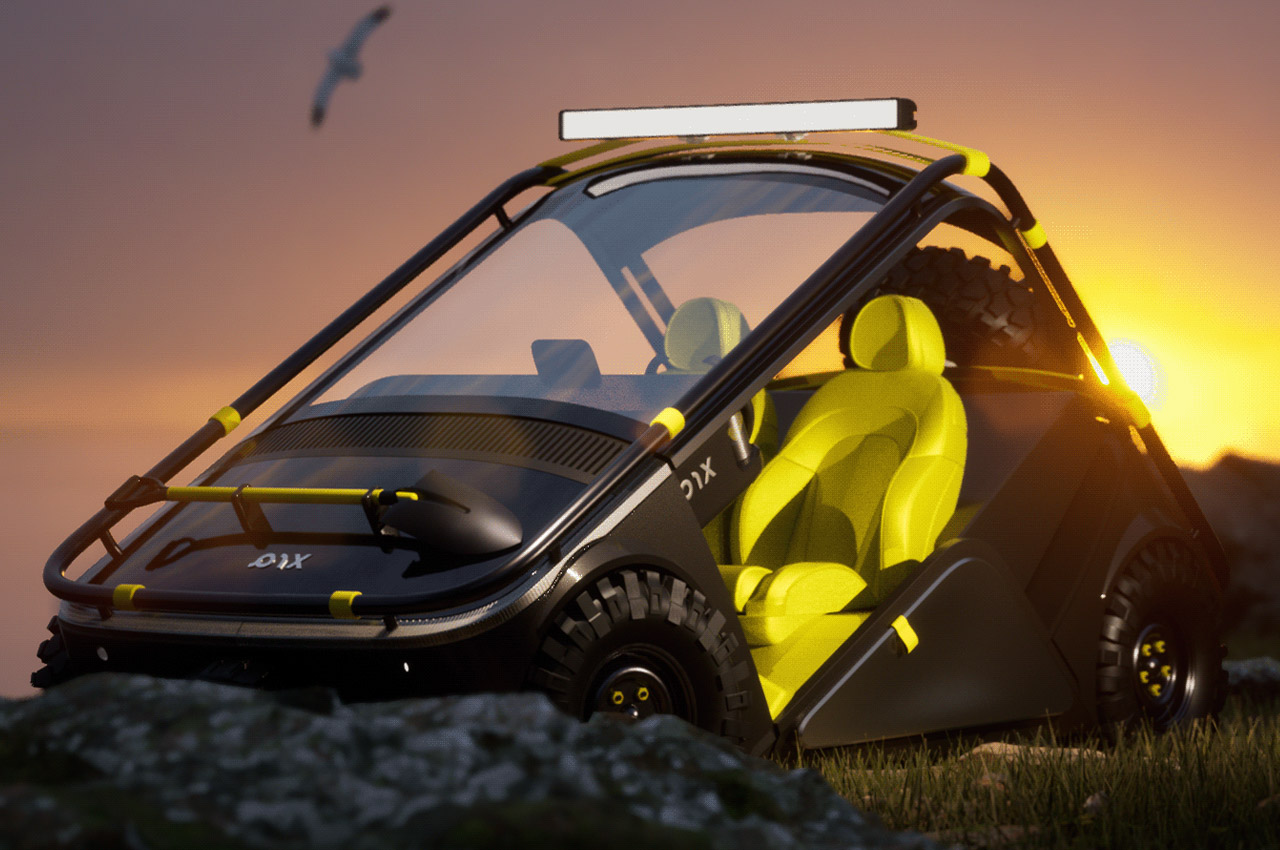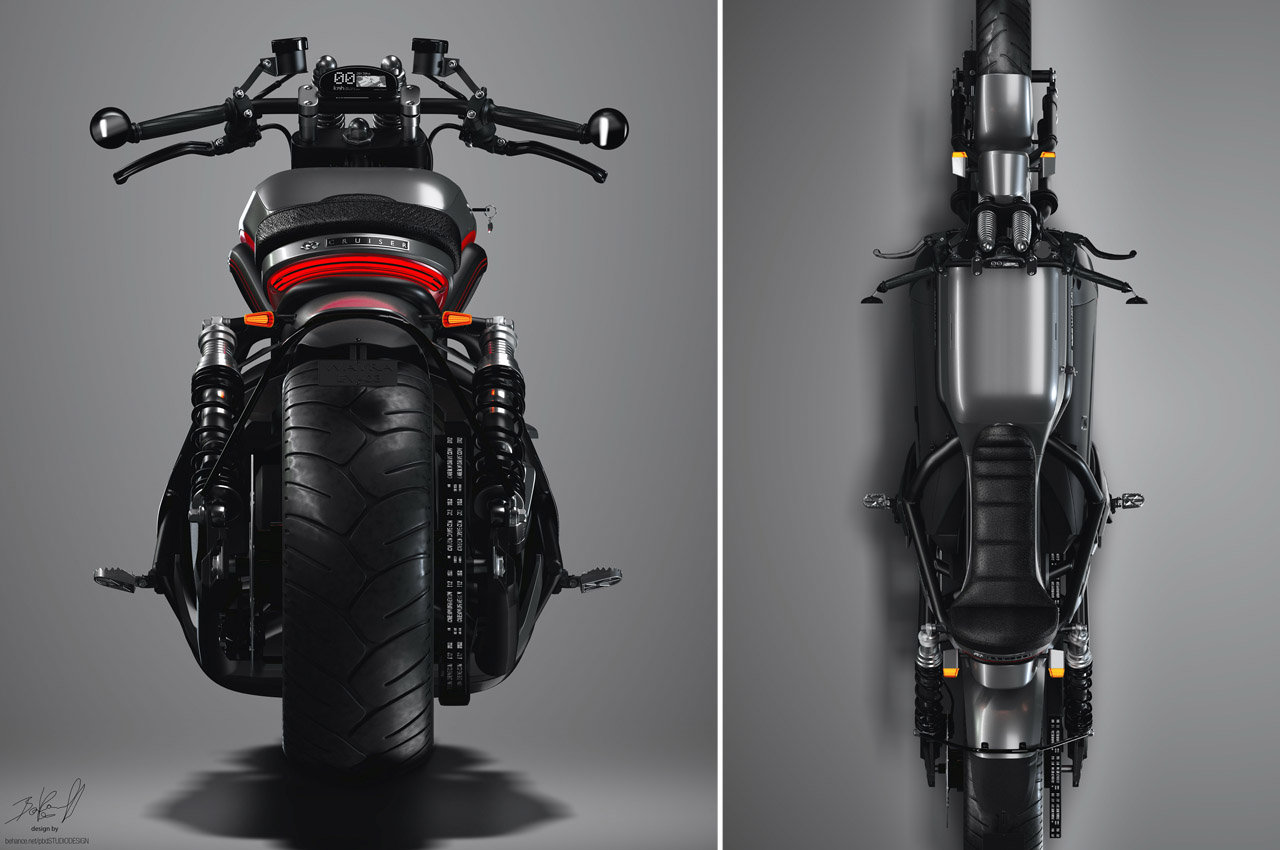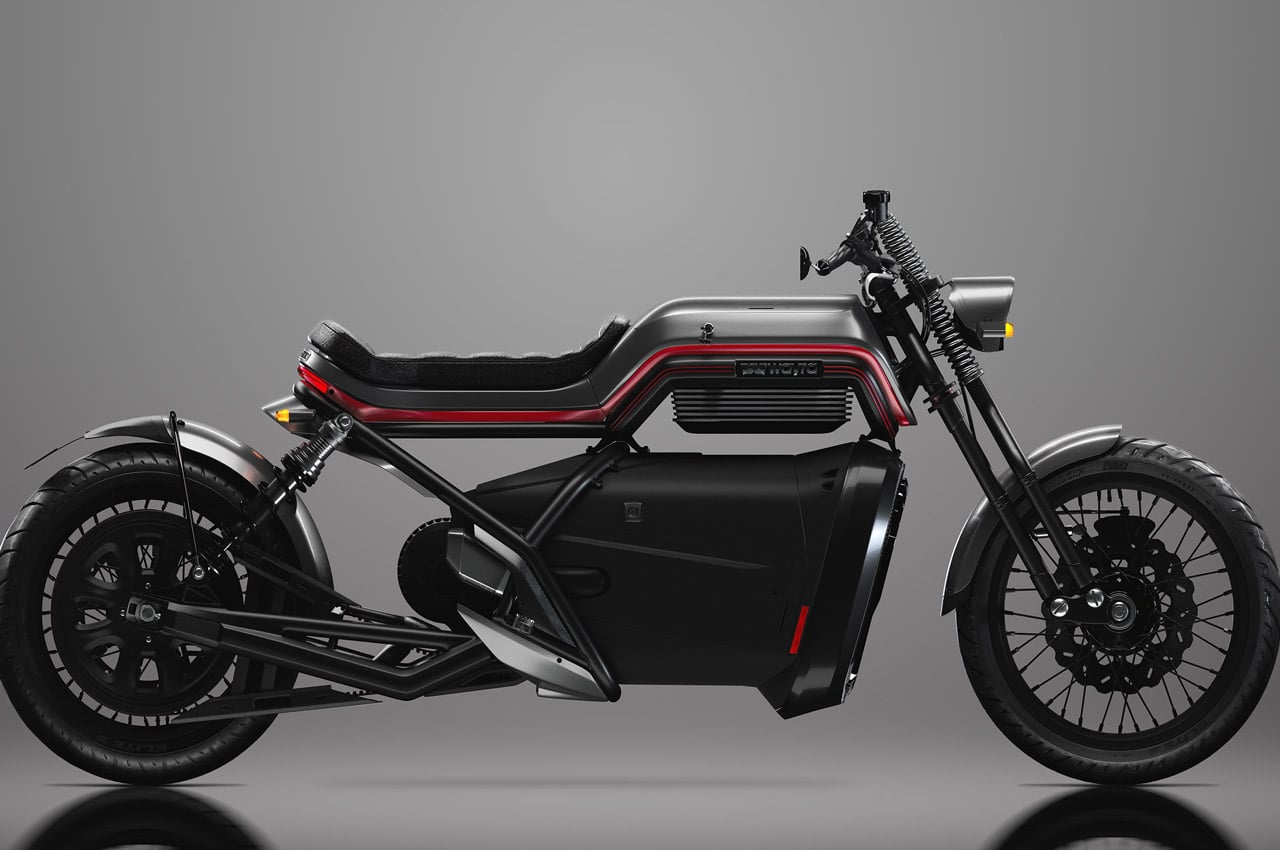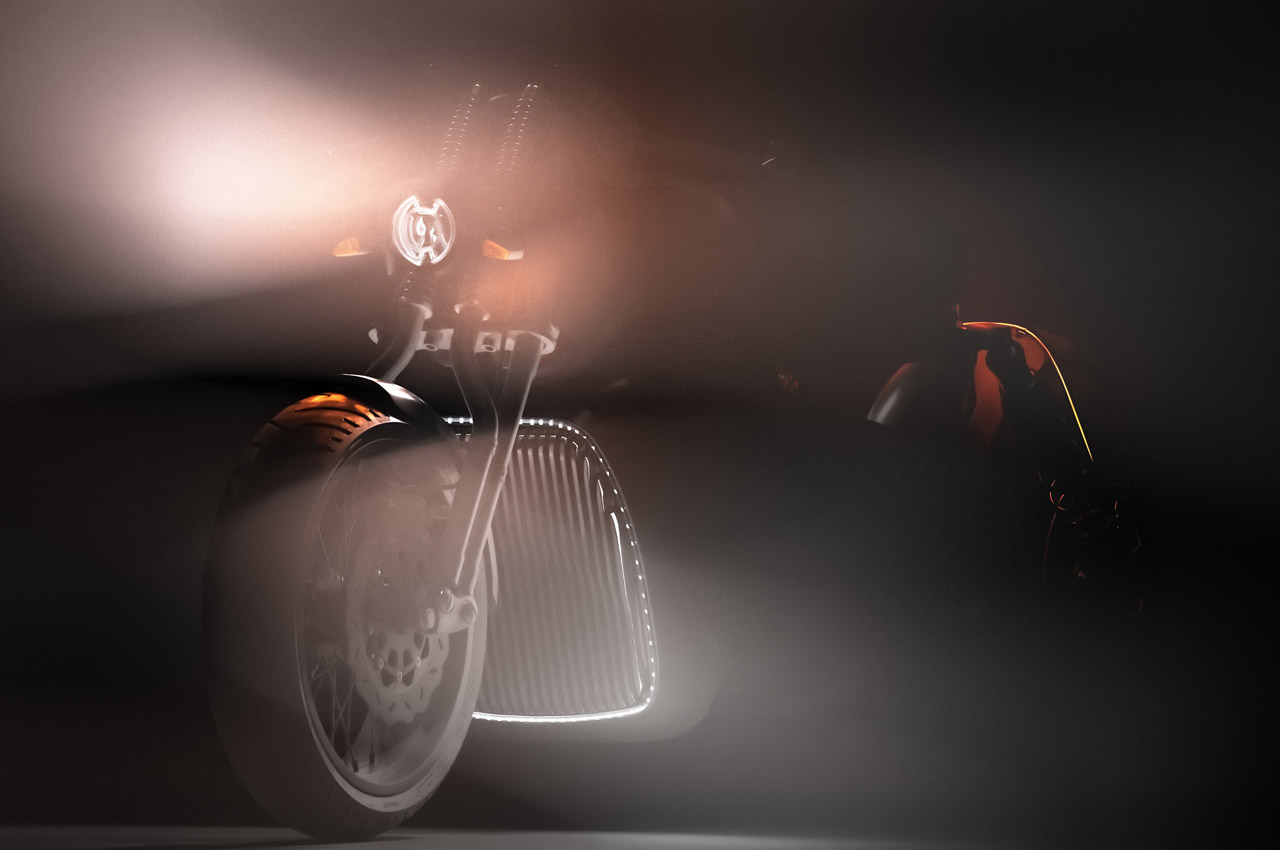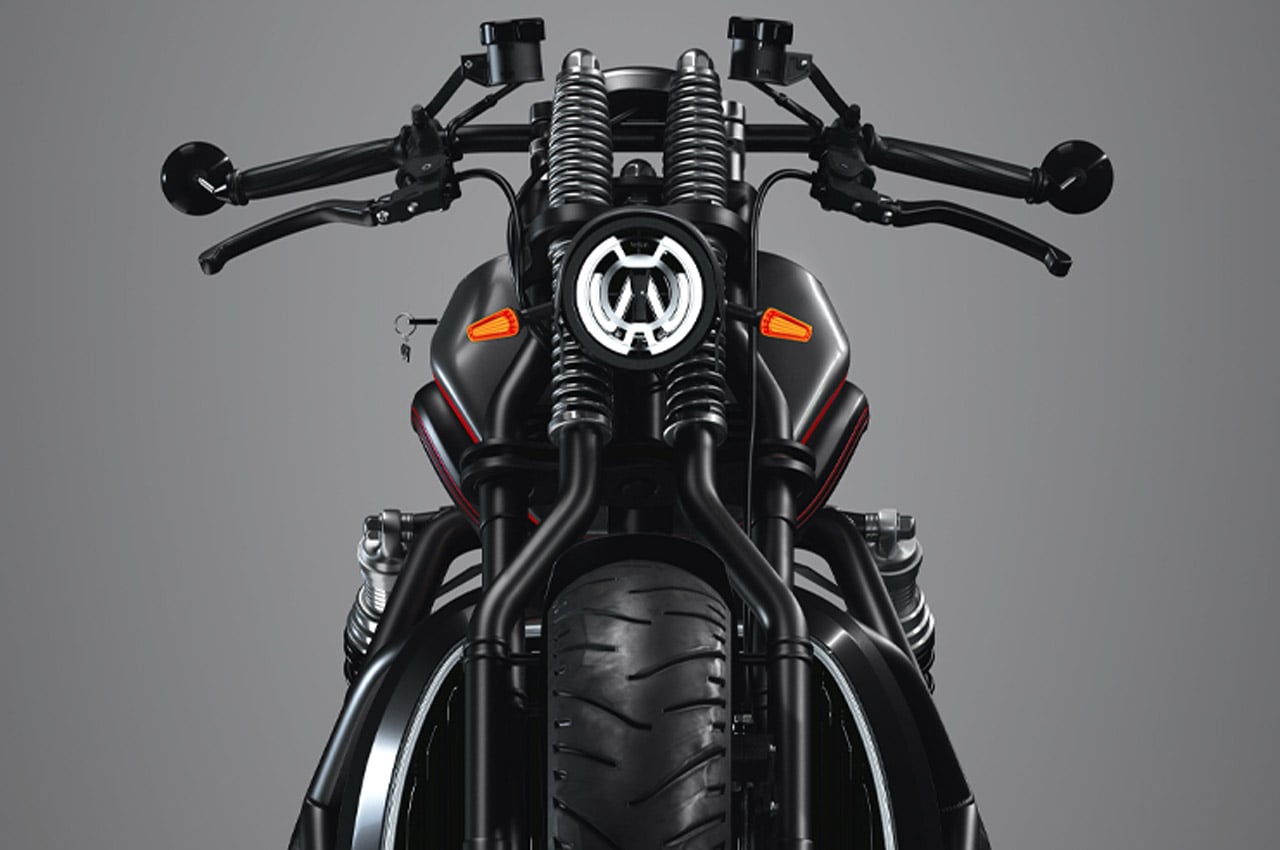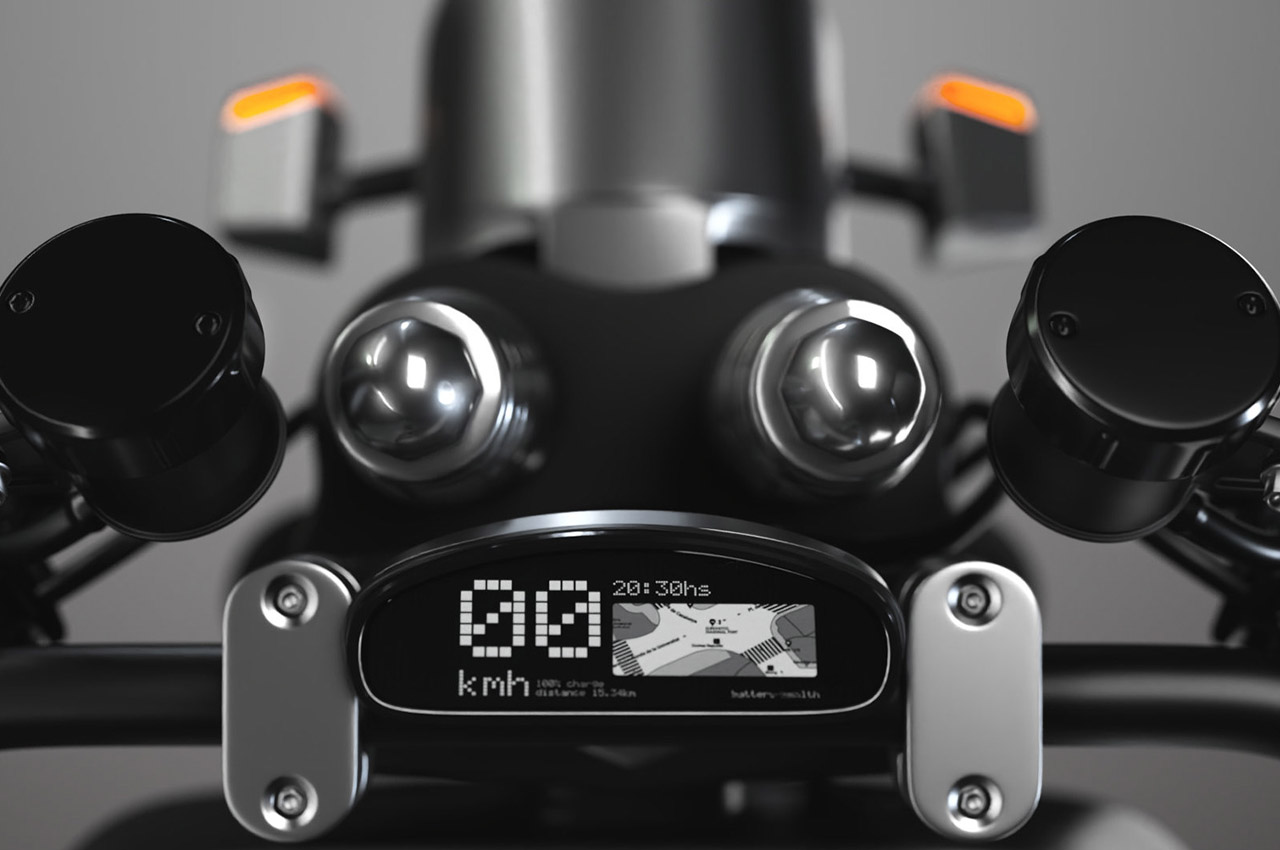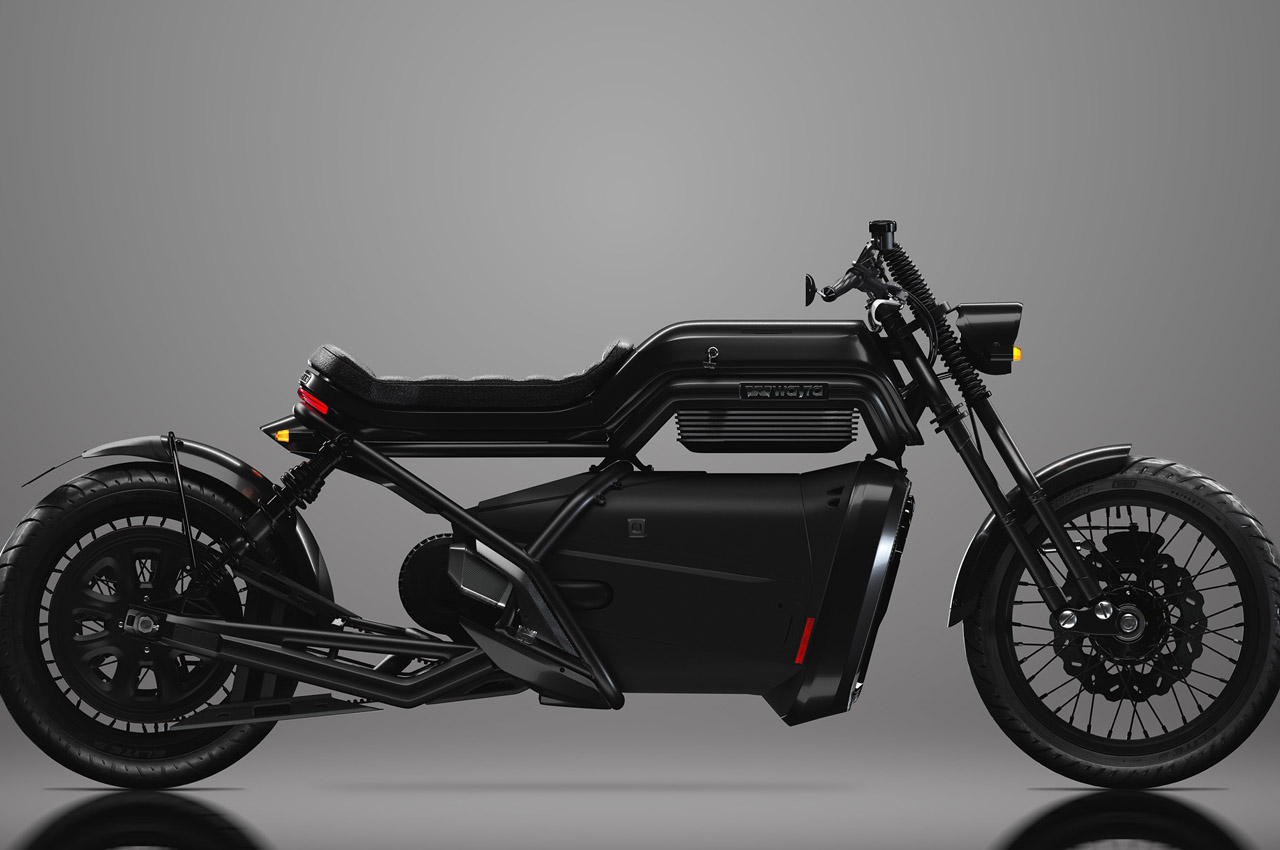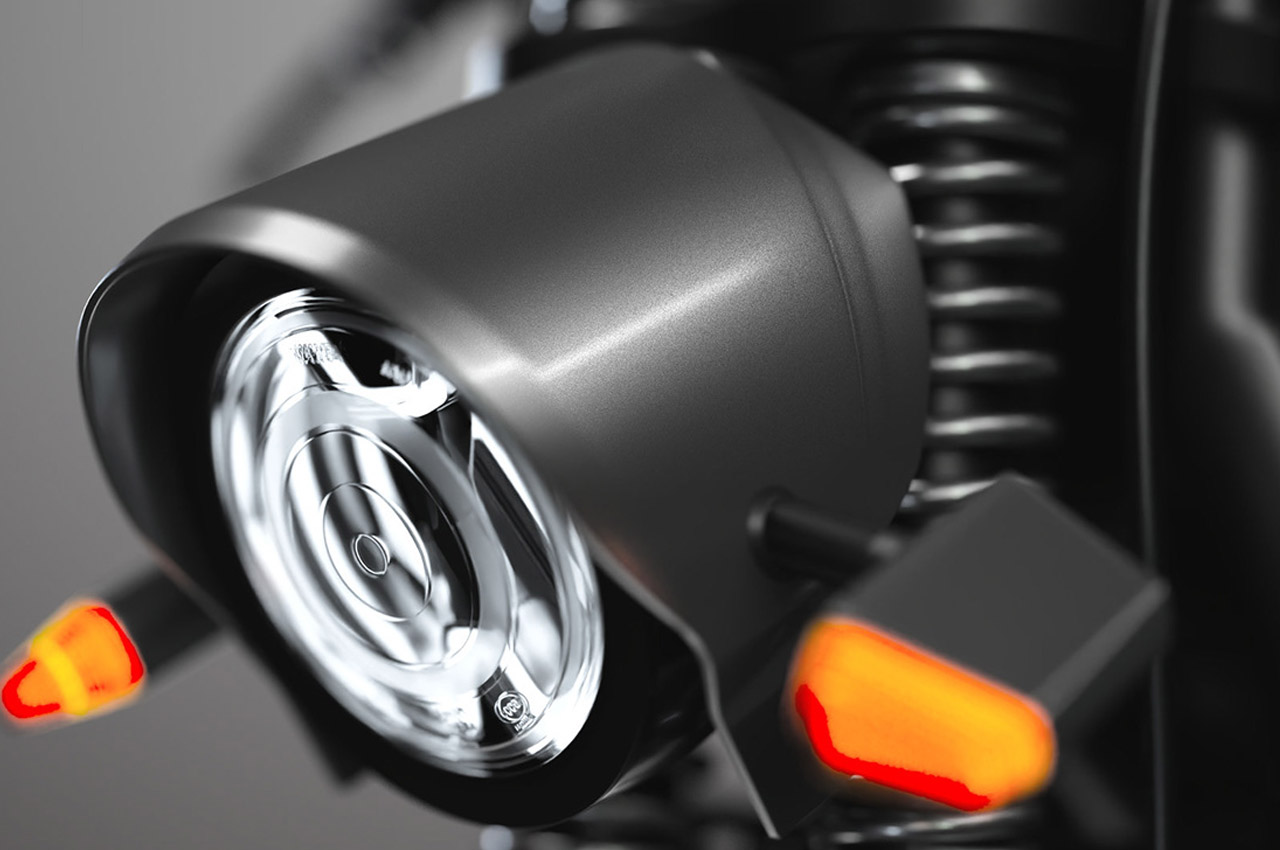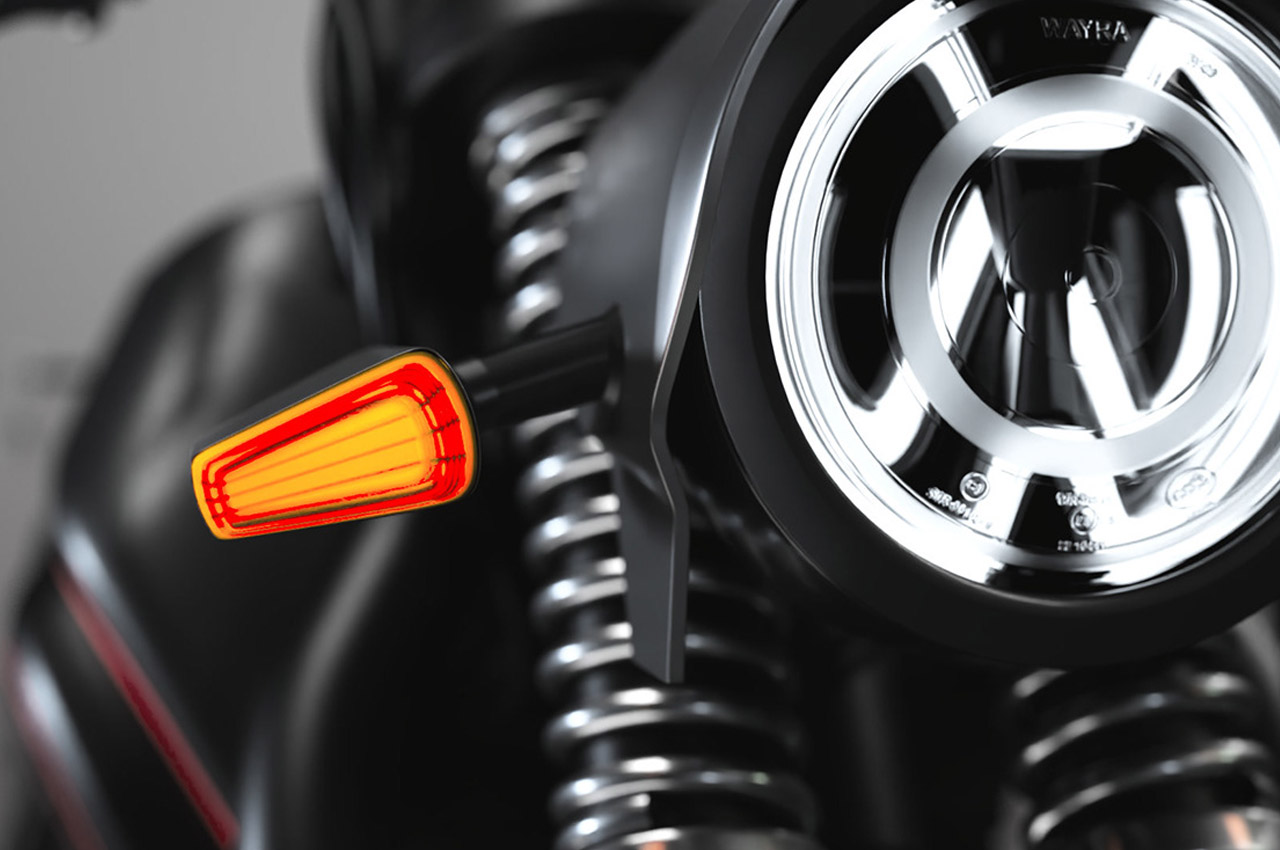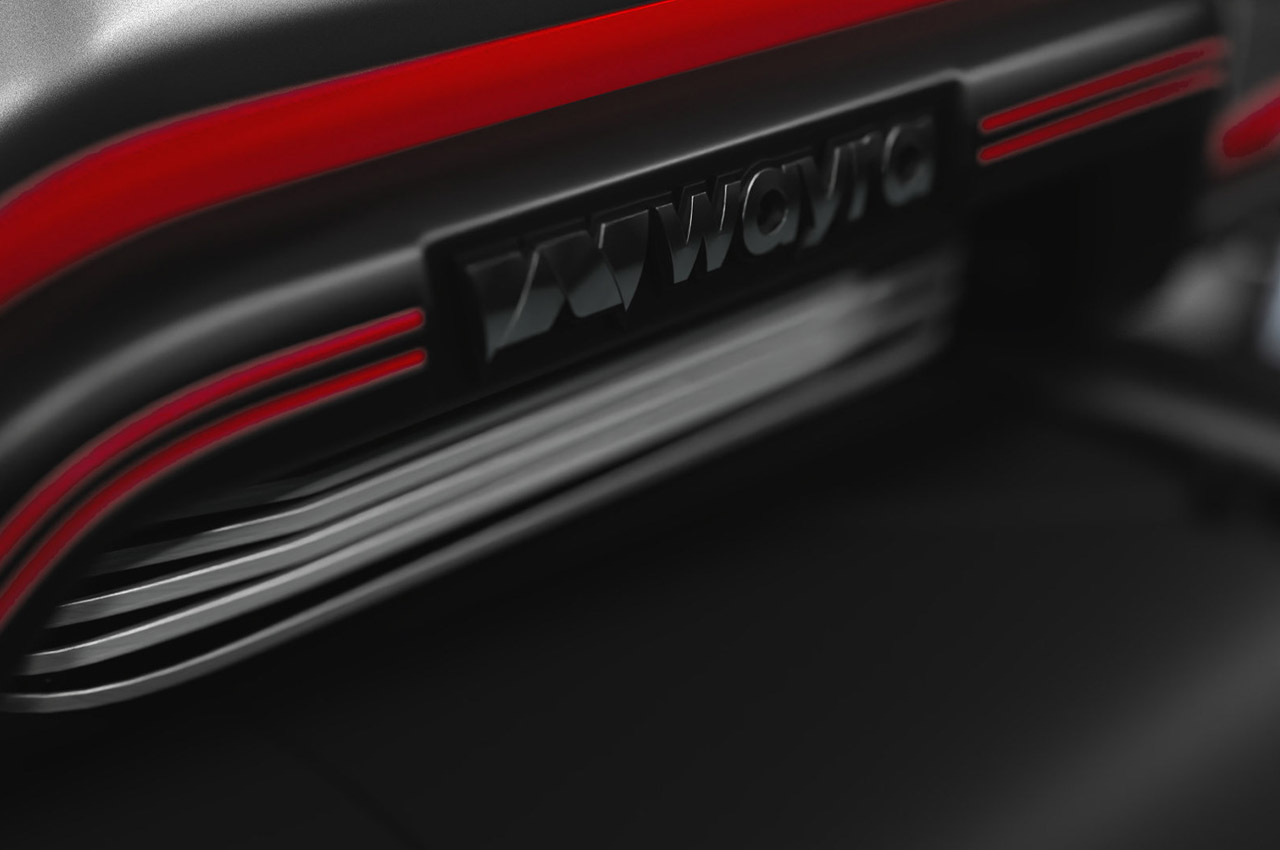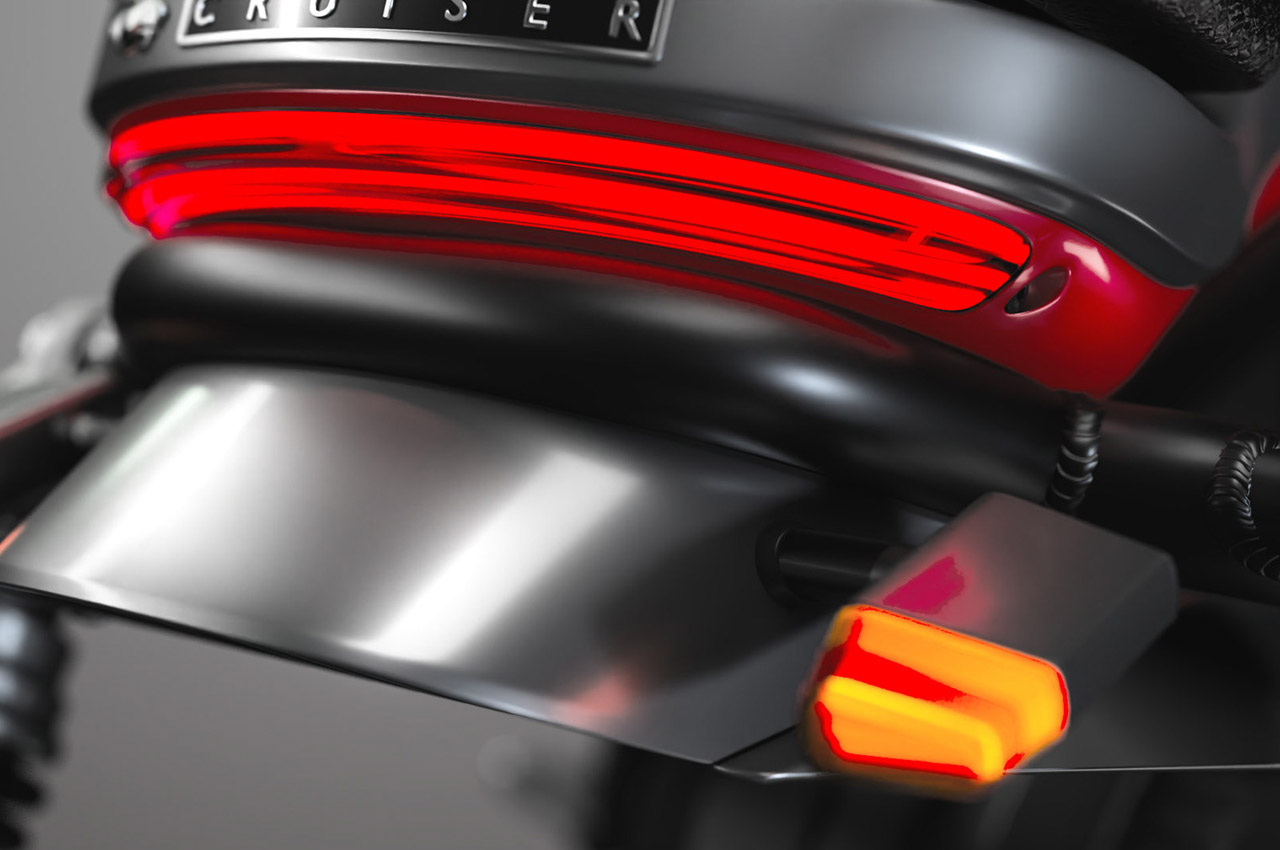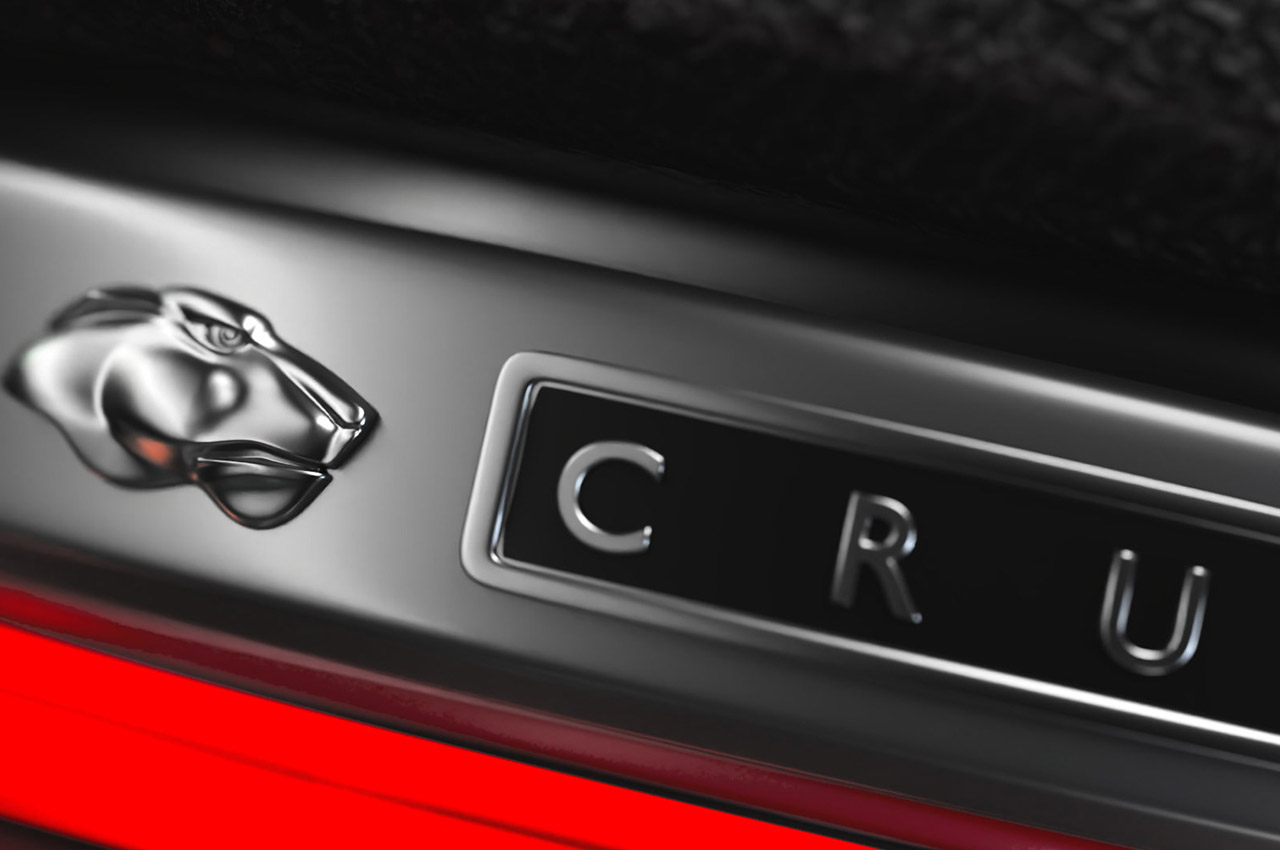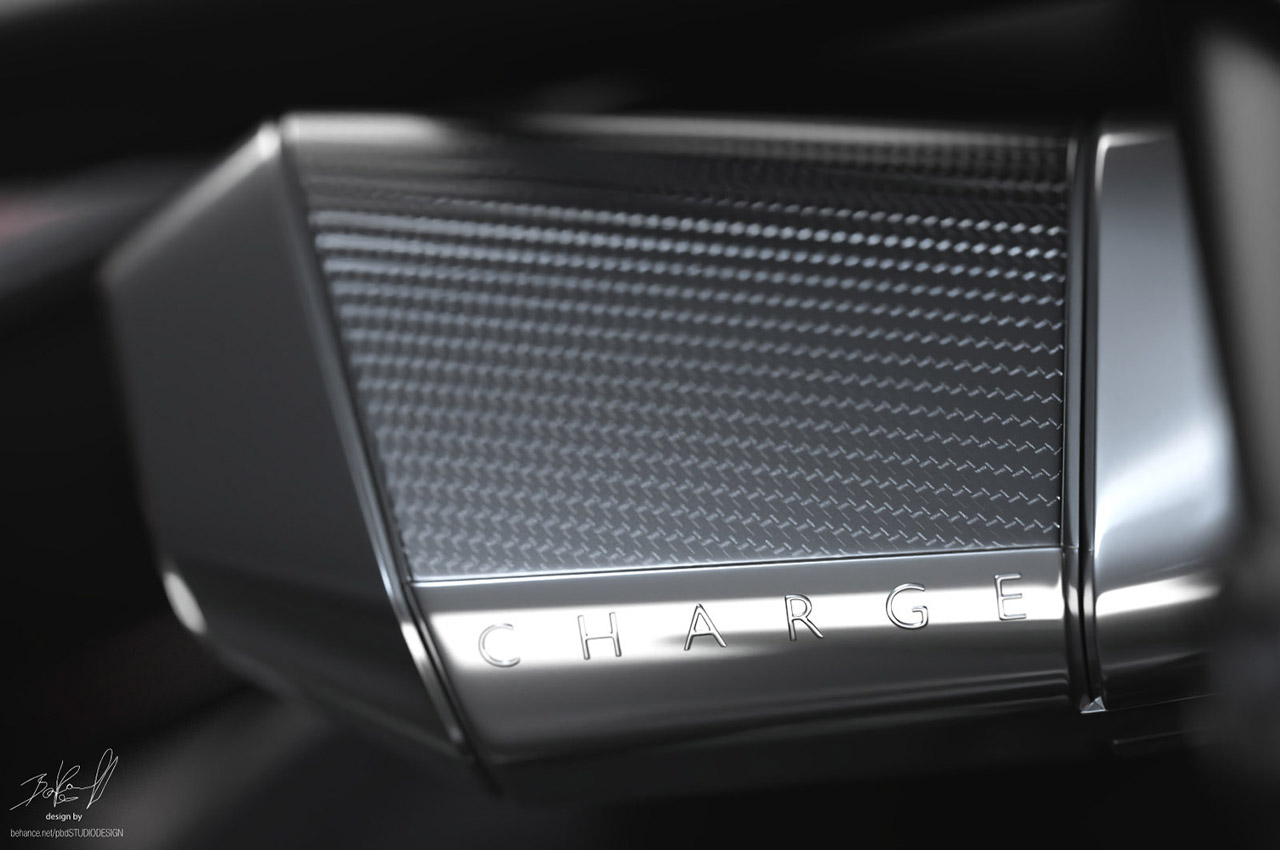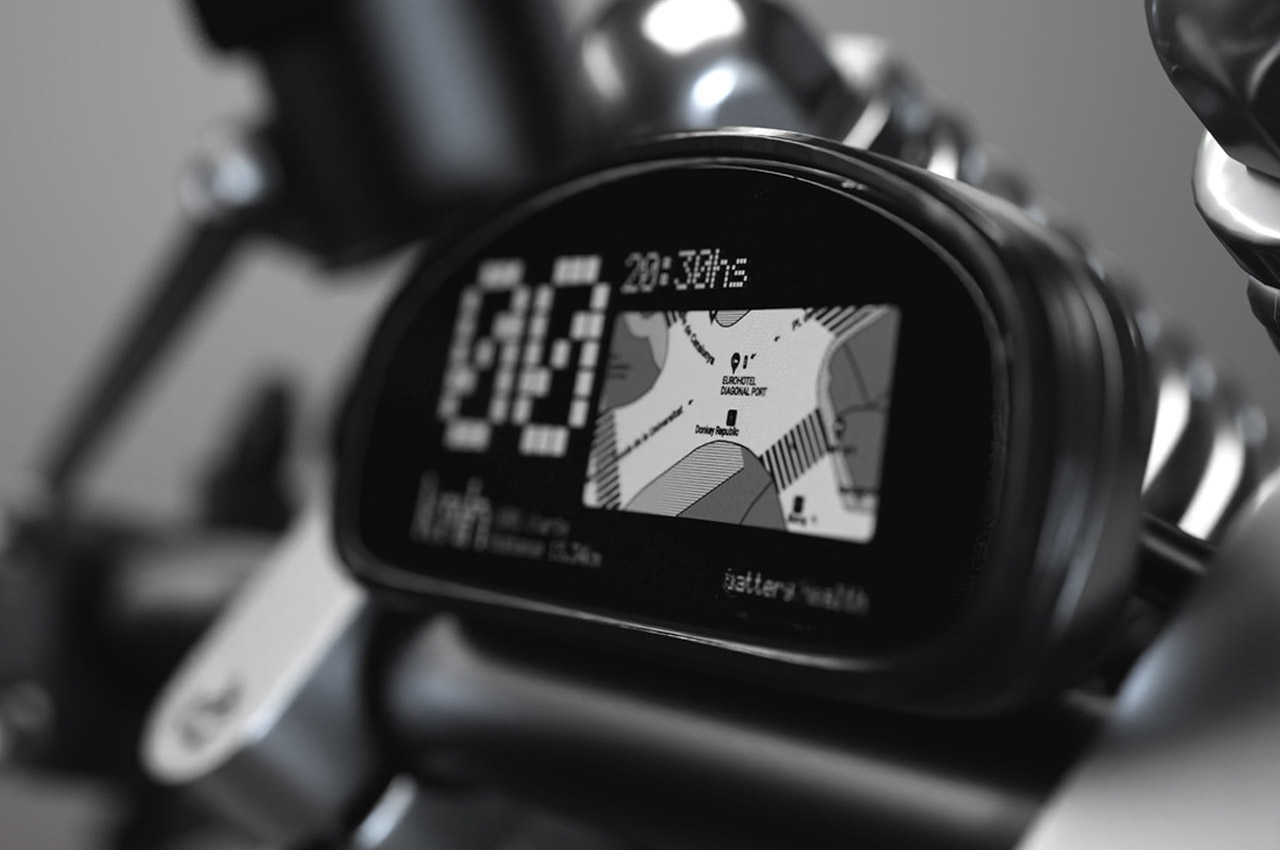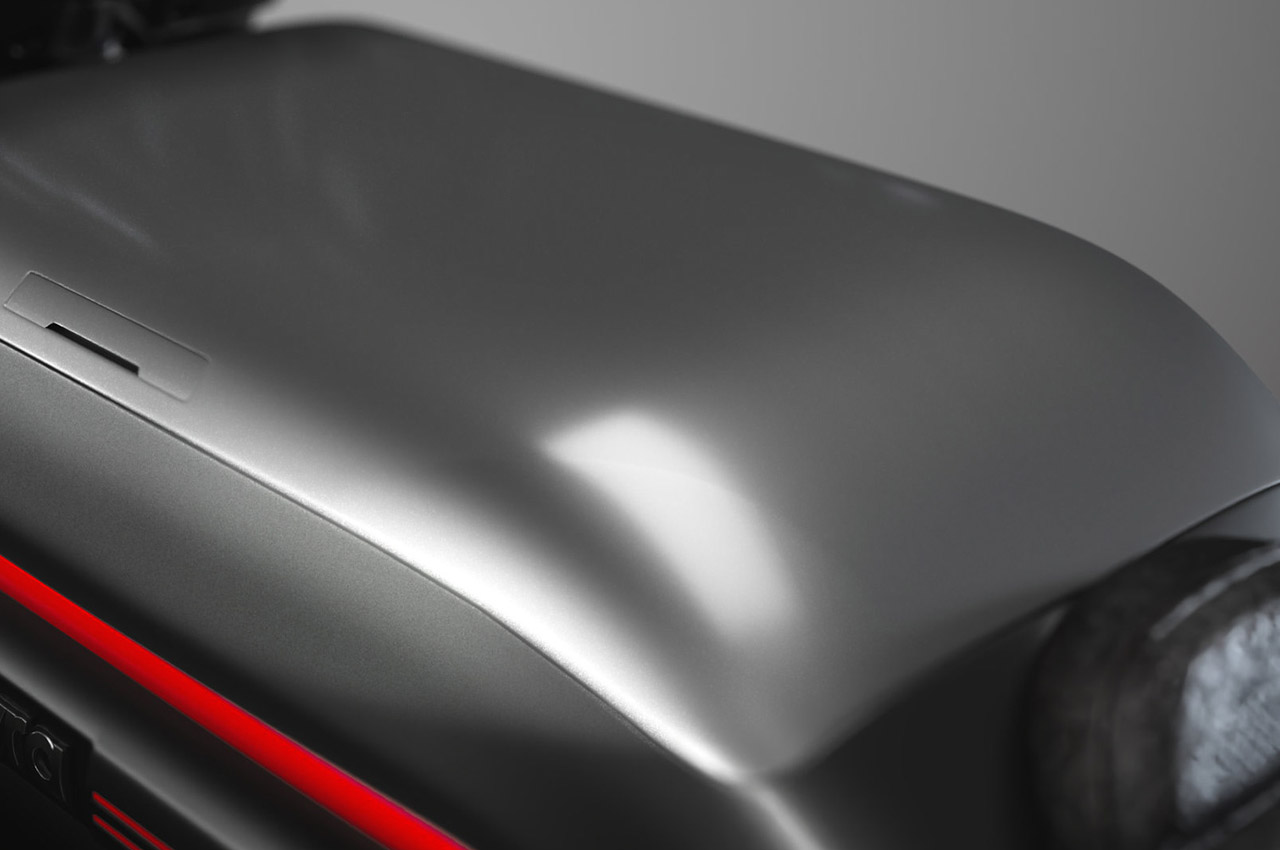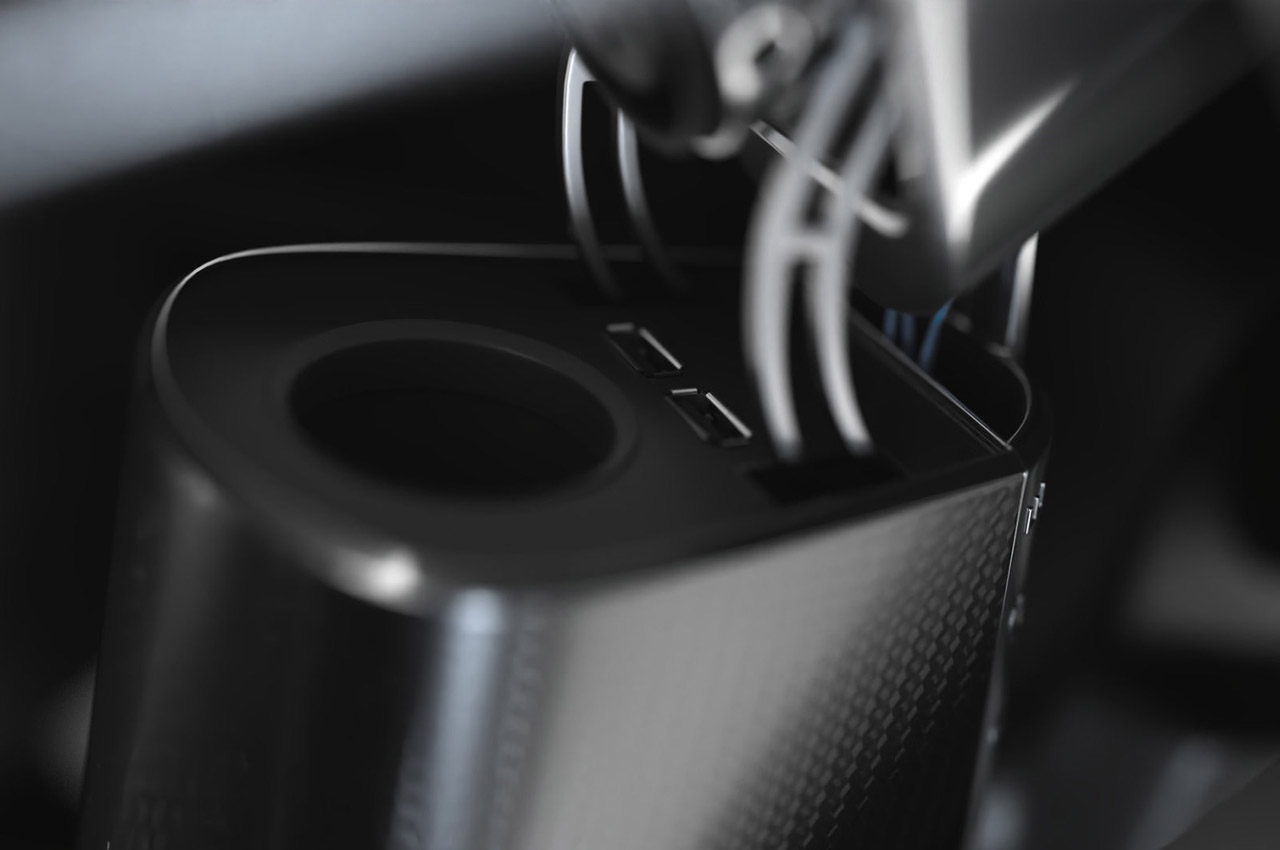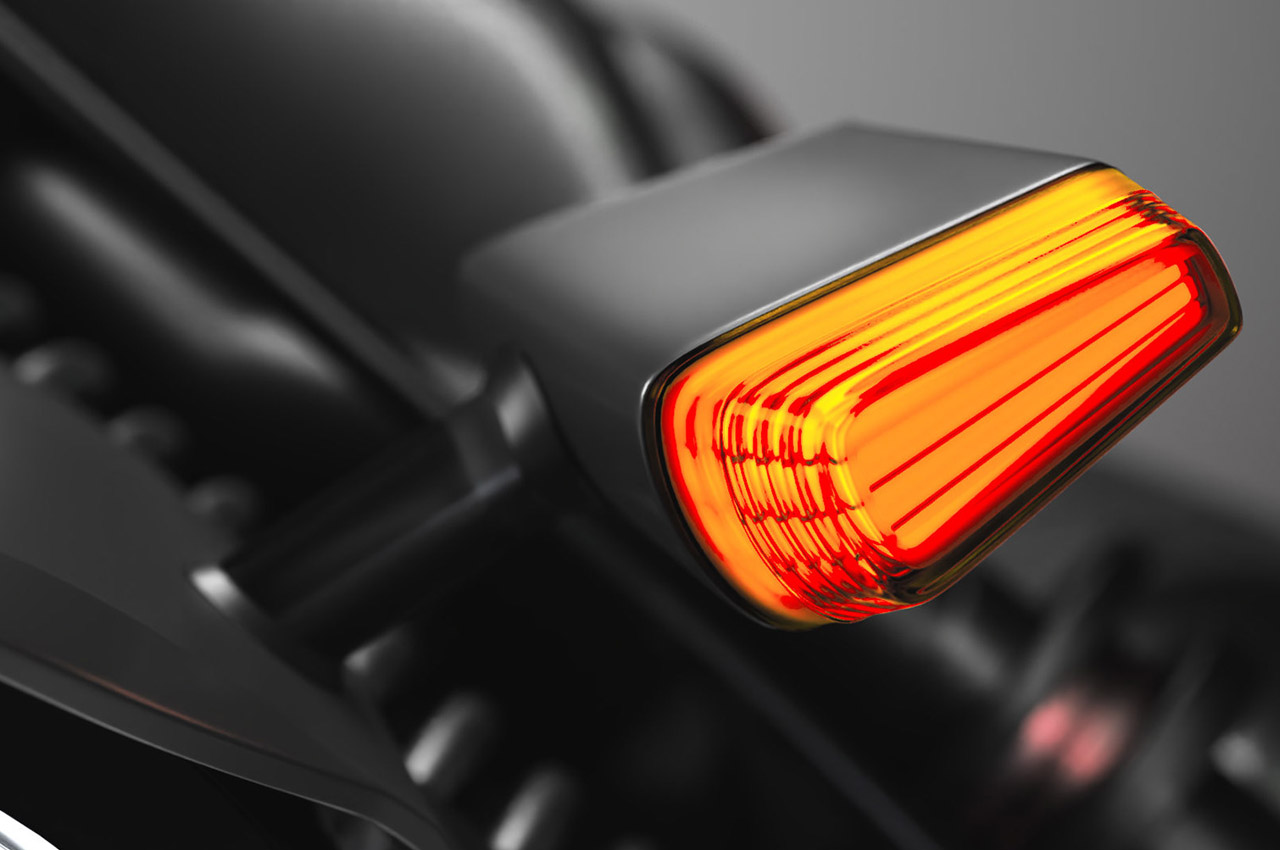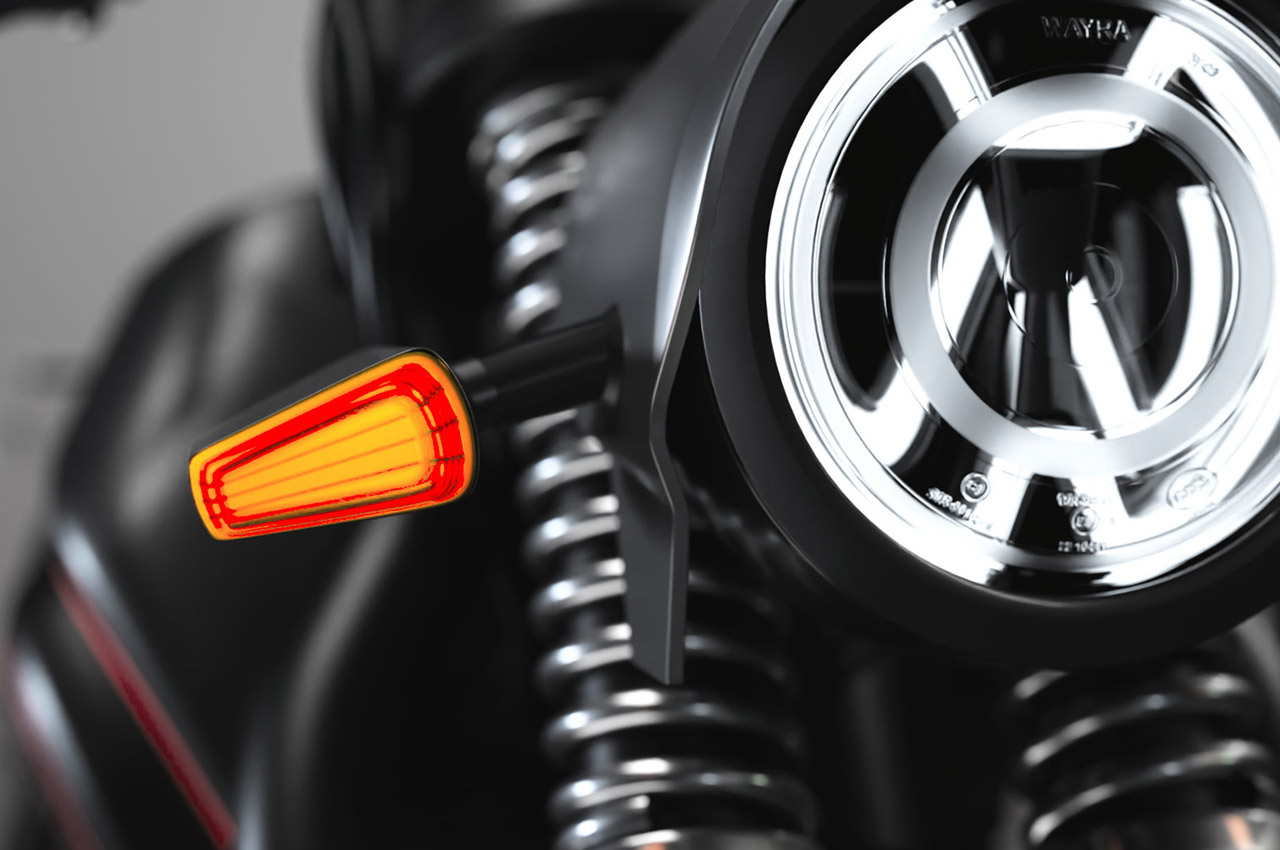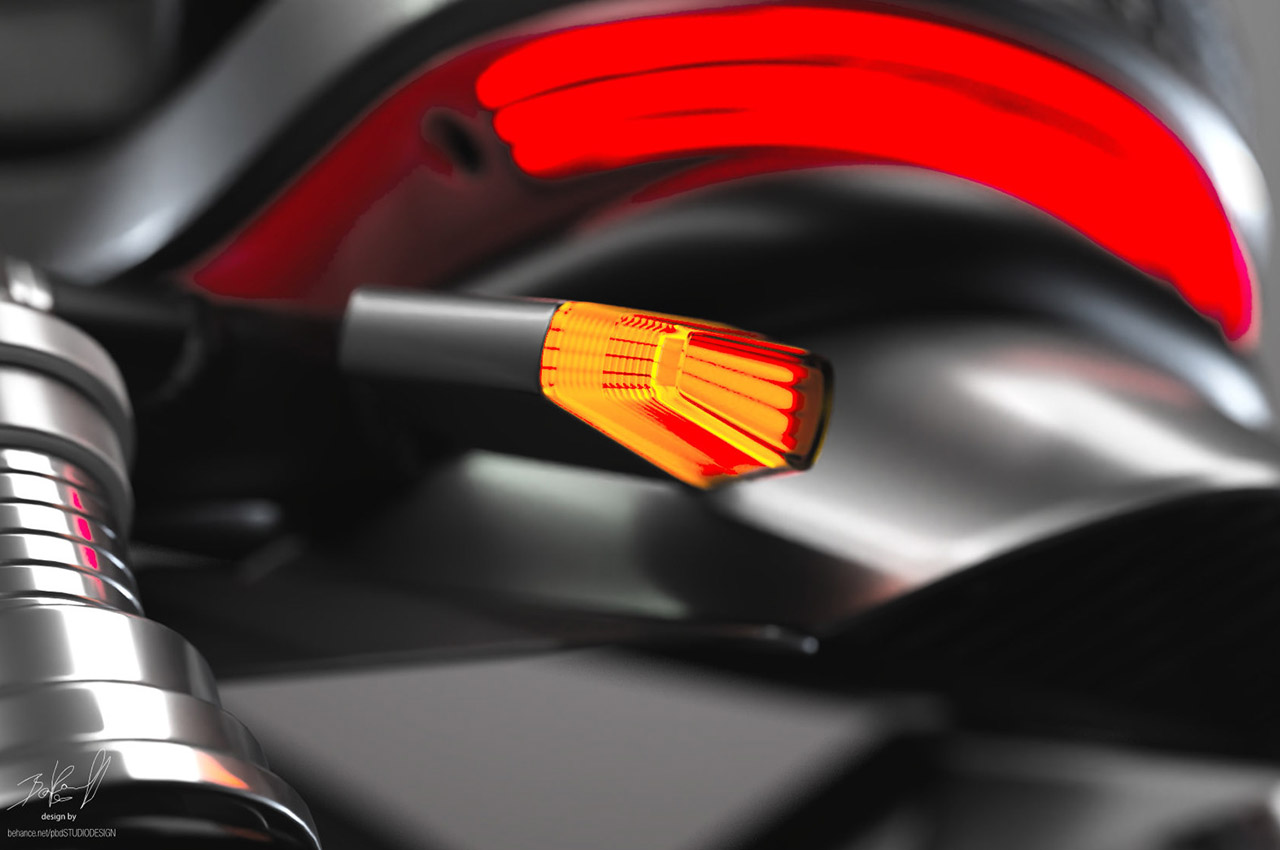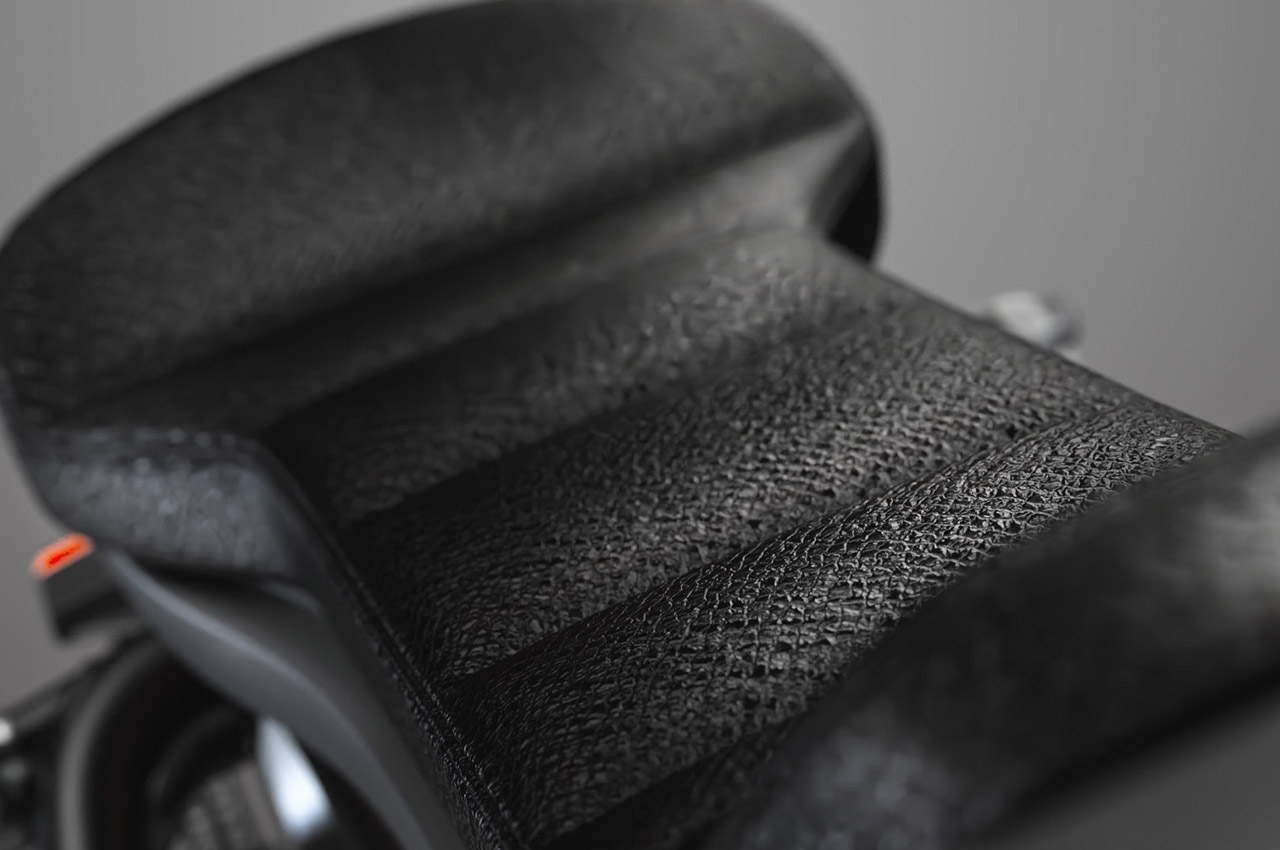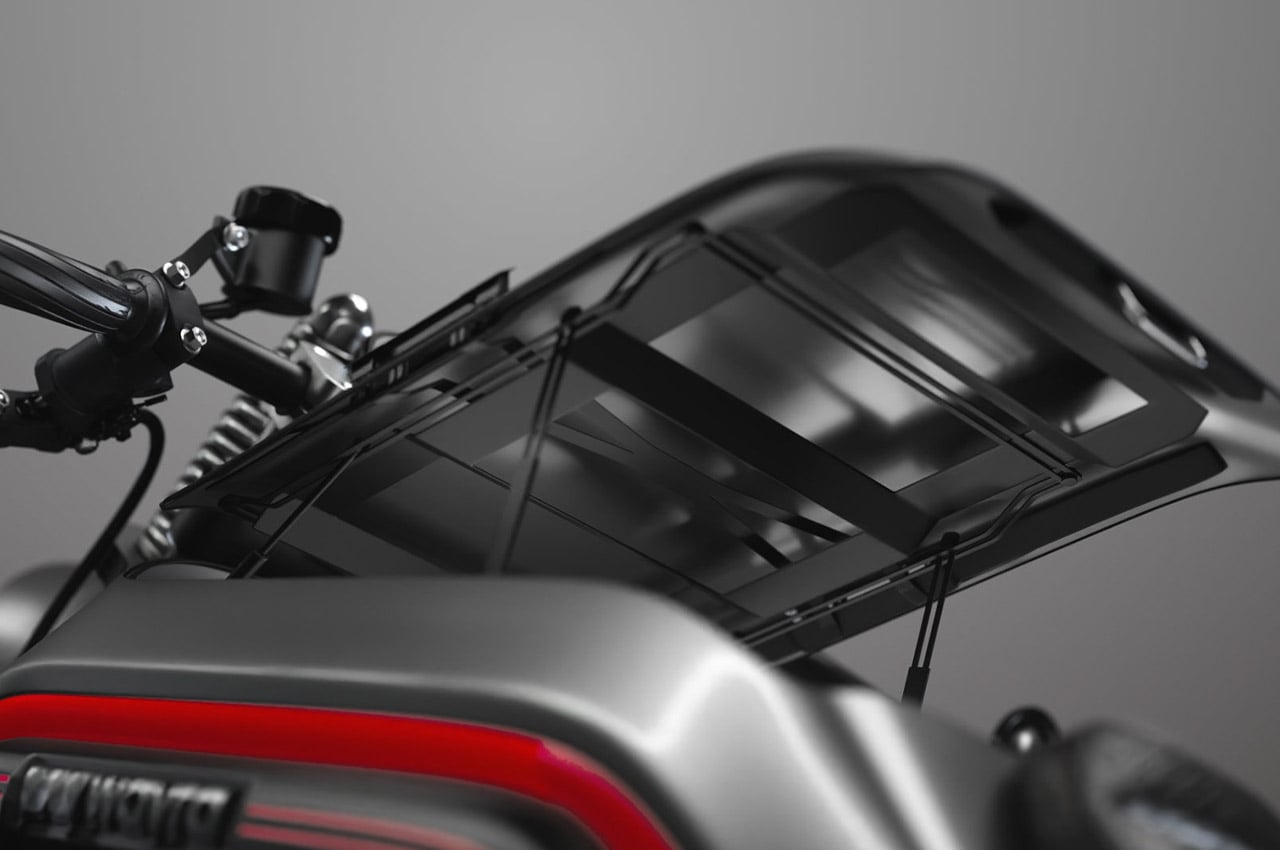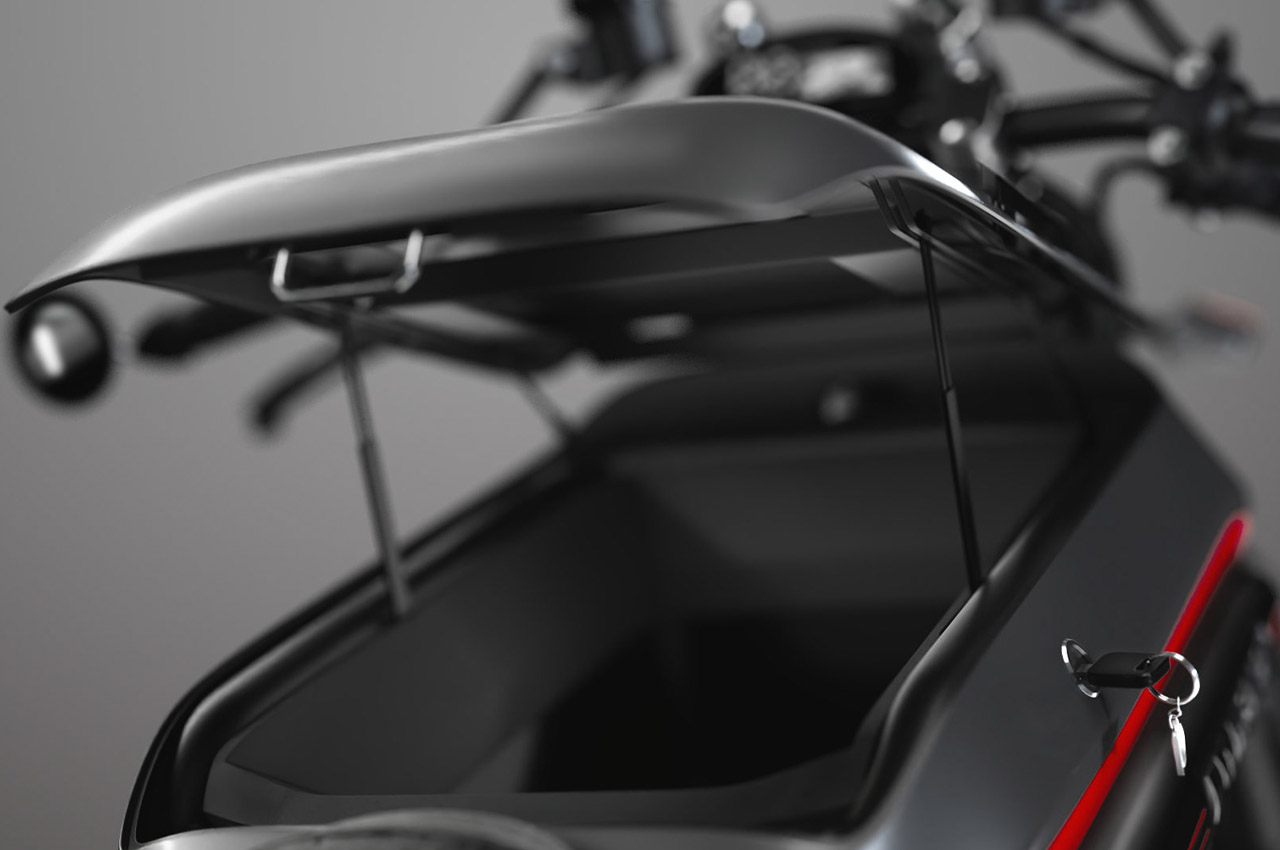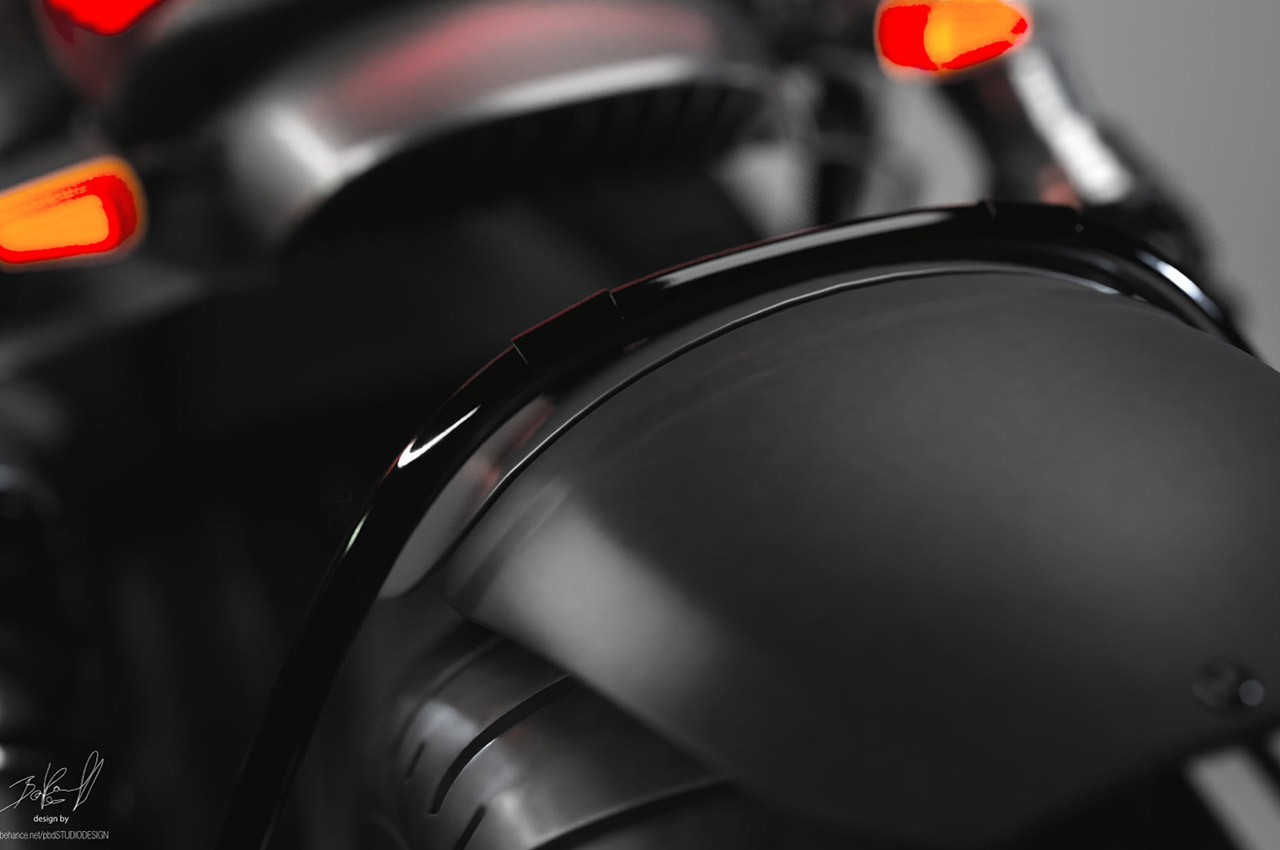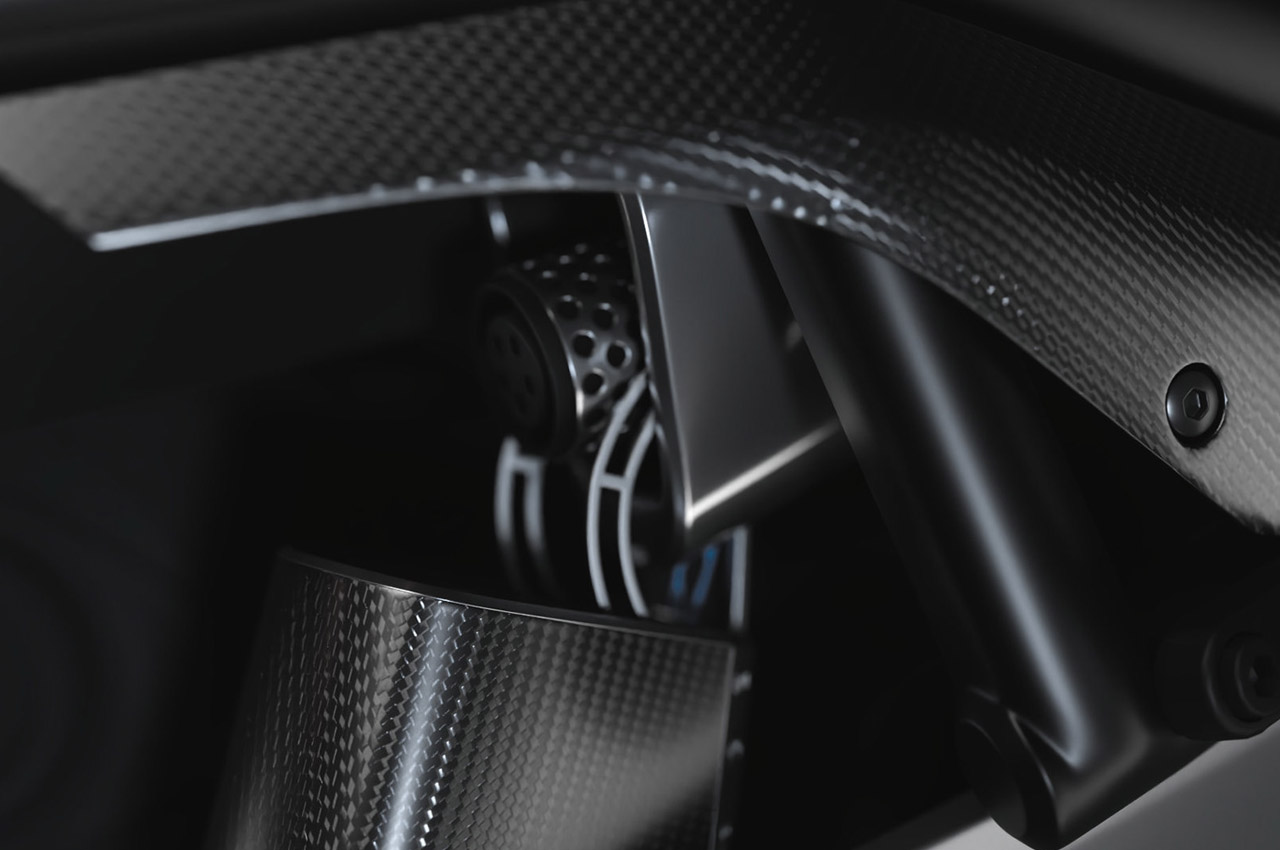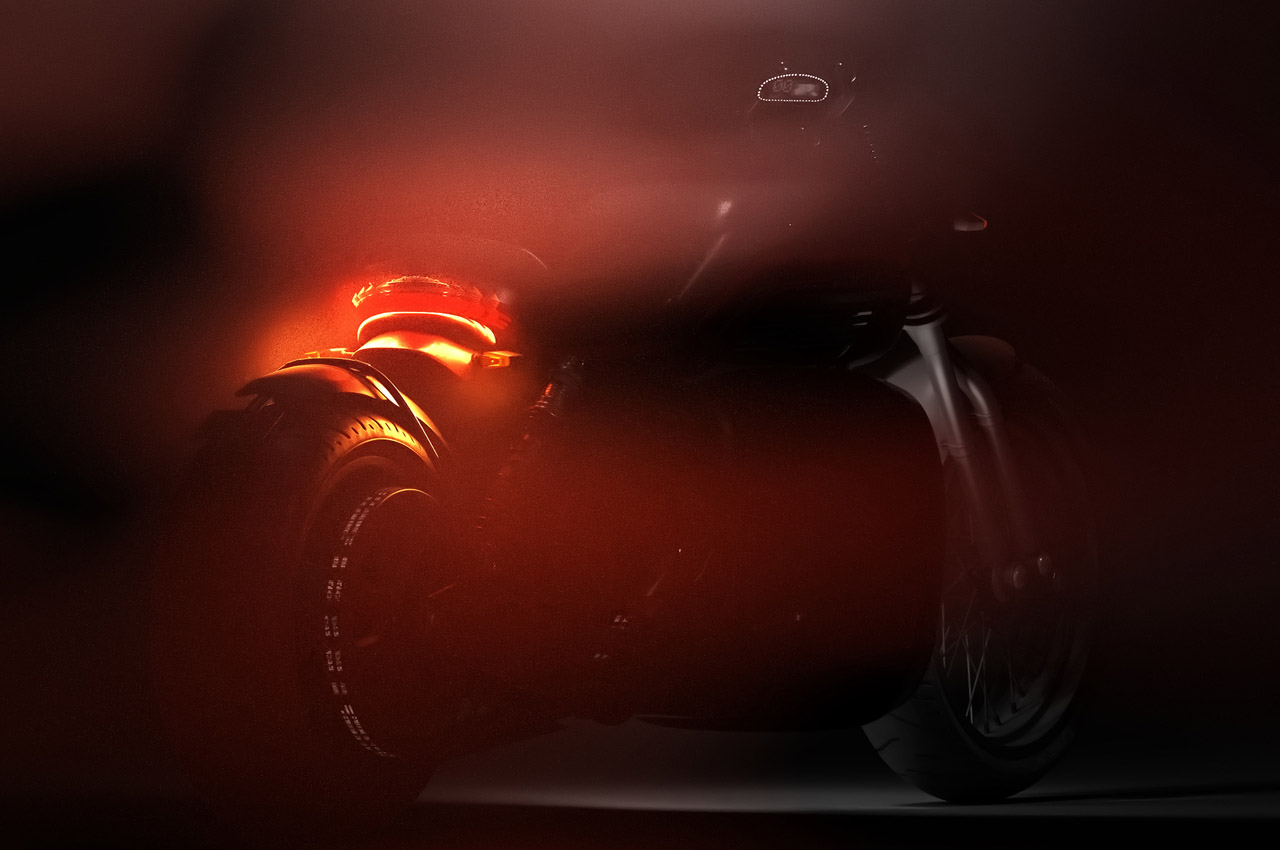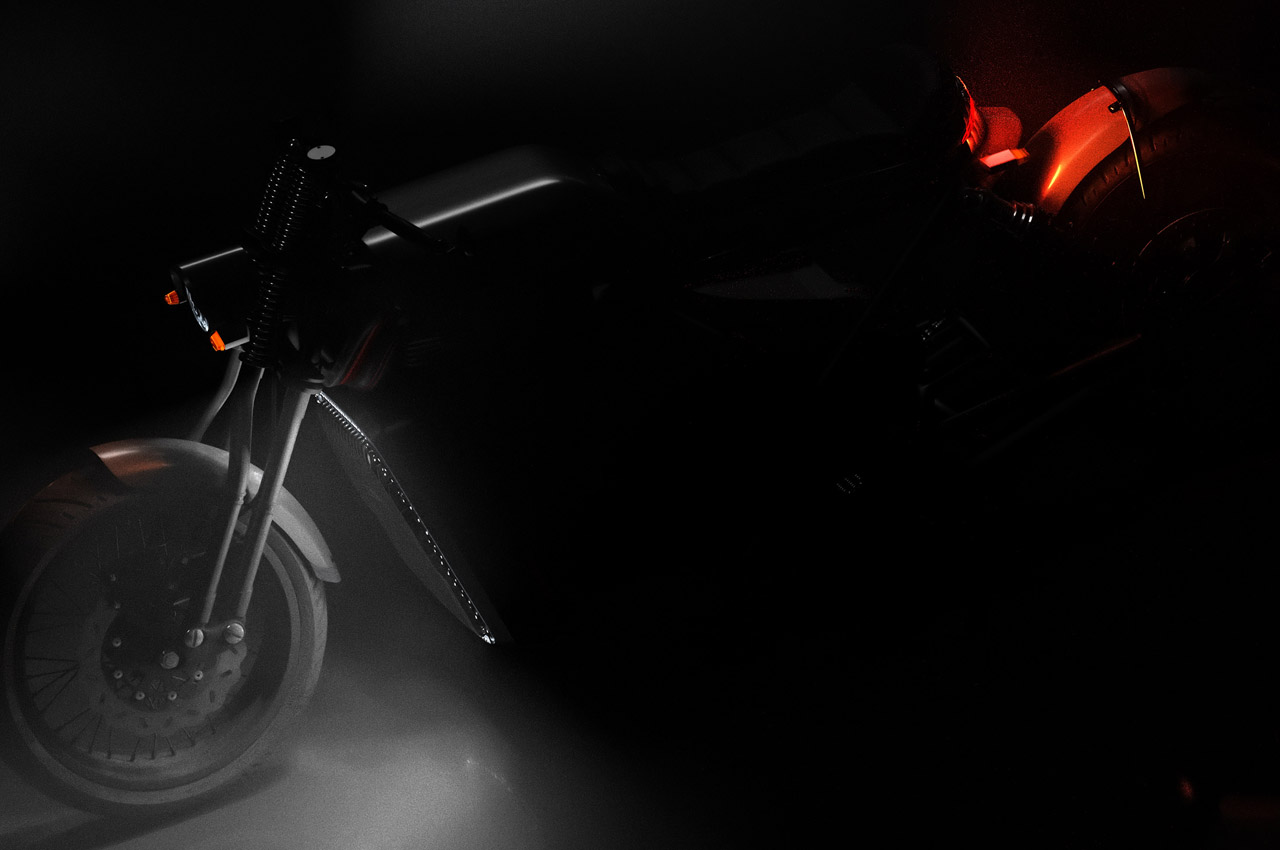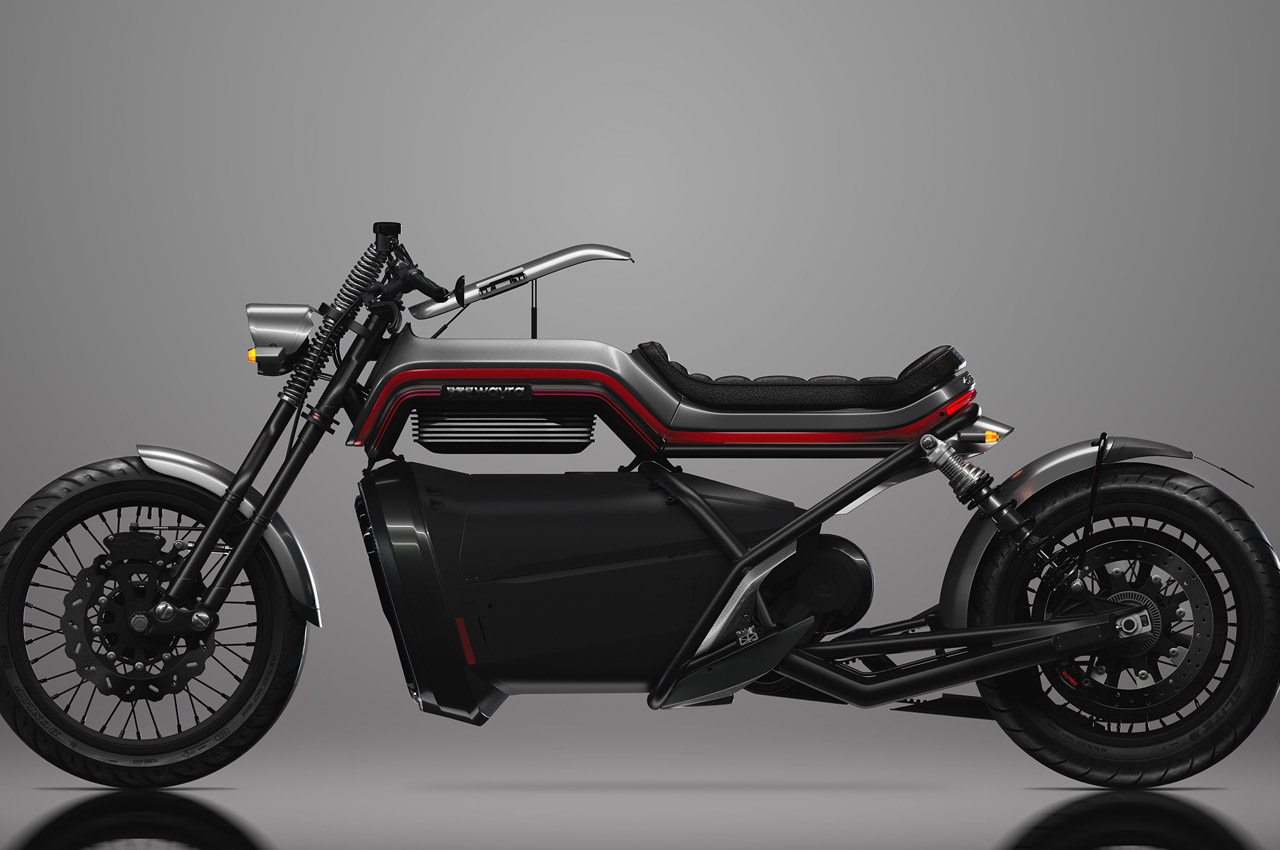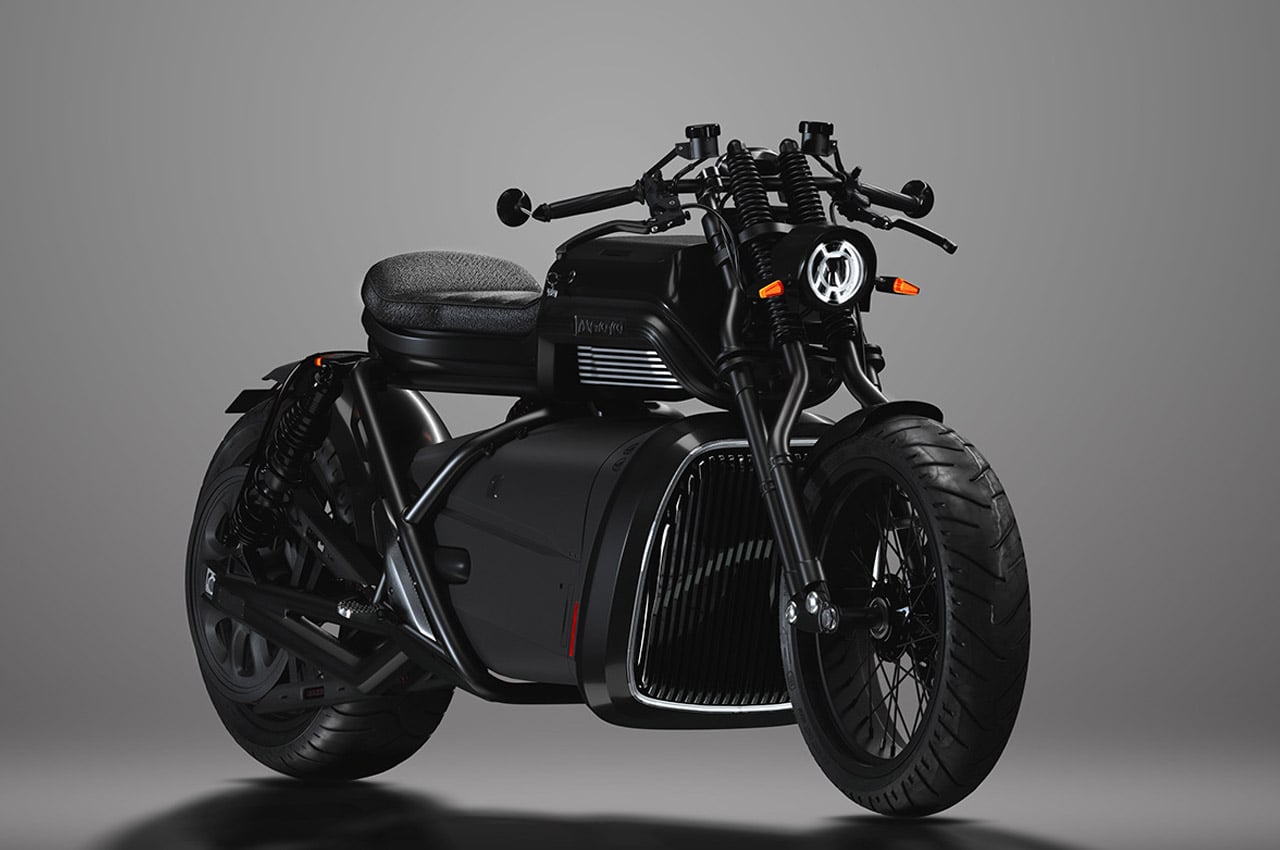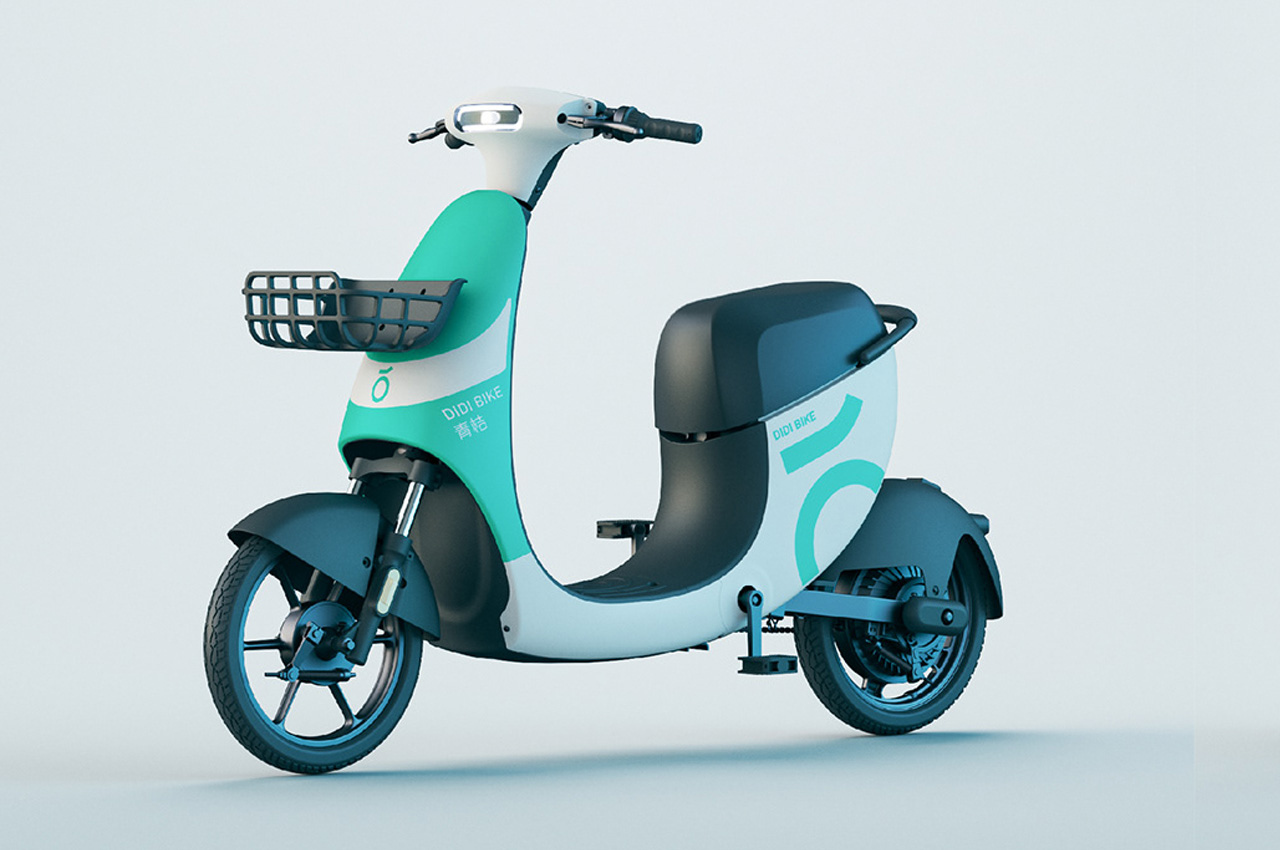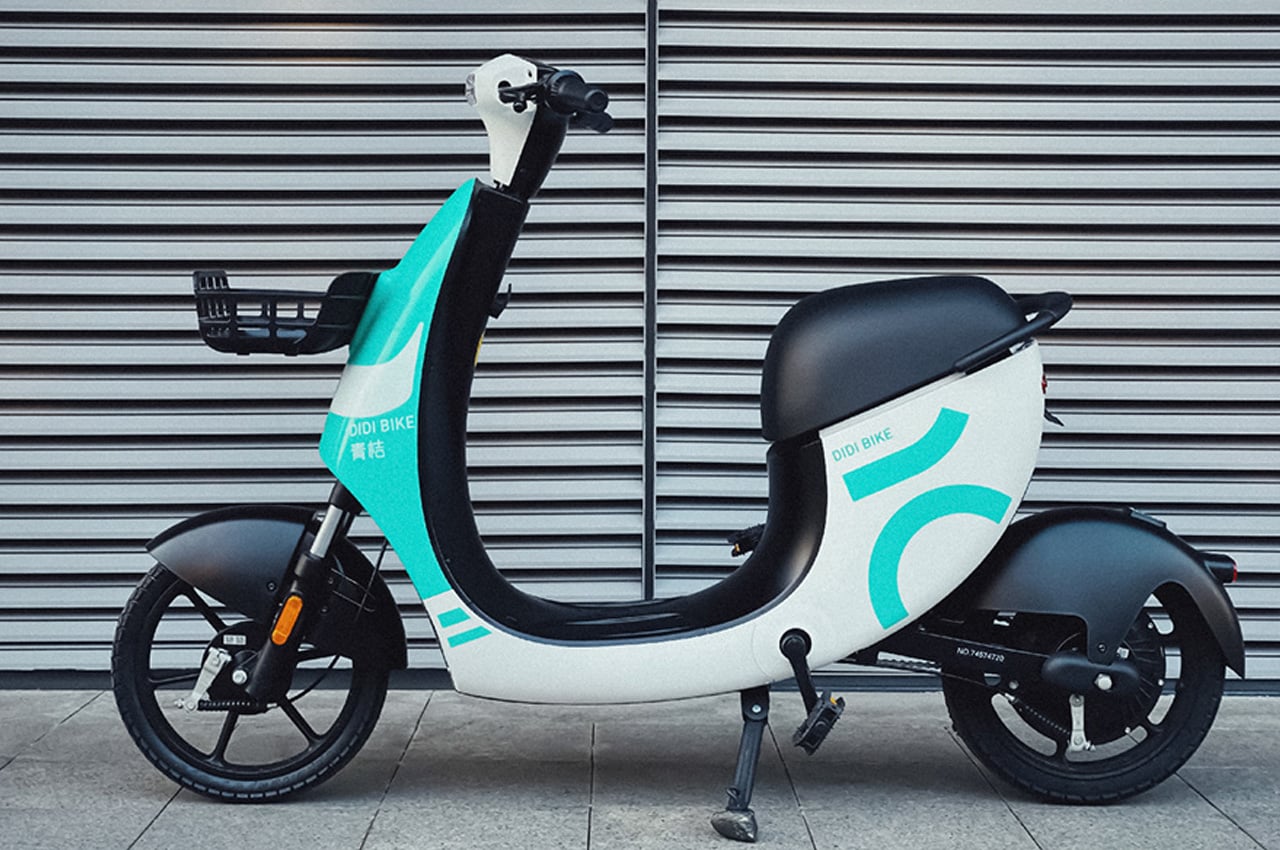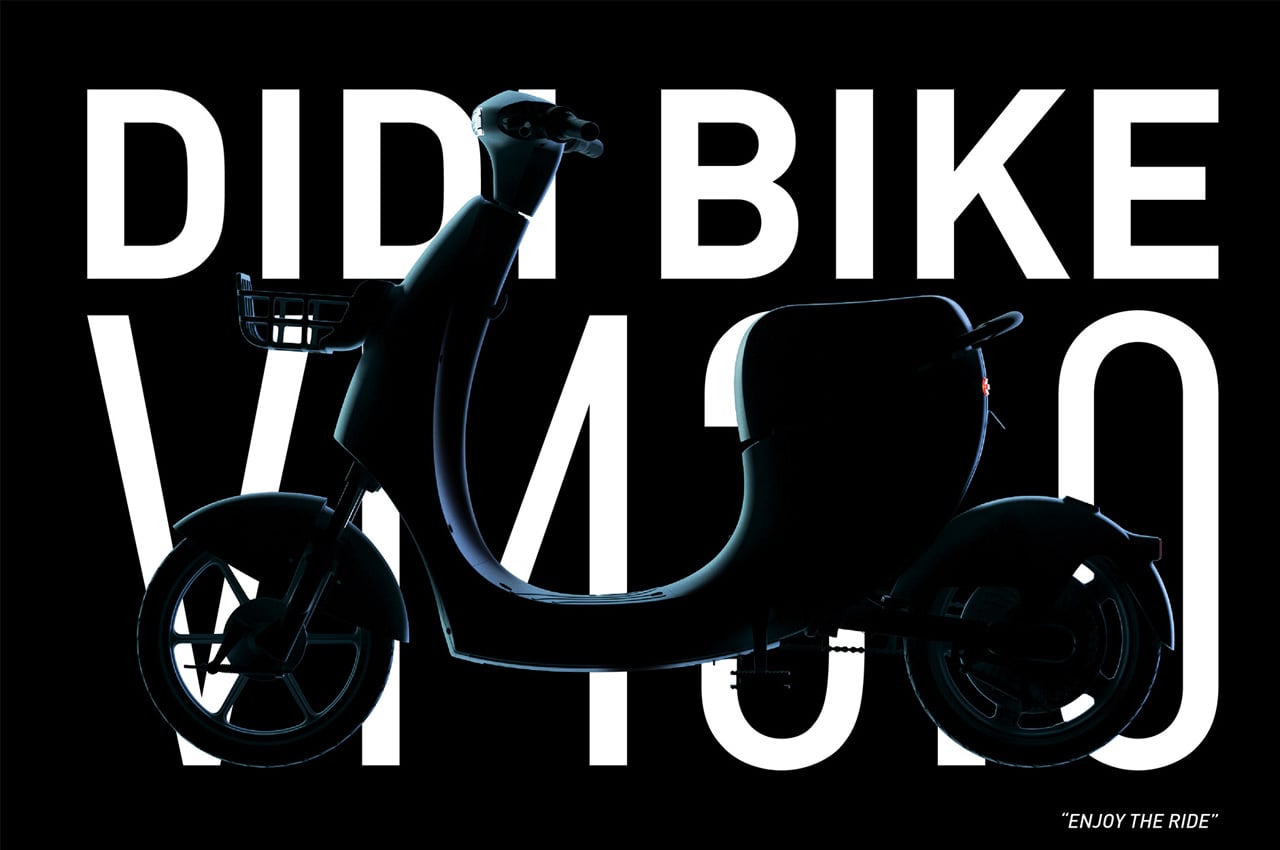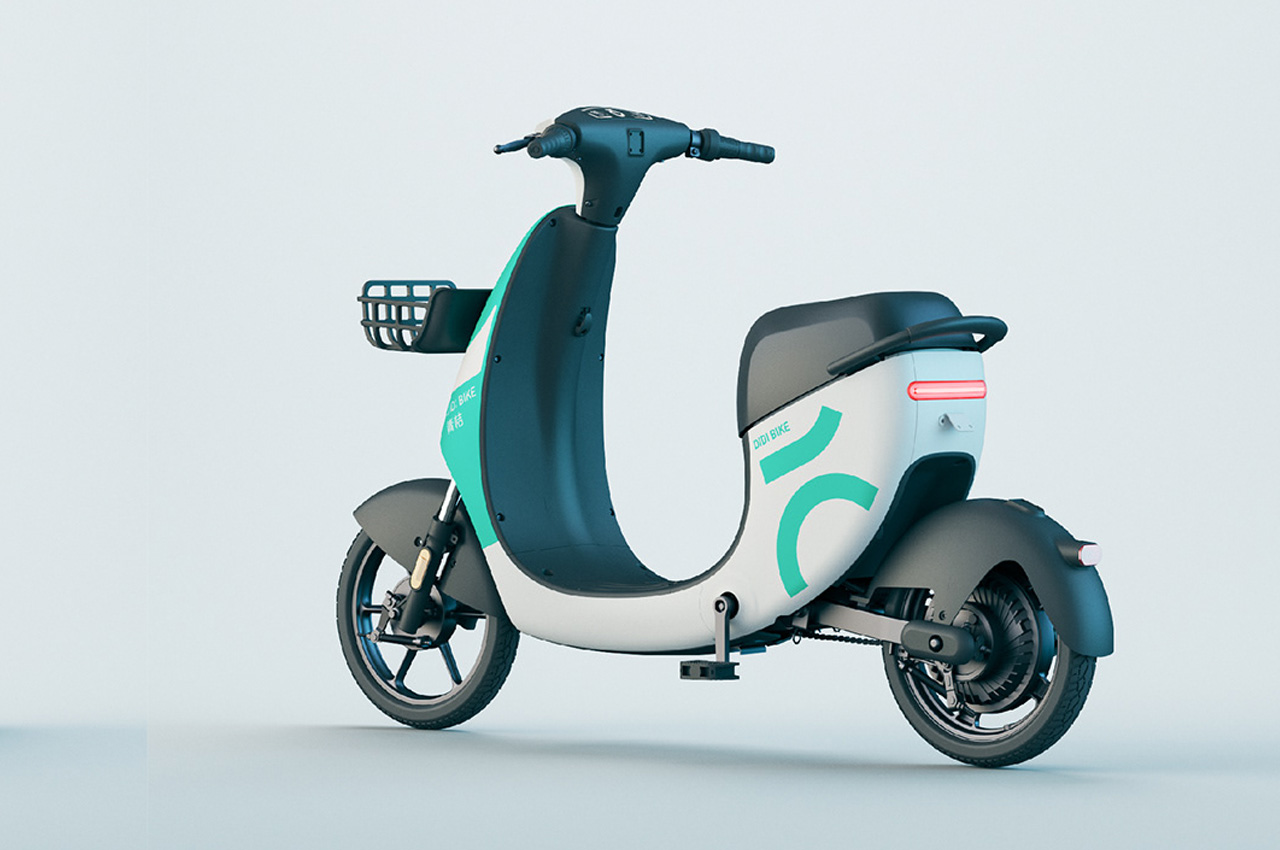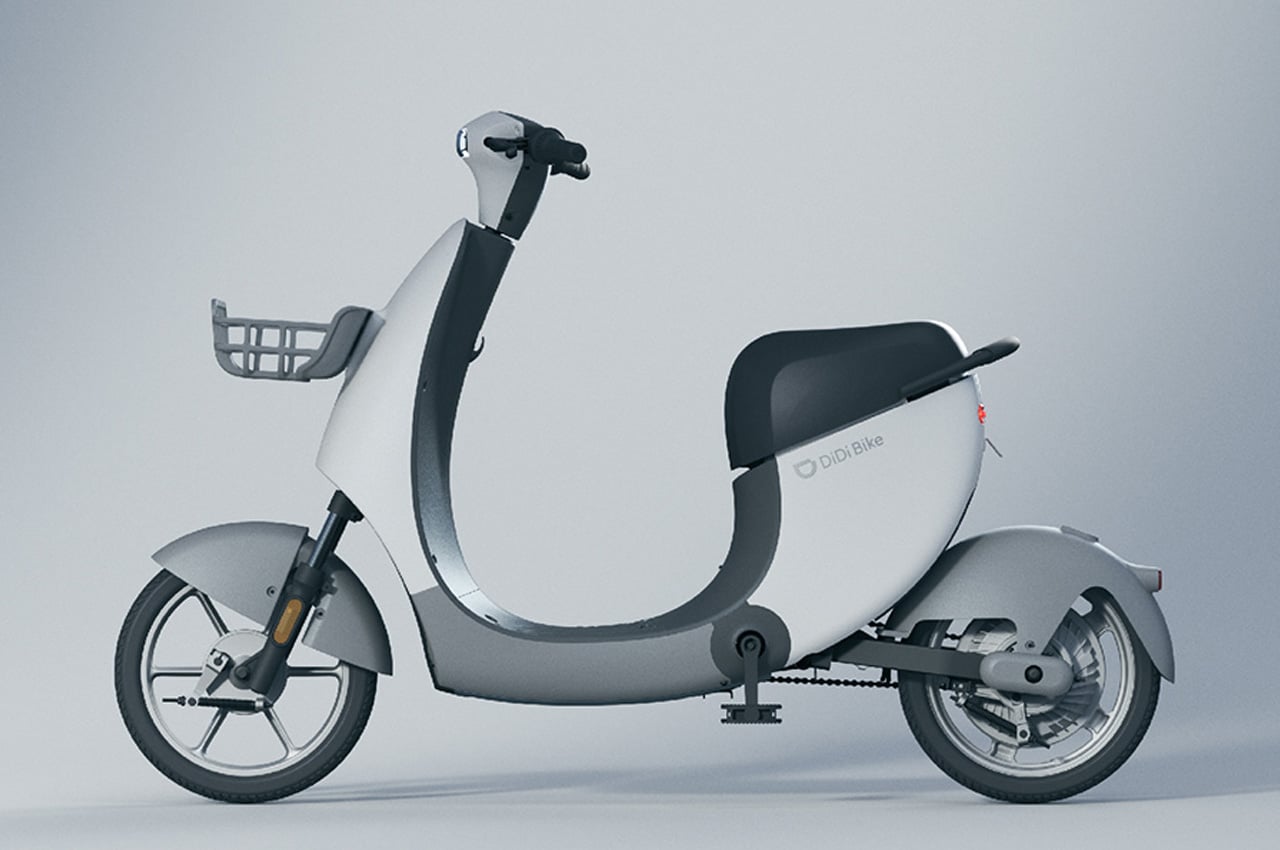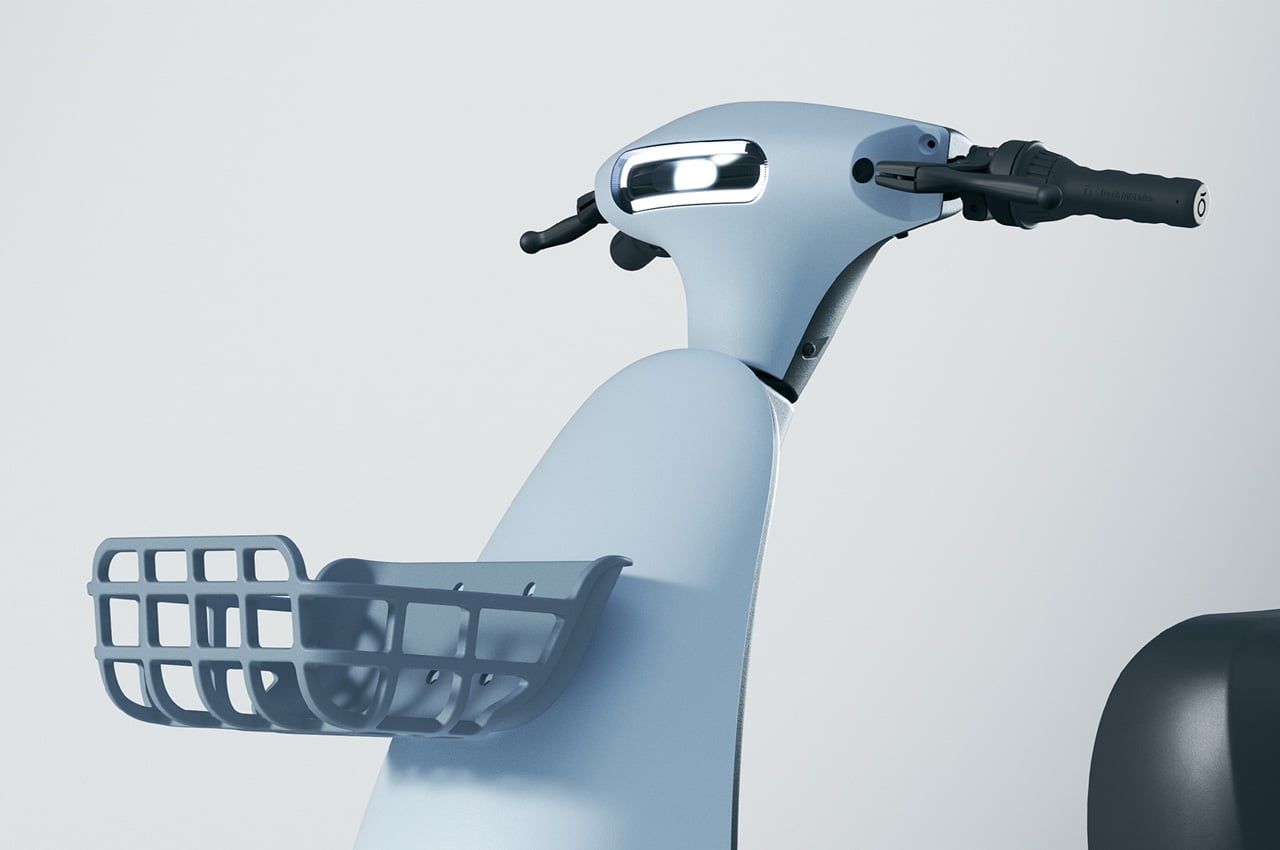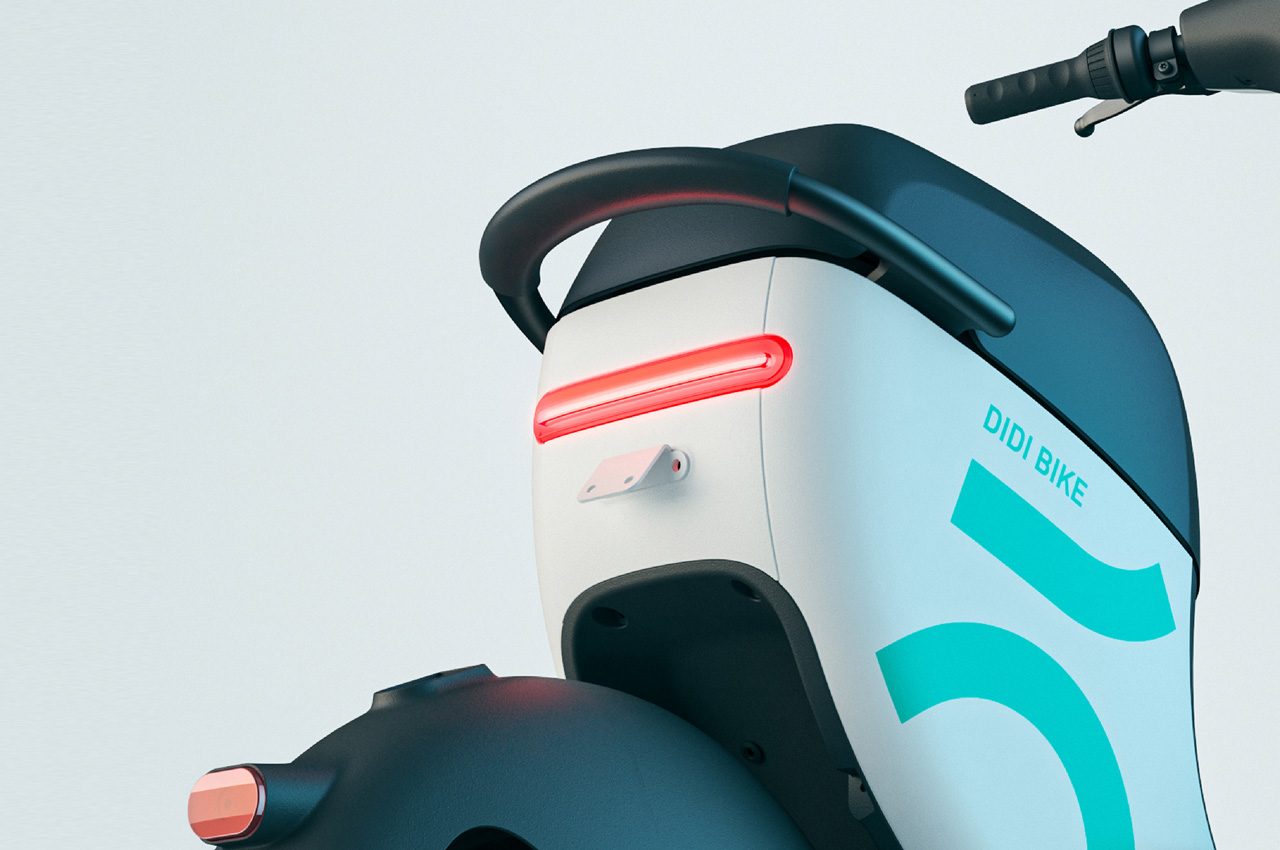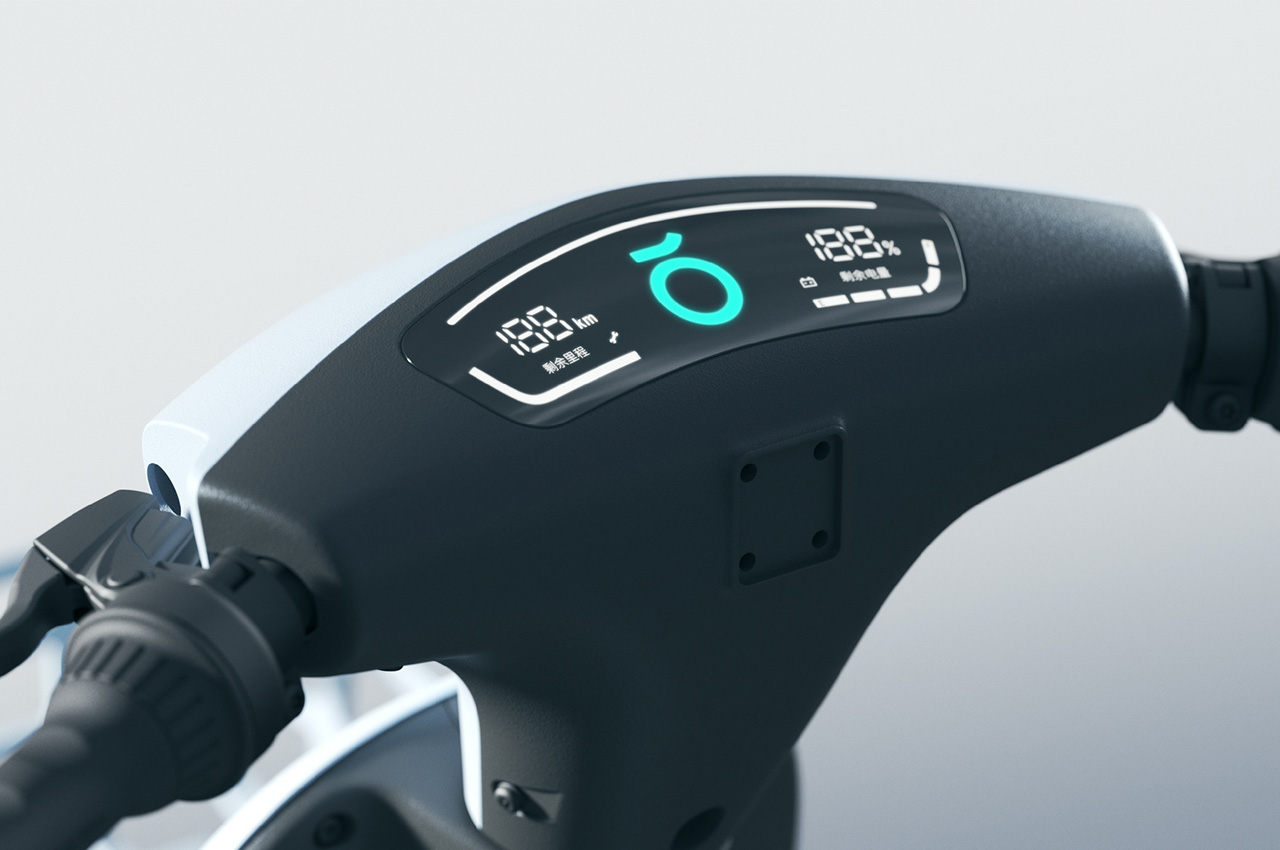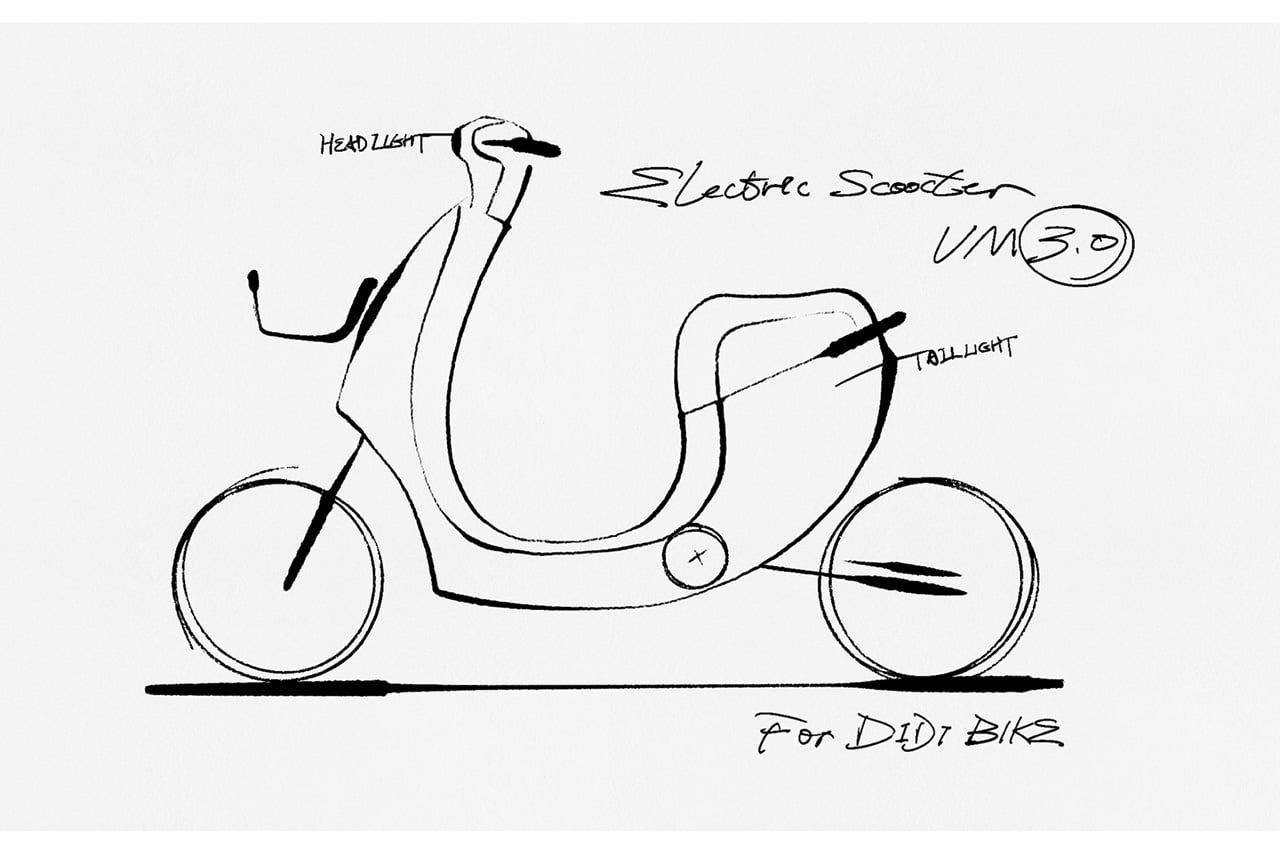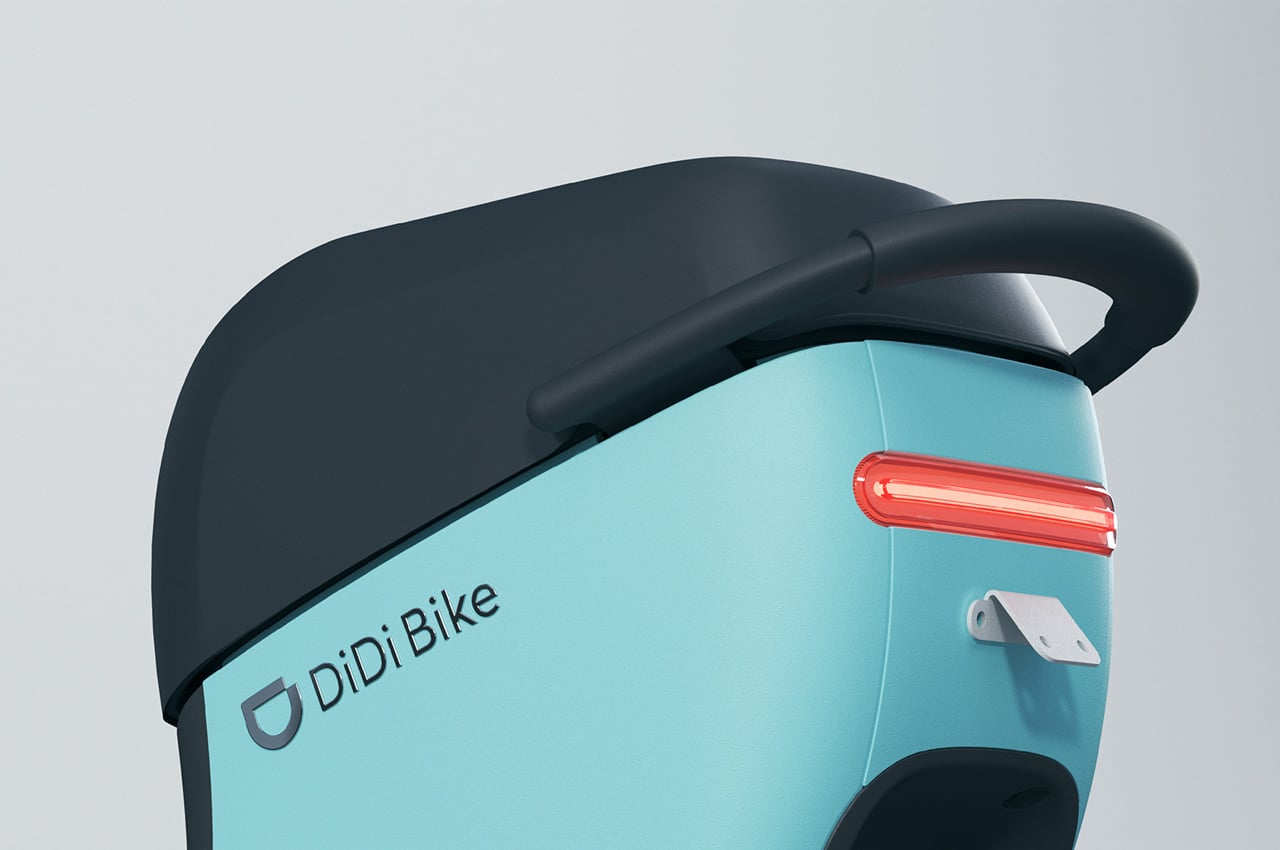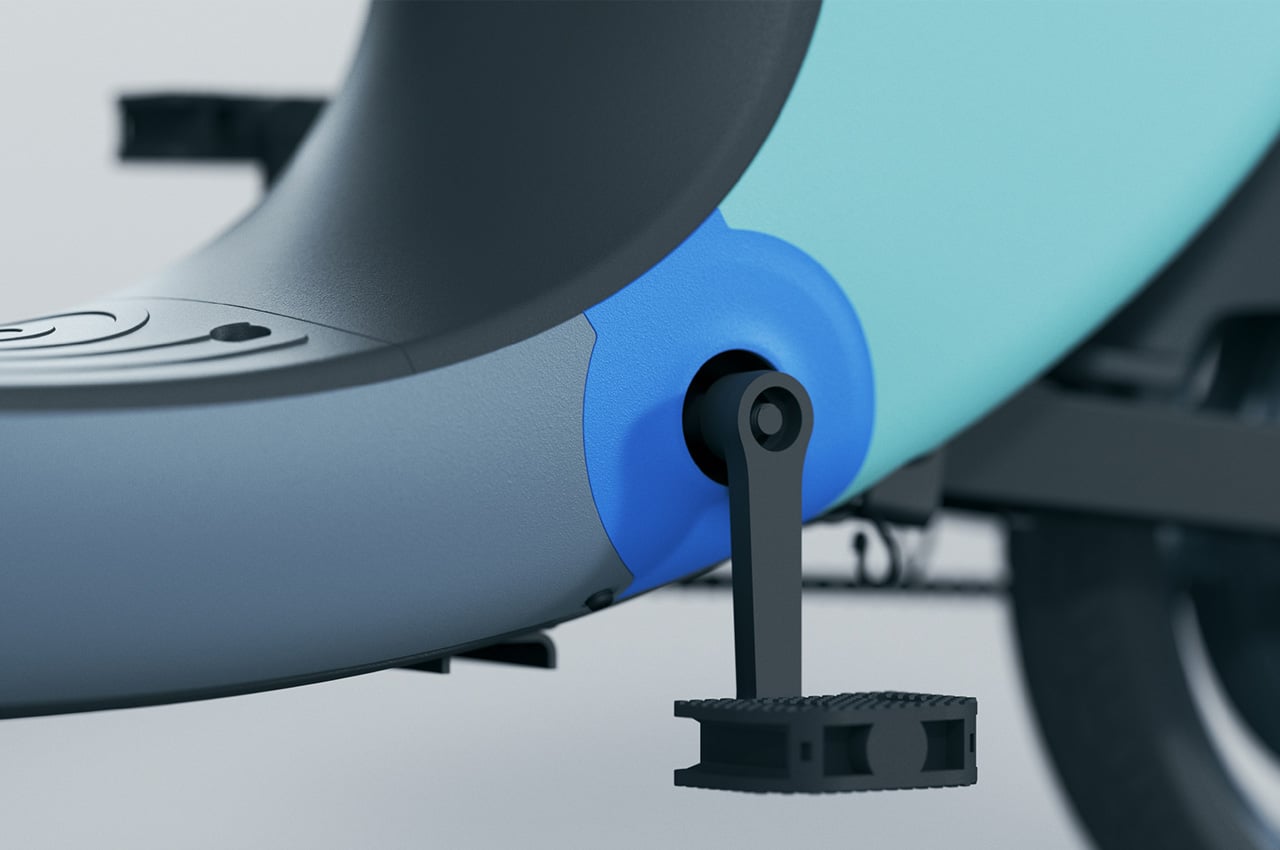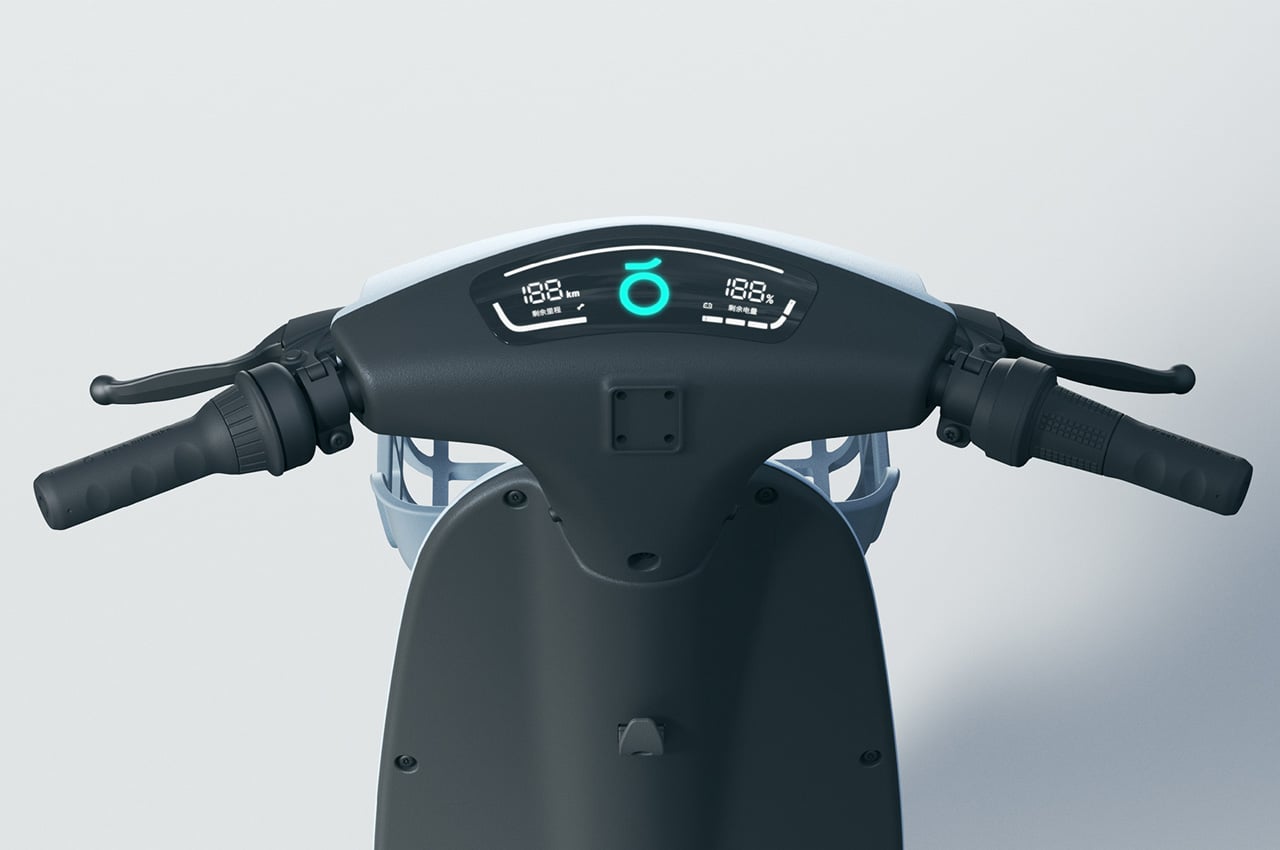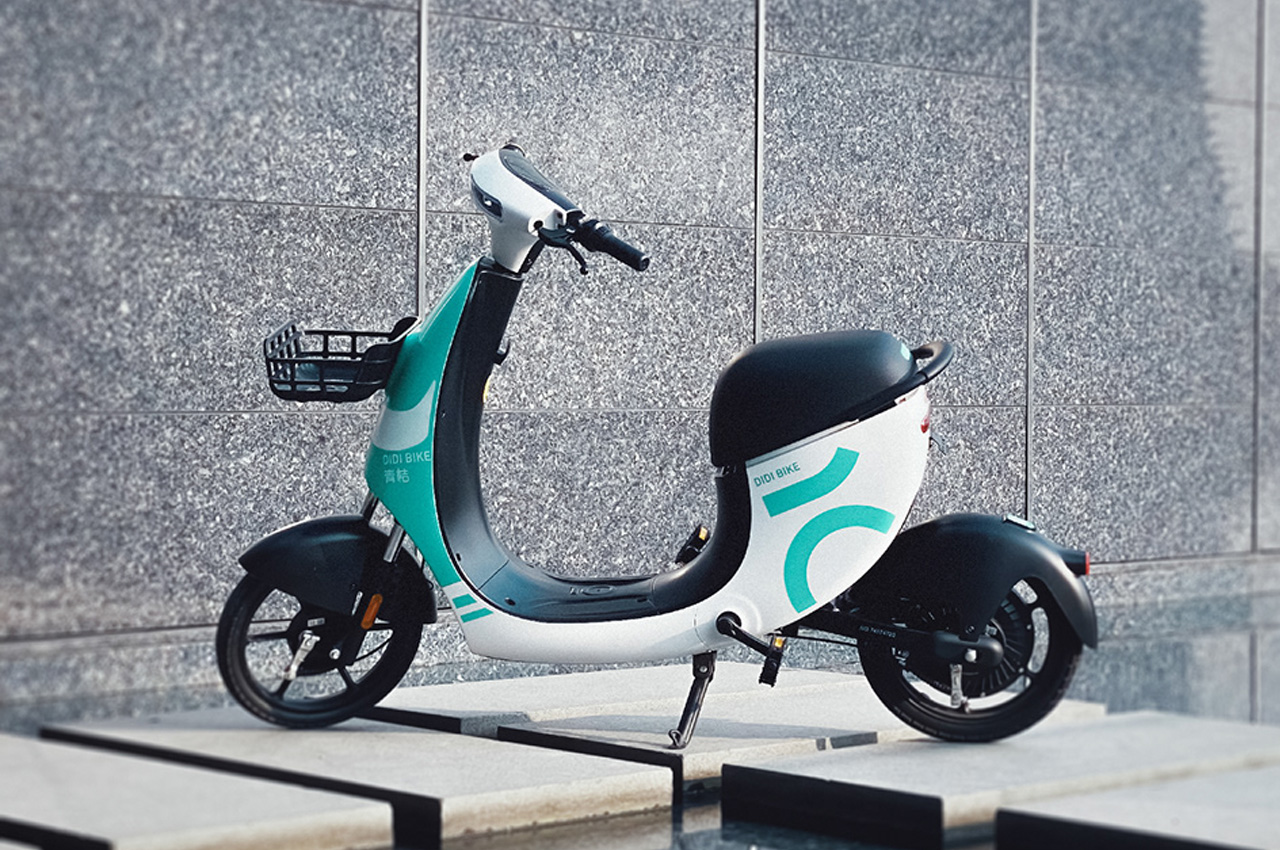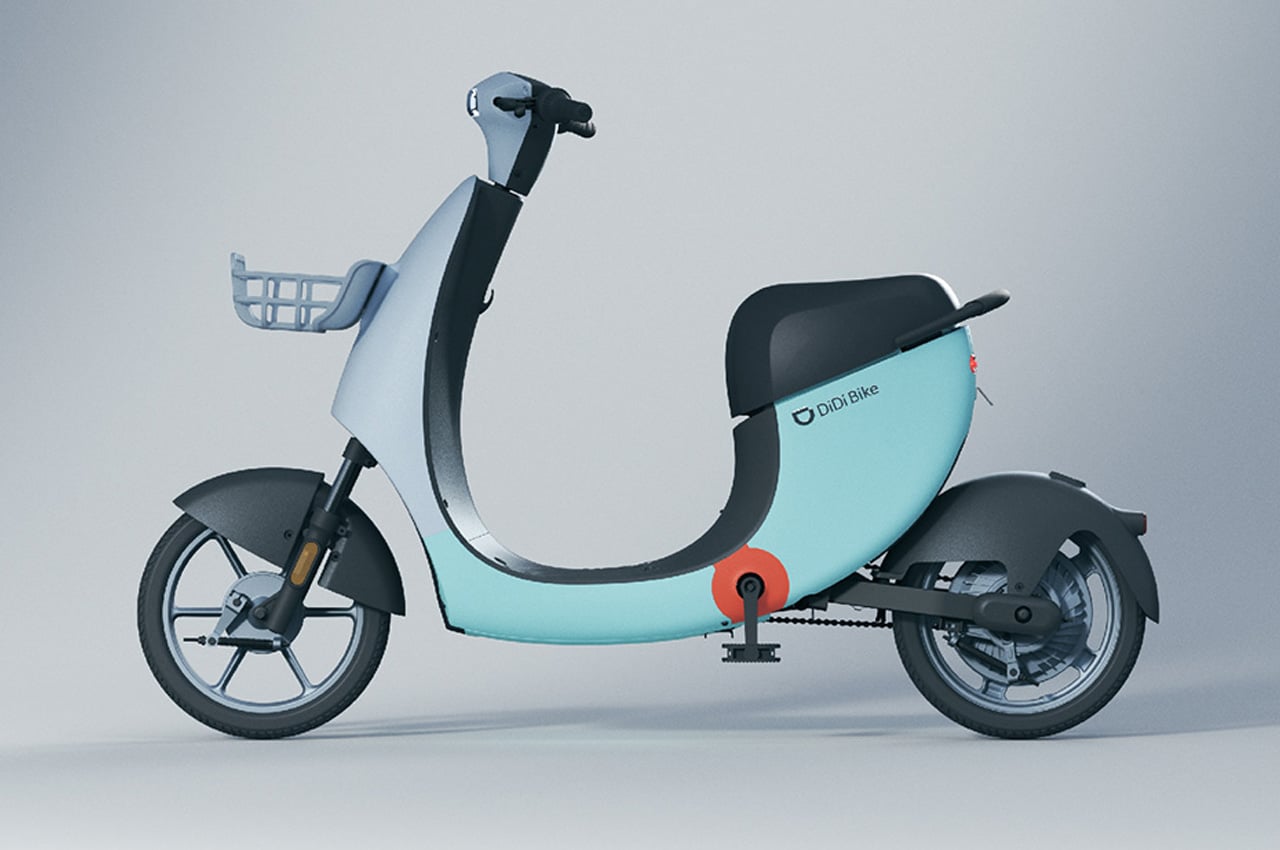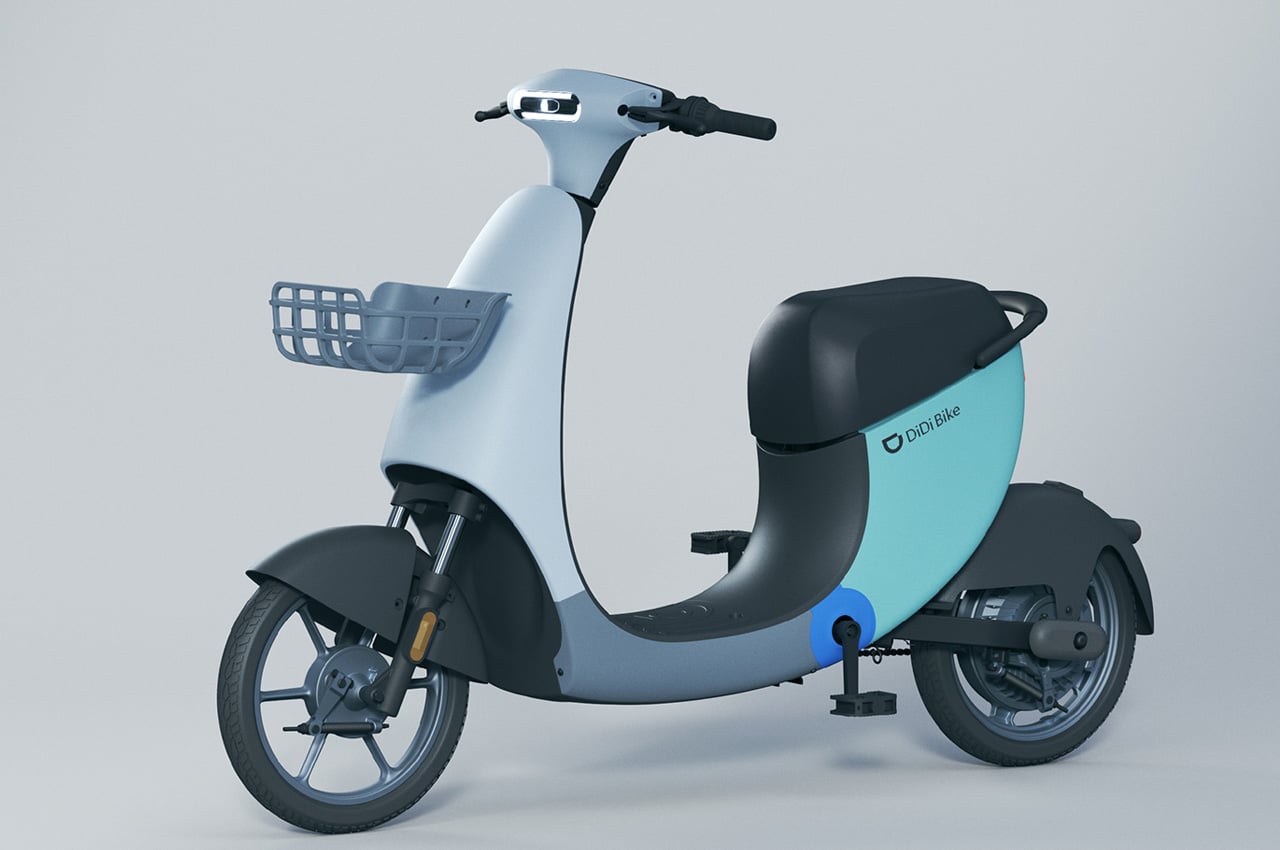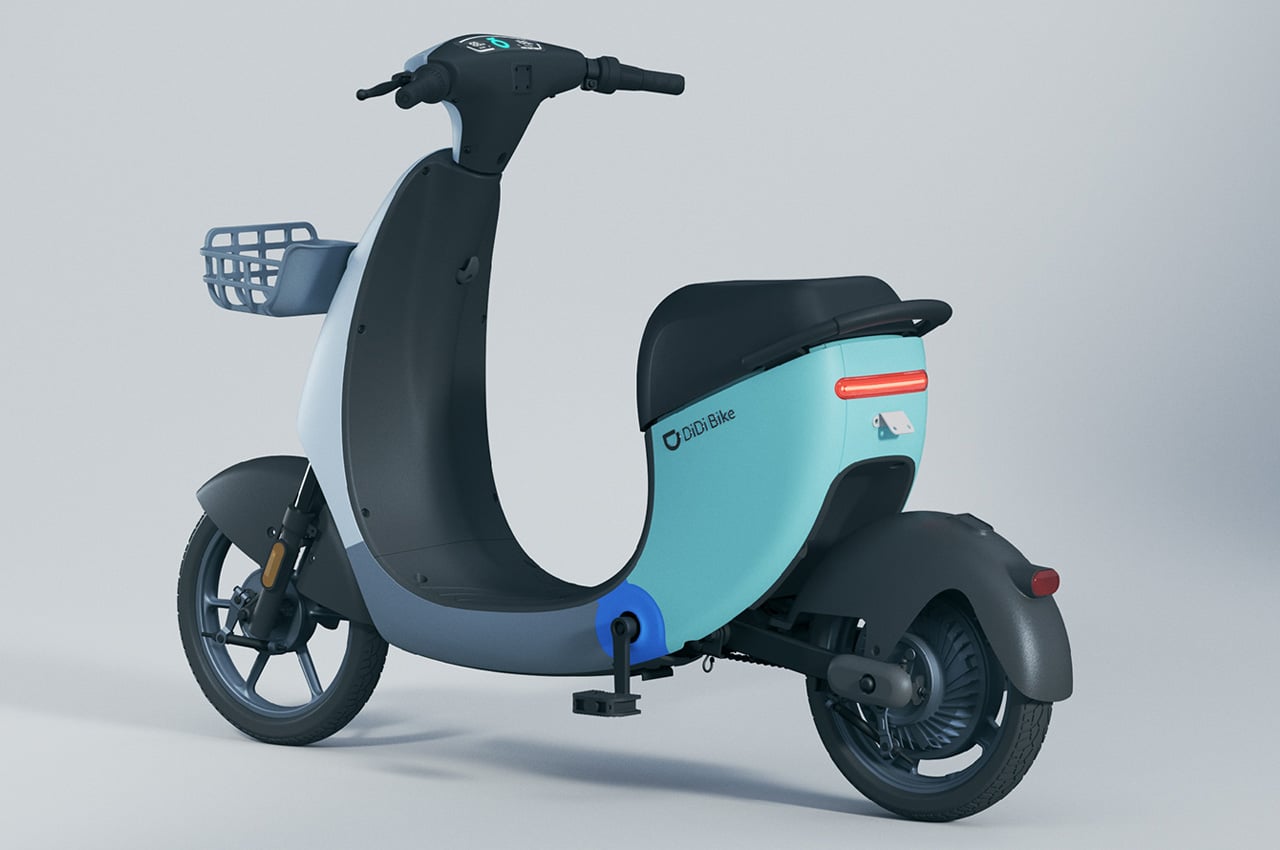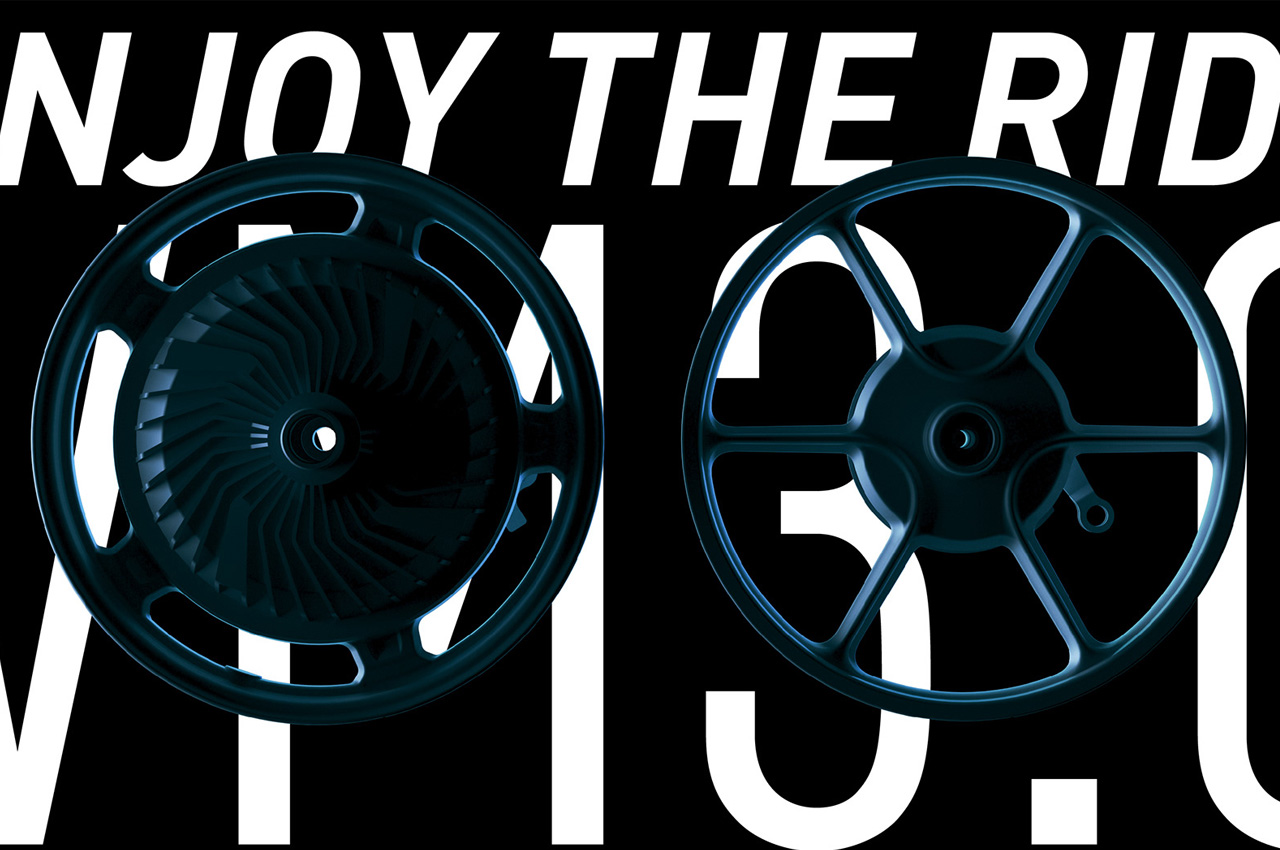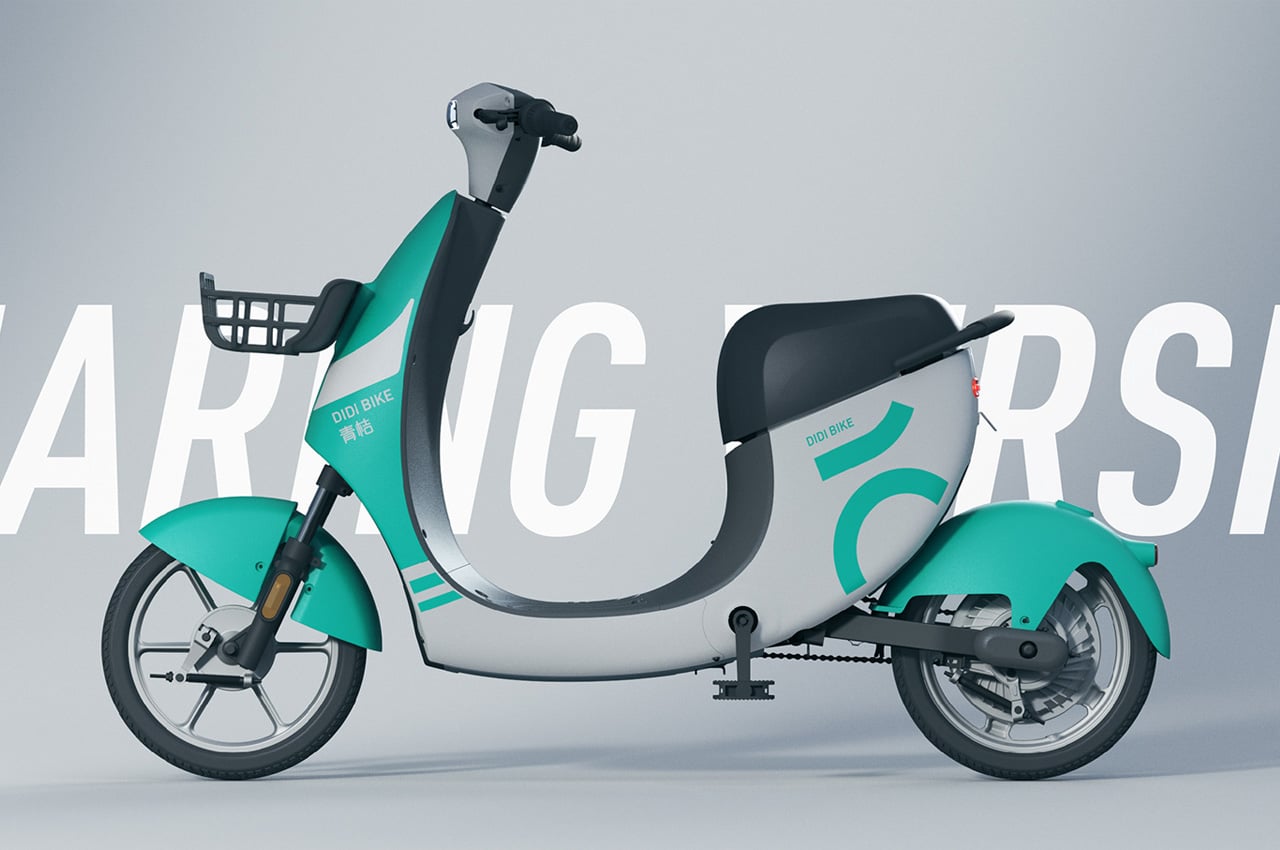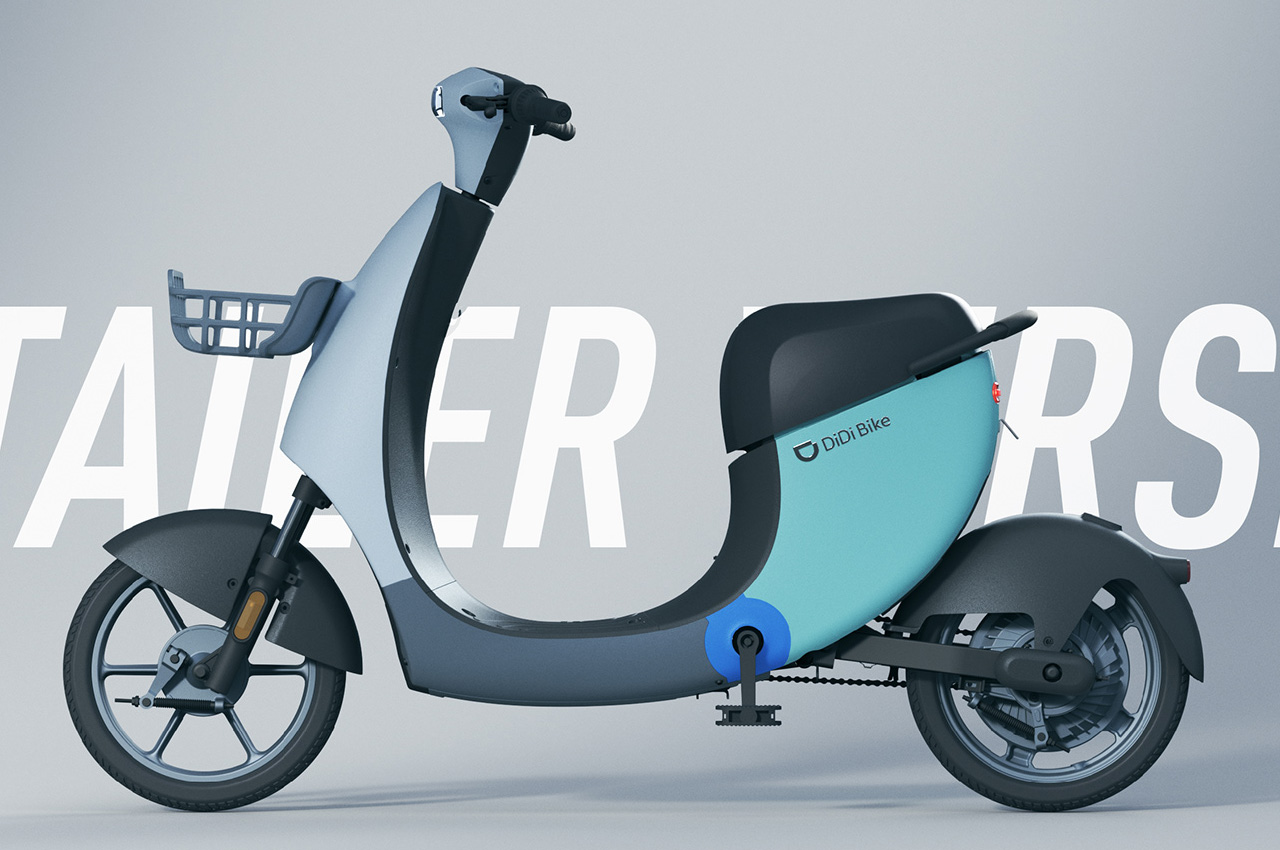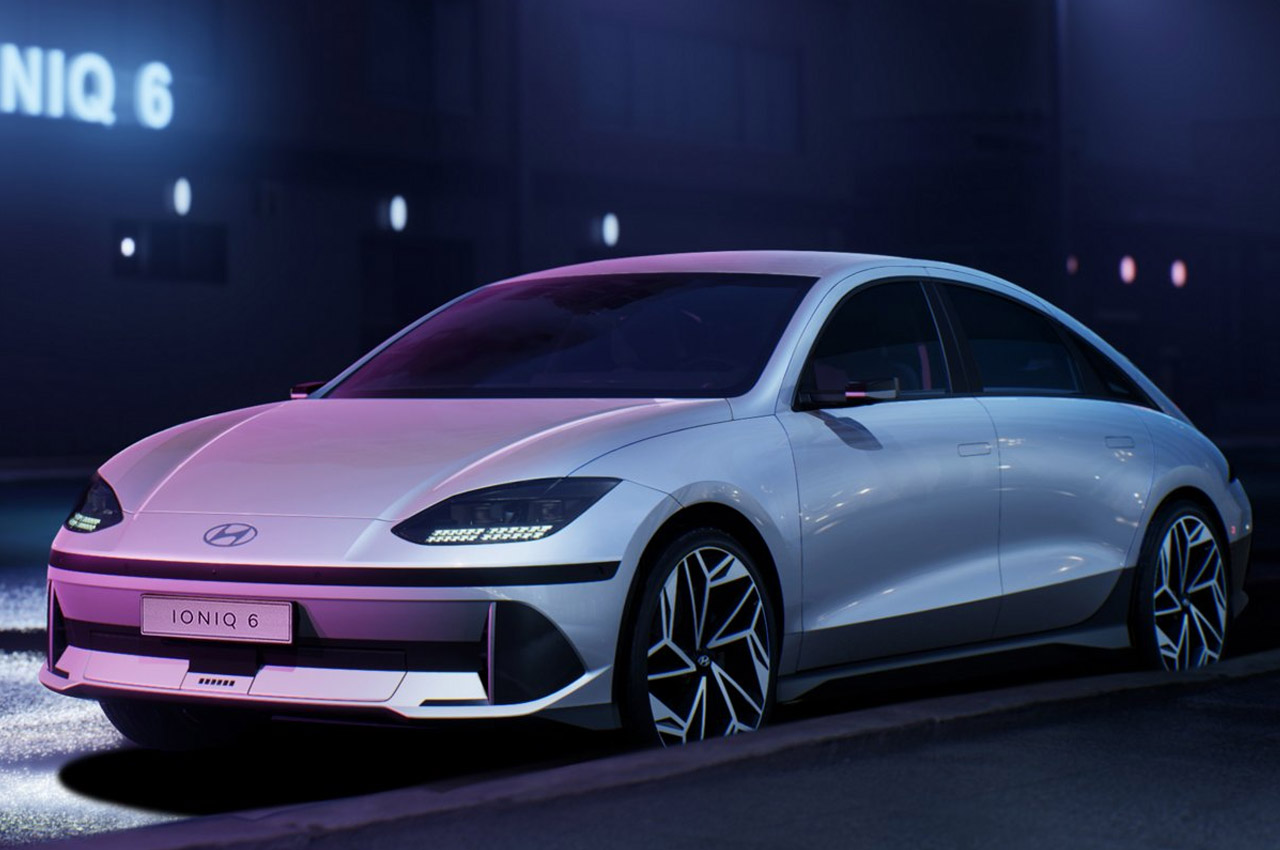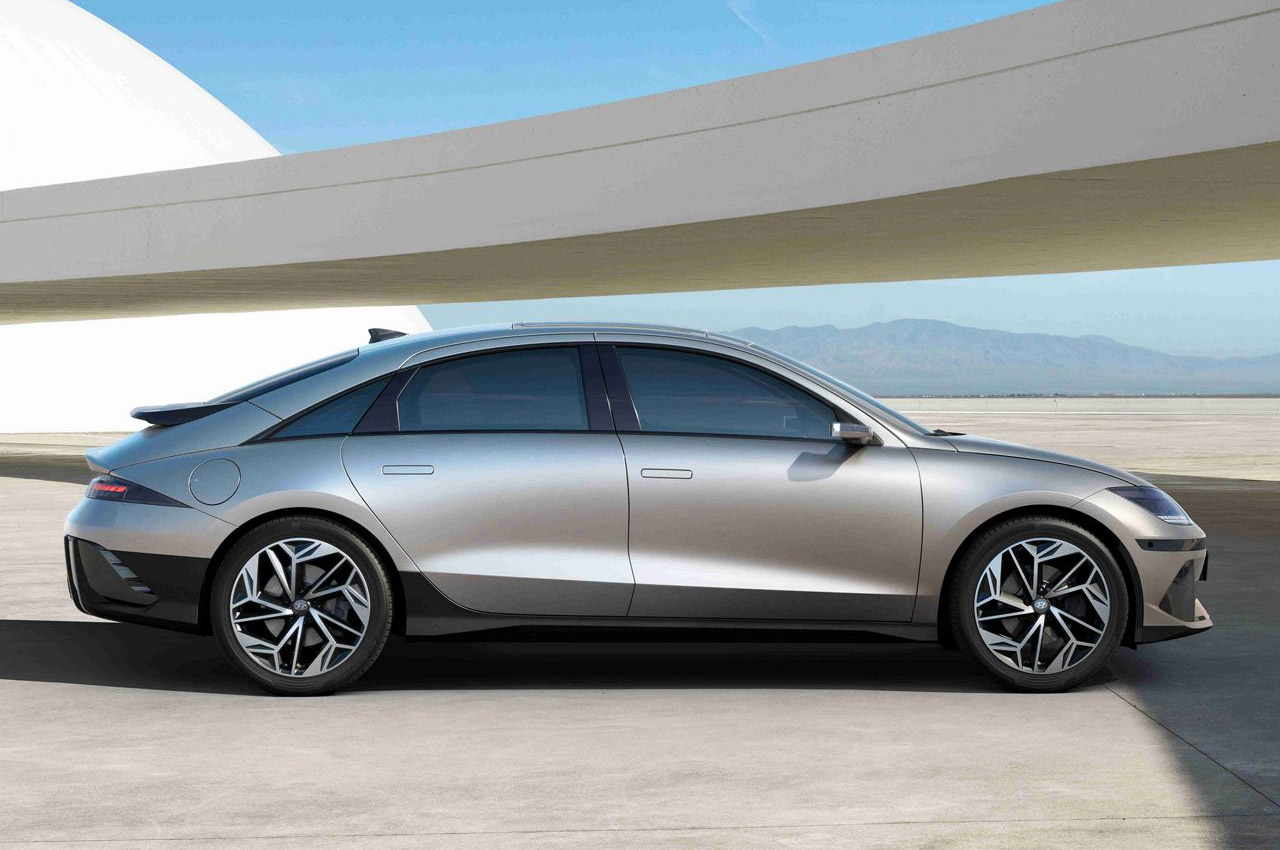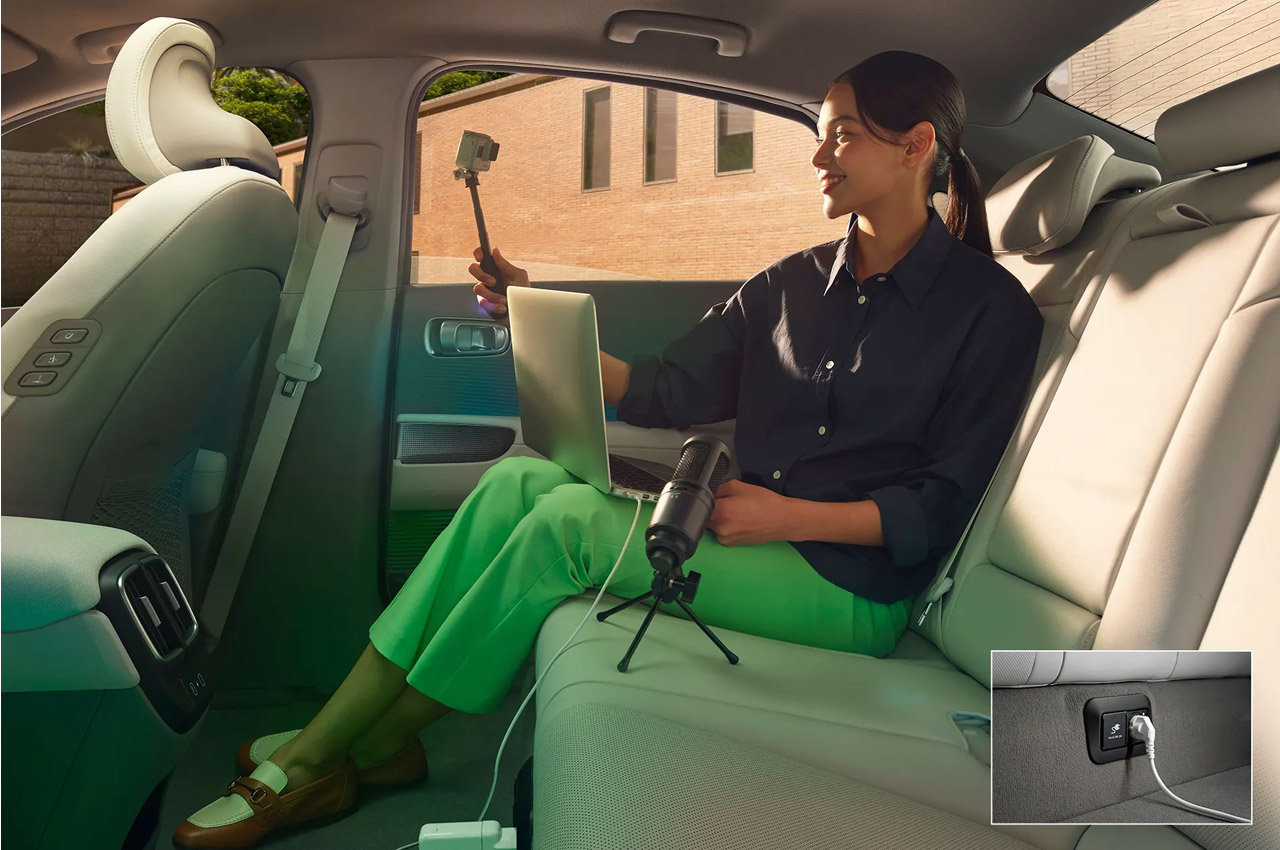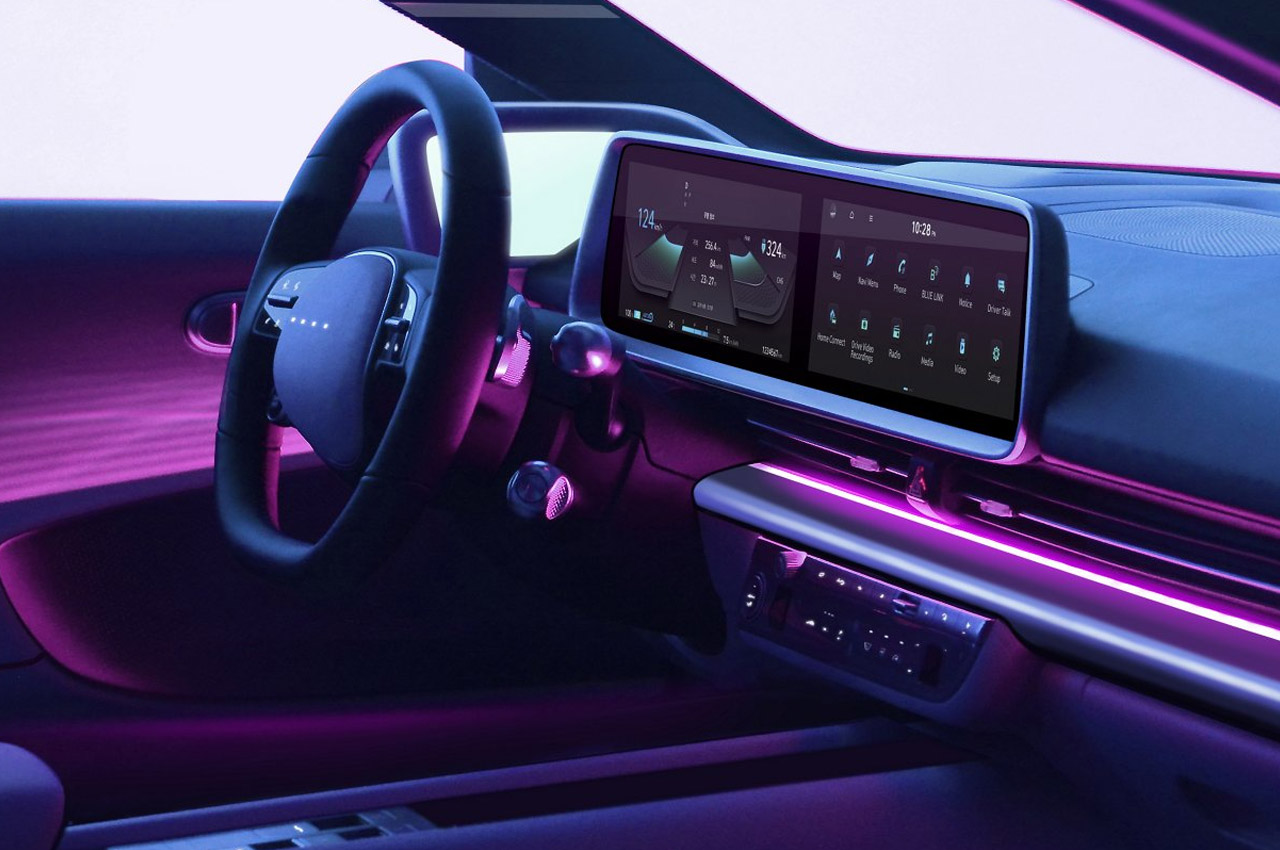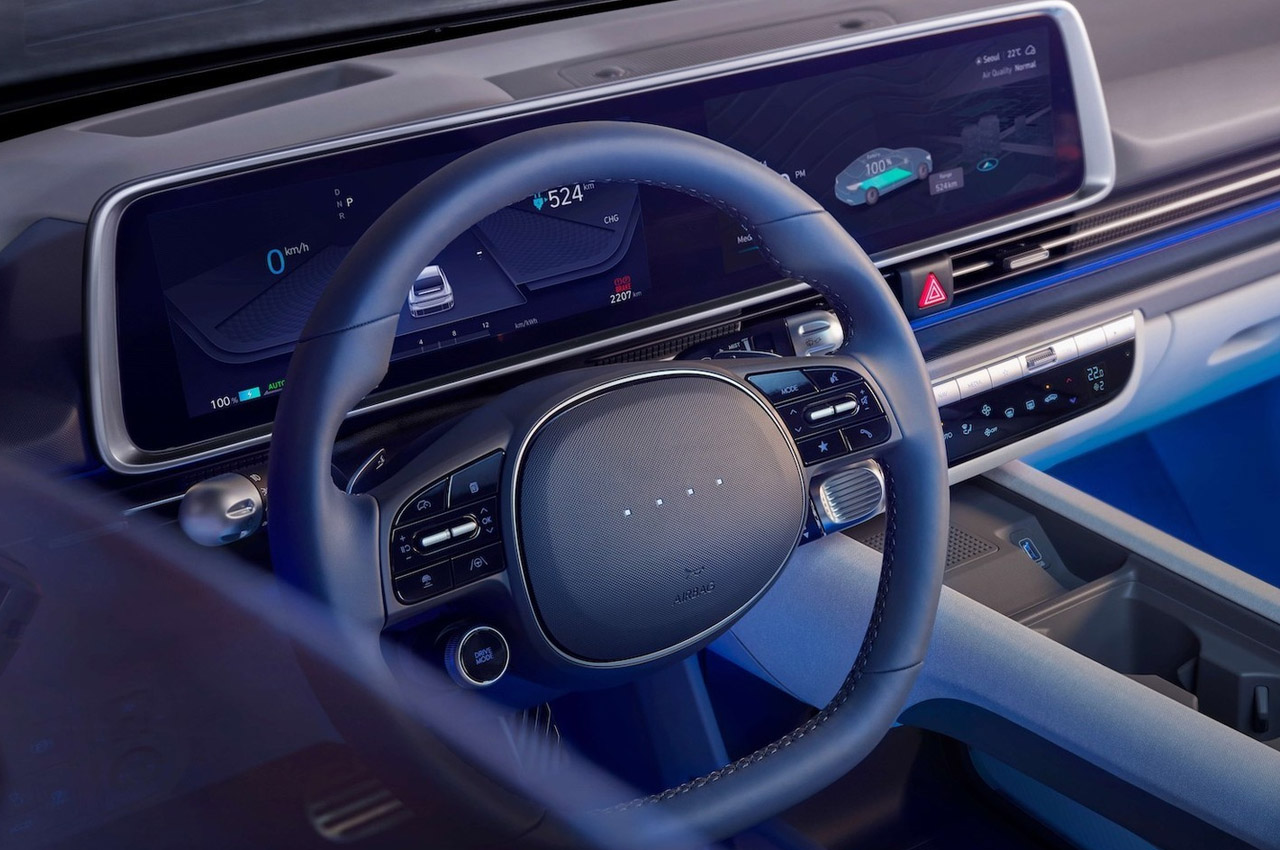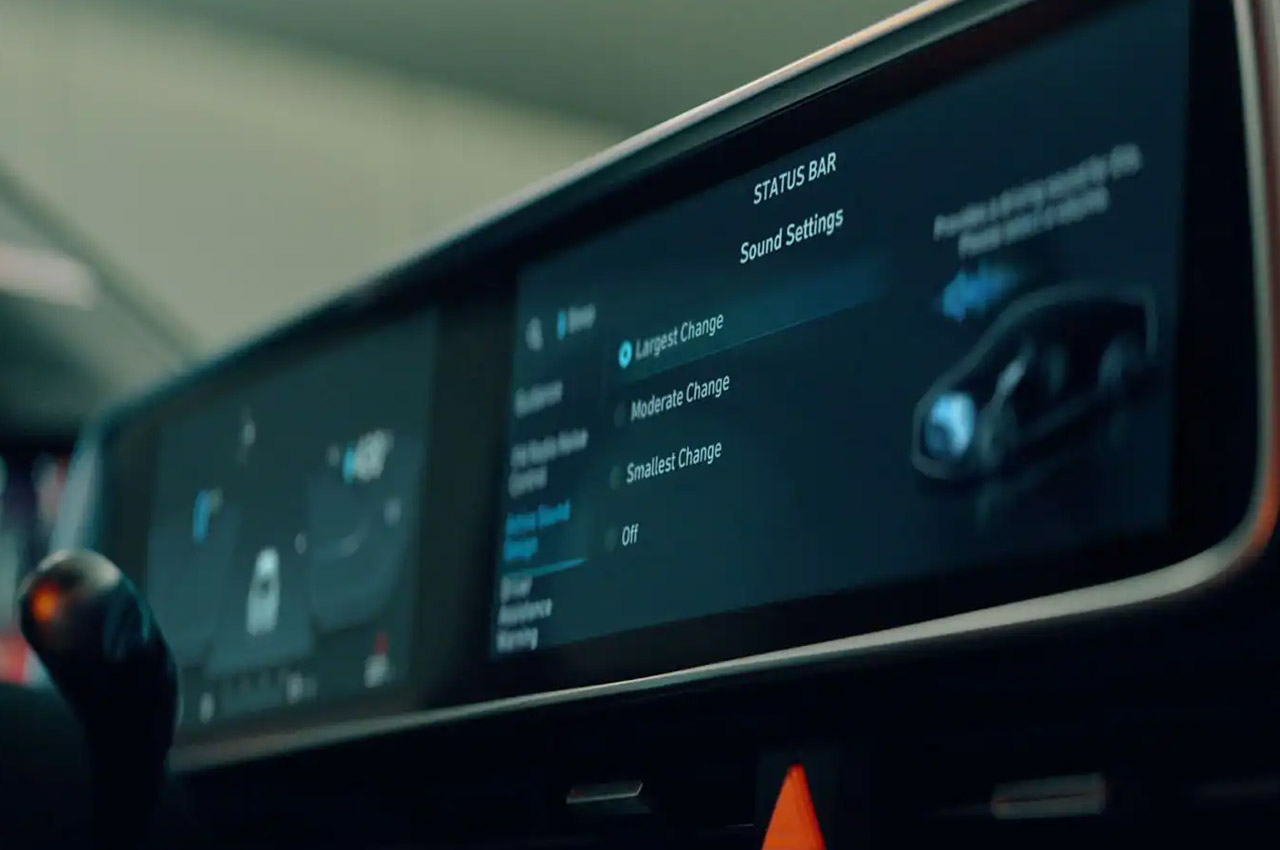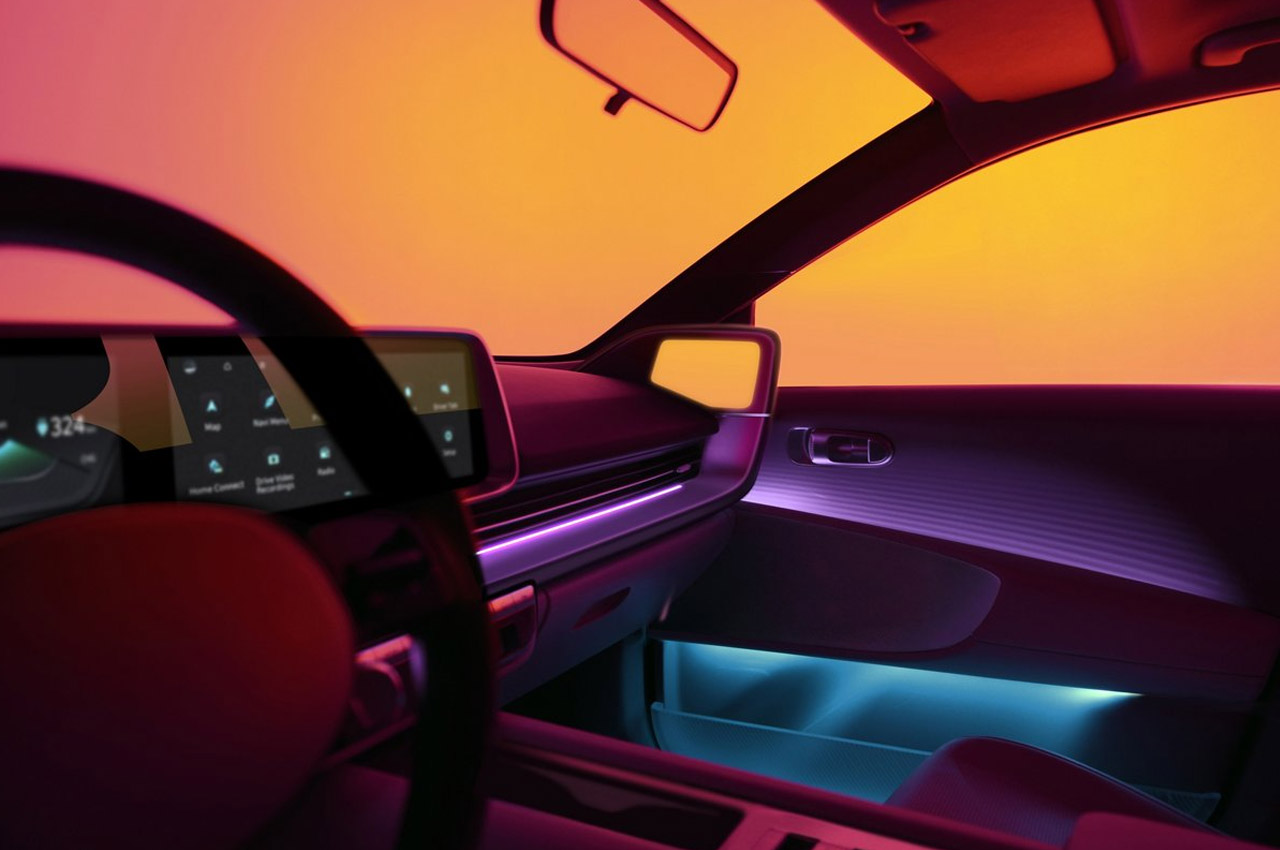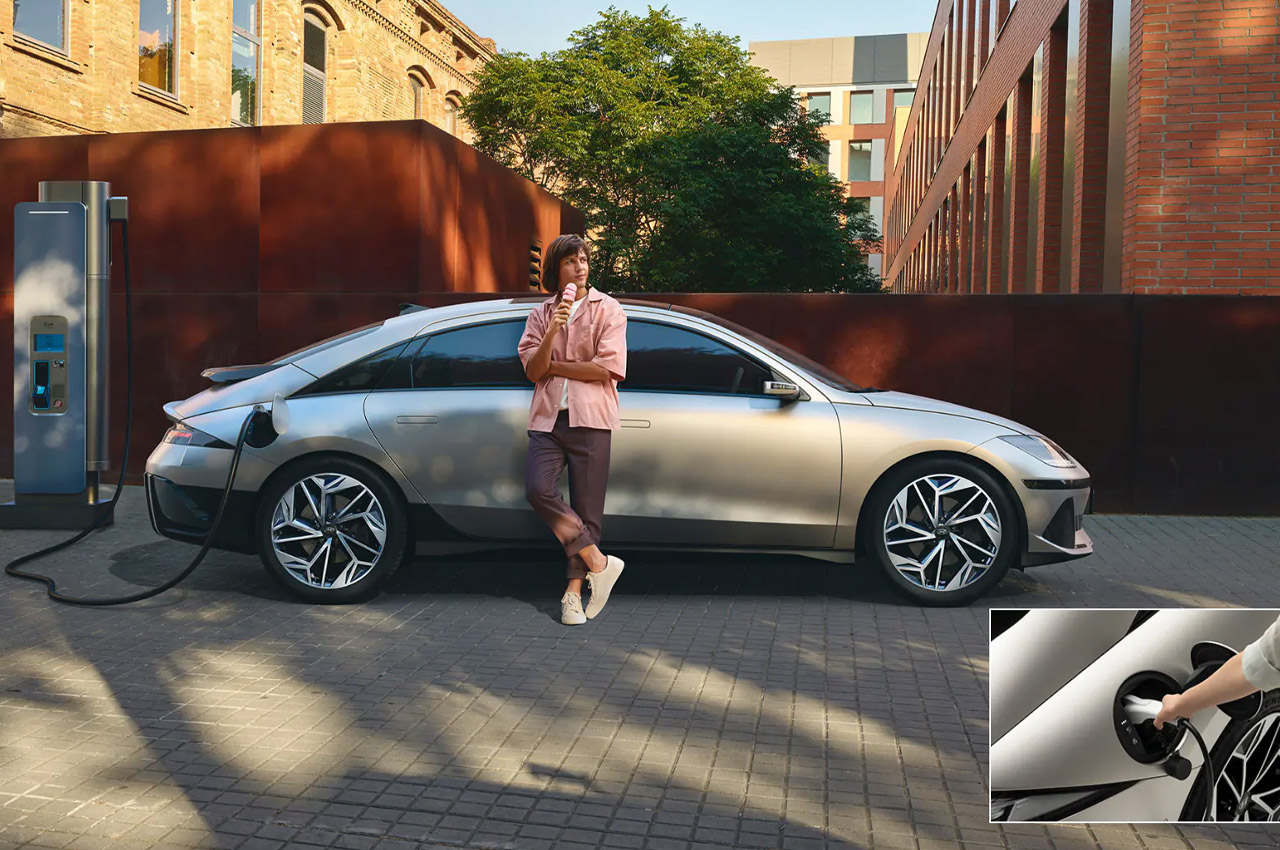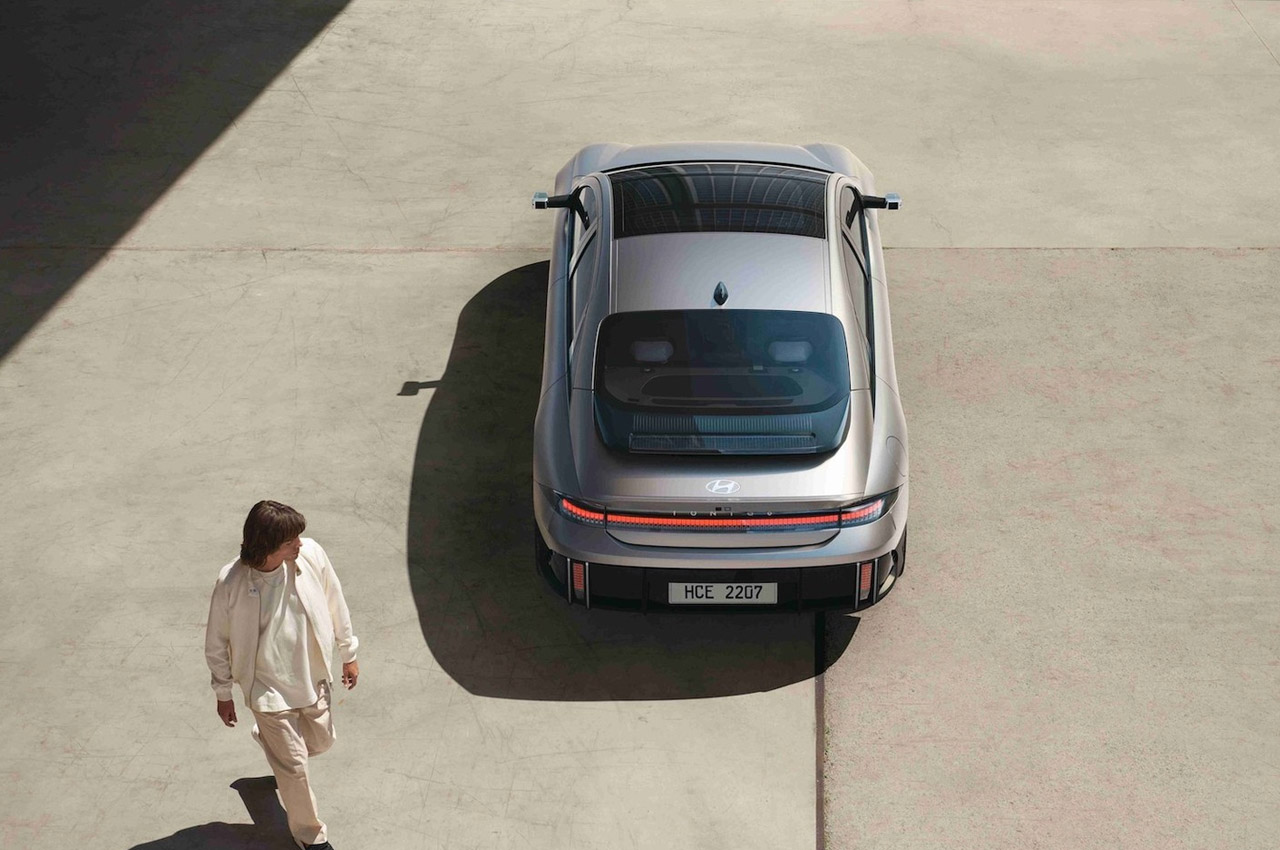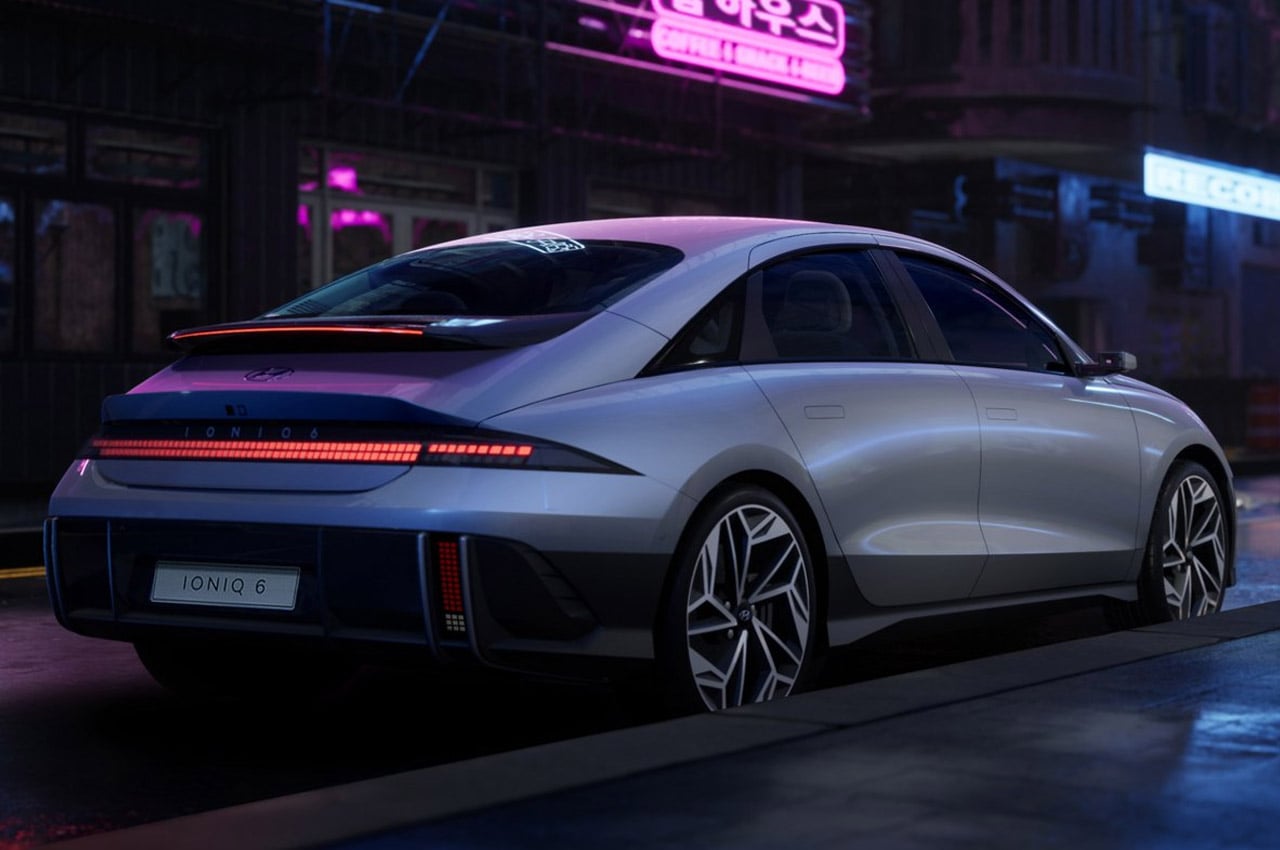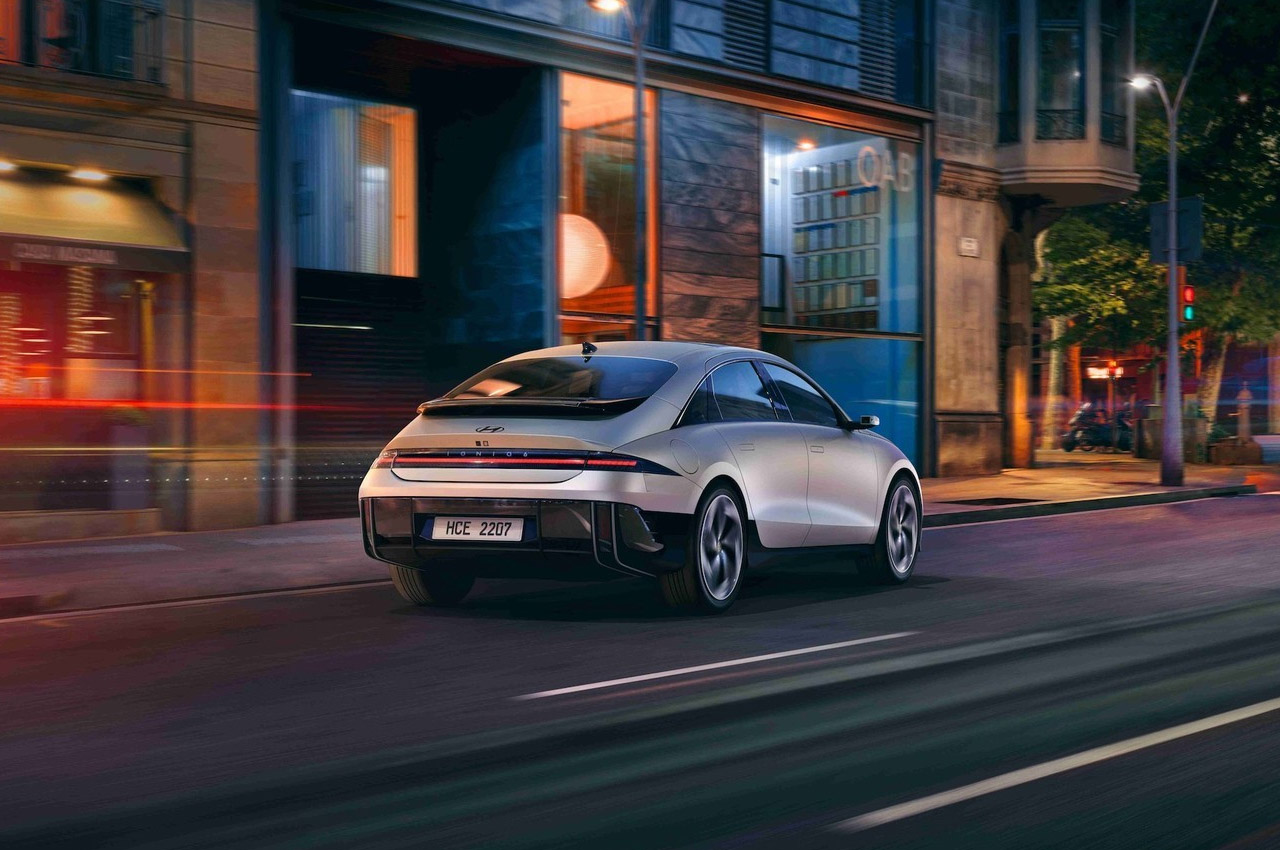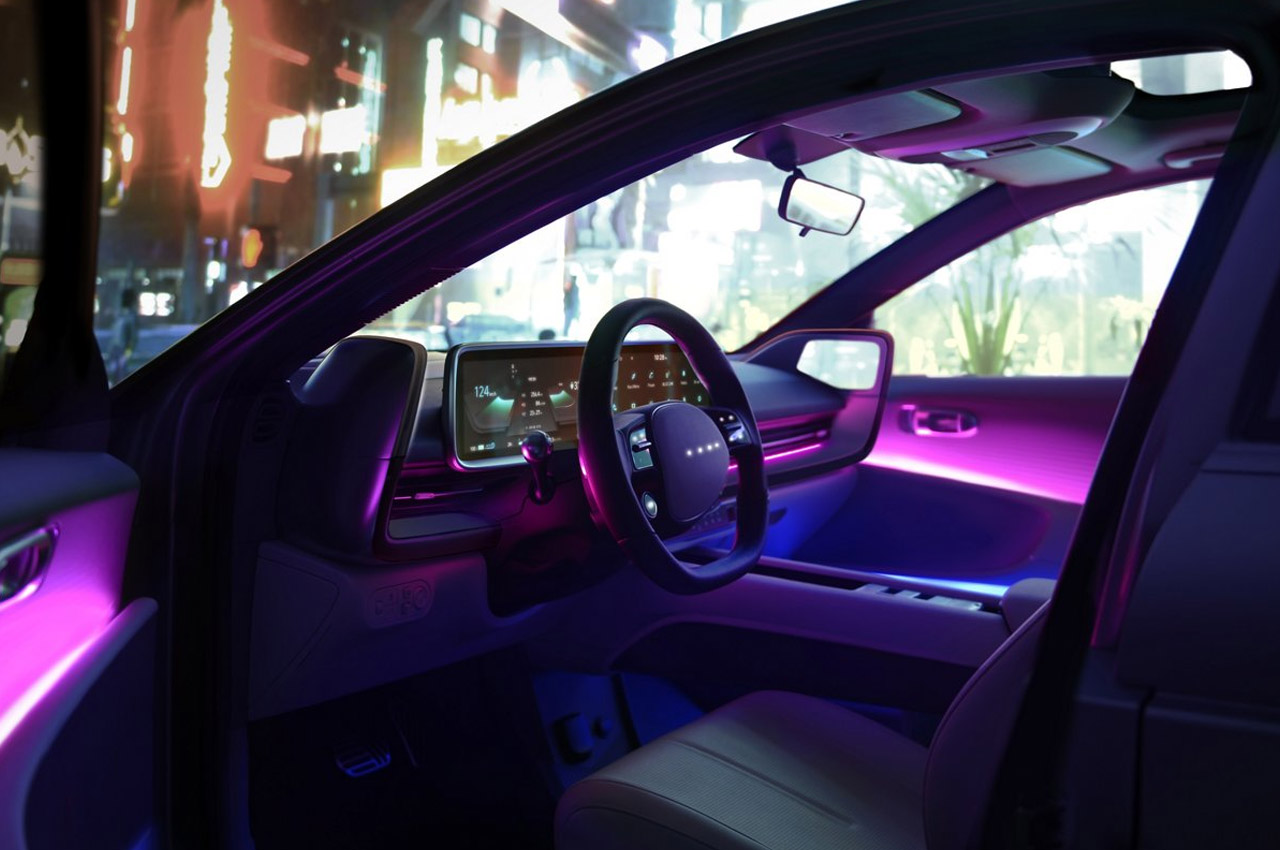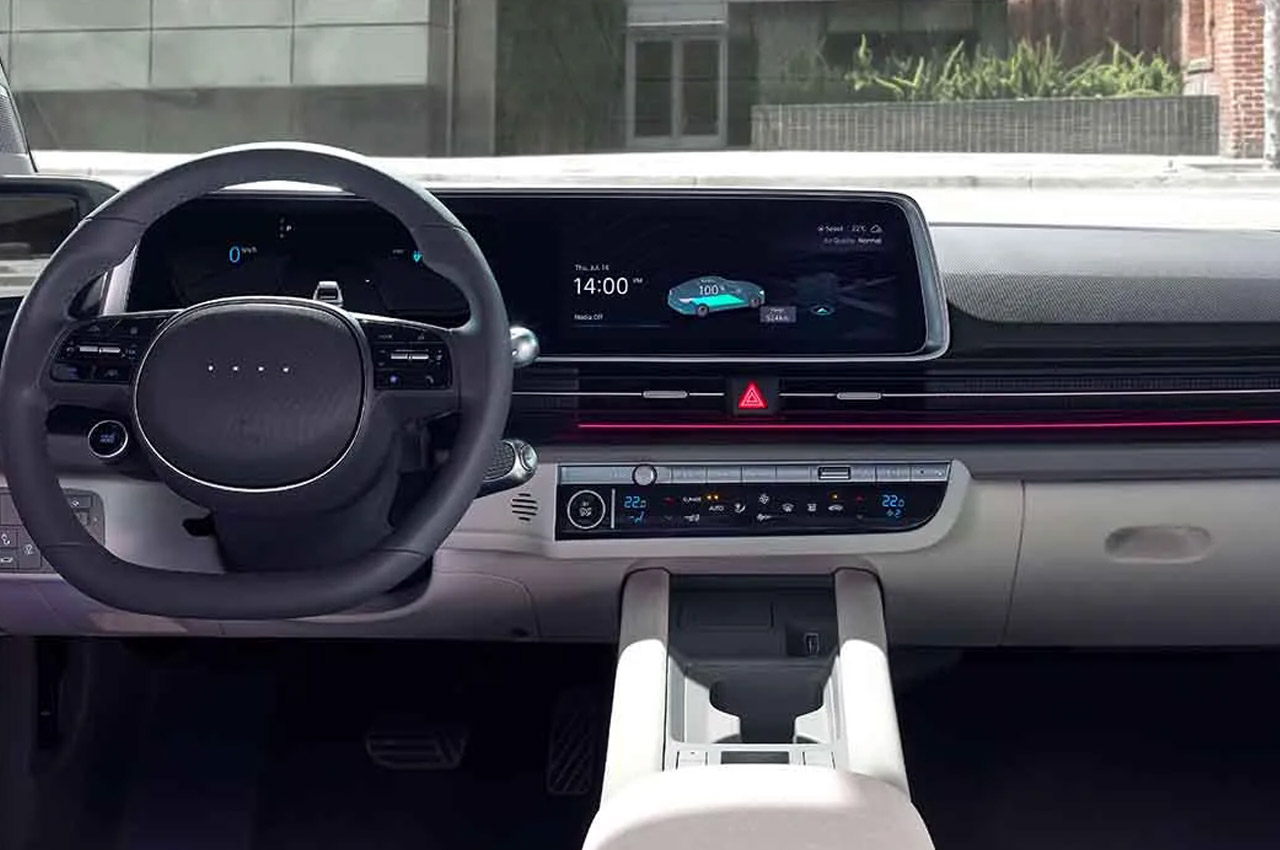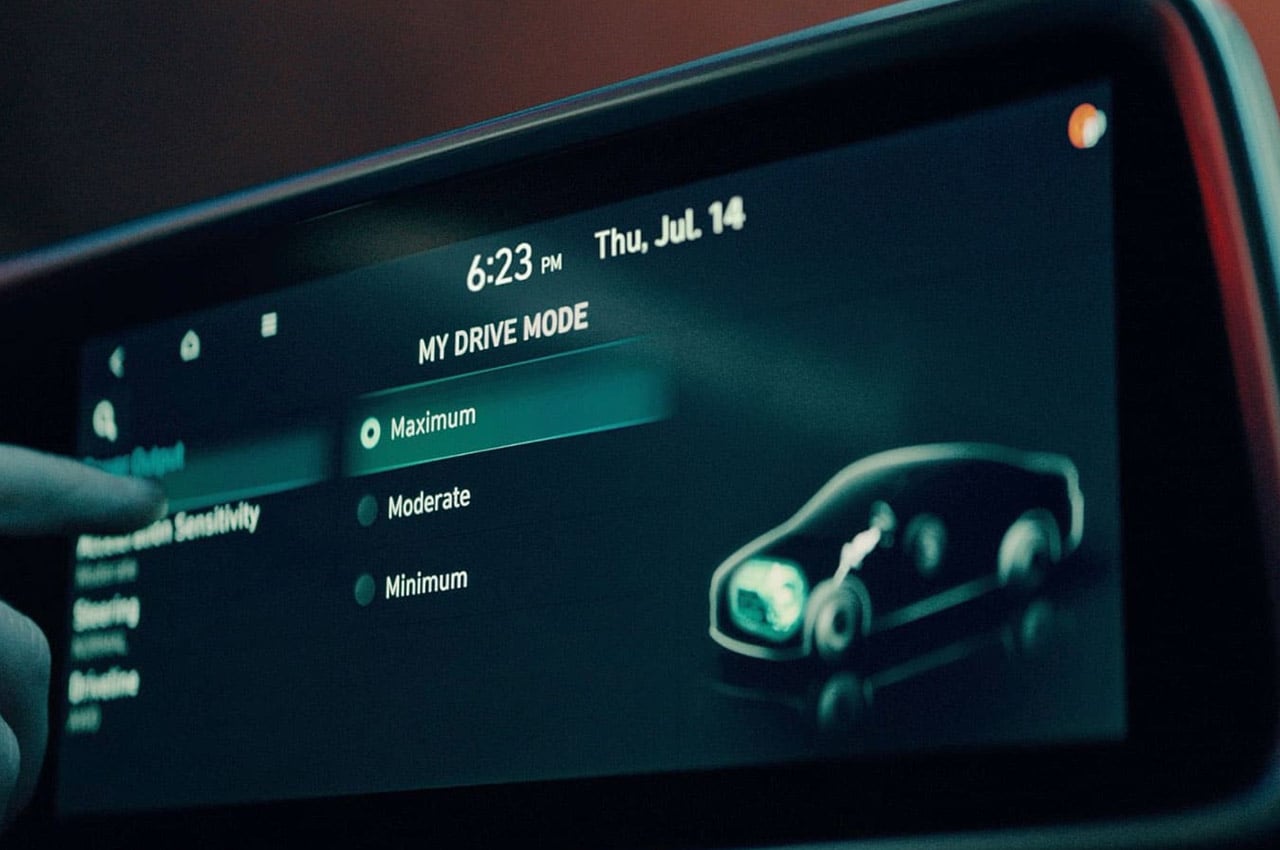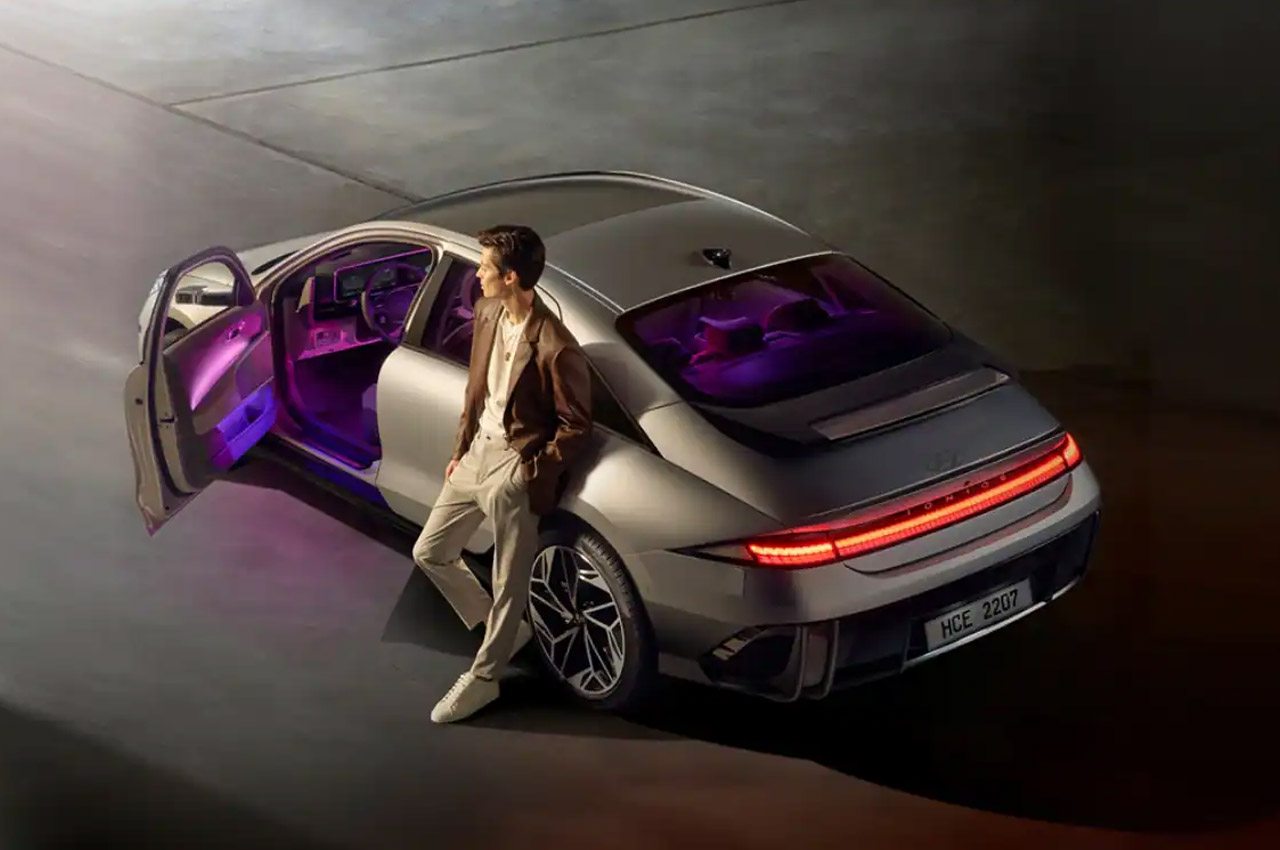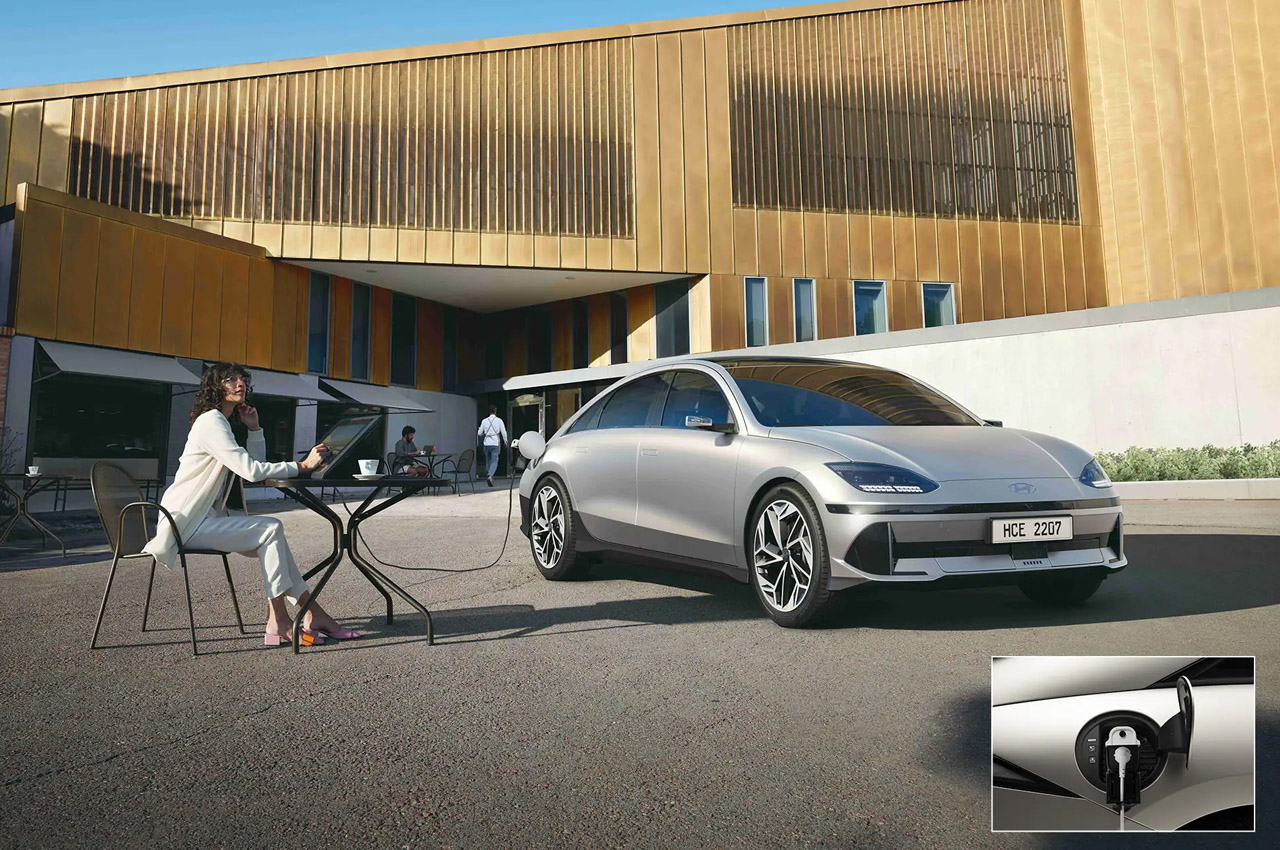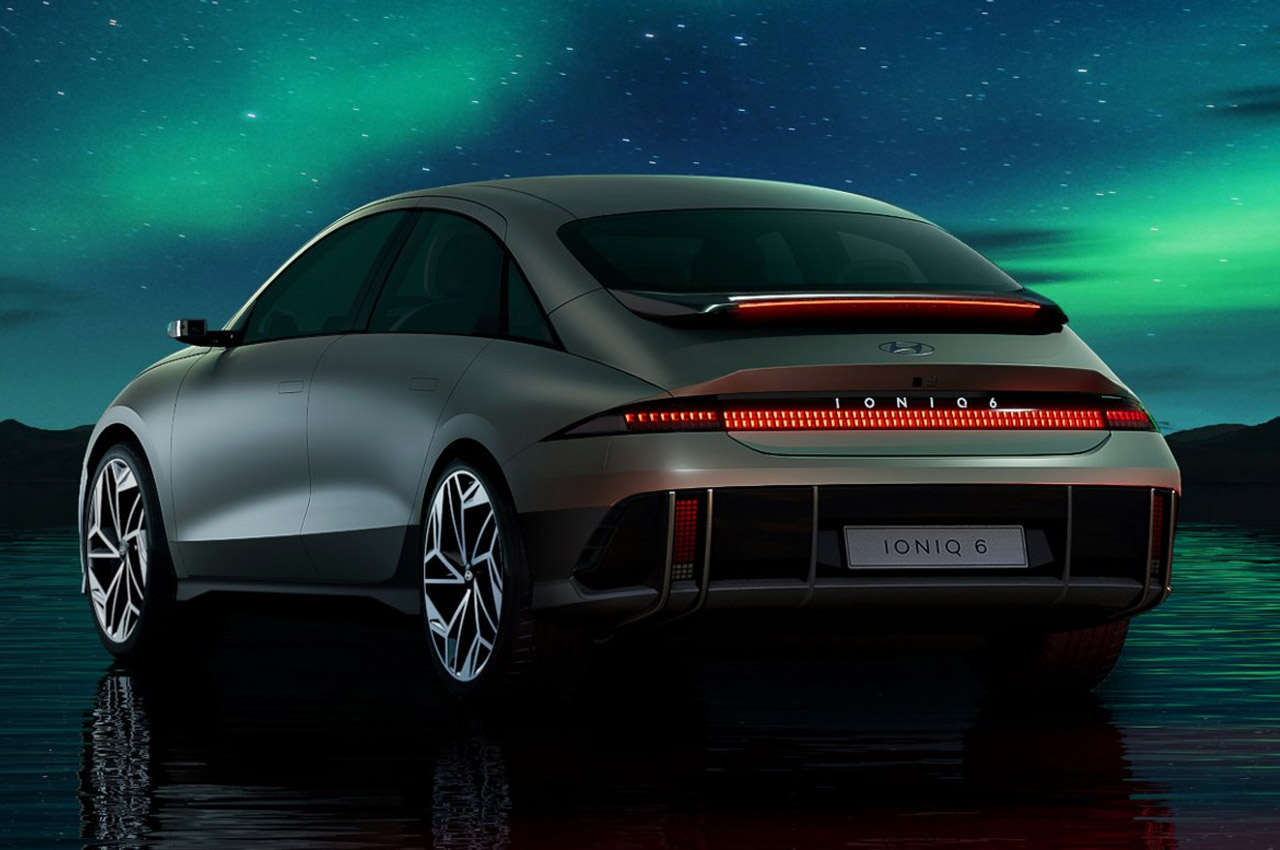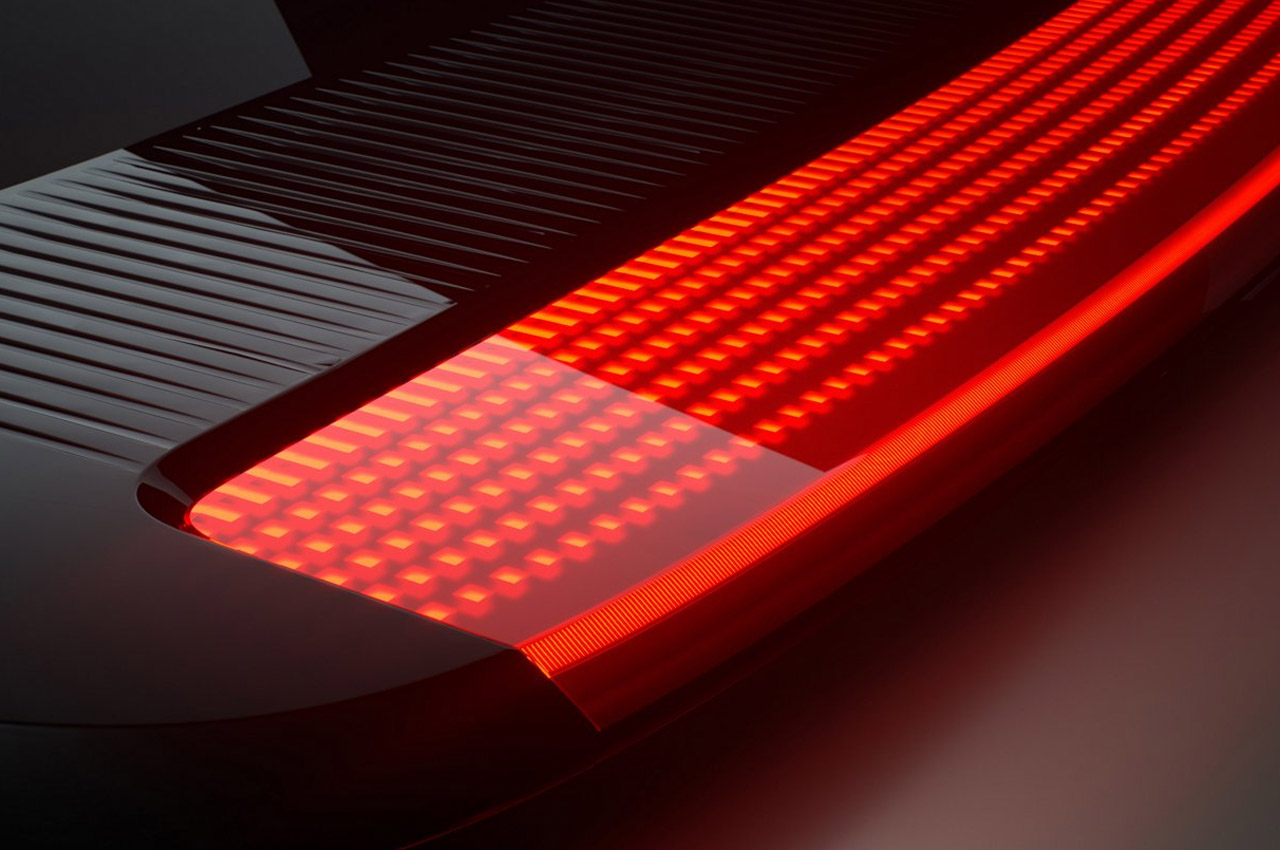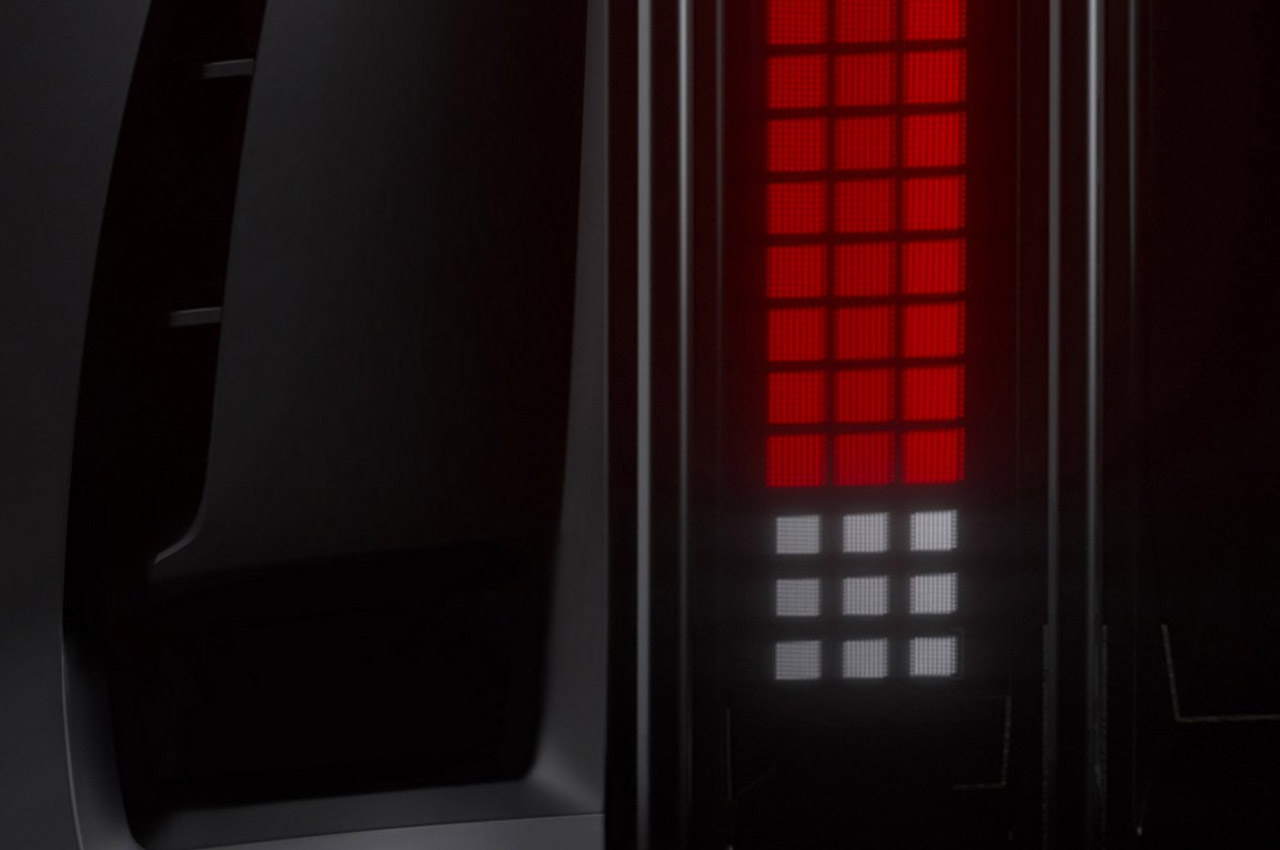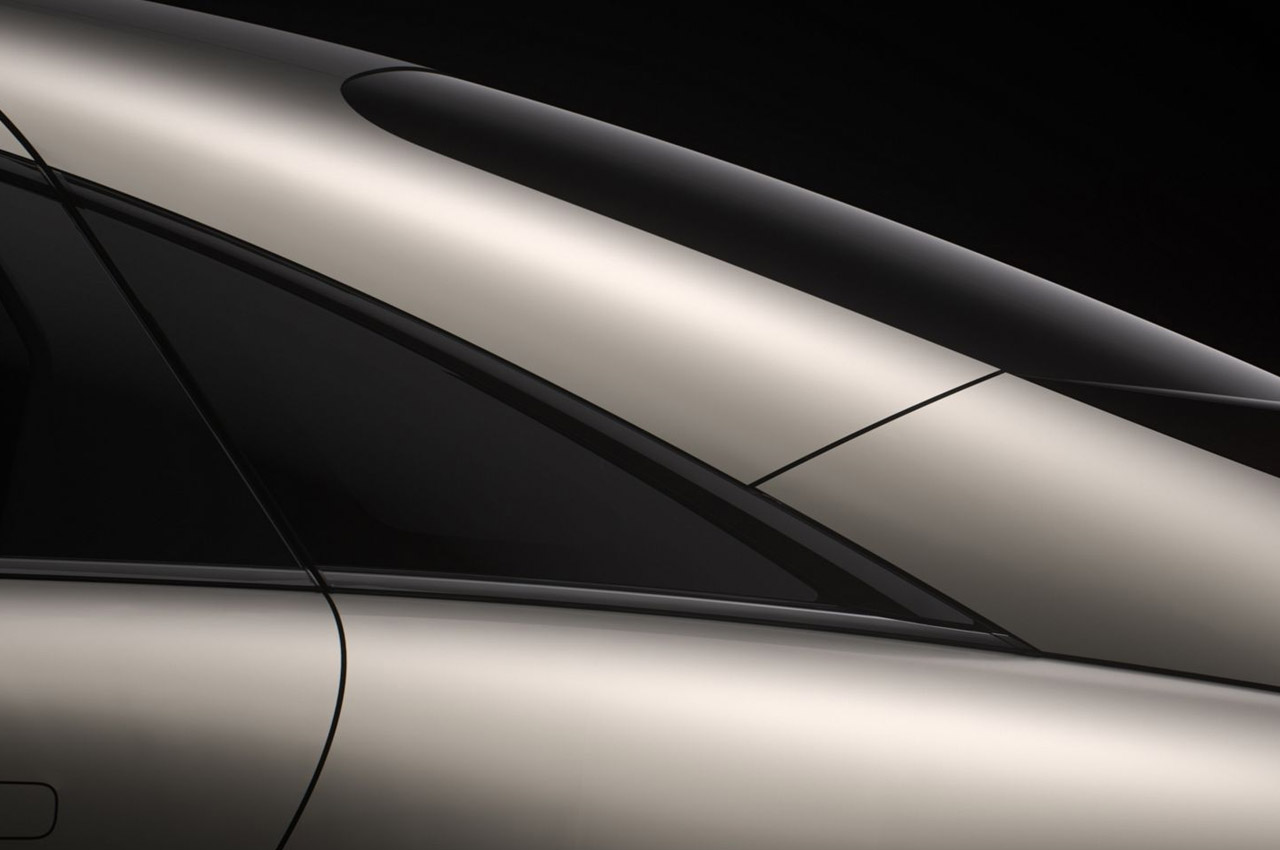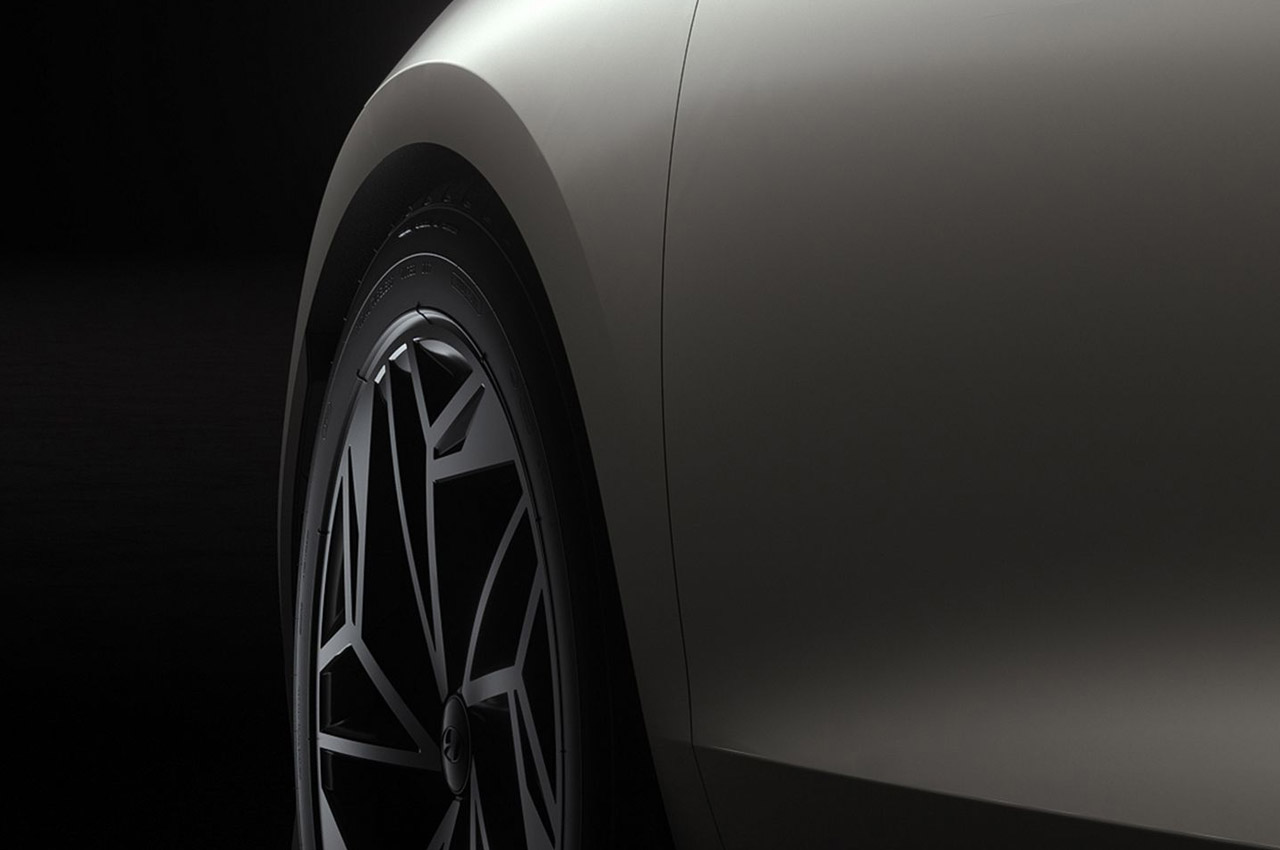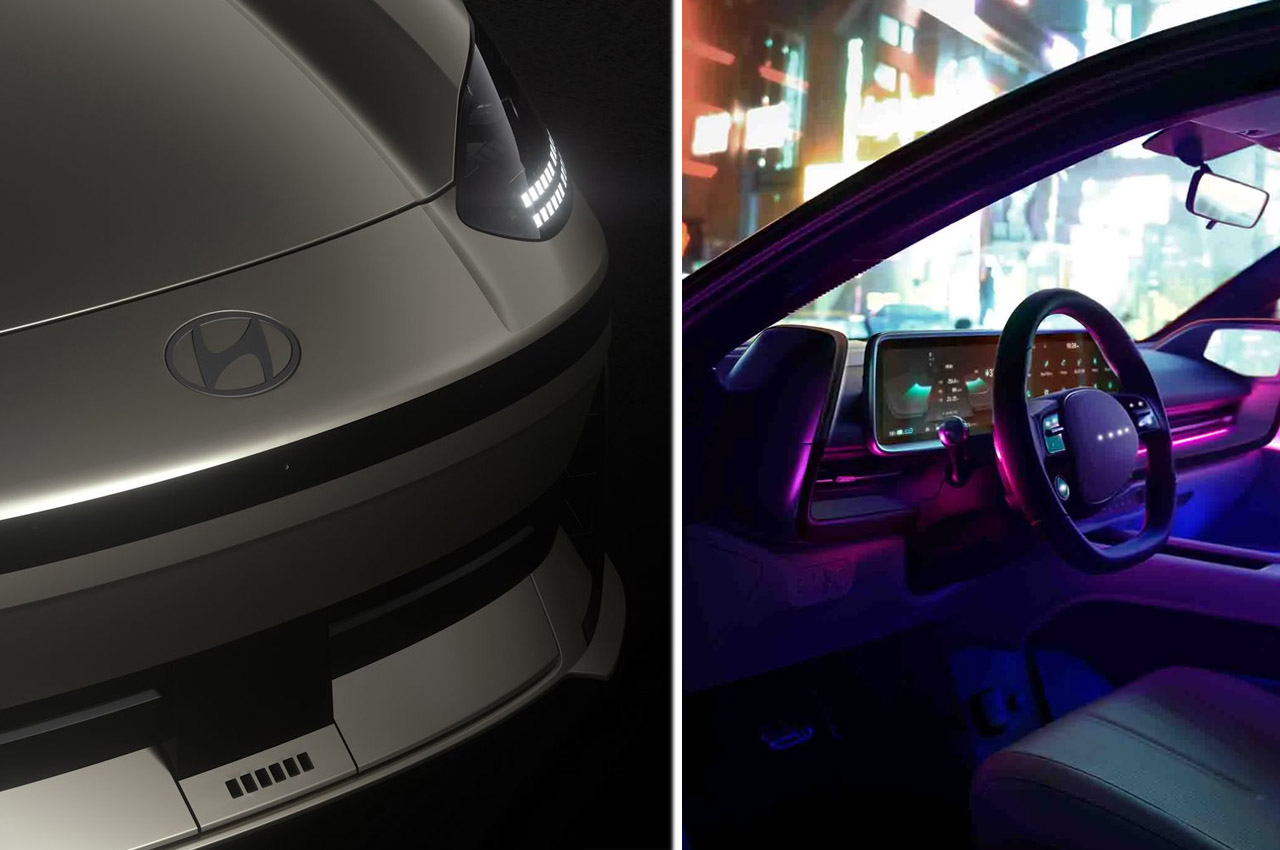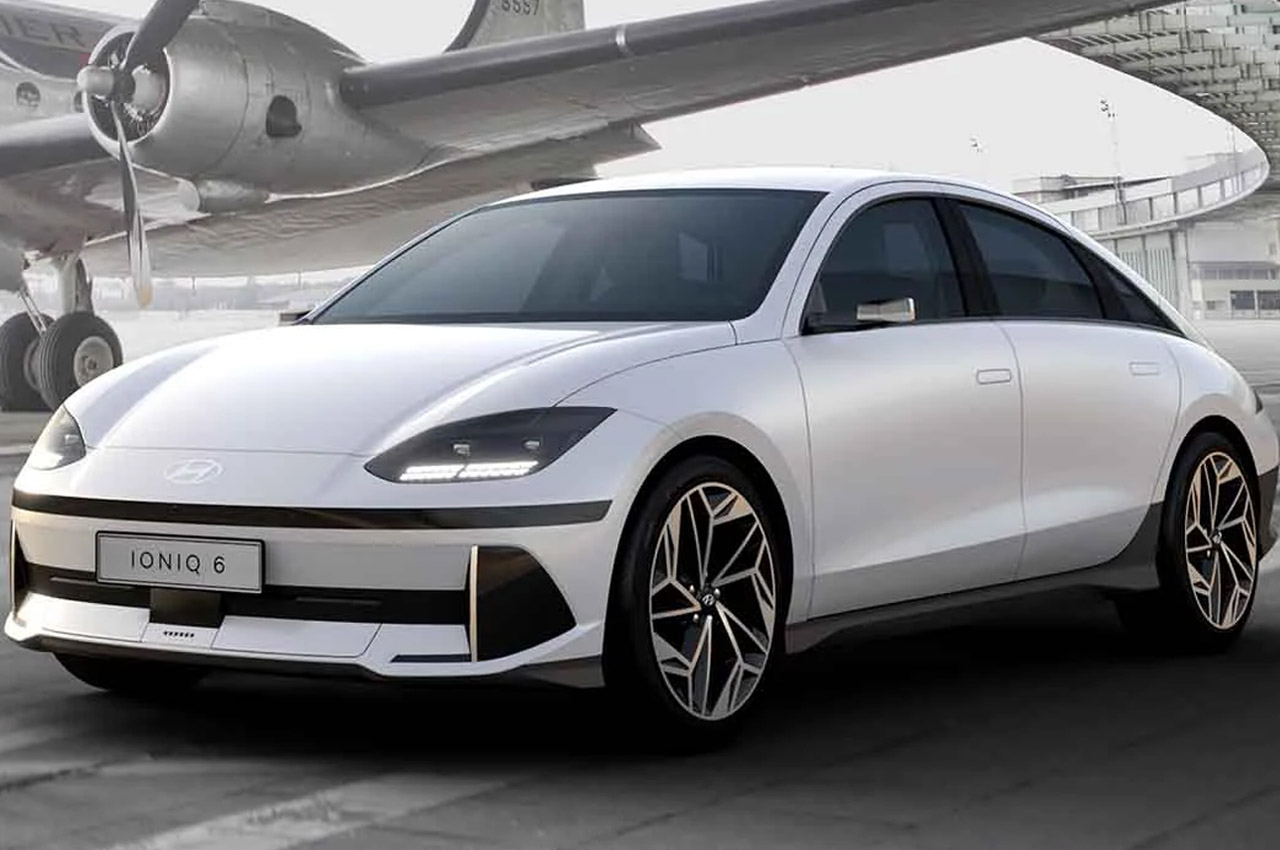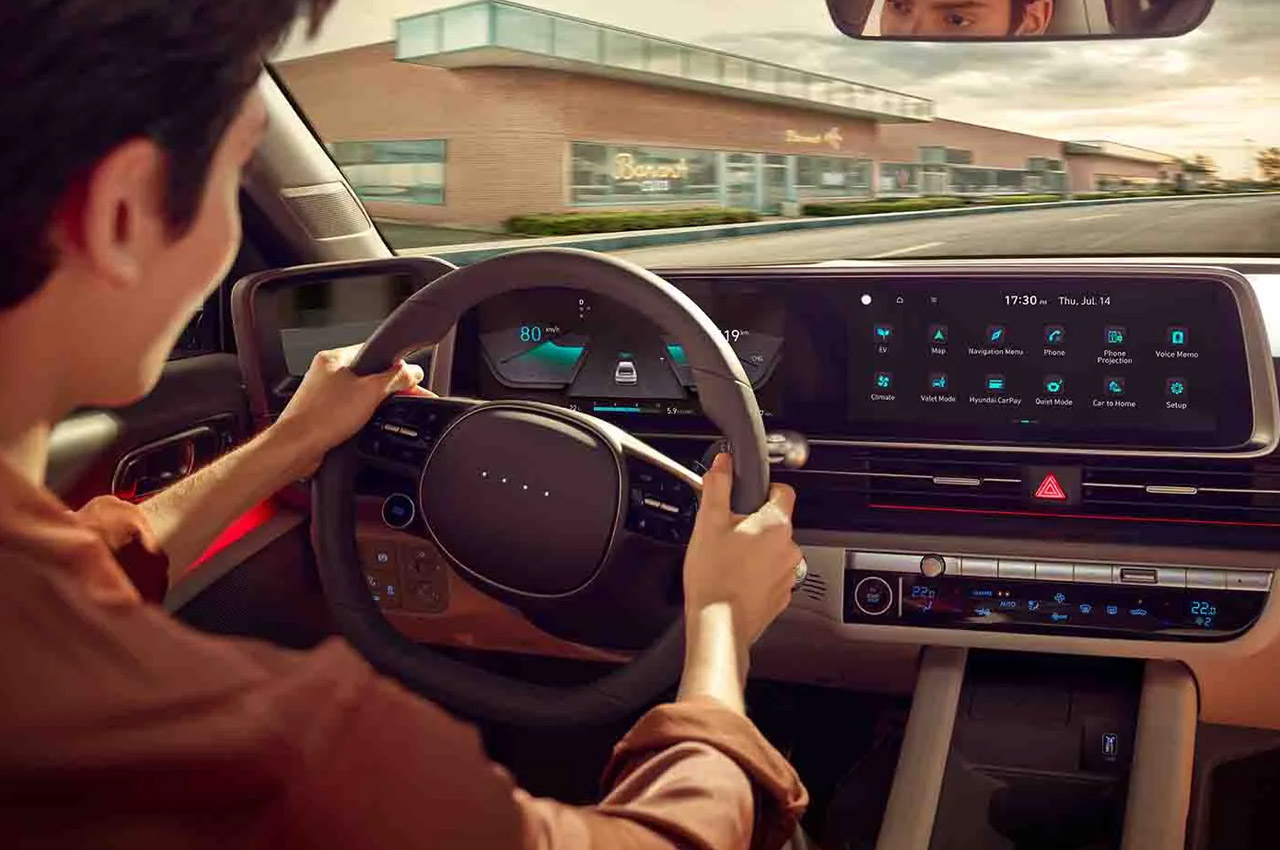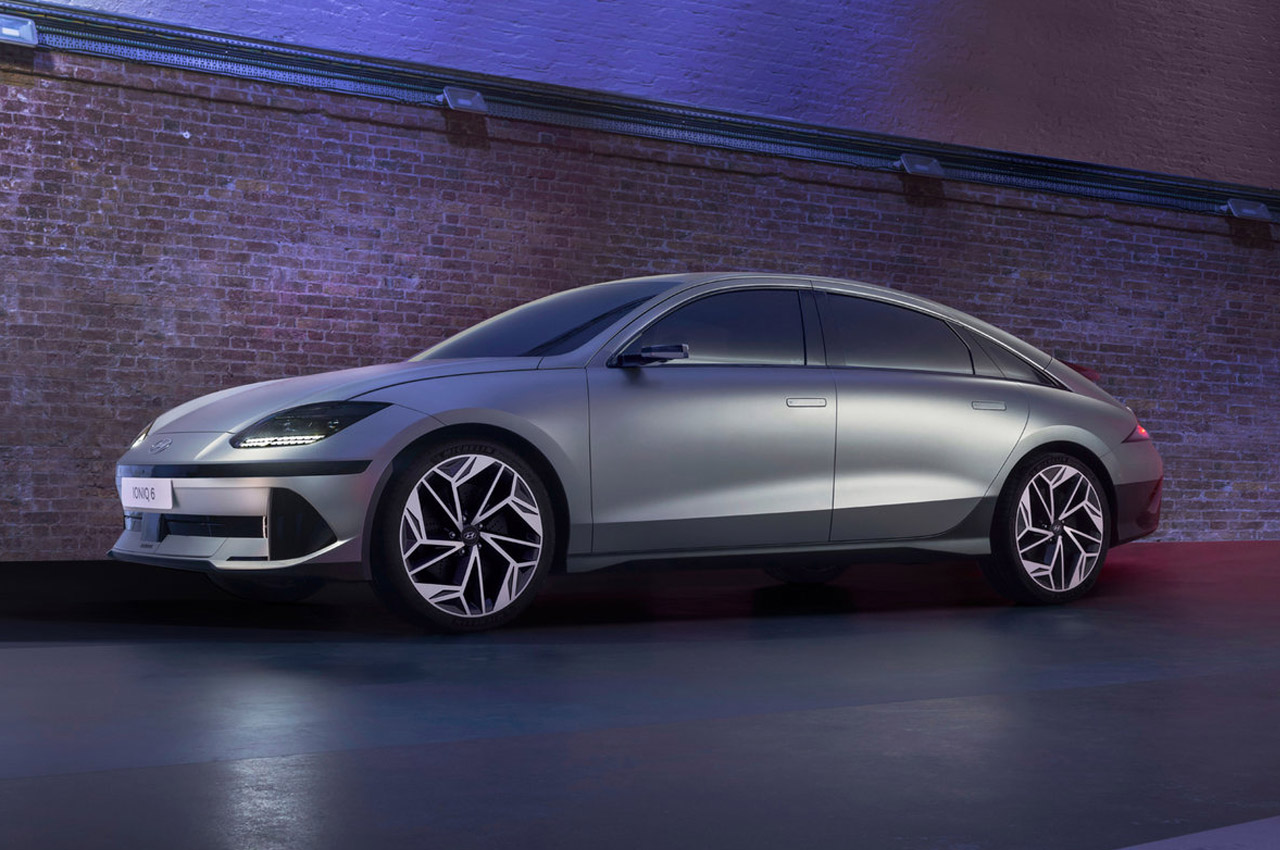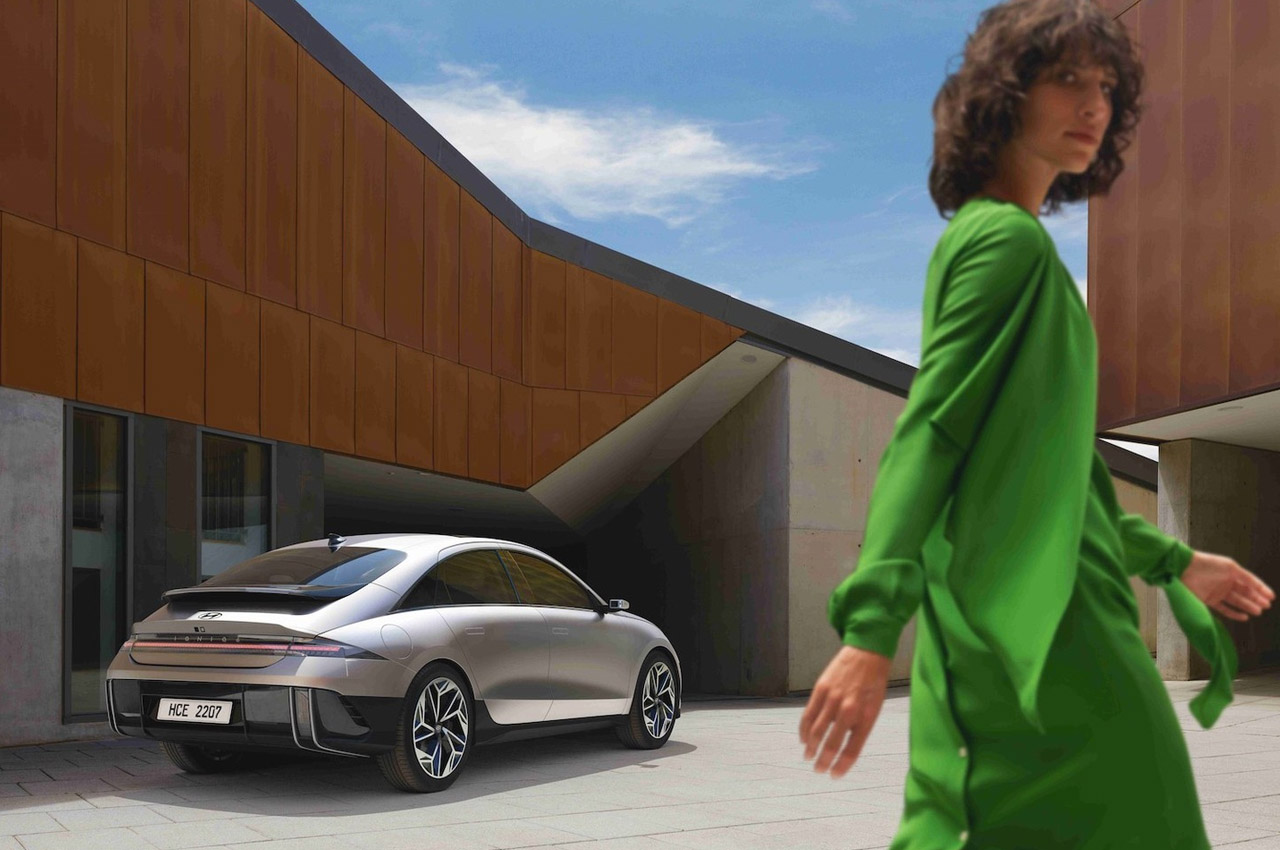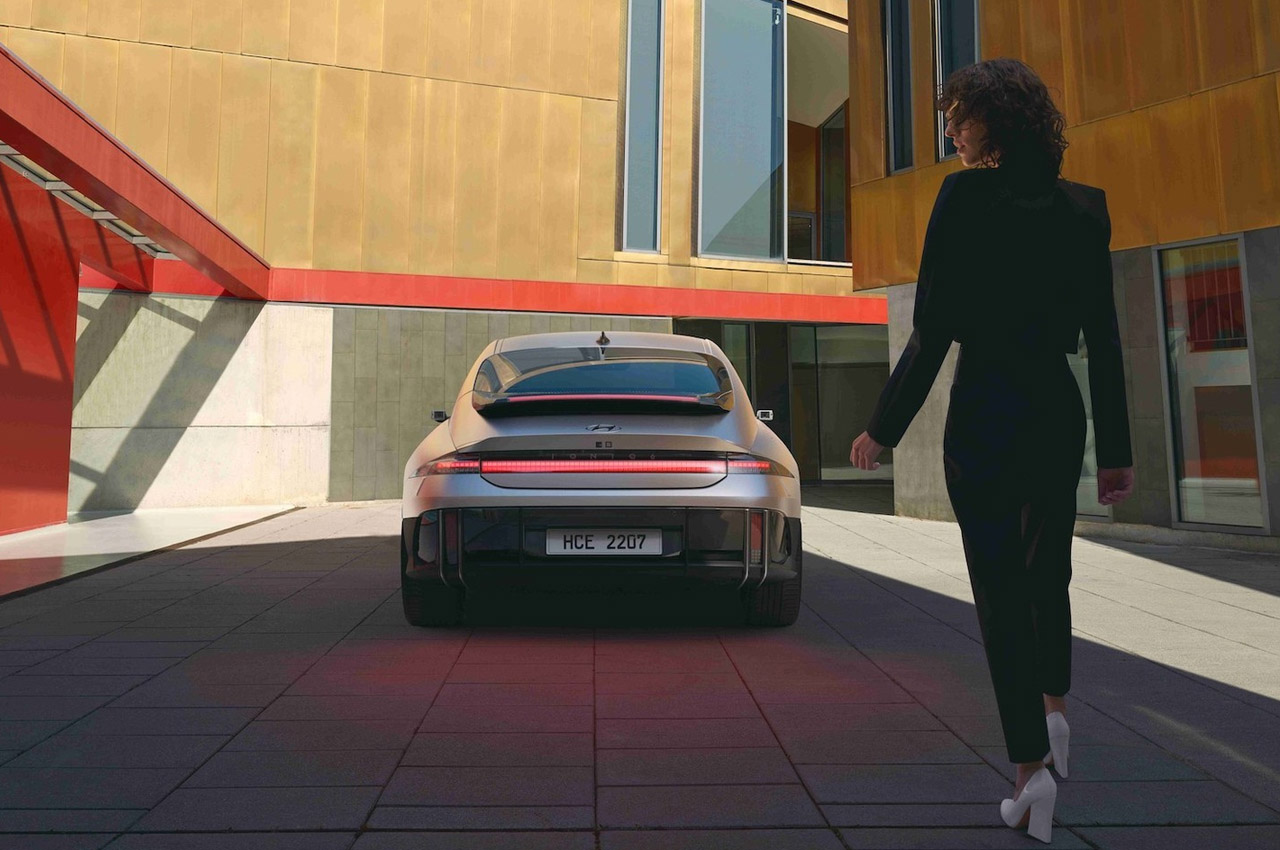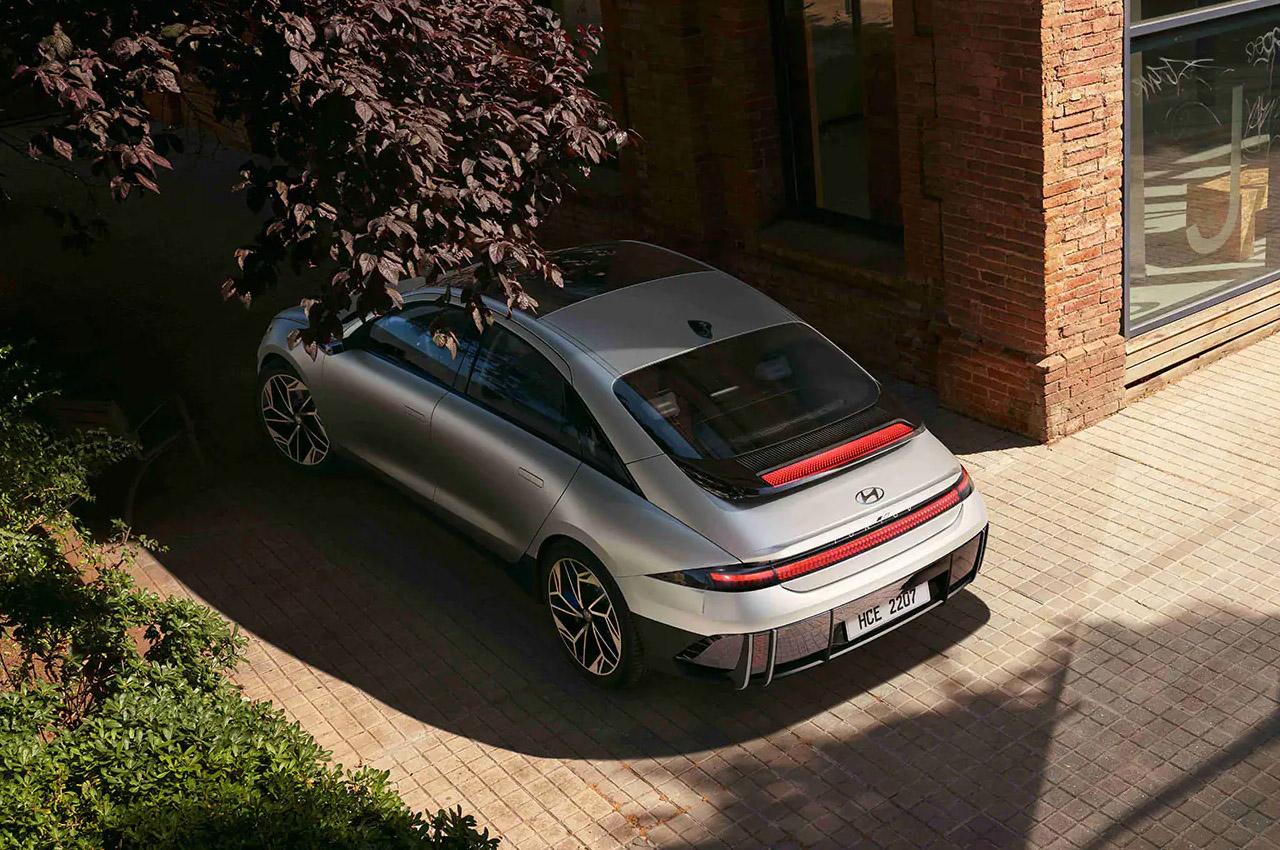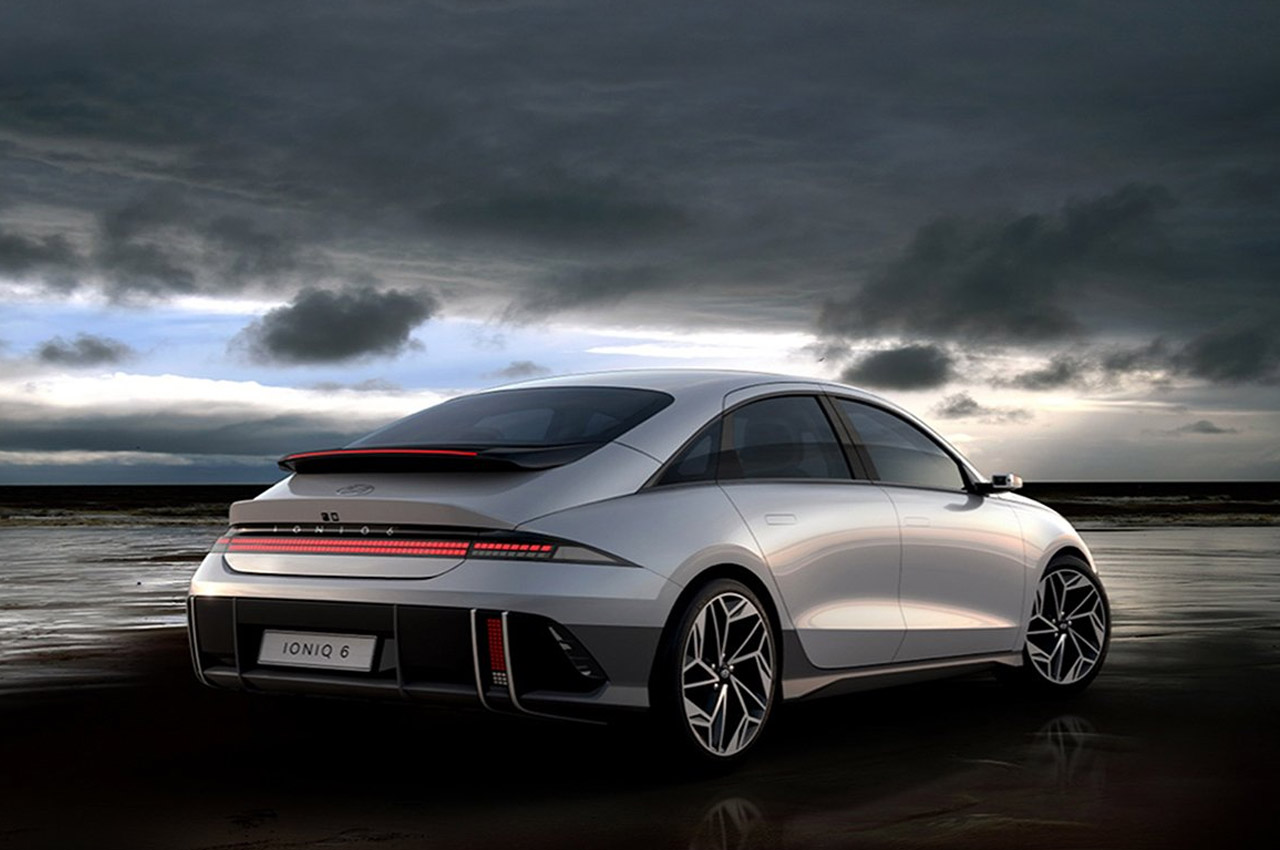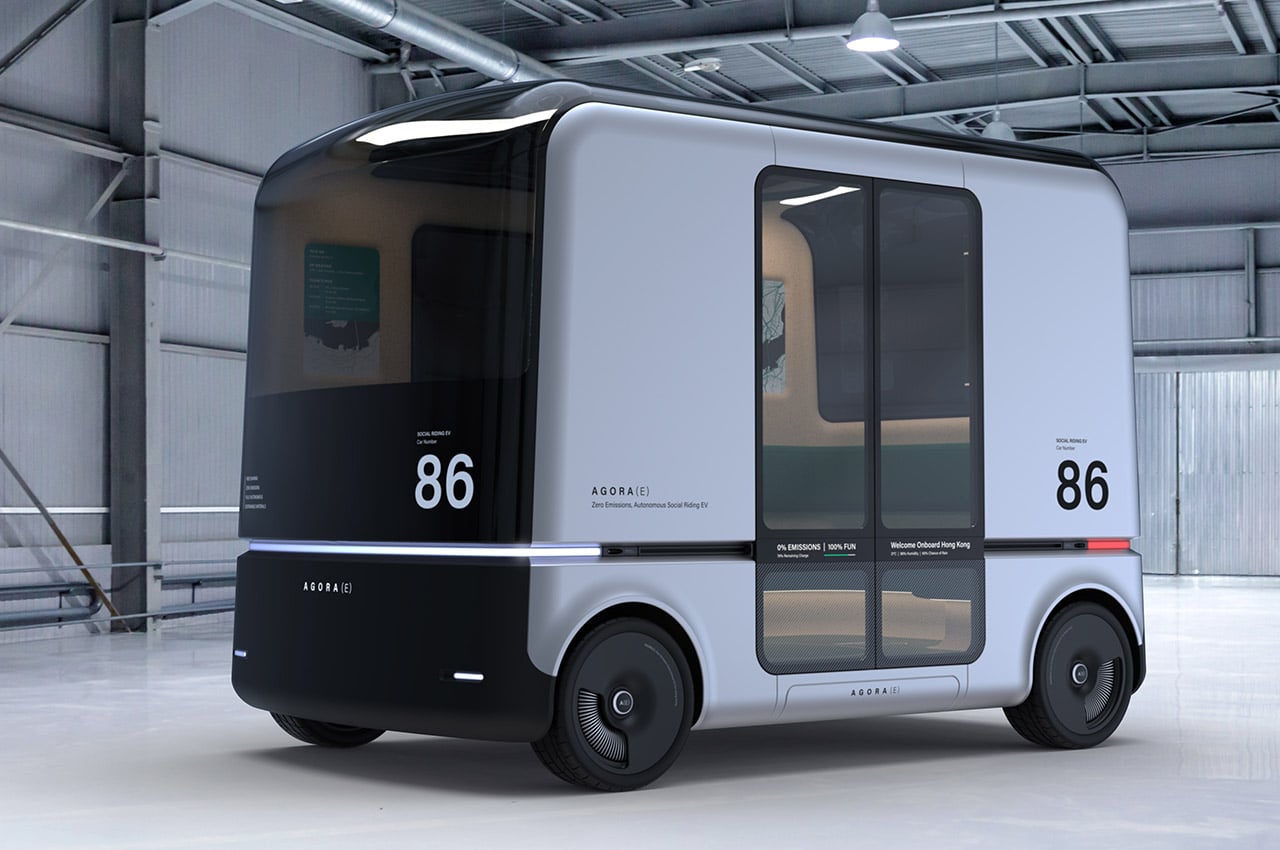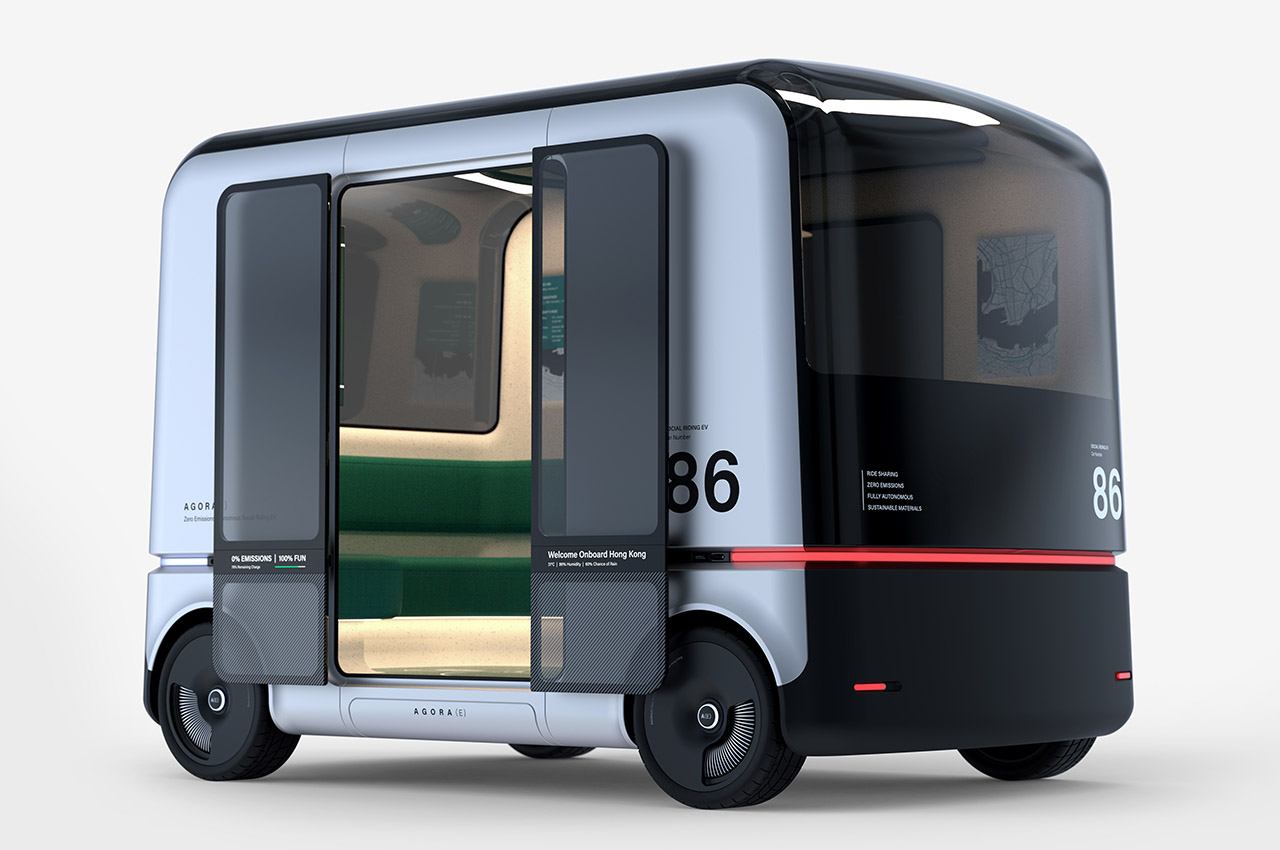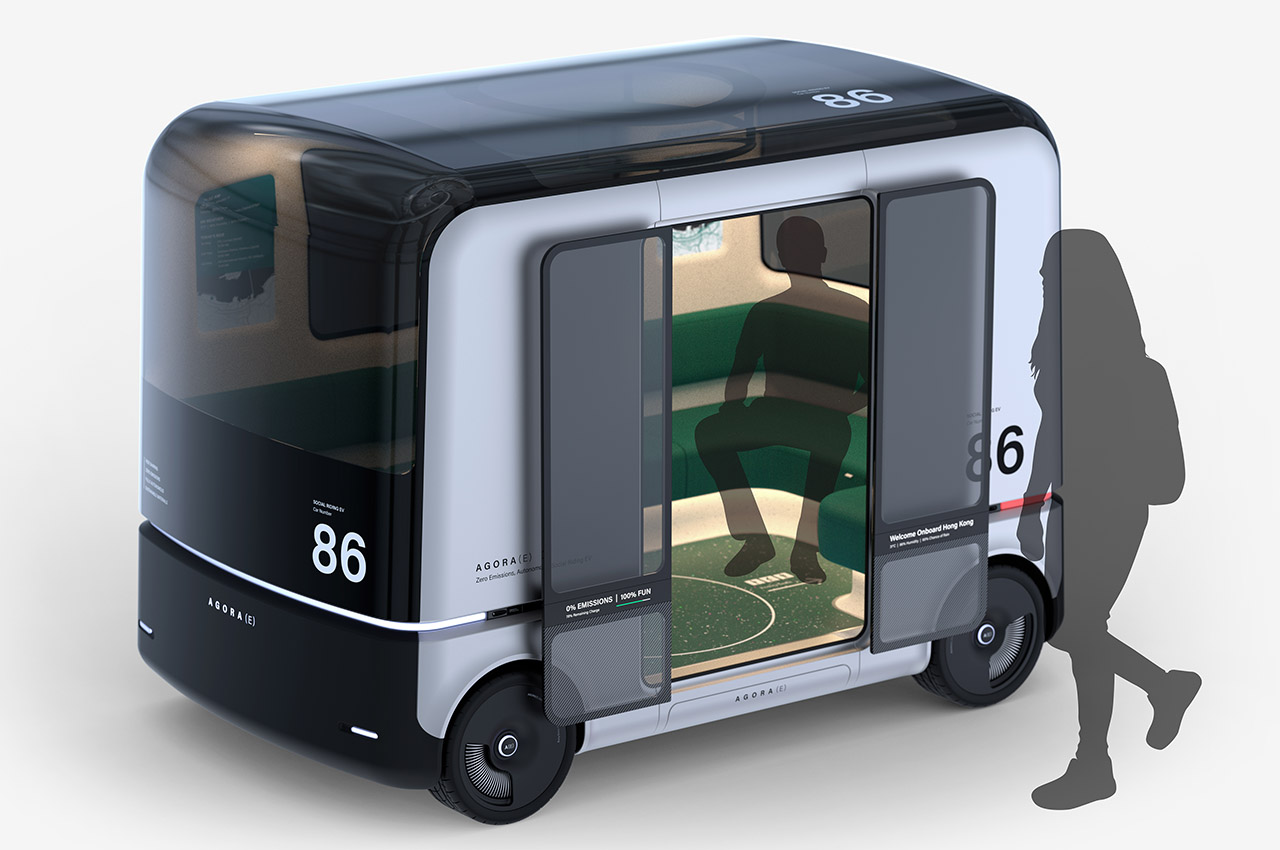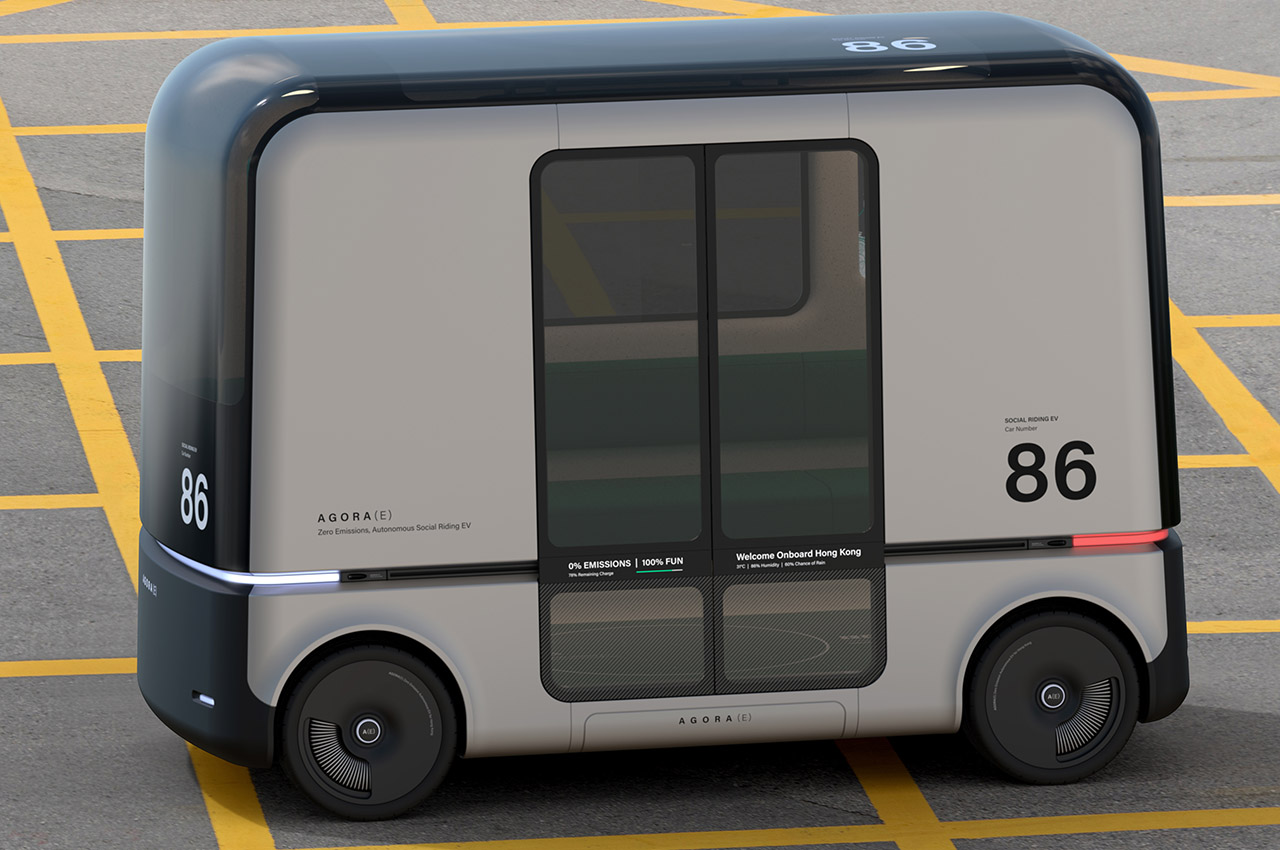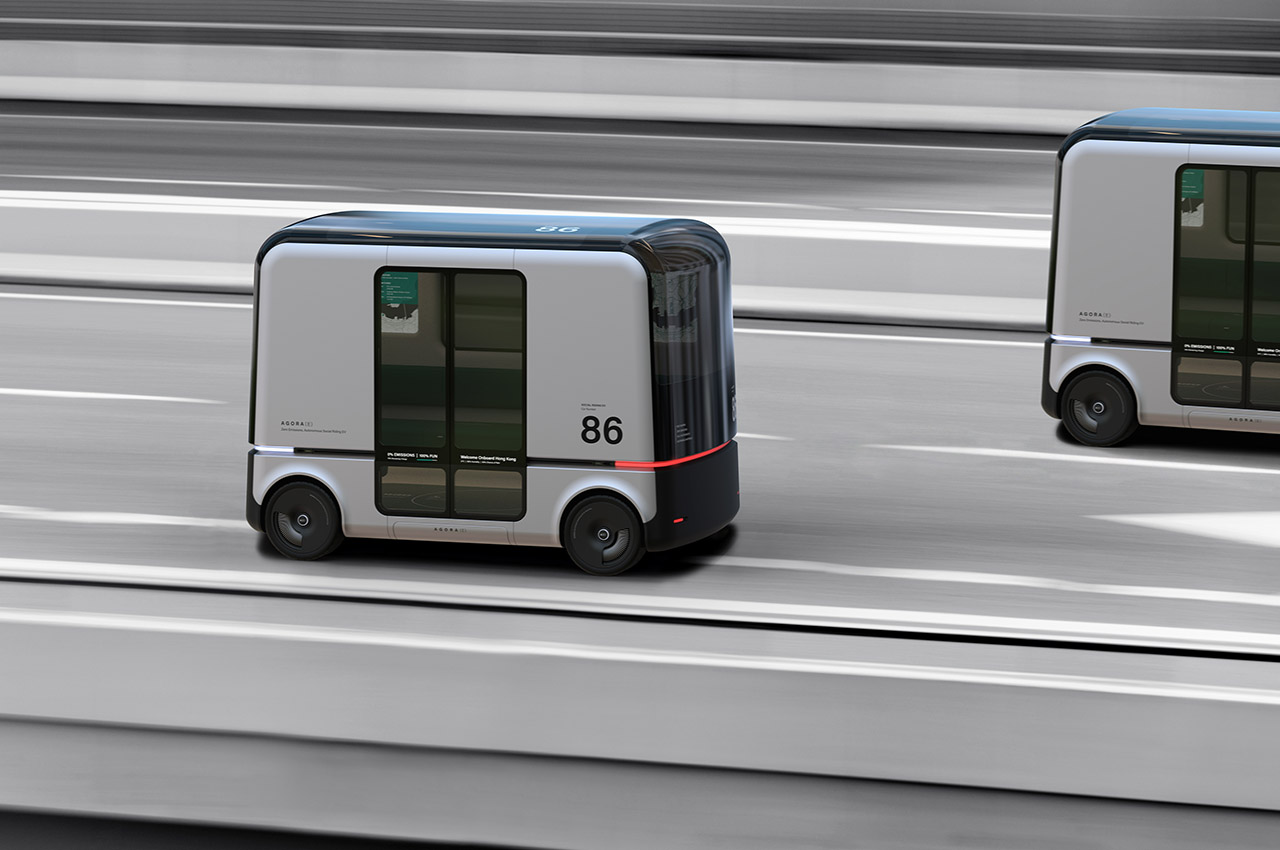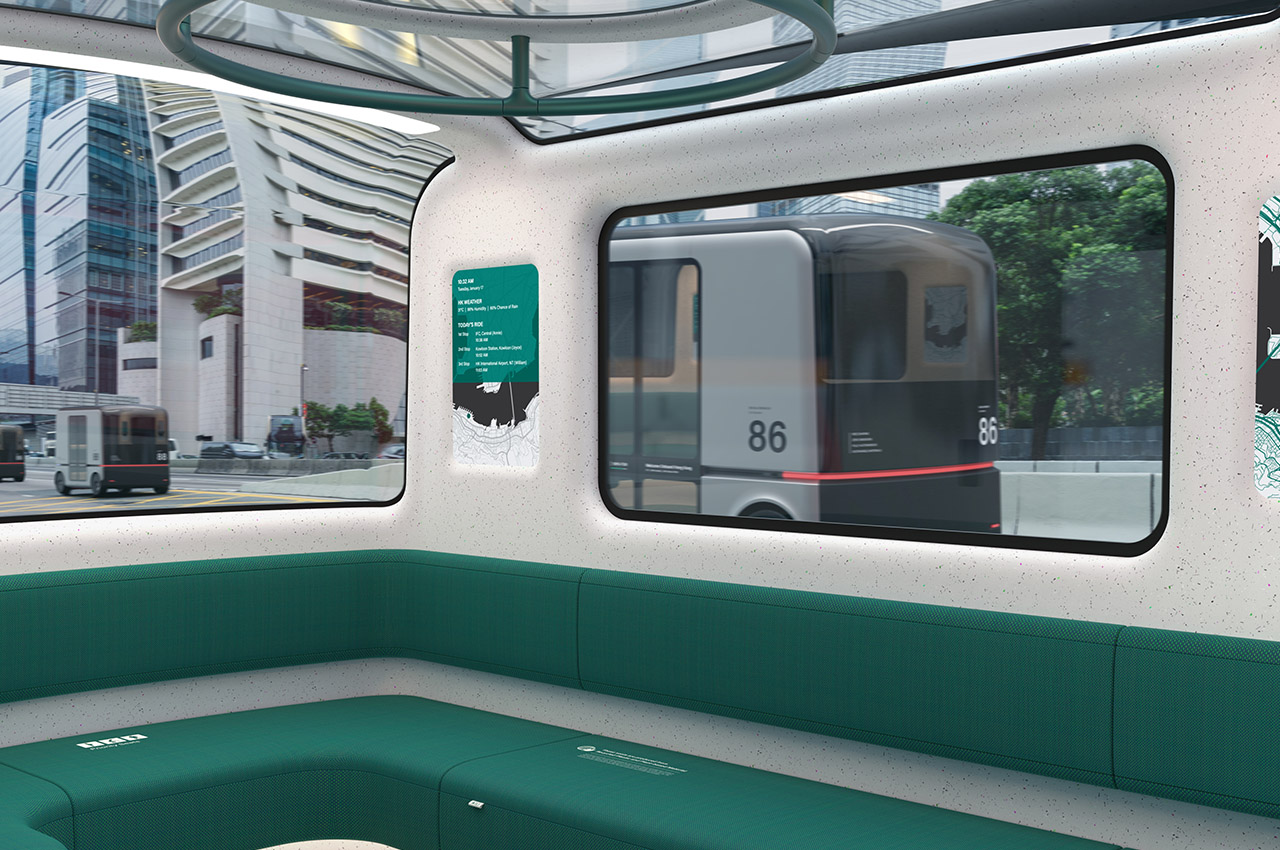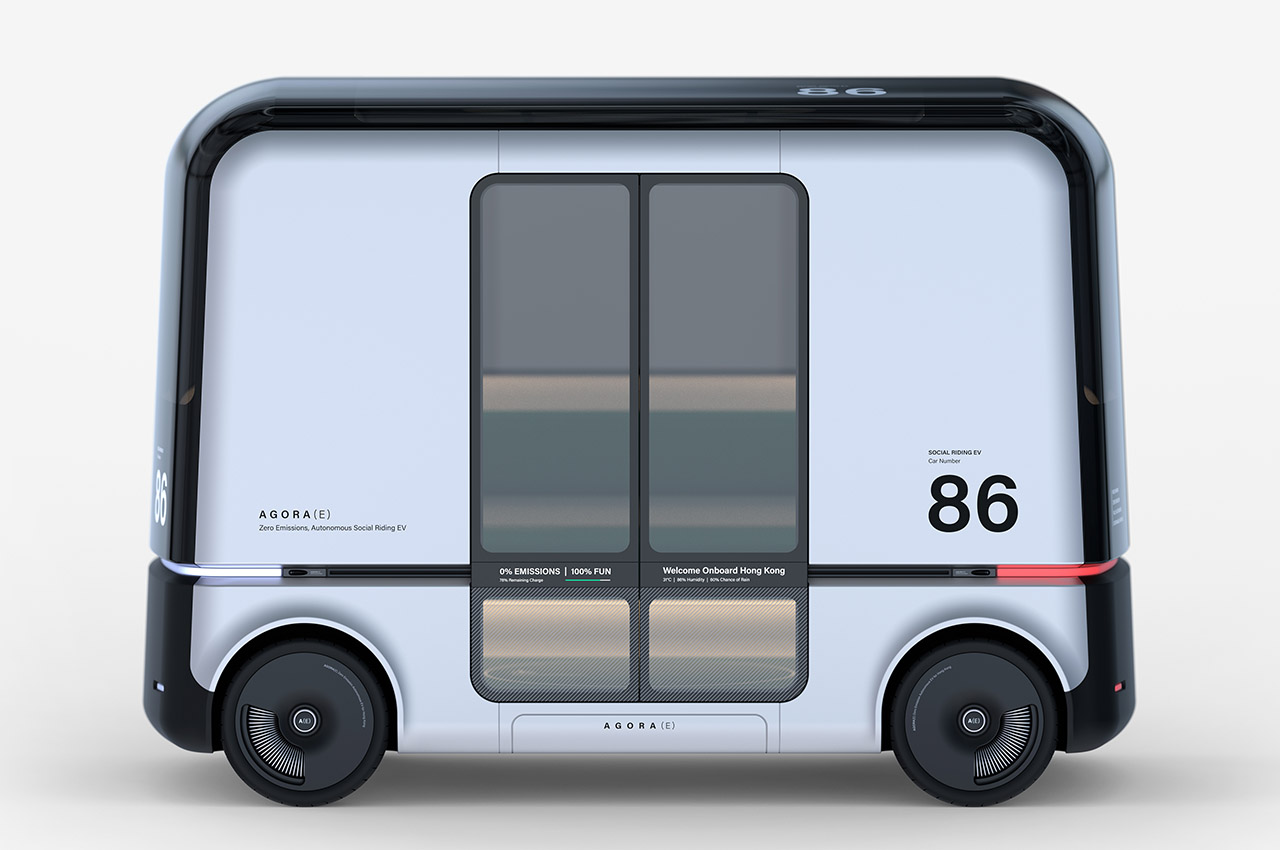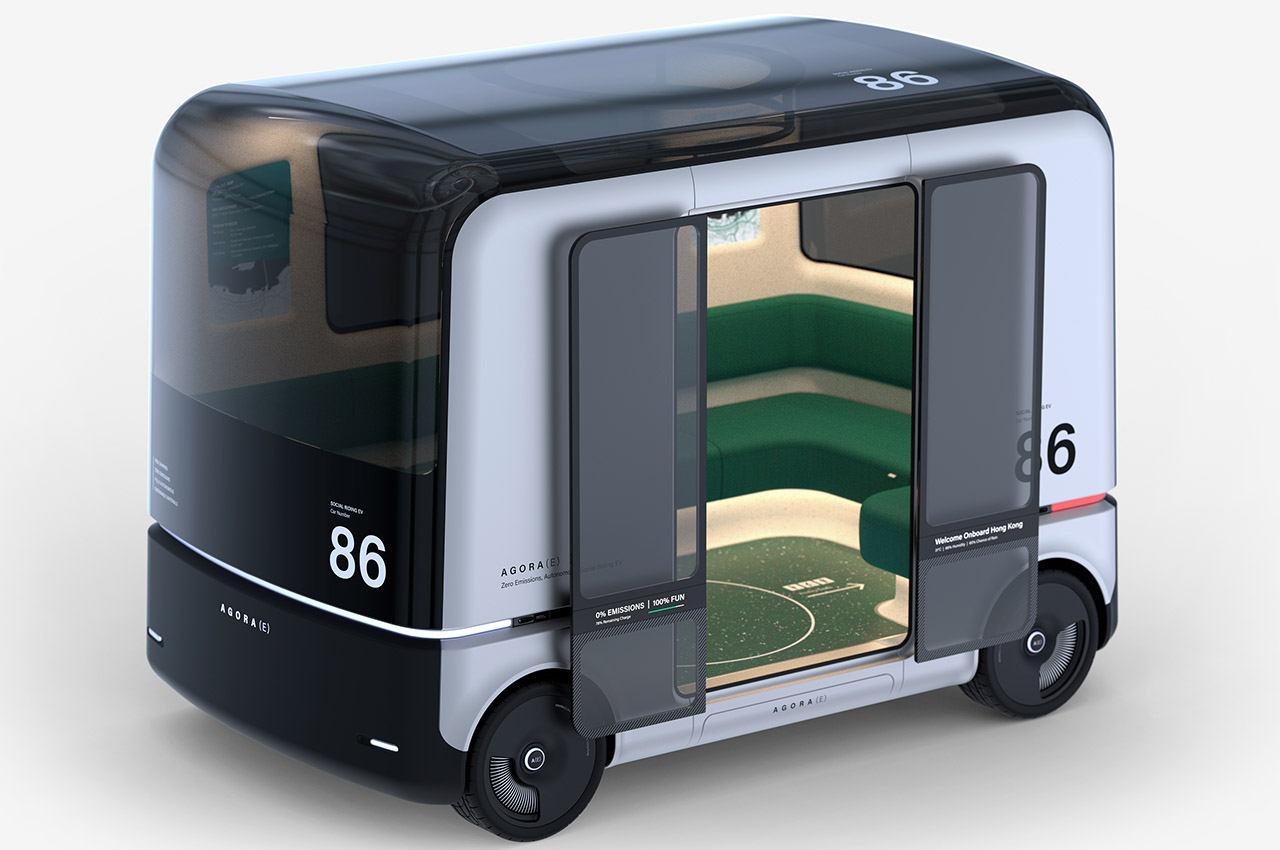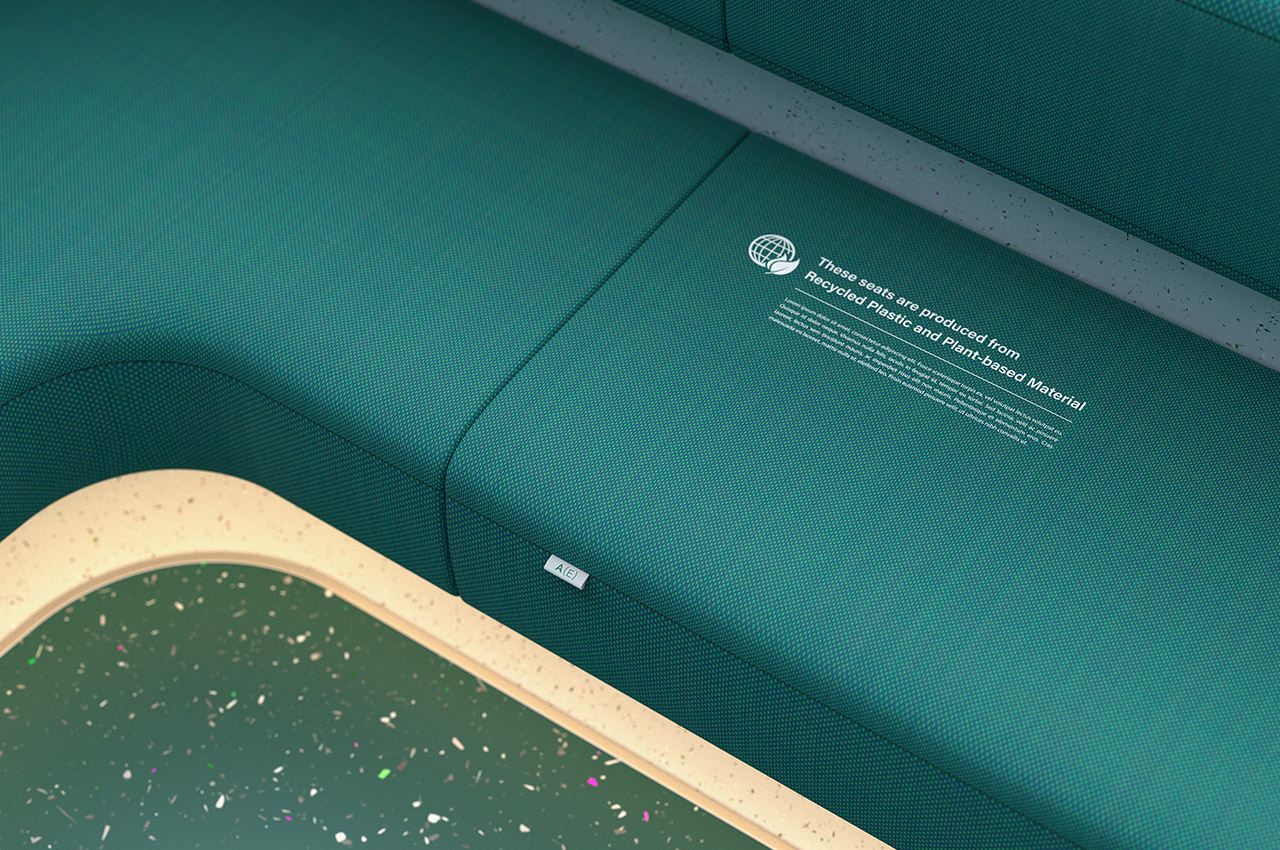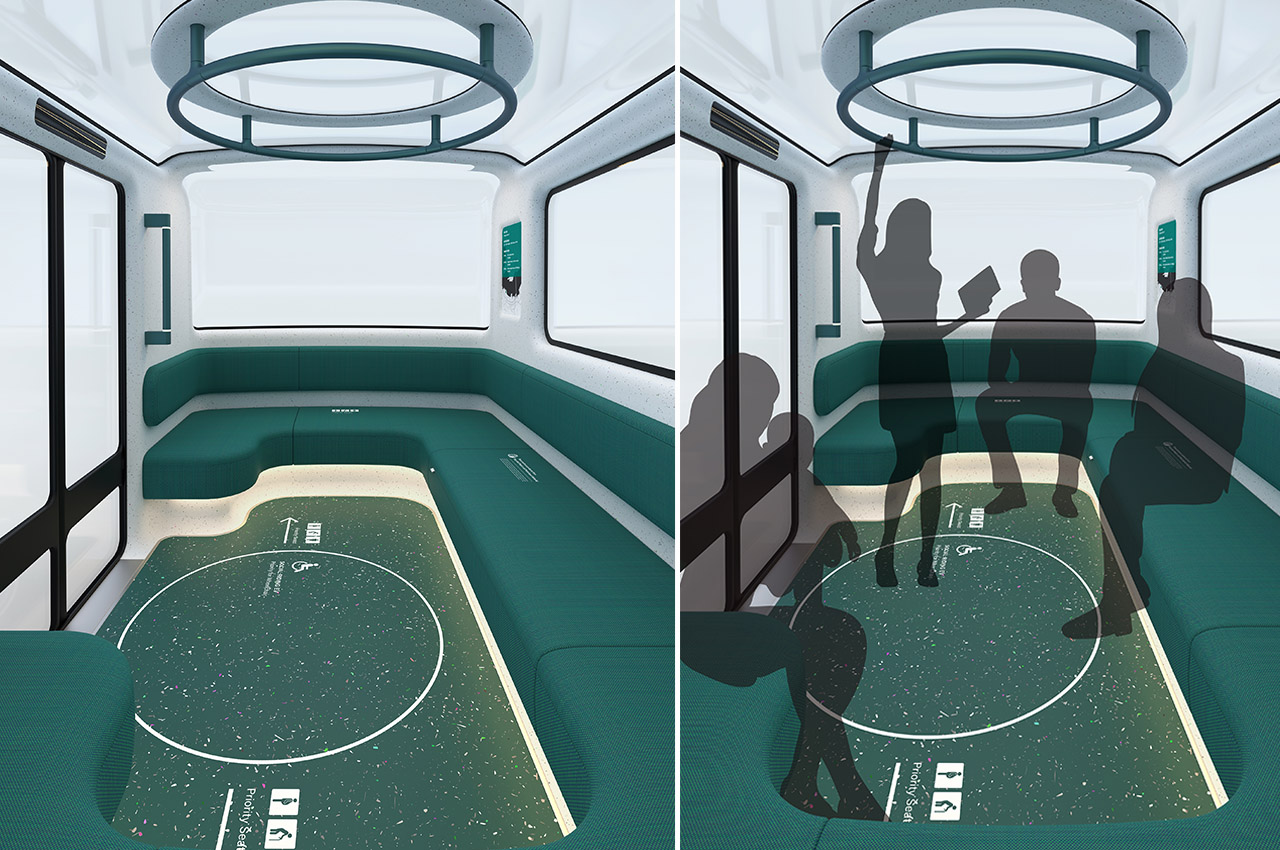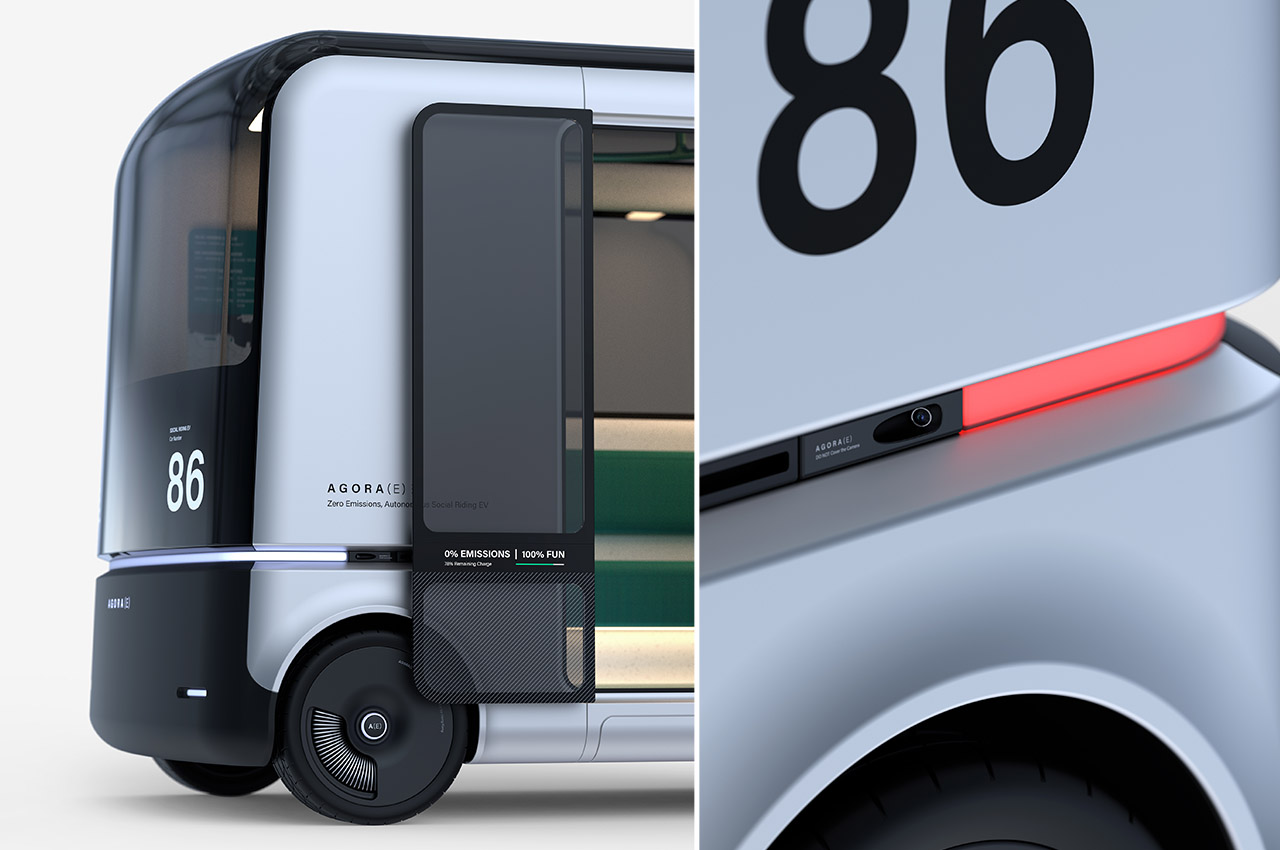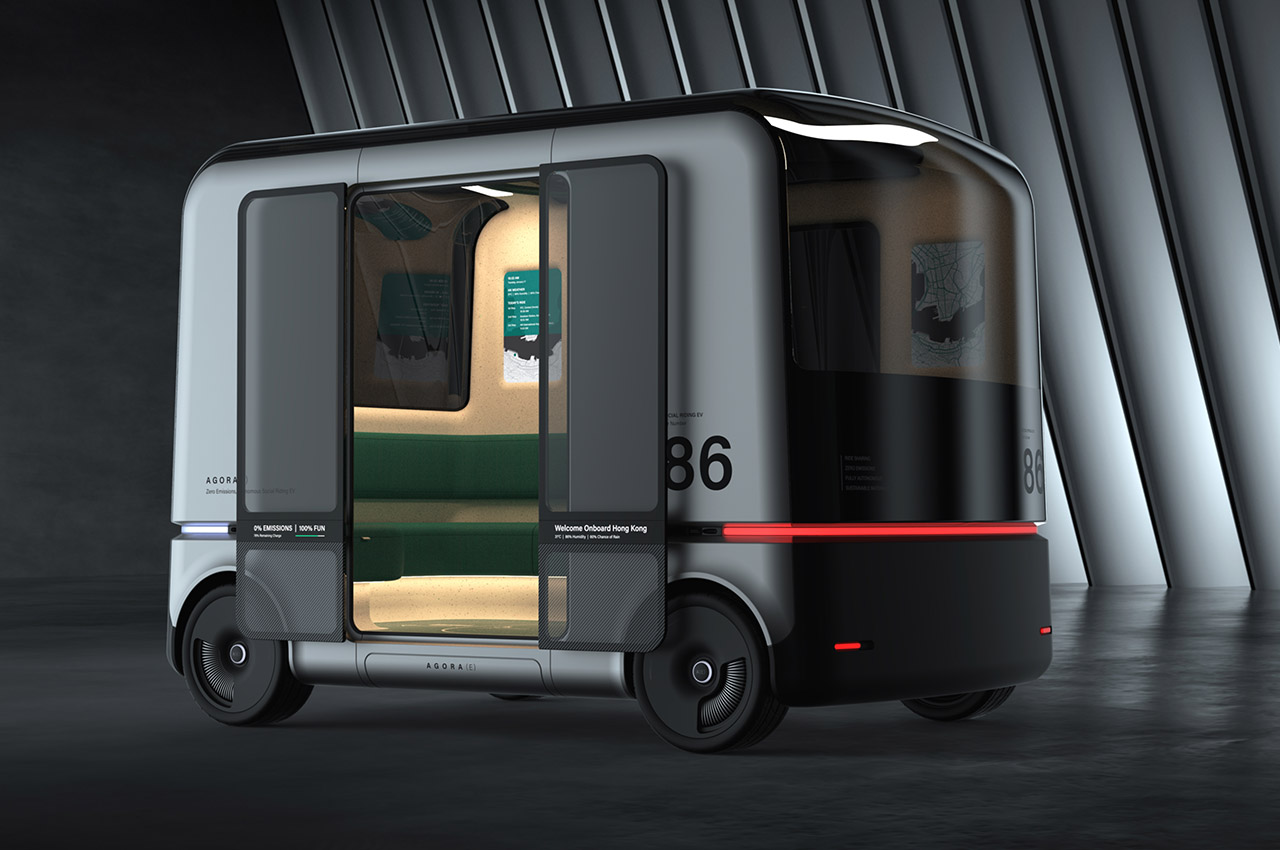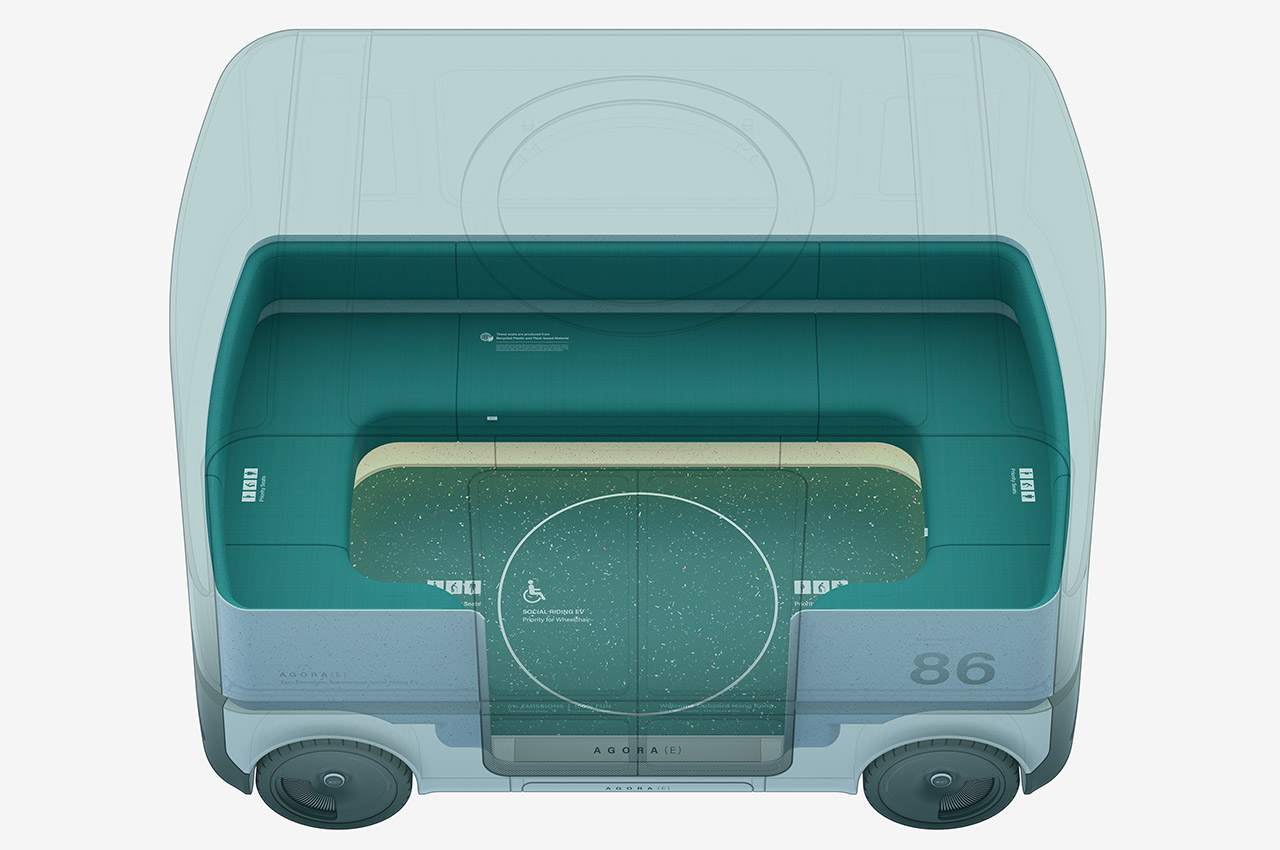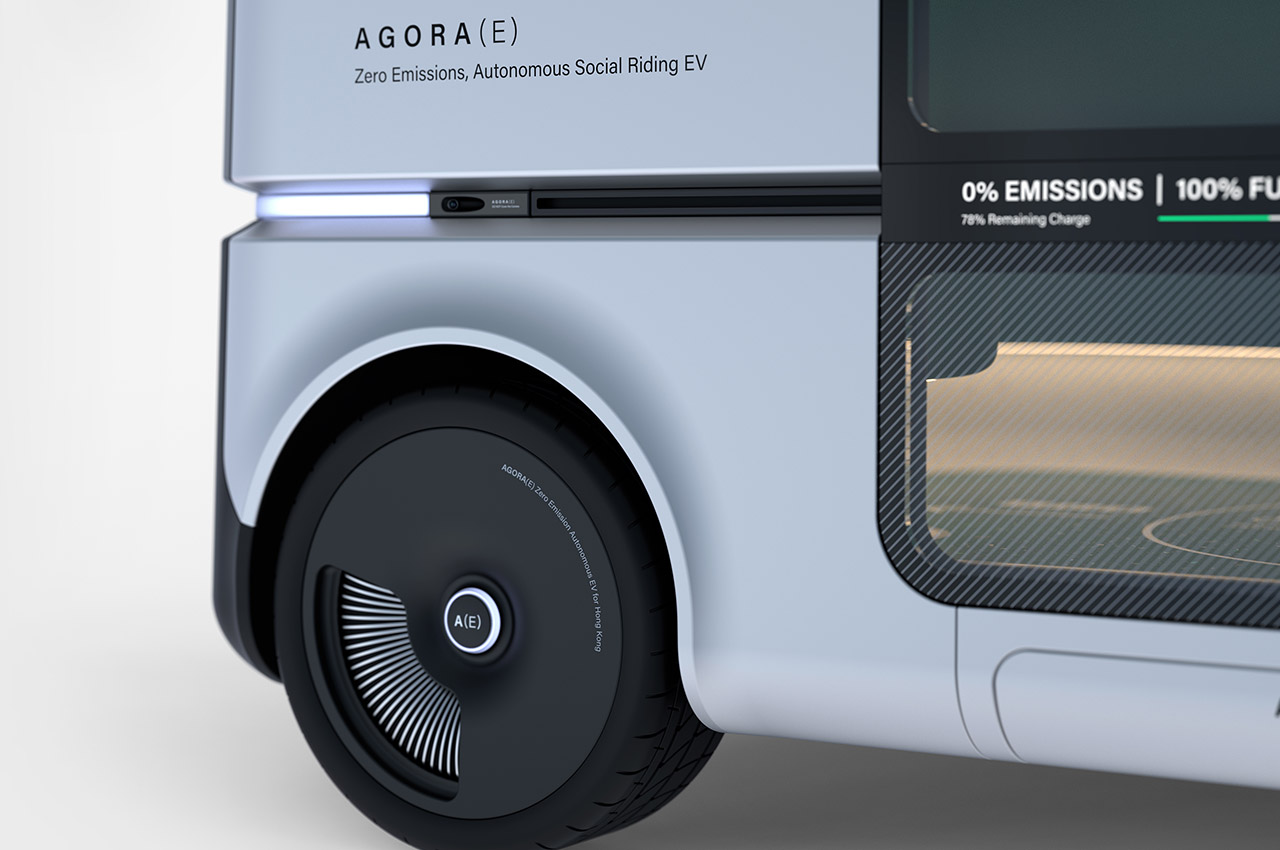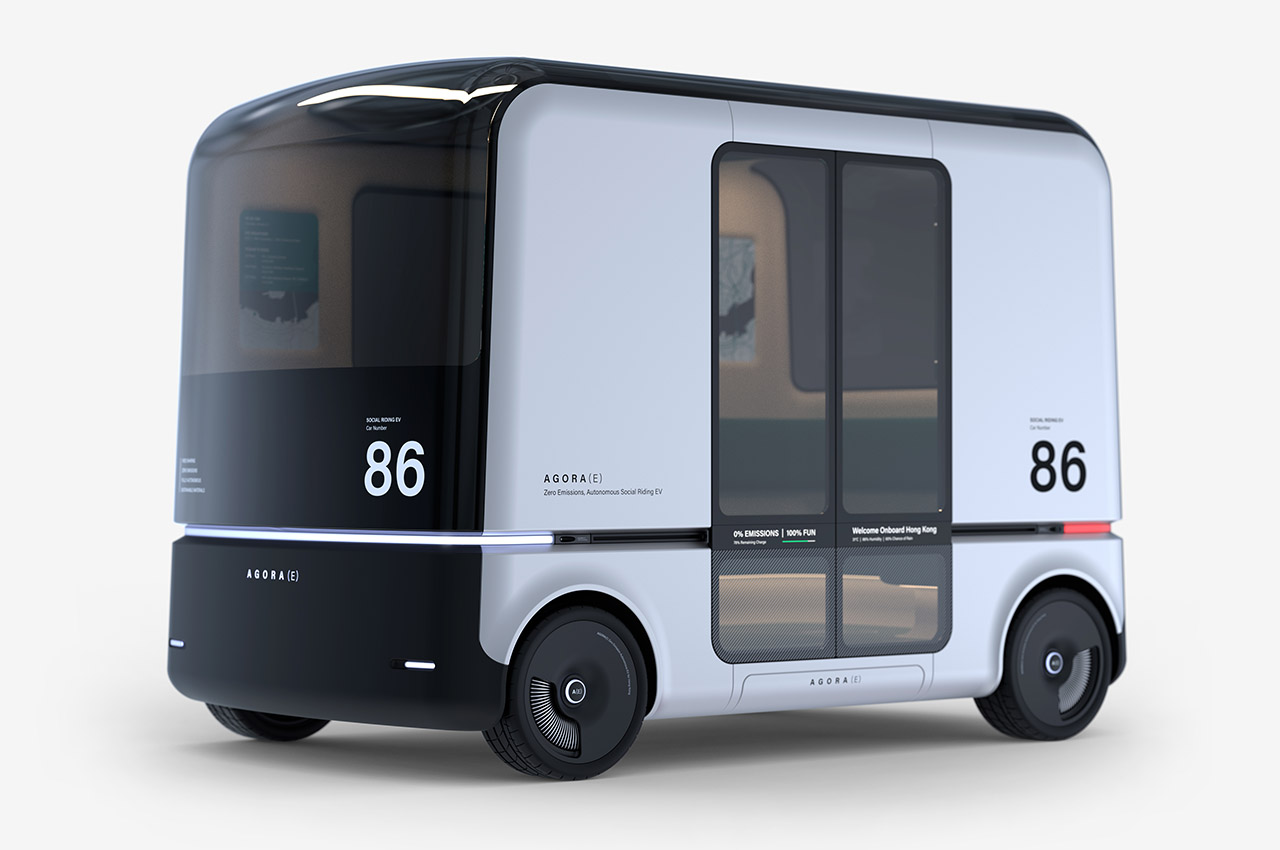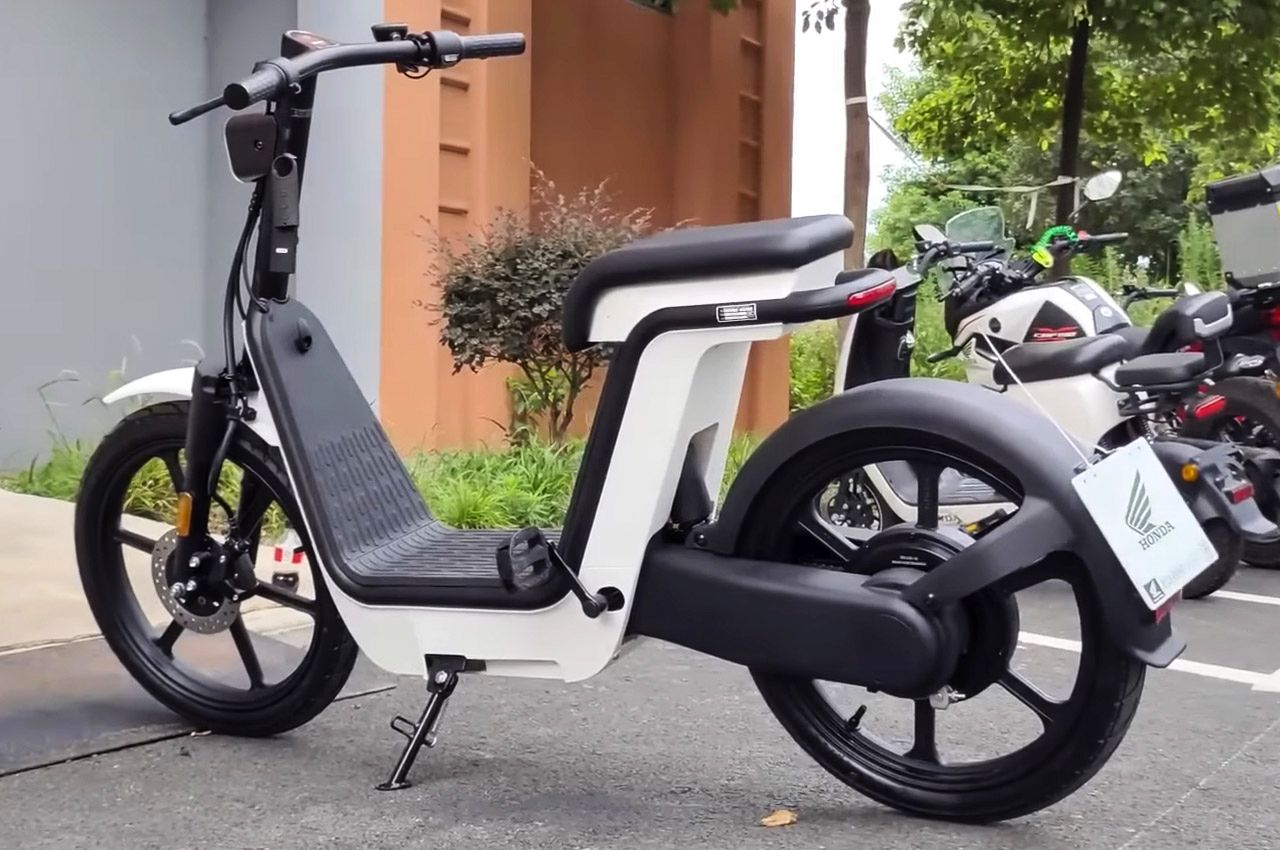
In a world where sustainability is running on everyone’s mind, and the consumption of fossil fuels is quite literally looked down upon – Electric vehicles have been slowly and steadily taking over the world! Electric vehicles ditch the age-old fossil fuels and instead run on large traction battery packs which are in turn powered via charging equipment. They may not run on engines, but they still manage to be sleek, swift, and powerful. And, we’ve curated a collection of EV designs that we felt were the best of the lot! From an electric train with a transparent panoramic roof to a MUJI x Honda electric bike – these innovative and groundbreaking automotives promise to be the future of urban commute and automobiles!
1. The Muji Honda MS01 electric bike
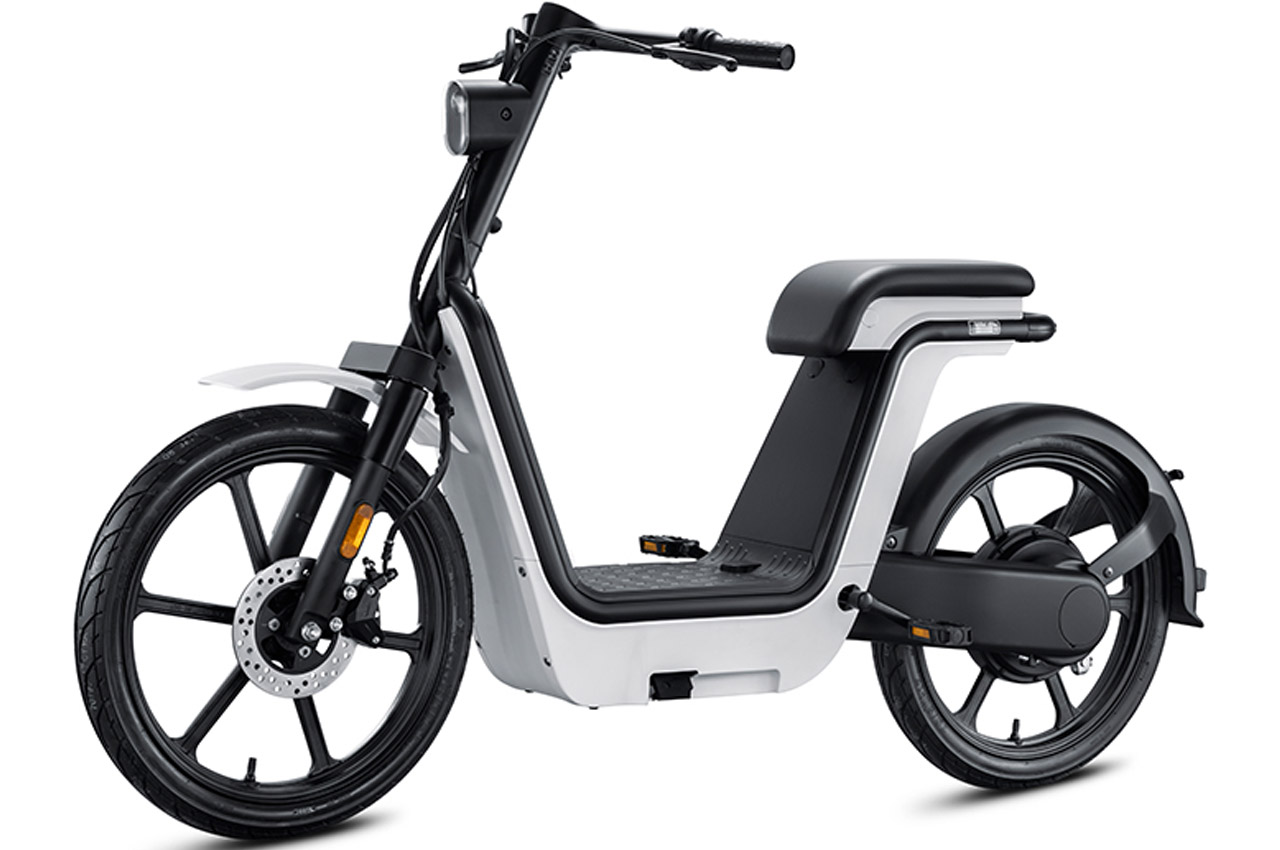
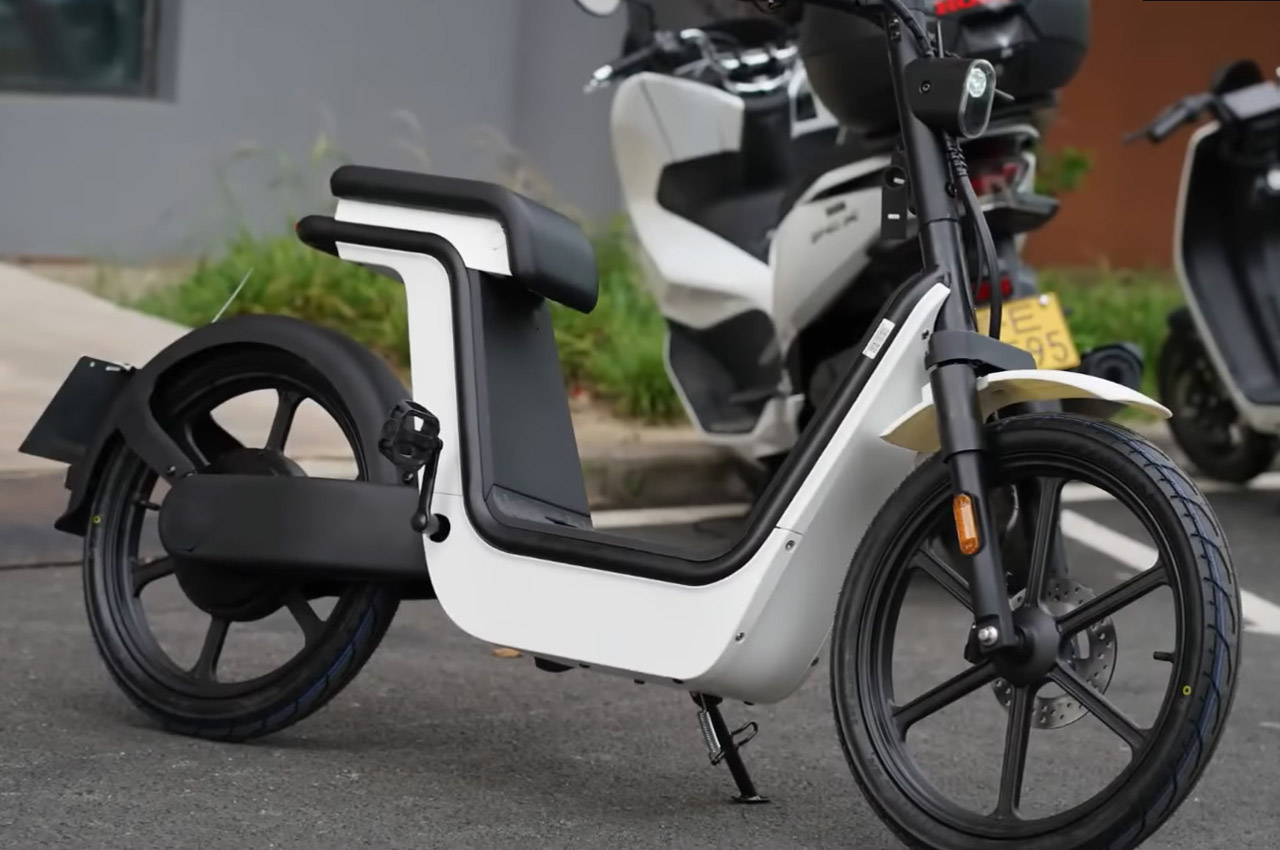
Meet the Muji Honda MS01 electric bike inspired by the MUJI H-Type bicycle. The black and white theme on this one is a testament to the MUJI’s mellowed-down styling – in fact, the company’s artistic director Kenya Hara did most of the design bit of the bike himself. All the equipment and power of the MS01 come from the house of Honda. It is a very balanced collaboration, resulting in this minimalist two-wheeler ideal for city rides and beyond.
2. The Citroën La 2 Deuche Concept
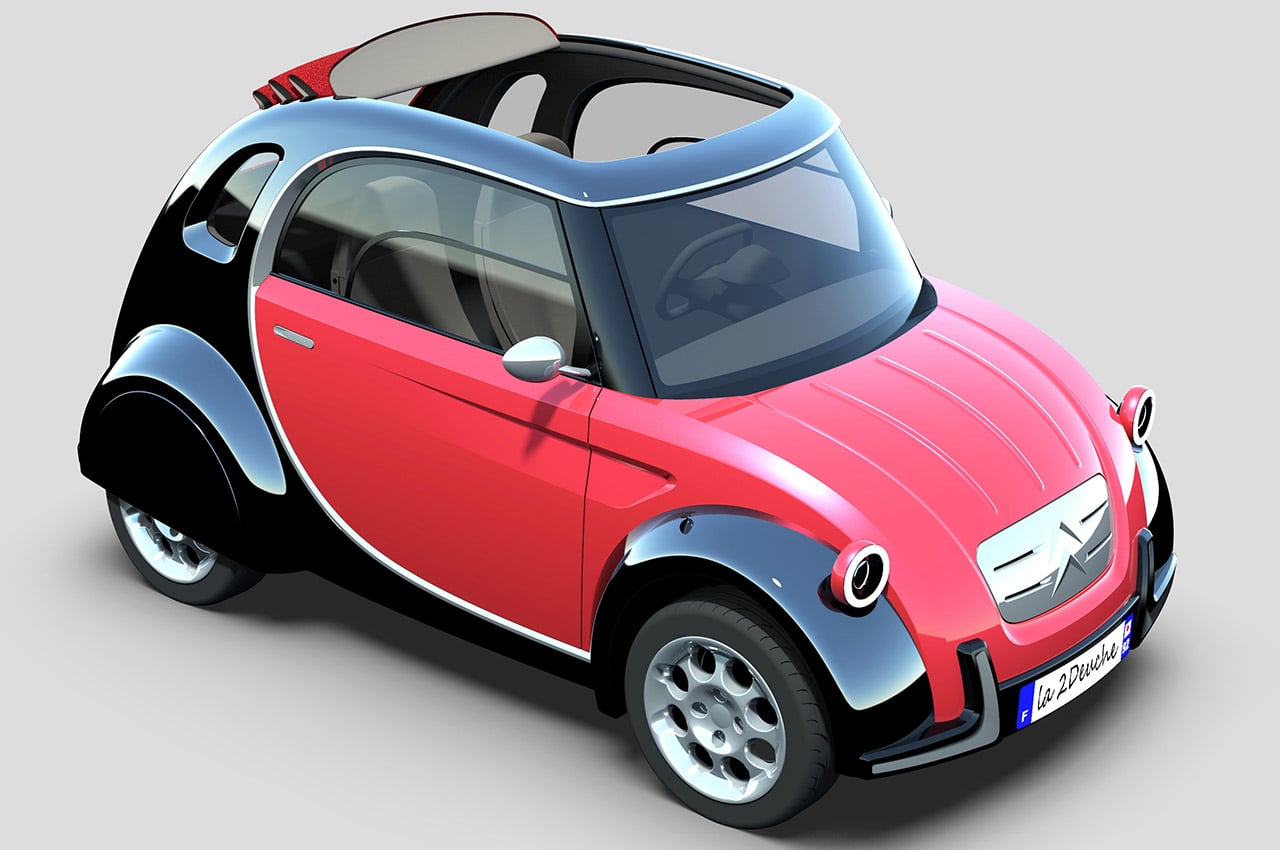
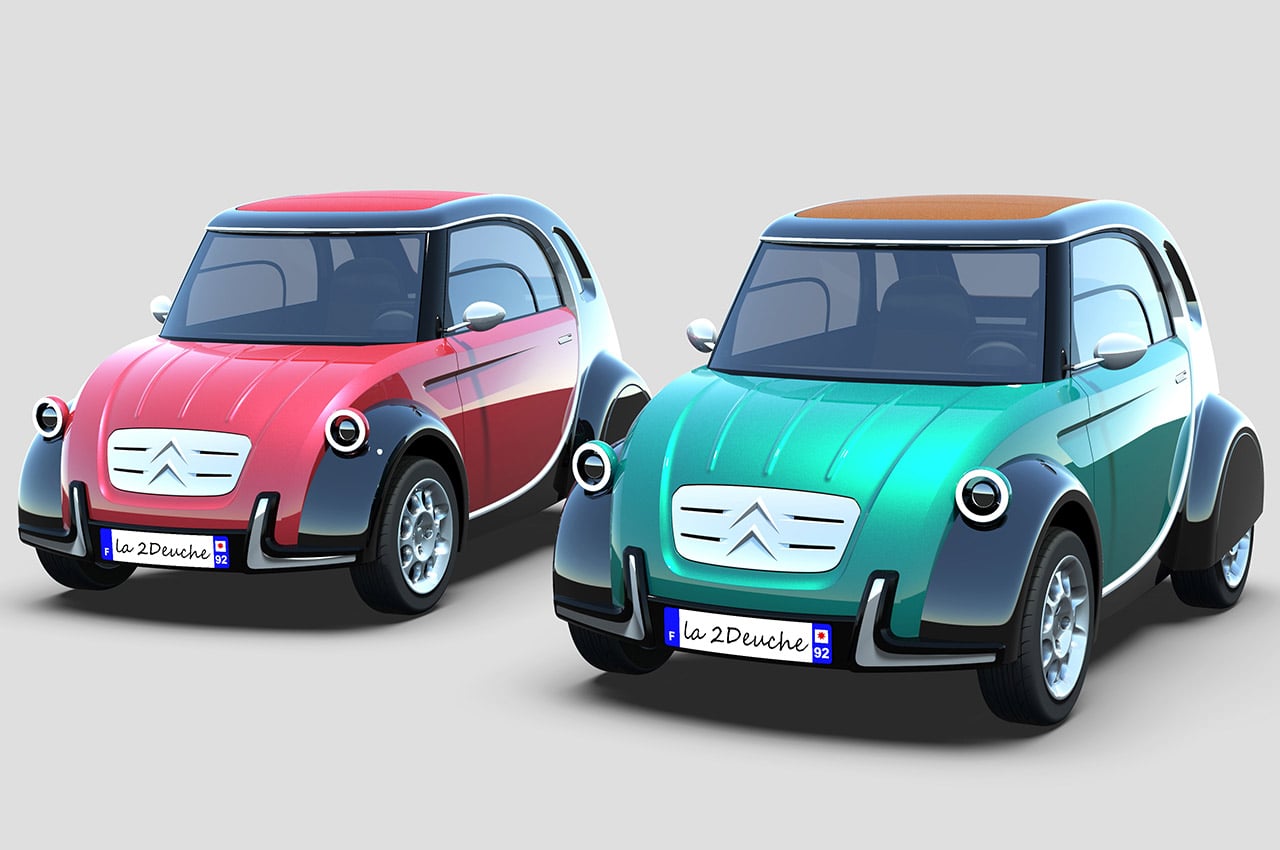
Dubbed the Citroën La 2 Deuche Concept, this cheeky mini car has a sense of airiness to it. Retro DNA of the vehicle is visible in the section over the wheels, the headlights, and the accordion-like retracting rooftop which turns it into a convertible. According to Jean the styling is picked from the simple lines and silhouette of the inspiration – particularly the Charleston version. The rest of it has the more modern profiling – especially the side profile and rear. Those taillights and the wheels do give off the futuristic vibe, and as far as the exterior goes, it ends there.
3. WAYRA EV-03
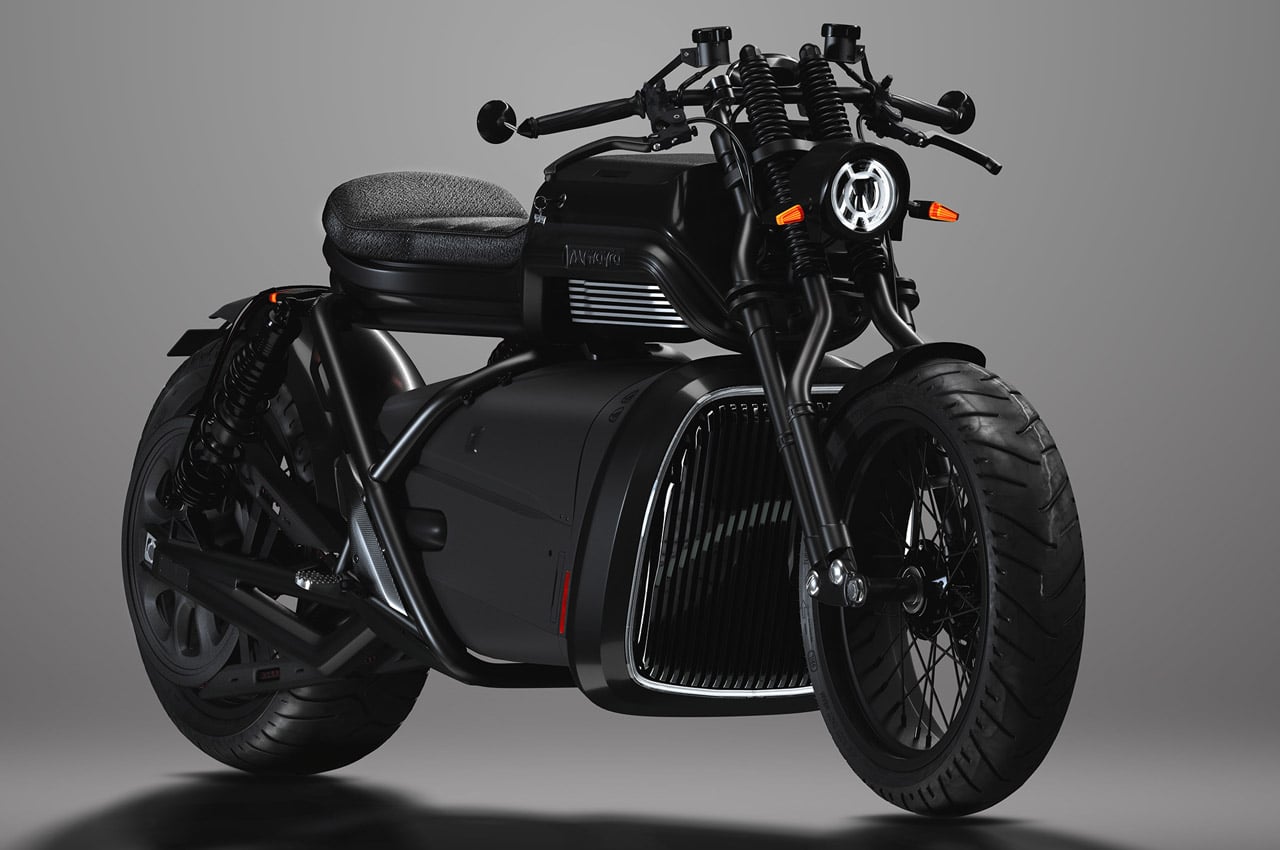
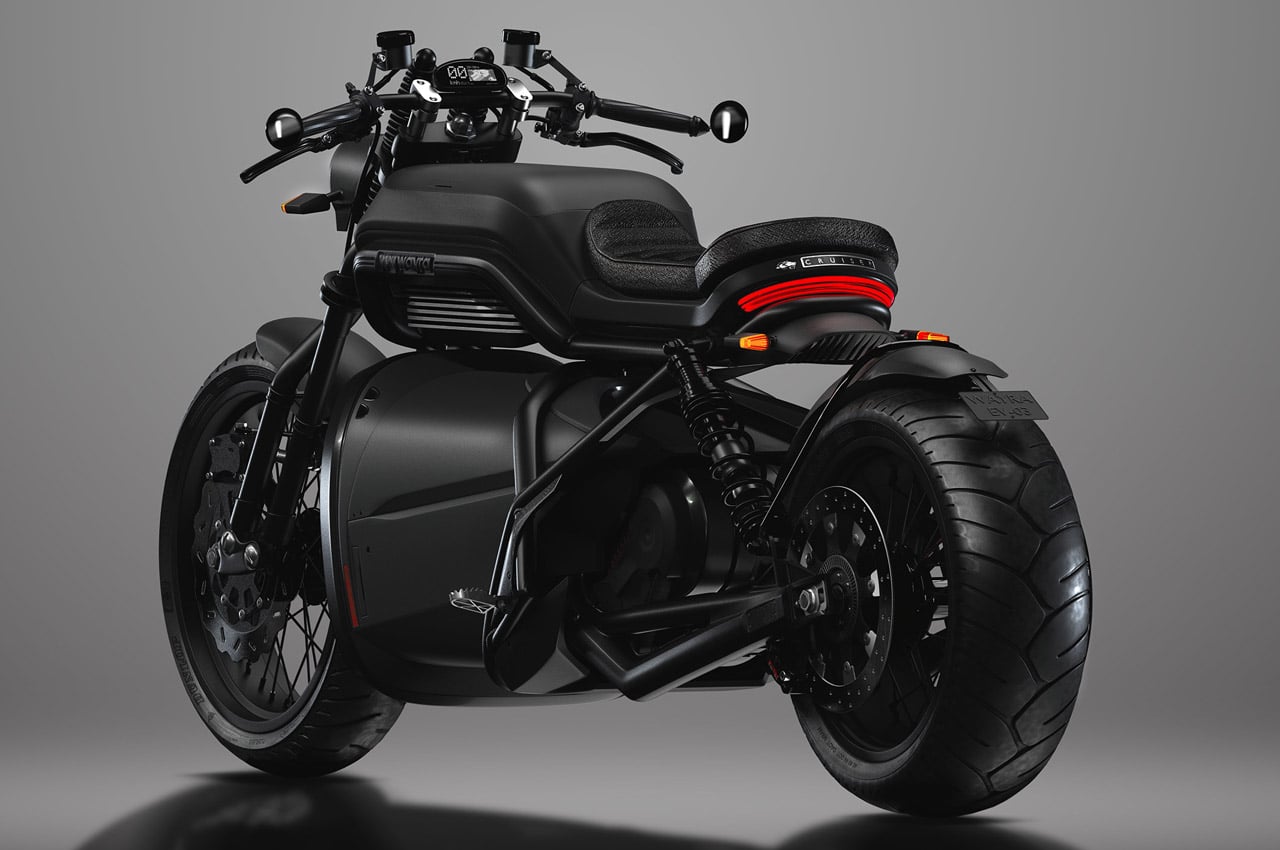
WAYRA EV-03 is a bike high on personality, created keeping in mind the heritage of fat-bikes and cruiser-length bikes, while also having those minimal eye-catchy modern touches to create visual appeal. The presence of café racer aesthetics can also not be denied owing to the low-slung rider positioning. The element of drag racing is evident courtesy of the stretched rear, but the high ride height gives off that dirt bike racer vibe too.
4. AIRSCP
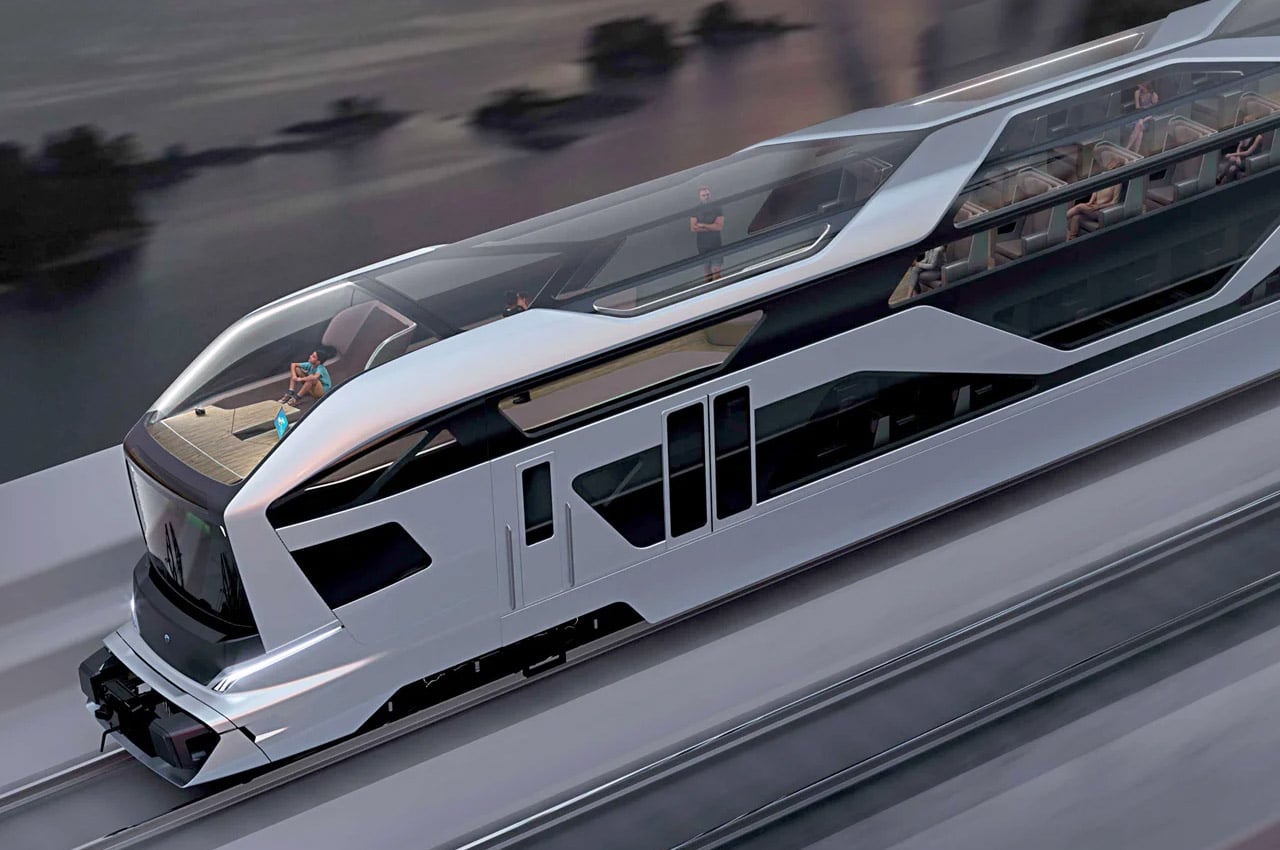
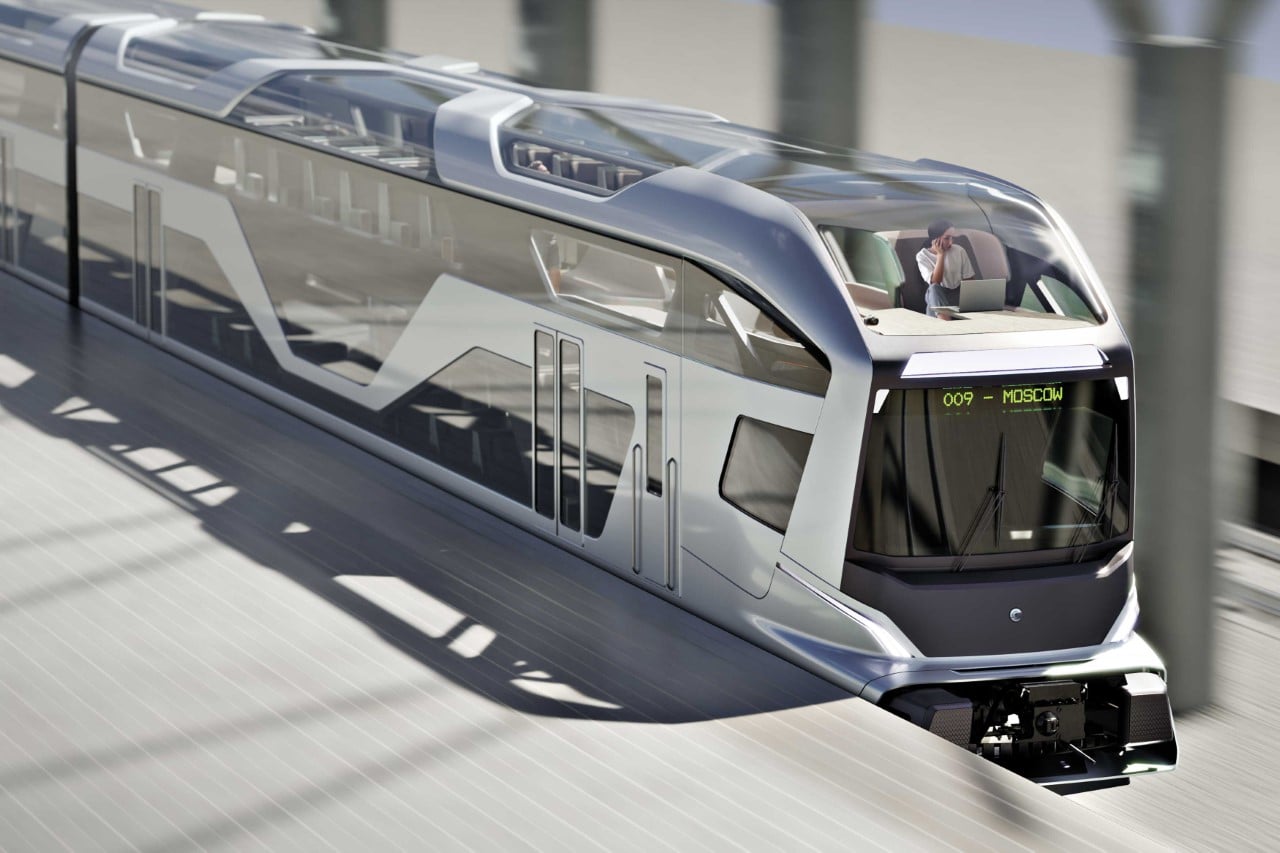
This electric train comes with a two-tiered seating system, offering the ability to carry more passengers per trip. The AIRSCP’s design, however, isn’t like your average train. It comes with a sprawling cockpit for the driver, complete with a wide windshield and a display on the top that lets people know where the train’s headed. People enter the train through doors on the sides and can either be seated on the lower tier or head to the upper tier for a more immersive experience.
5. The GYMO-FIT
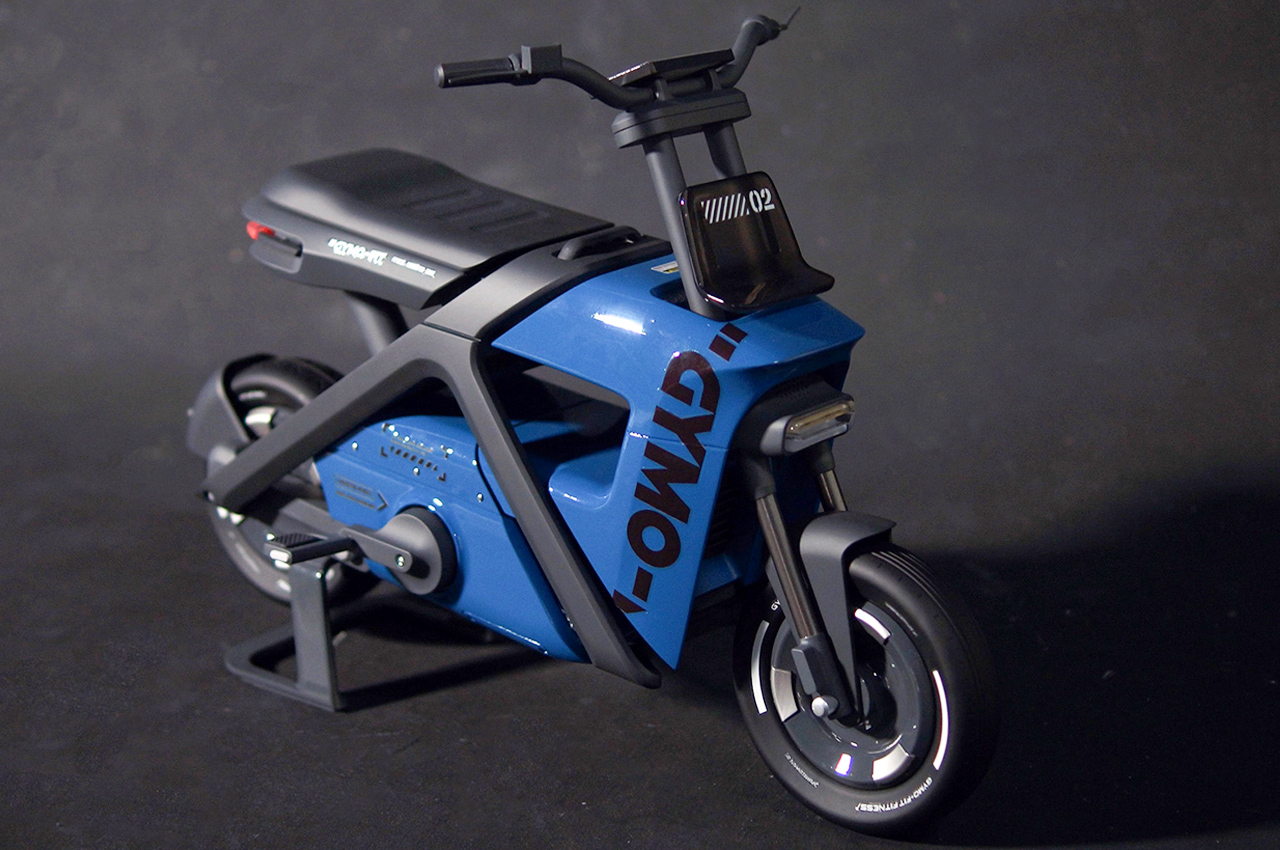
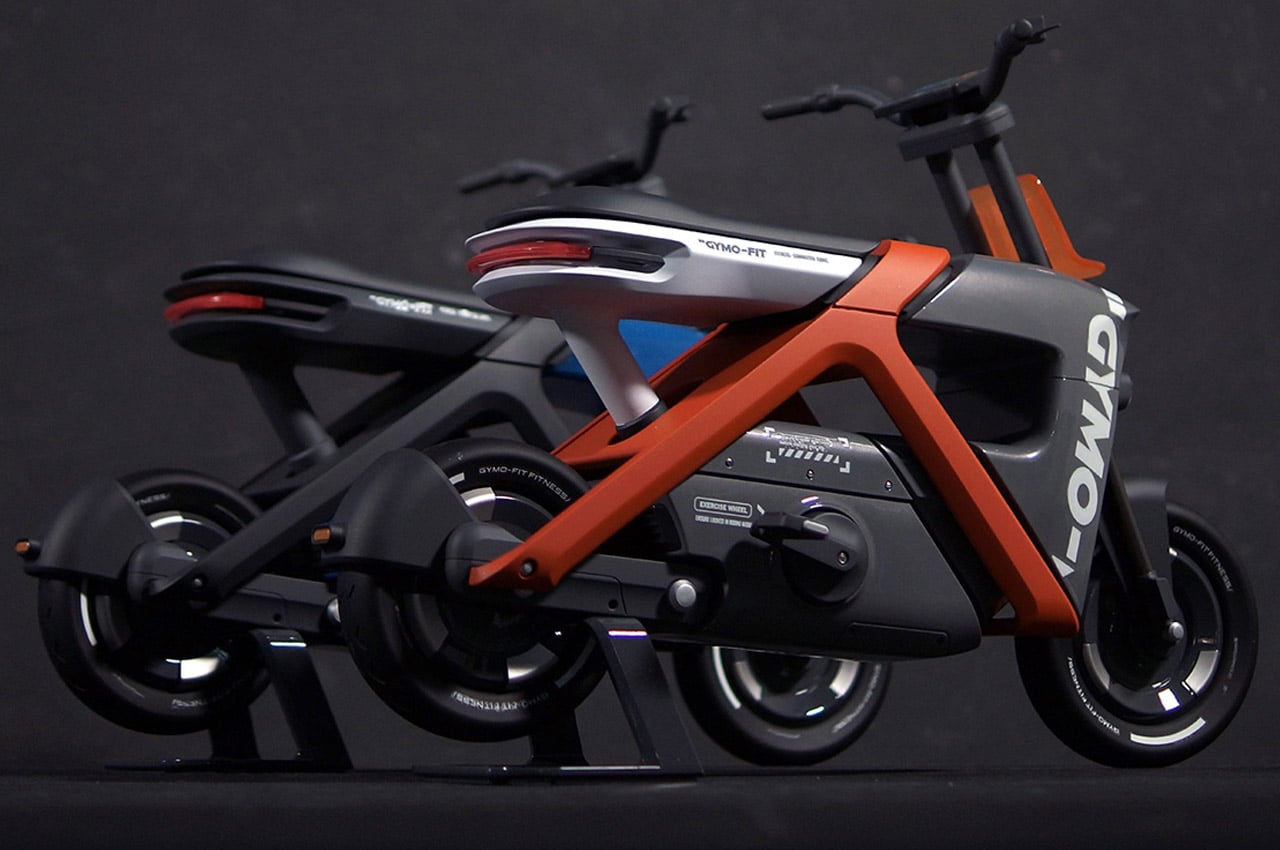
This concept bike doubles as a two-wheeler at least and doesn’t sit in a lonely corner in your living room, in case you give up on your fitness regime. It’s a combination of an electric bike with aerobic and anaerobic fitness equipment. GYMO has three different modes when parked sturdily on the stand. It has the obvious exercise bike mode for strengthening the leg muscle group, rowing machine mode for working out the back and shoulder muscles, and the abdominal exerciser for strengthening the core.
6. DeLorean E
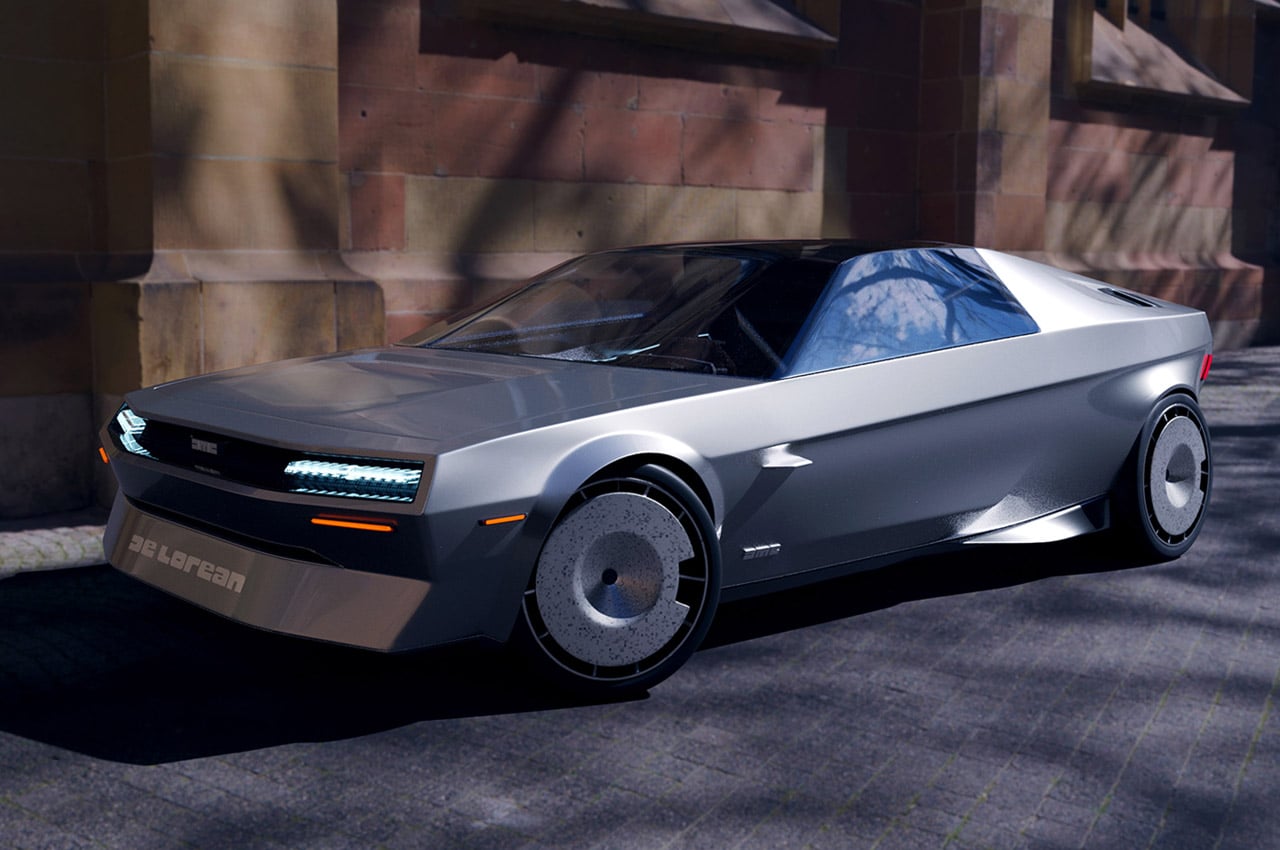
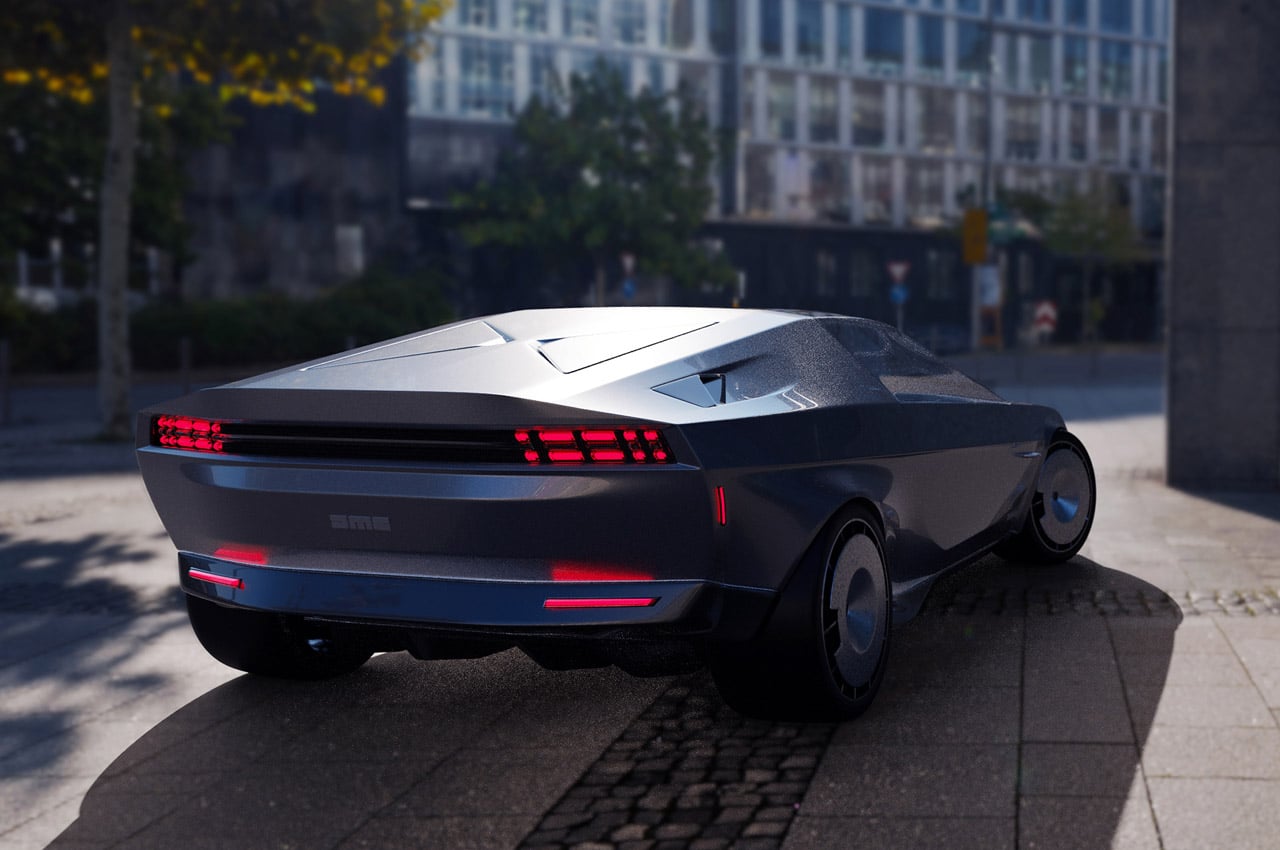
This concept rendering by transportation designer Onkar H takes a dig at what a DeLorean of the future will be like. Of course, it has to be electric to stand a chance of longevity in the closely contested automotive market that’s going through a metamorphosis for an electric vehicle-dominated near future. An electric DeLorean E powered by 4 high-performance motors and a mid-mounted battery pack is what the passionate fans will take with both hands. After all, it kills two birds with one stone – owning a classic piece of history that doesn’t sound alienated in the EV landscape.
7. The GRAVITY electric bicycle
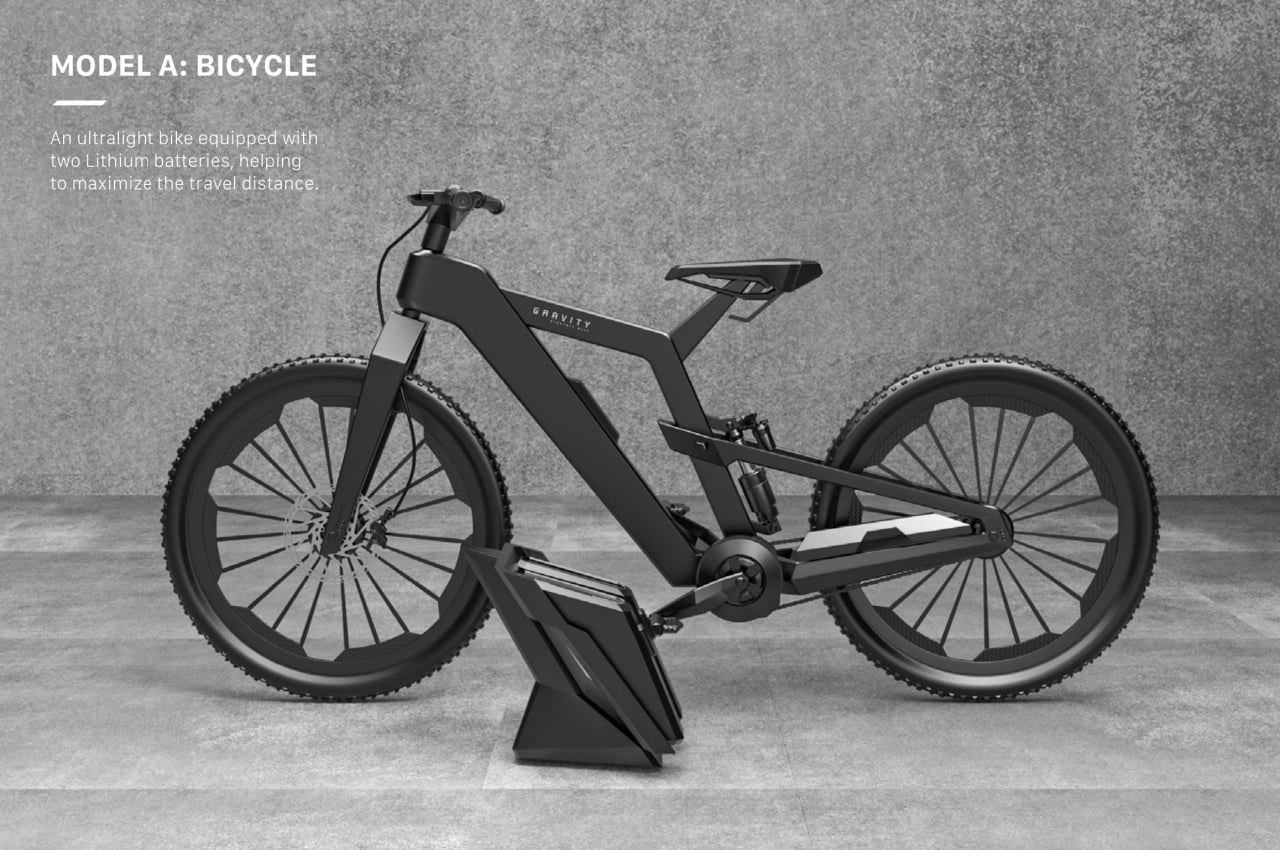

Most electric bikes and hybrids use a motor to either drive the bicycle’s gears or at the very least assist the biker’s pedaling. Unlike motorcycles, these run on electricity and not fuel, so their carbon emissions are reduced although still present. In addition to the power bill, however, you are also paying for the cost of the weight of the batteries and motor, even when you’re just using your feet to drive the vehicle. In contrast, the GRAVITY electric bicycle design concept lets you have the best of both worlds, and riders can easily switch between two modes whenever they need or feel like it.
8. The Zeva Zero
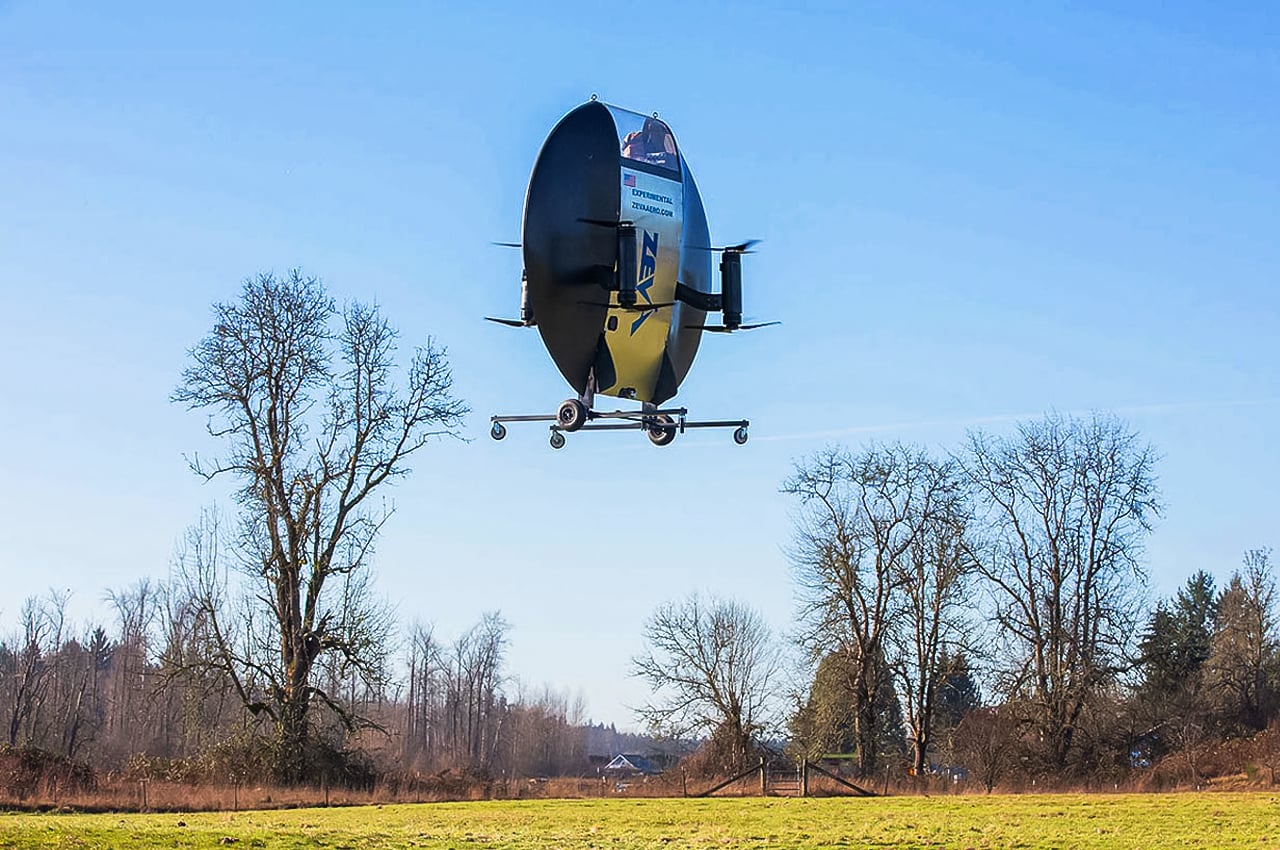

The Zeva Zero definitely looks more like a flying saucer than a flying car, even if the goals and some of the technologies are similar to other attempts at making personal transport vehicles that traverse the skies to avoid earth-bound traffic. For one, it utilizes vertical take-off and landing, a.k.a. VTOL, more similar to a helicopter than an airplane. On the one hand, this has the benefit of saving parking space, so to speak, because the flying saucer launches and lands in an upright position, contrary to what you’d expect from a flying disc. This even has the advantage of allowing the Zeva Zero to “dock” vertical against walls of buildings with a system that the startup calls the SkyDock.
9. The EQUULEUS electric mountain patrol bike
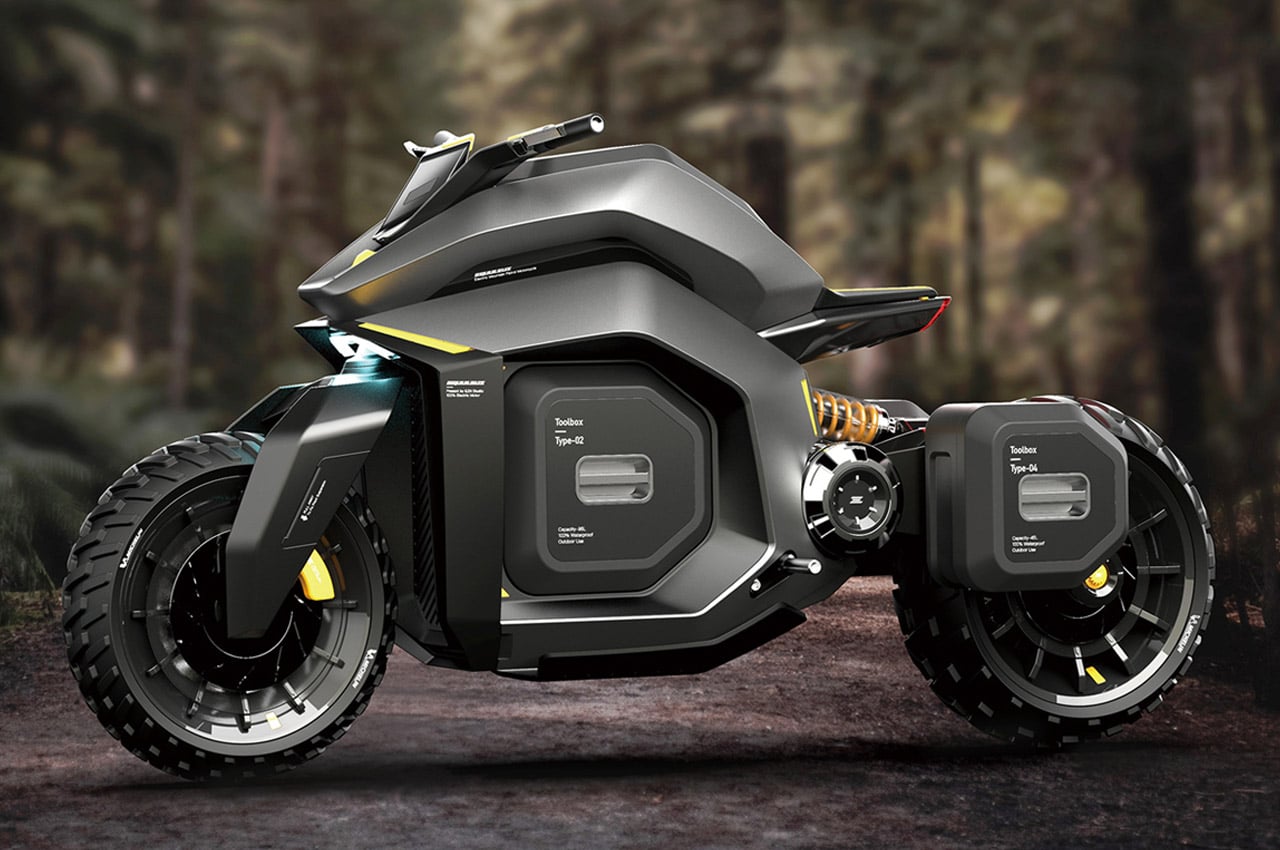
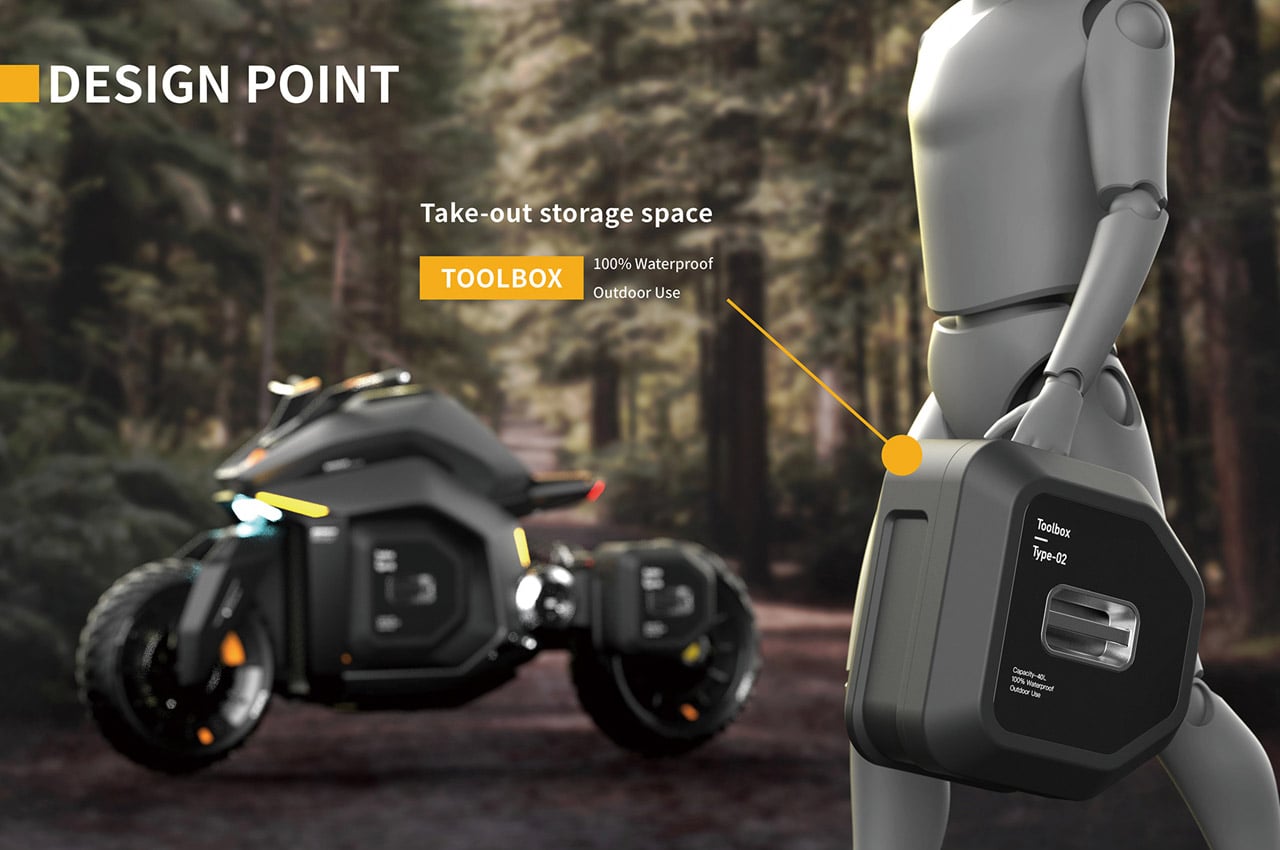
Rethinking how a mountain patrol motorbike ought to be, the EQUULEUS electric mountain patrol bike beckons to the future of crime-fighting. This two-wheeler concept is built keeping in mind the riding safety and ample space to keep all the essential tools and equipment. In turn, the forest rangers can patrol inhospitable regions with utmost confidence and freedom to take all the essentials along. Even better, the storage modules loaded in the different sections of the bike are completely detachable, so, the rider can tag along tools in the most organized manner possible.
10. The Popup Scooter
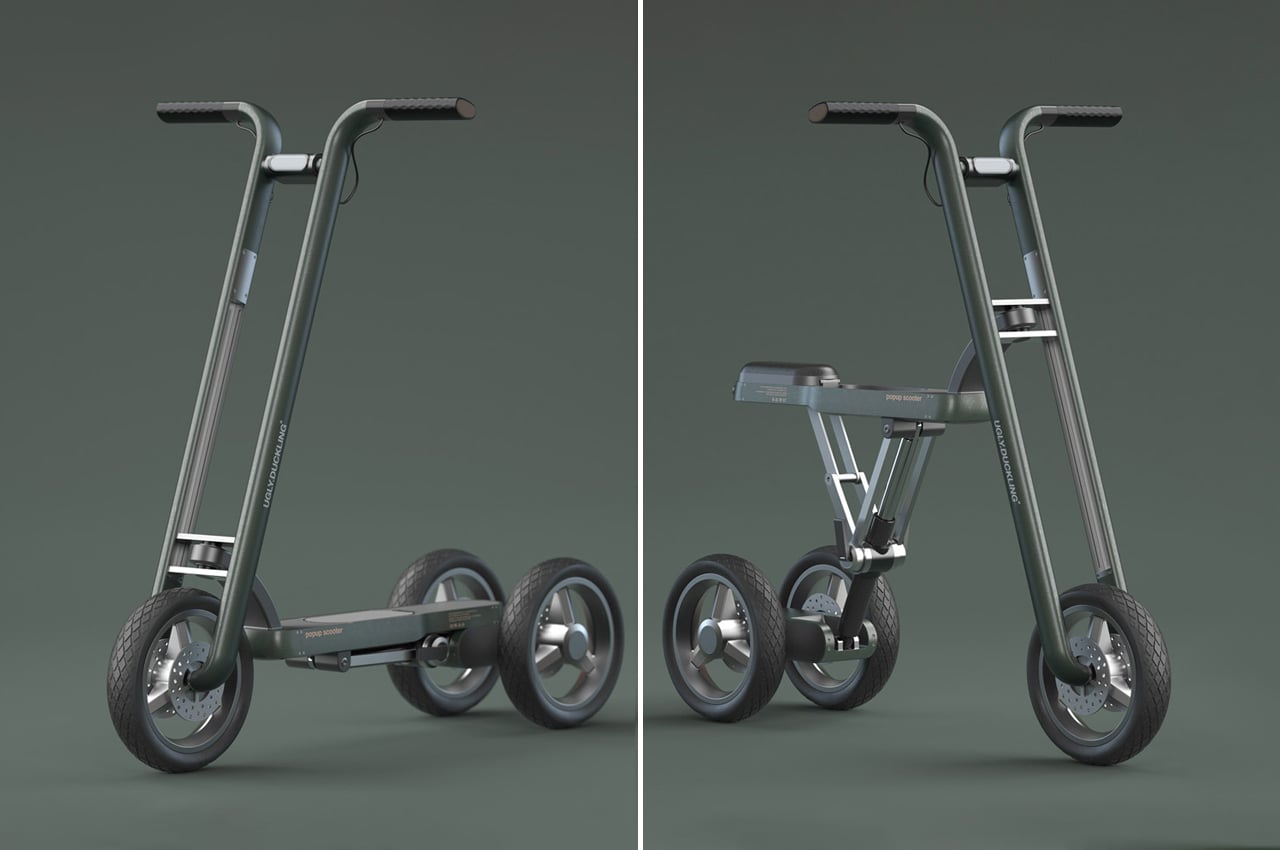

Christened the Popup Scooter, the two-wheeled electric bicycle transforms into a chick kick scooter and the other way around. This gives the rider (and his/her family and buddies) the option to choose the configuration depending on the particular needs. The smooth transformation happens courtesy of the hydraulic cylinder which in normal bicycles is used to adjust the ride height. This hydraulic mechanism is capable enough to lift an adult person, so, lifting and lowering the ride’s body shouldn’t be a problem at all. At the core level, the concept is not just another blueprint that looks good on paper but falls flat on its face when it comes to creating the actual prototype or even a production model.
The post Top 10 electric vehicles of July 2022 first appeared on Yanko Design.
